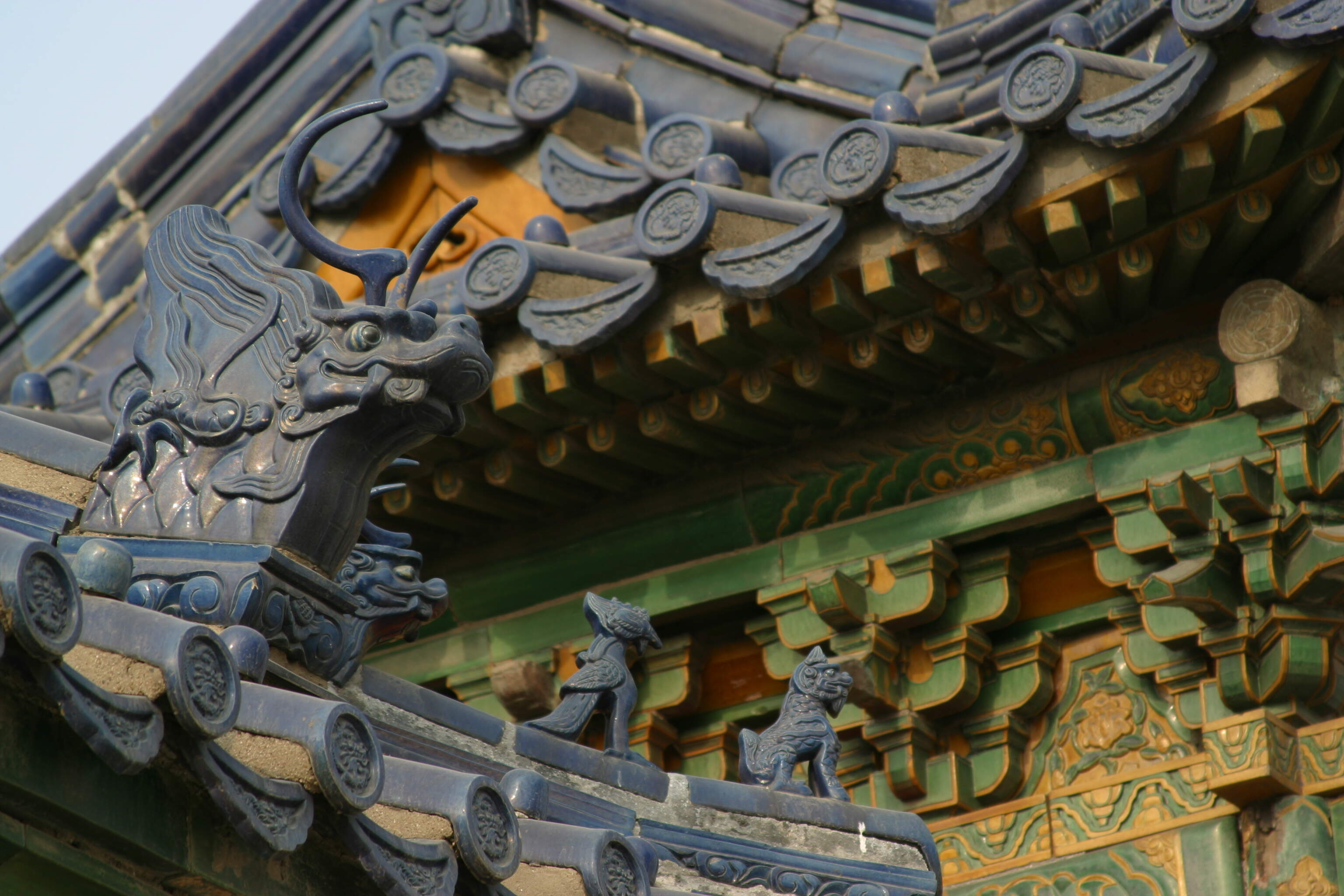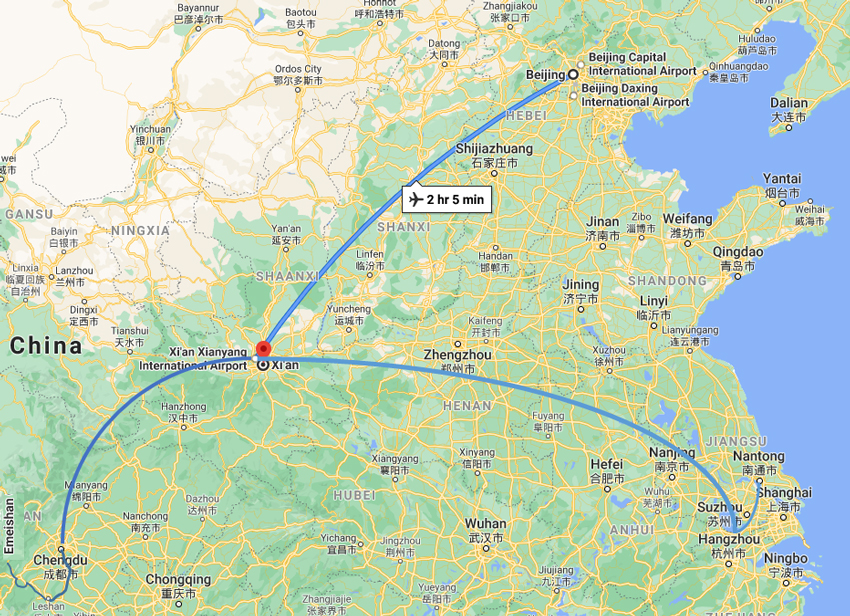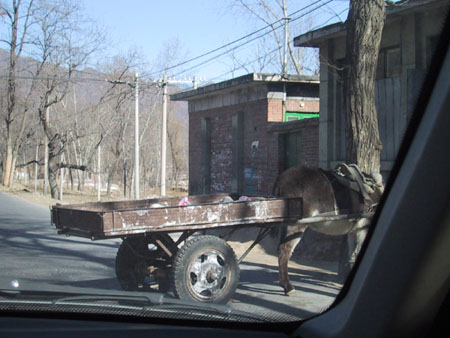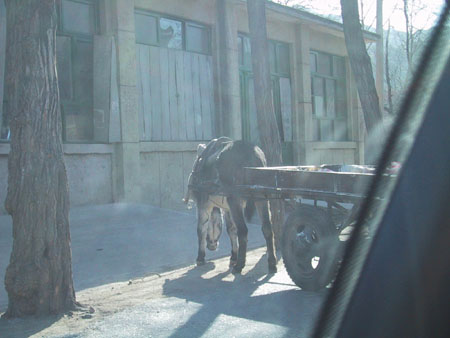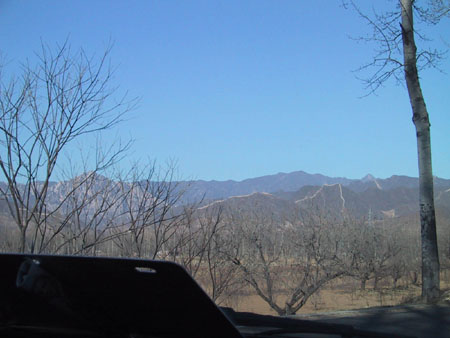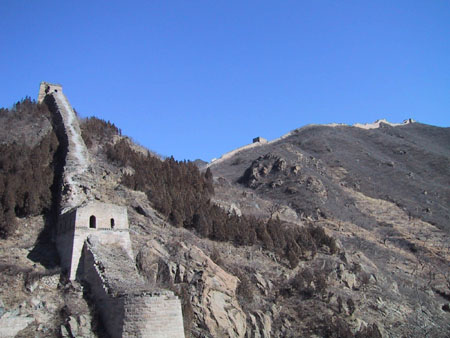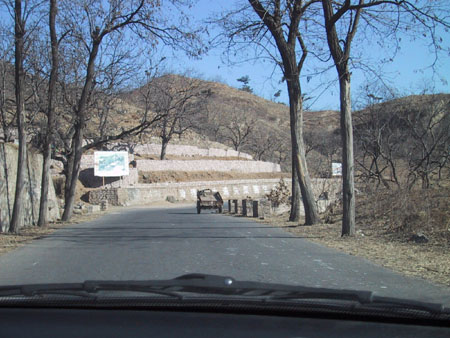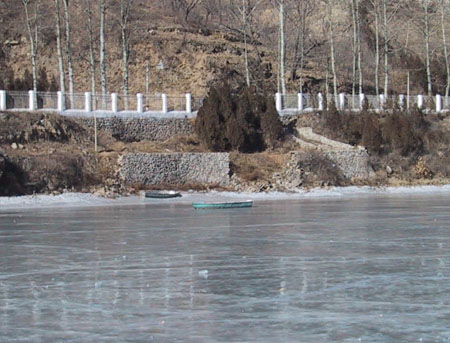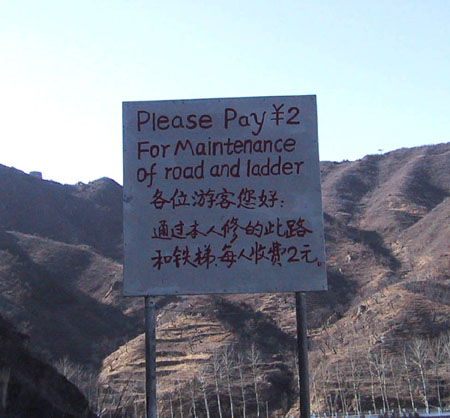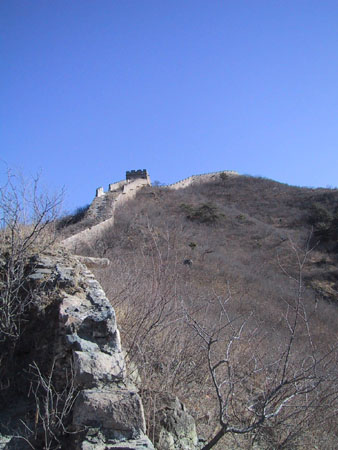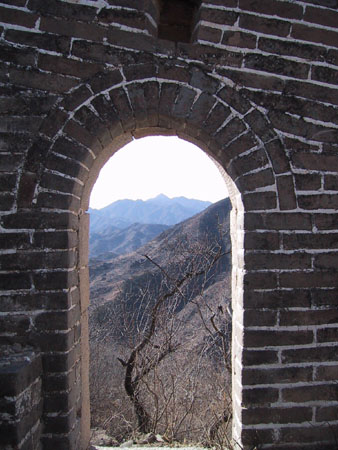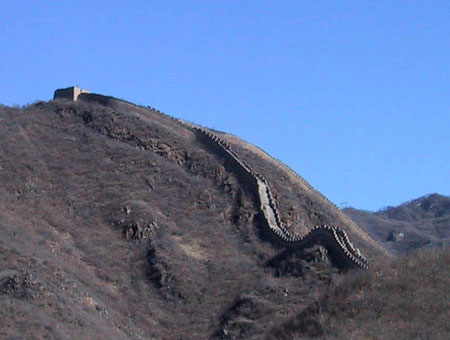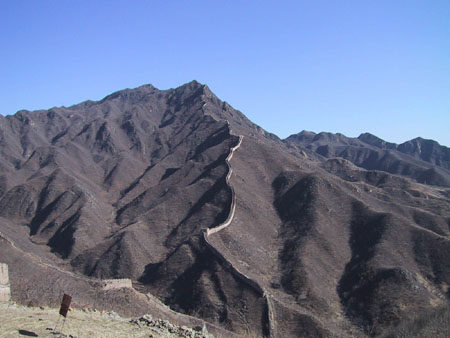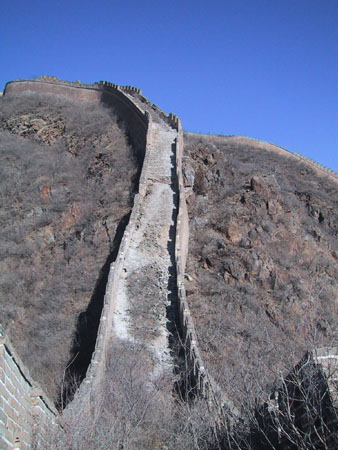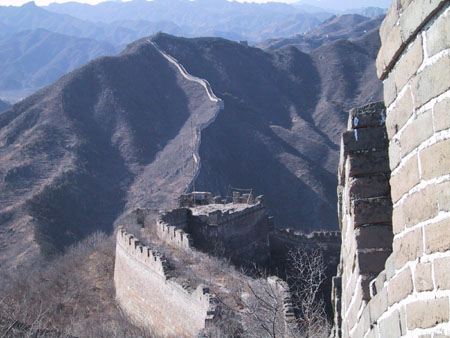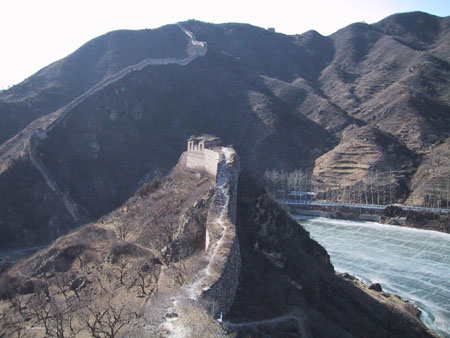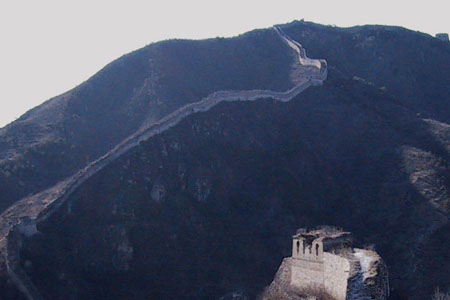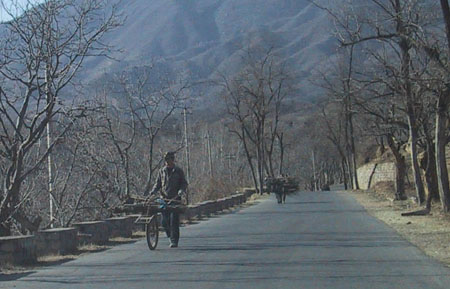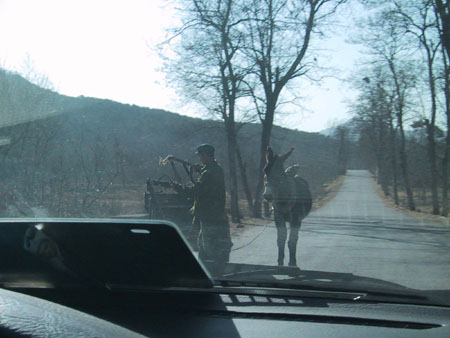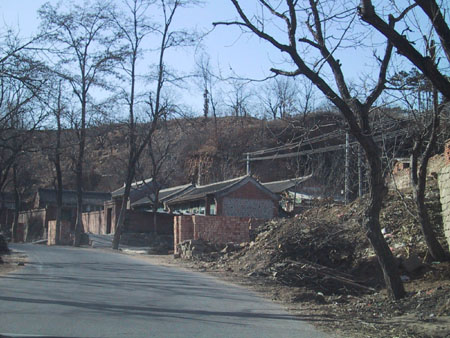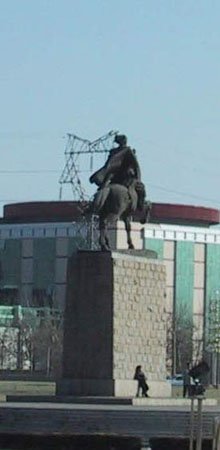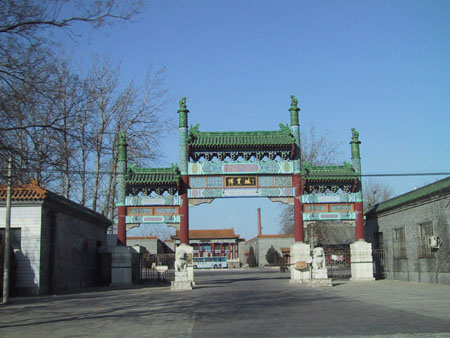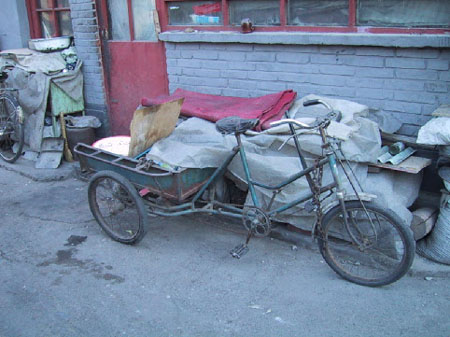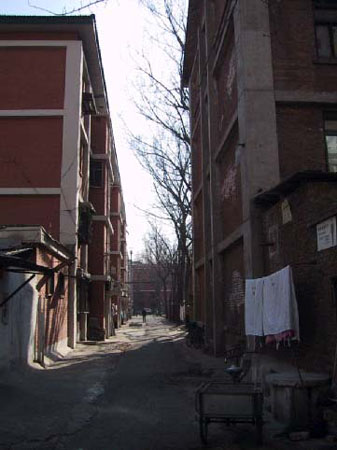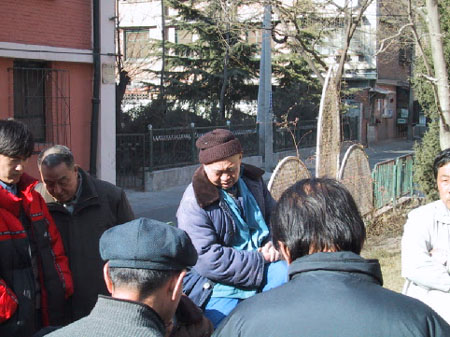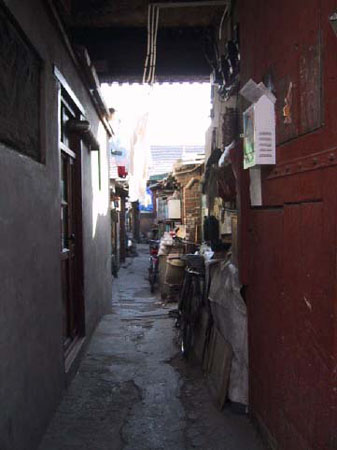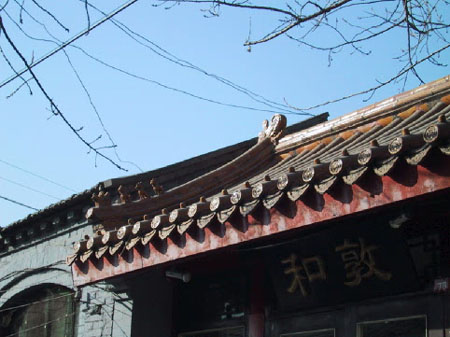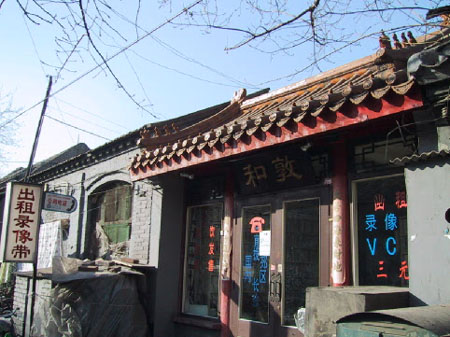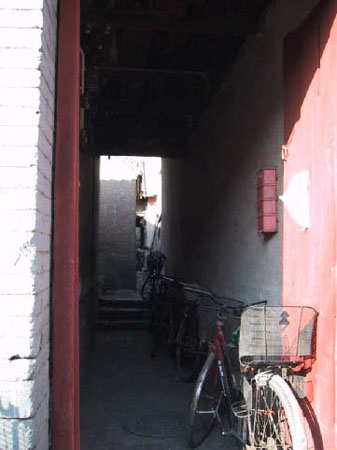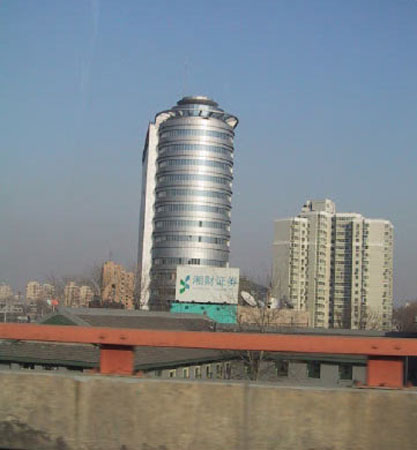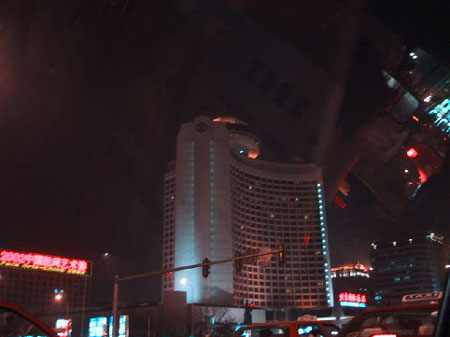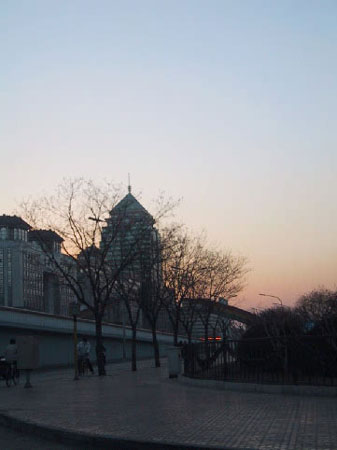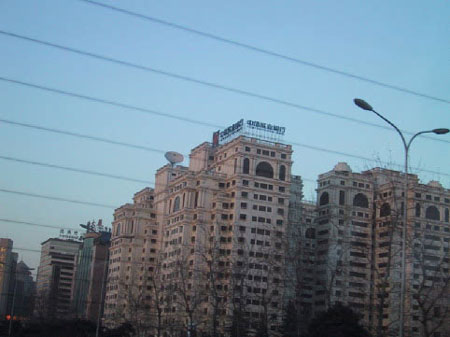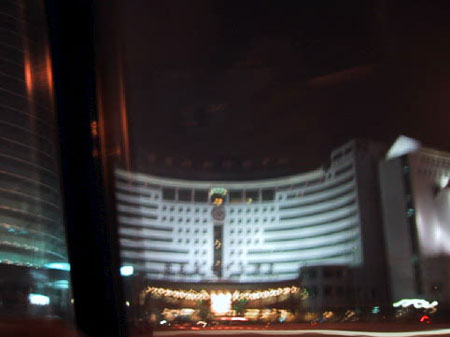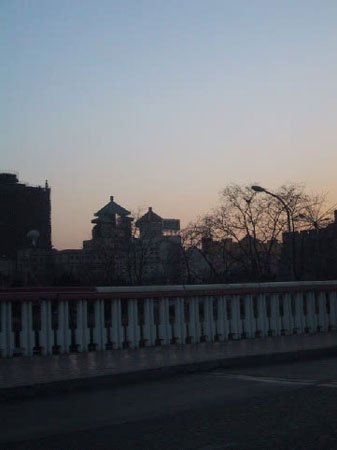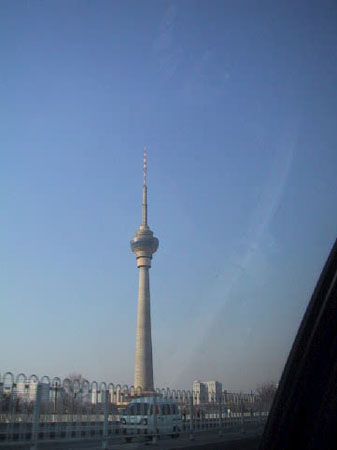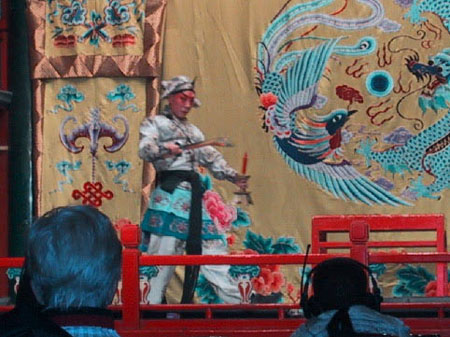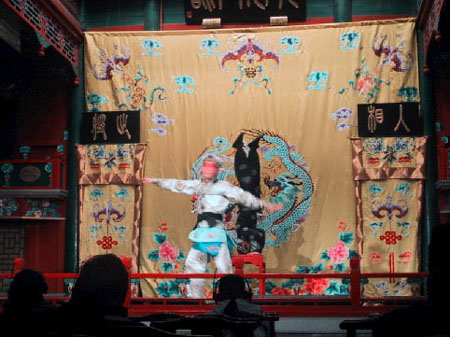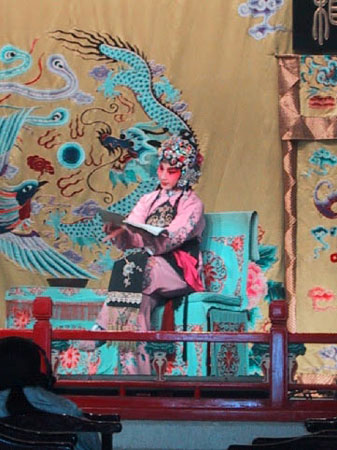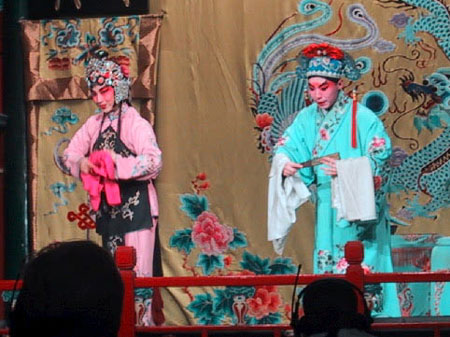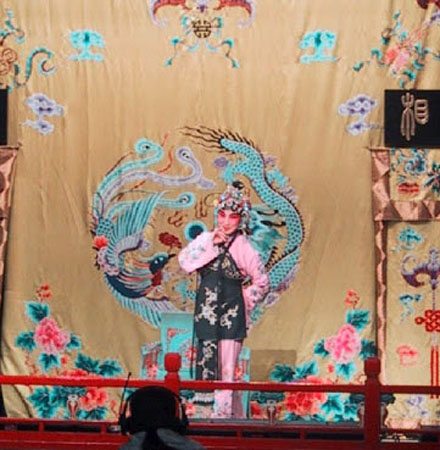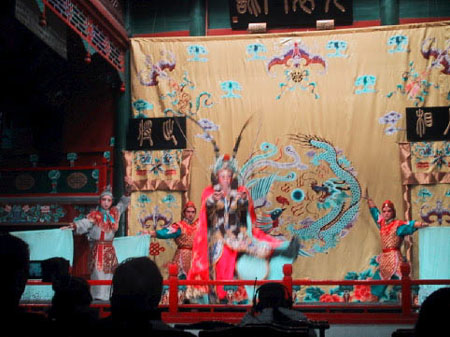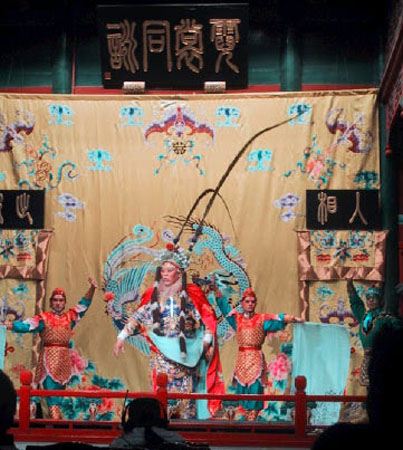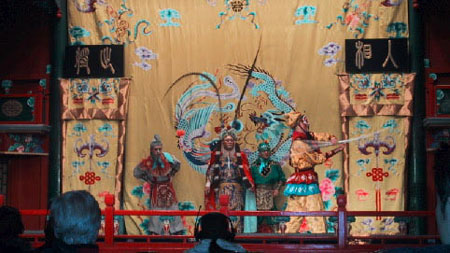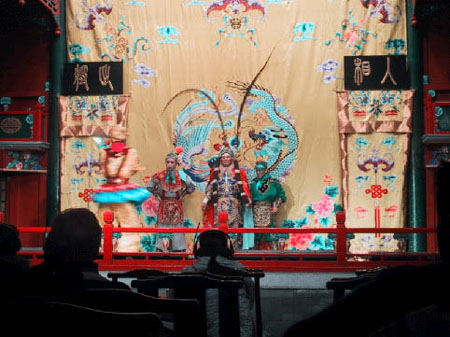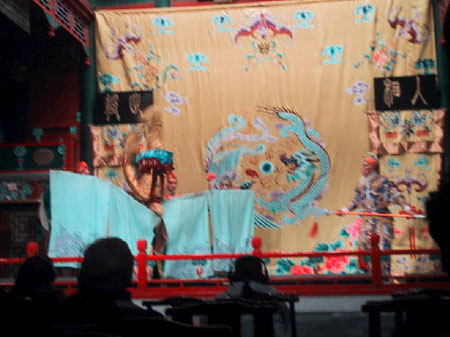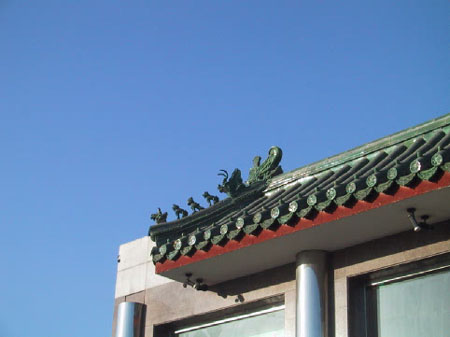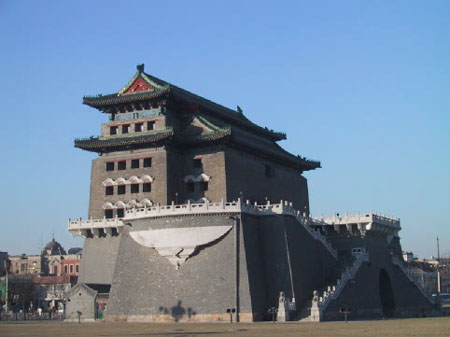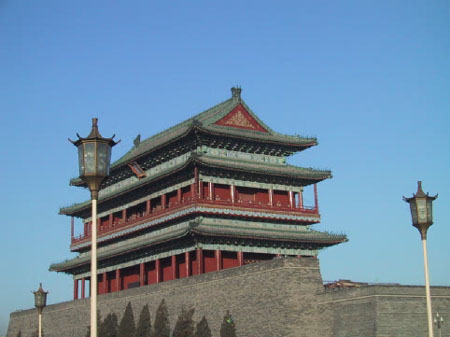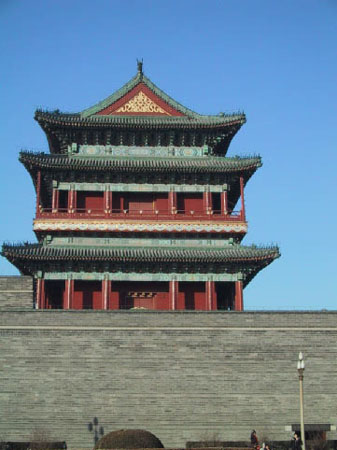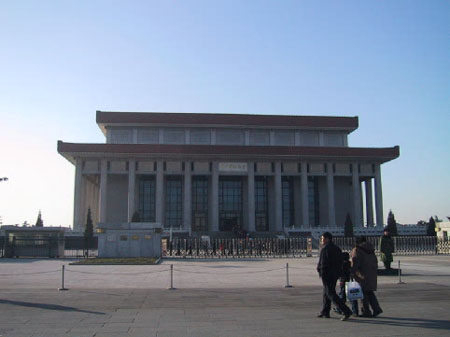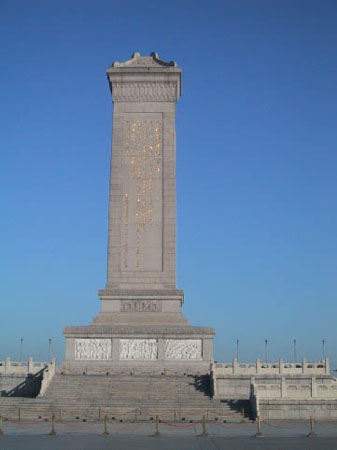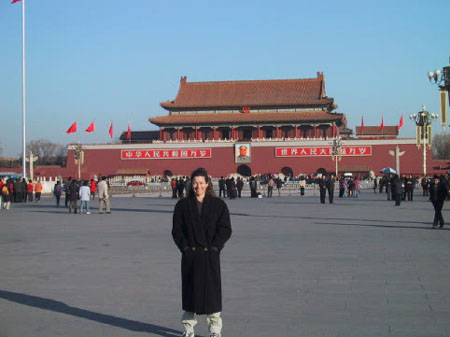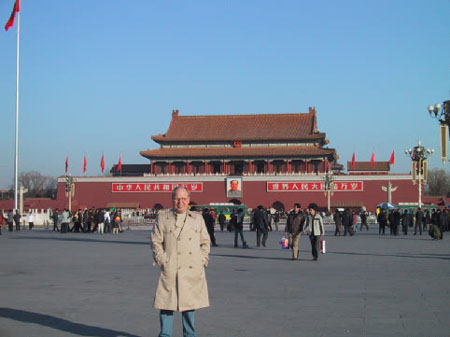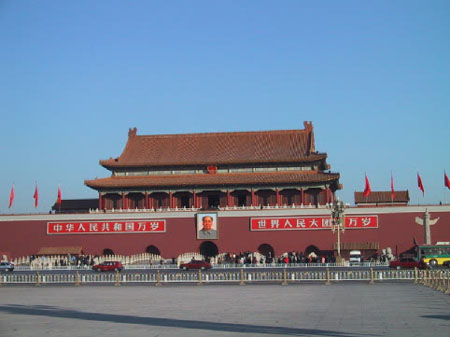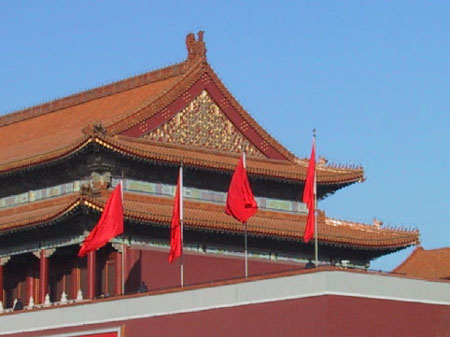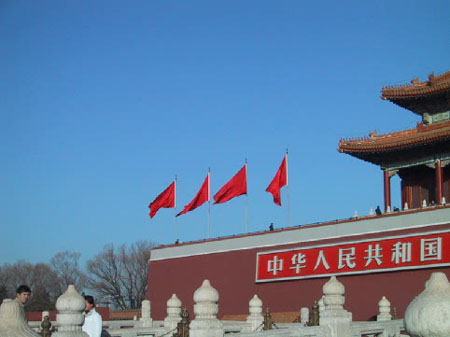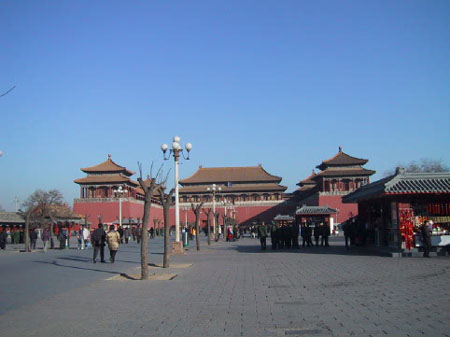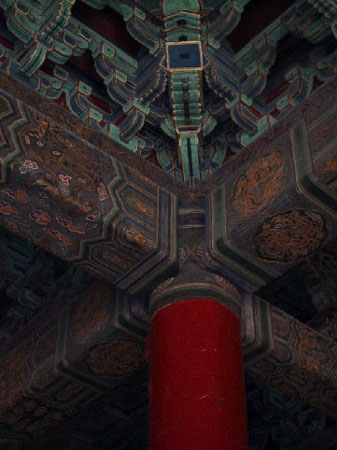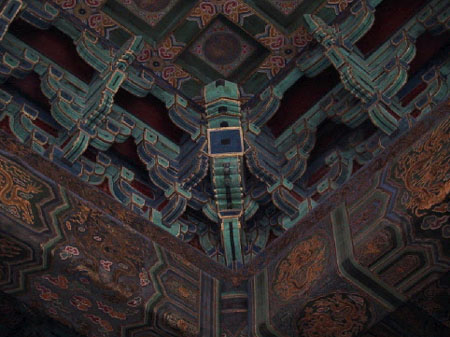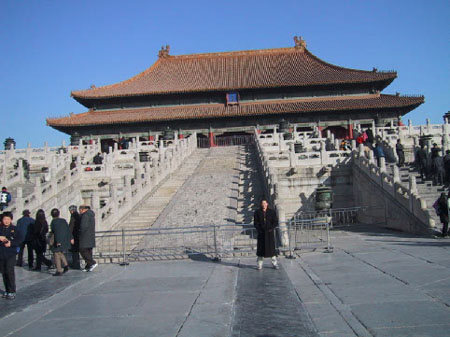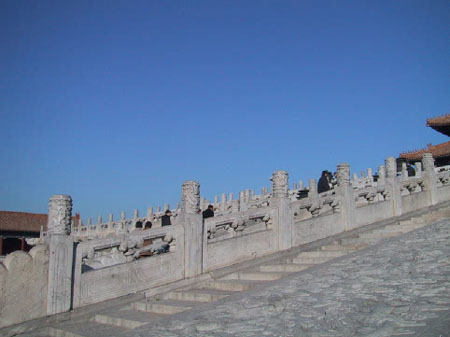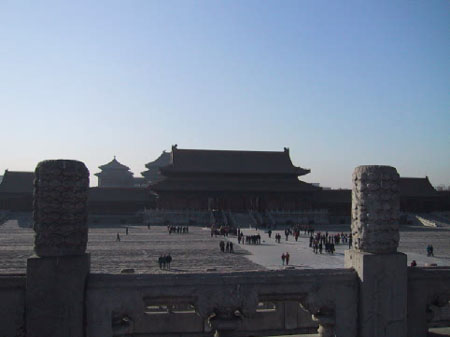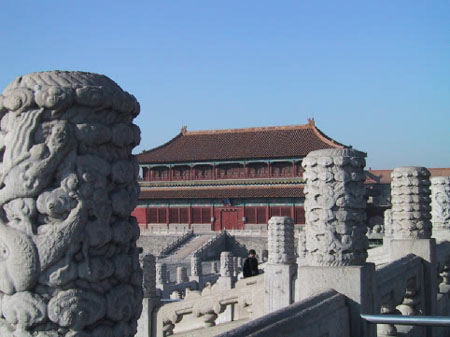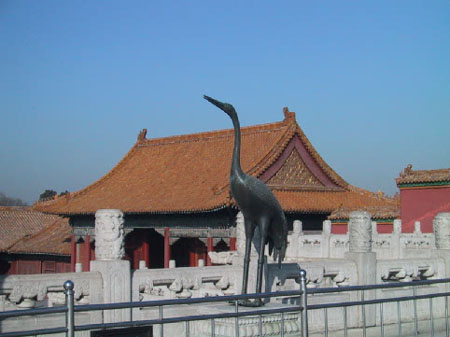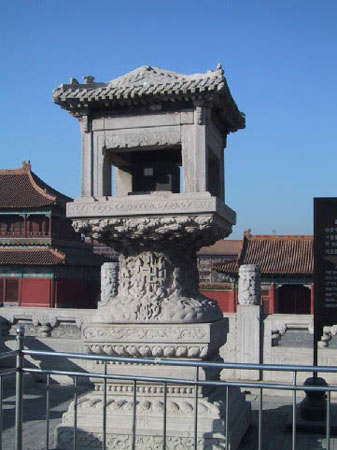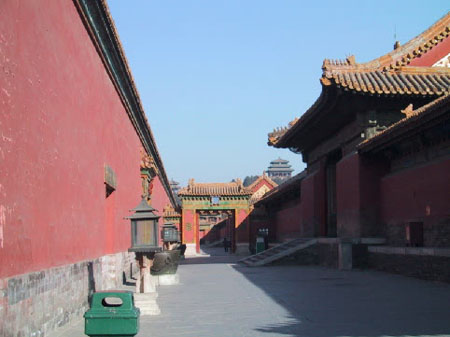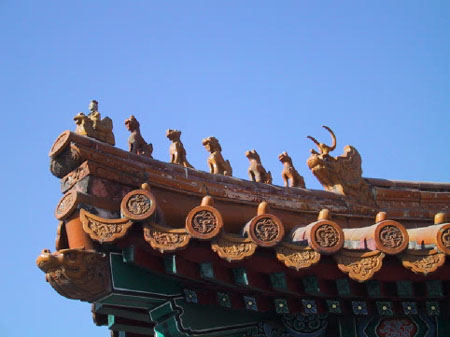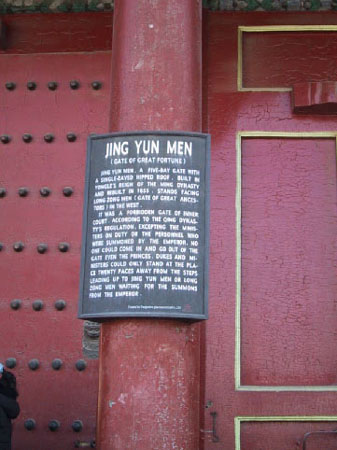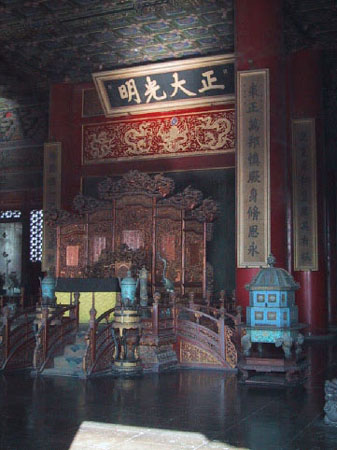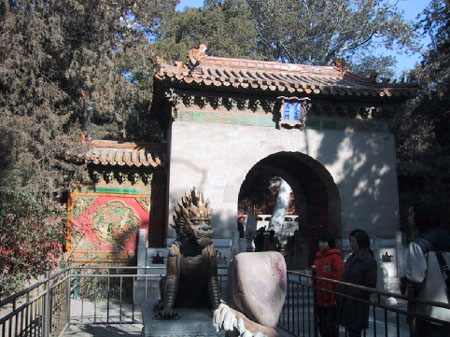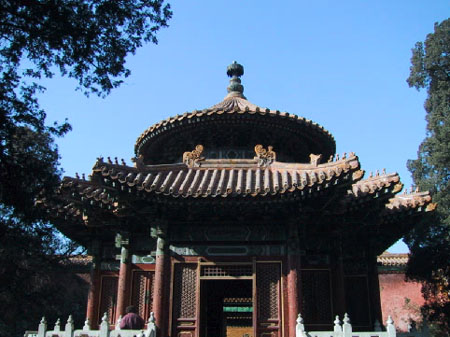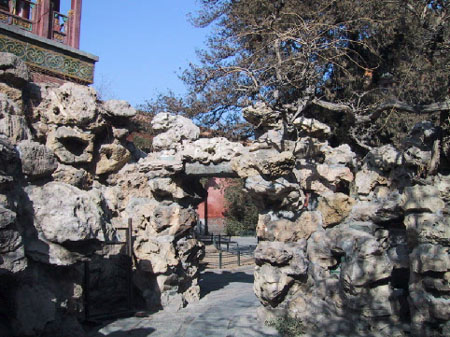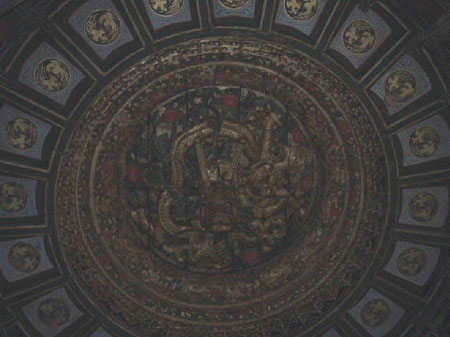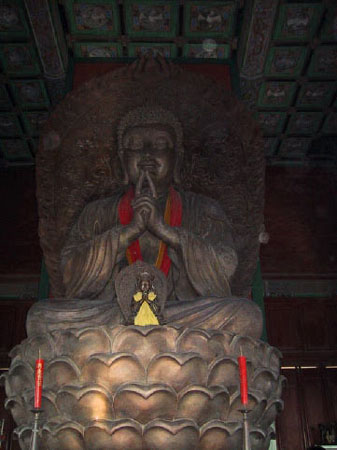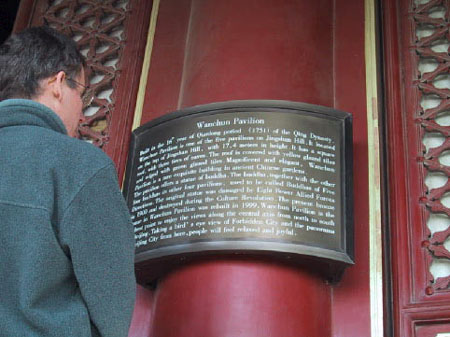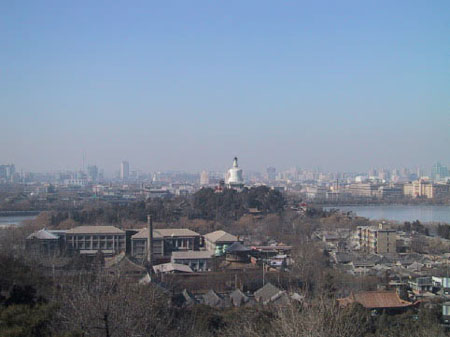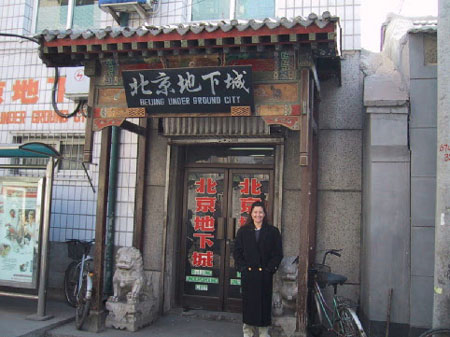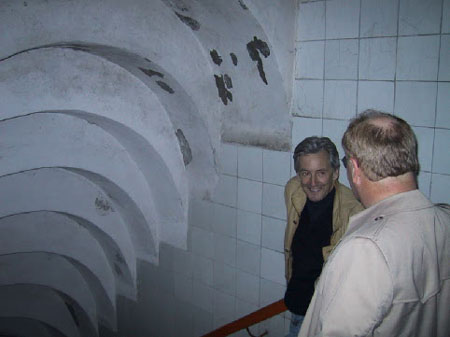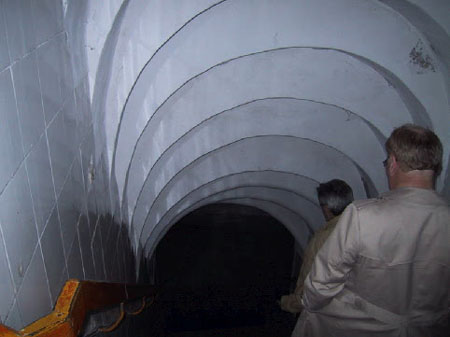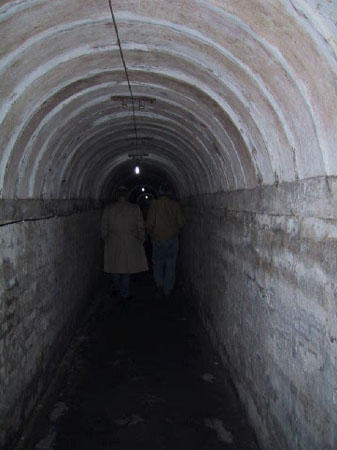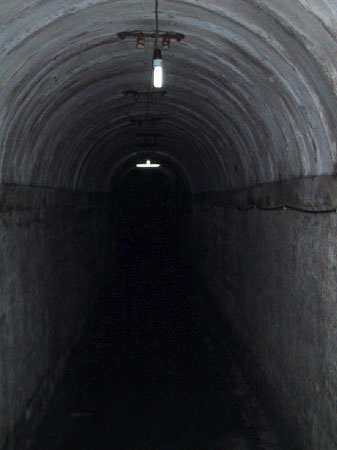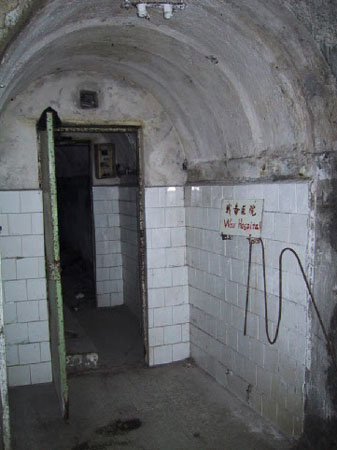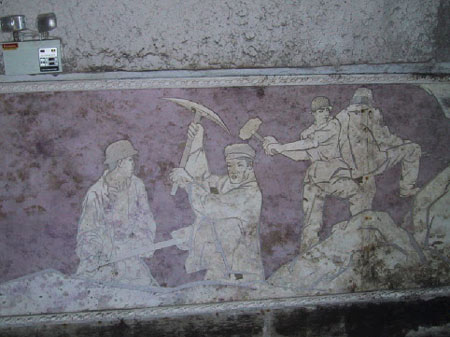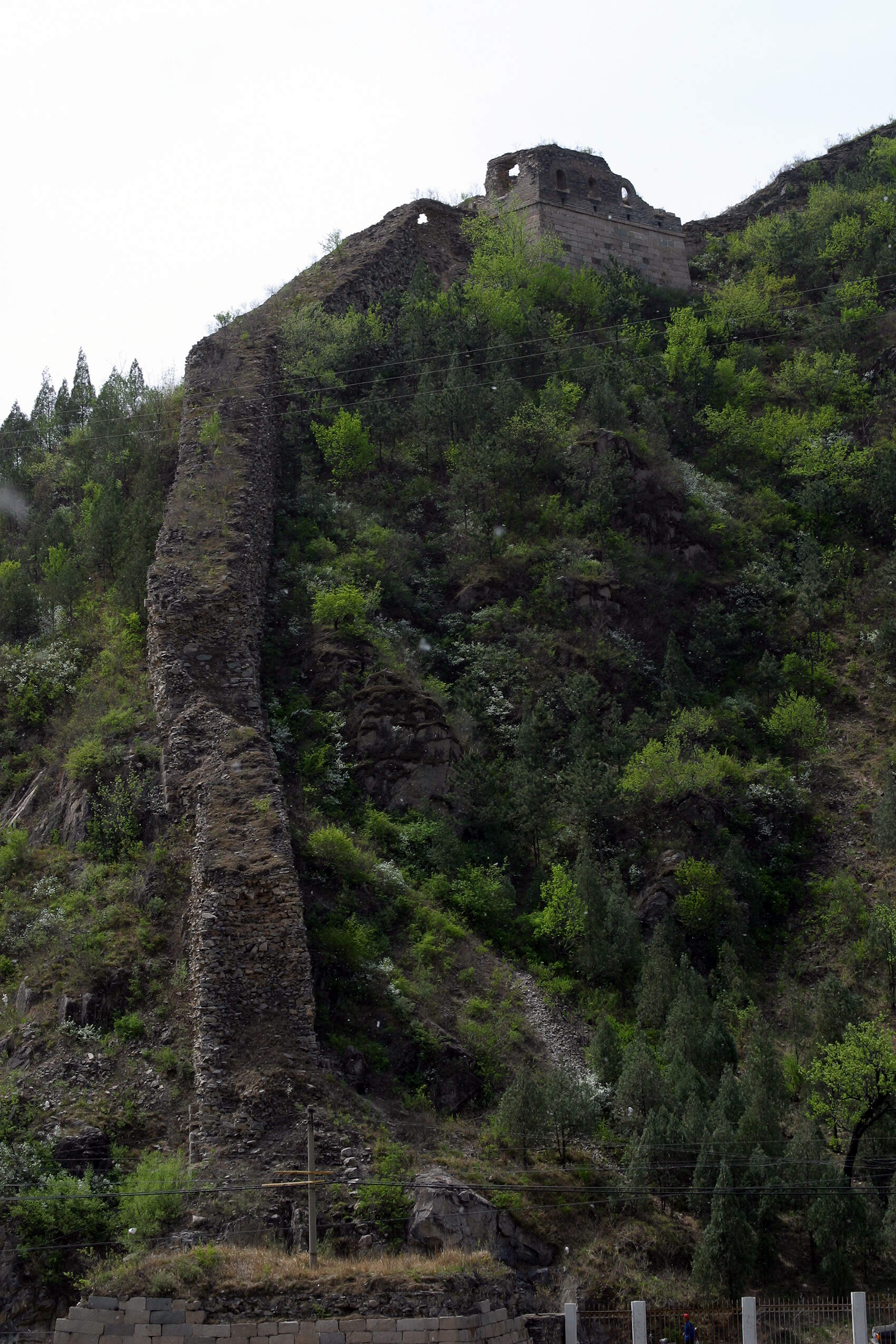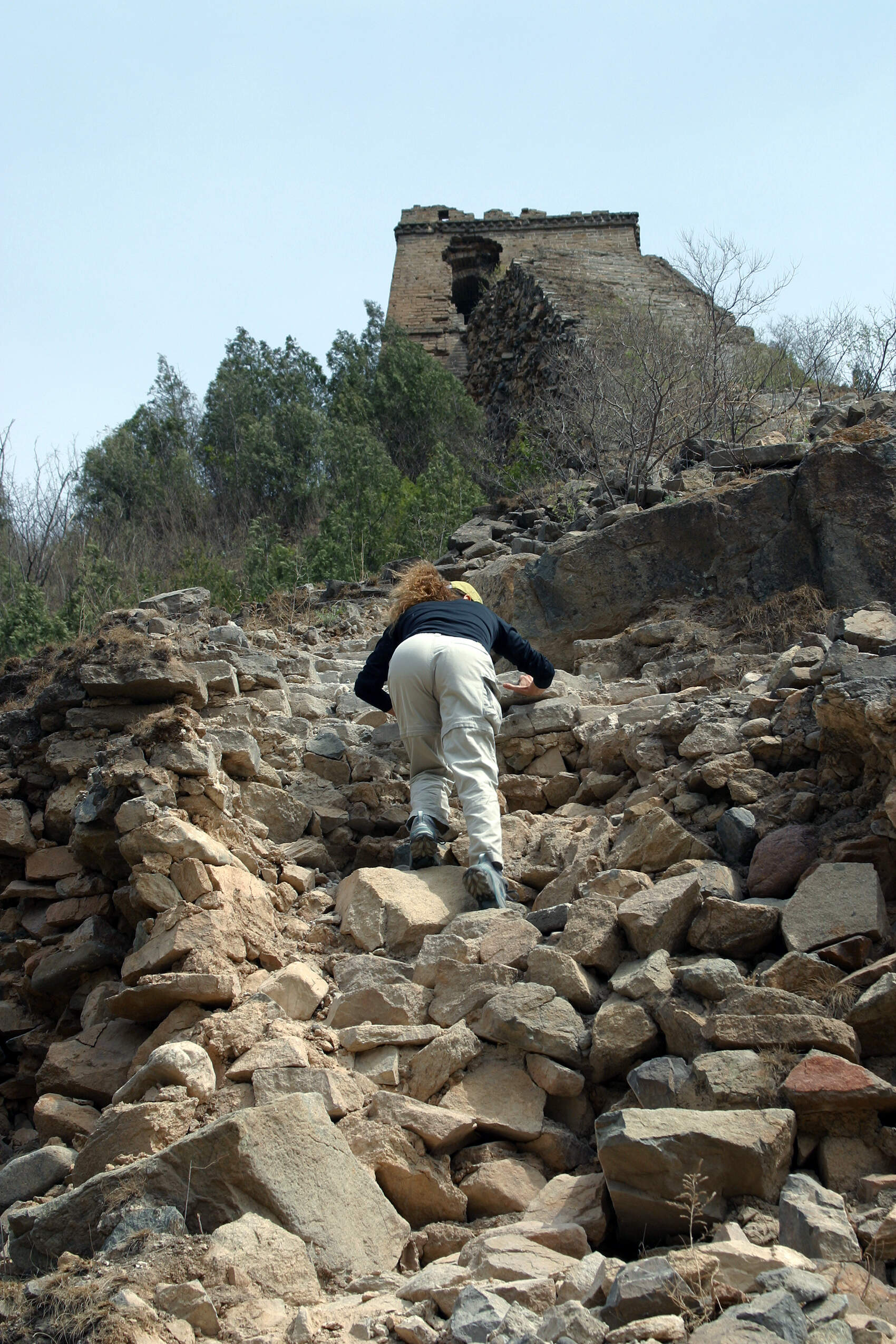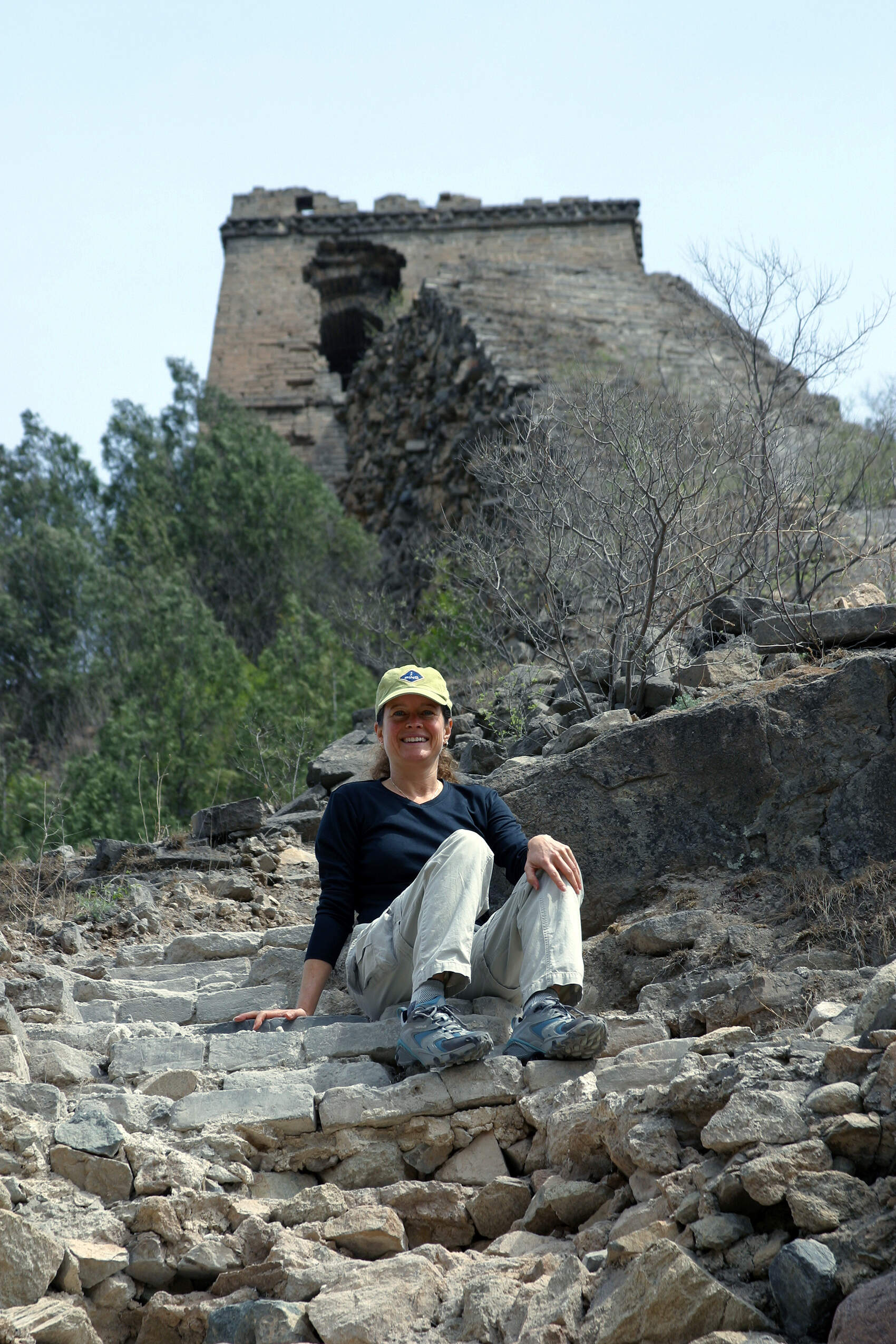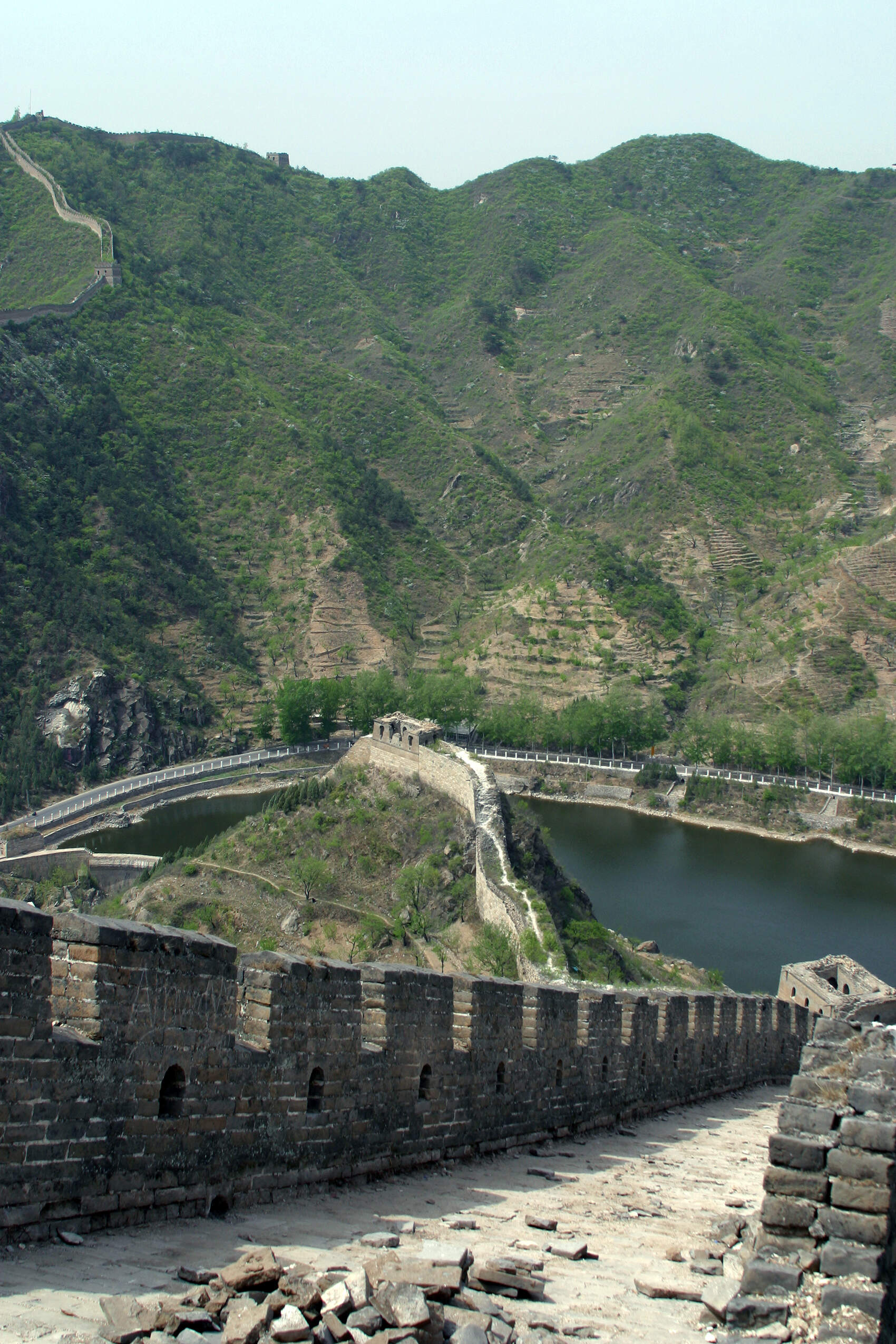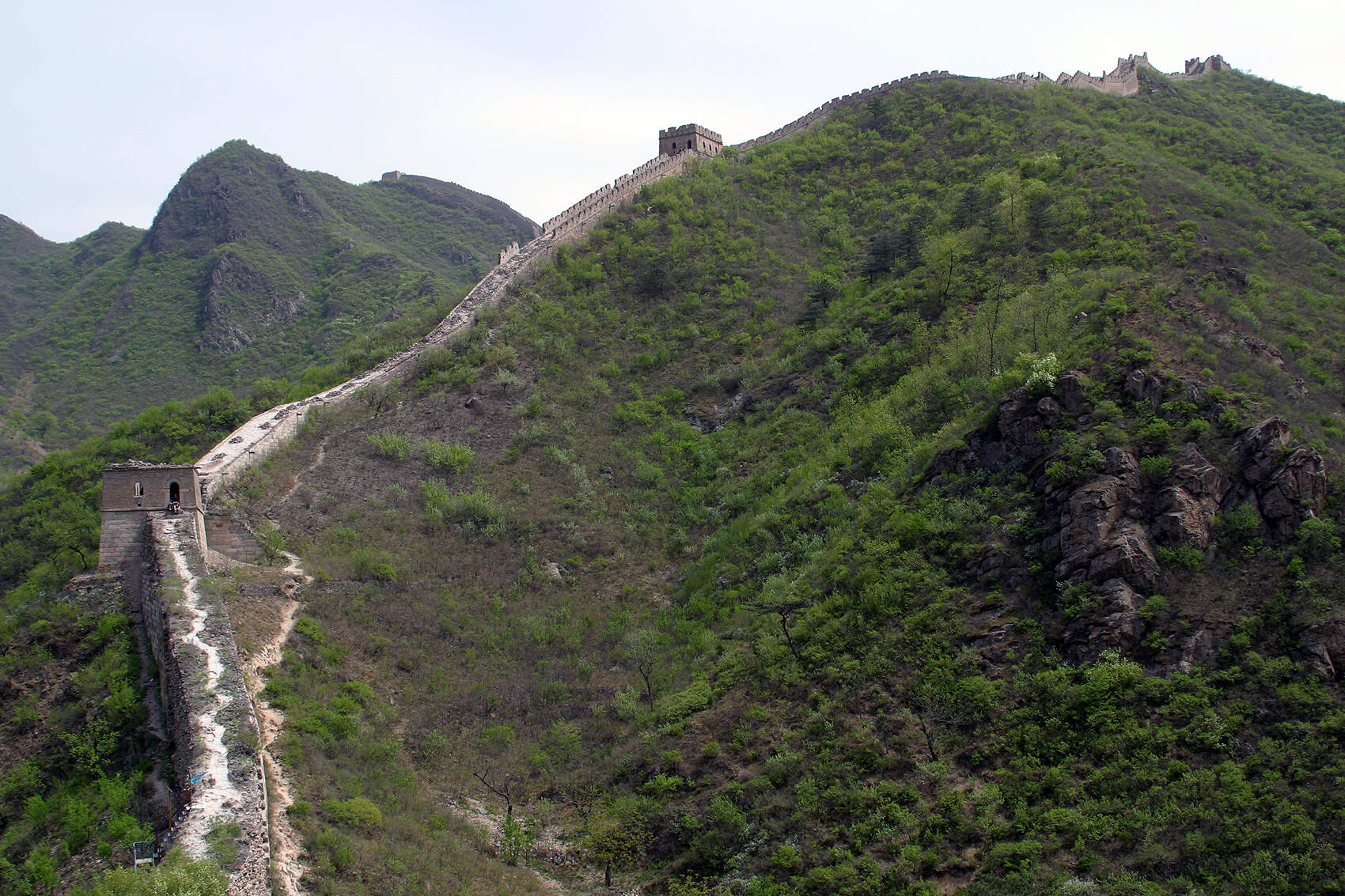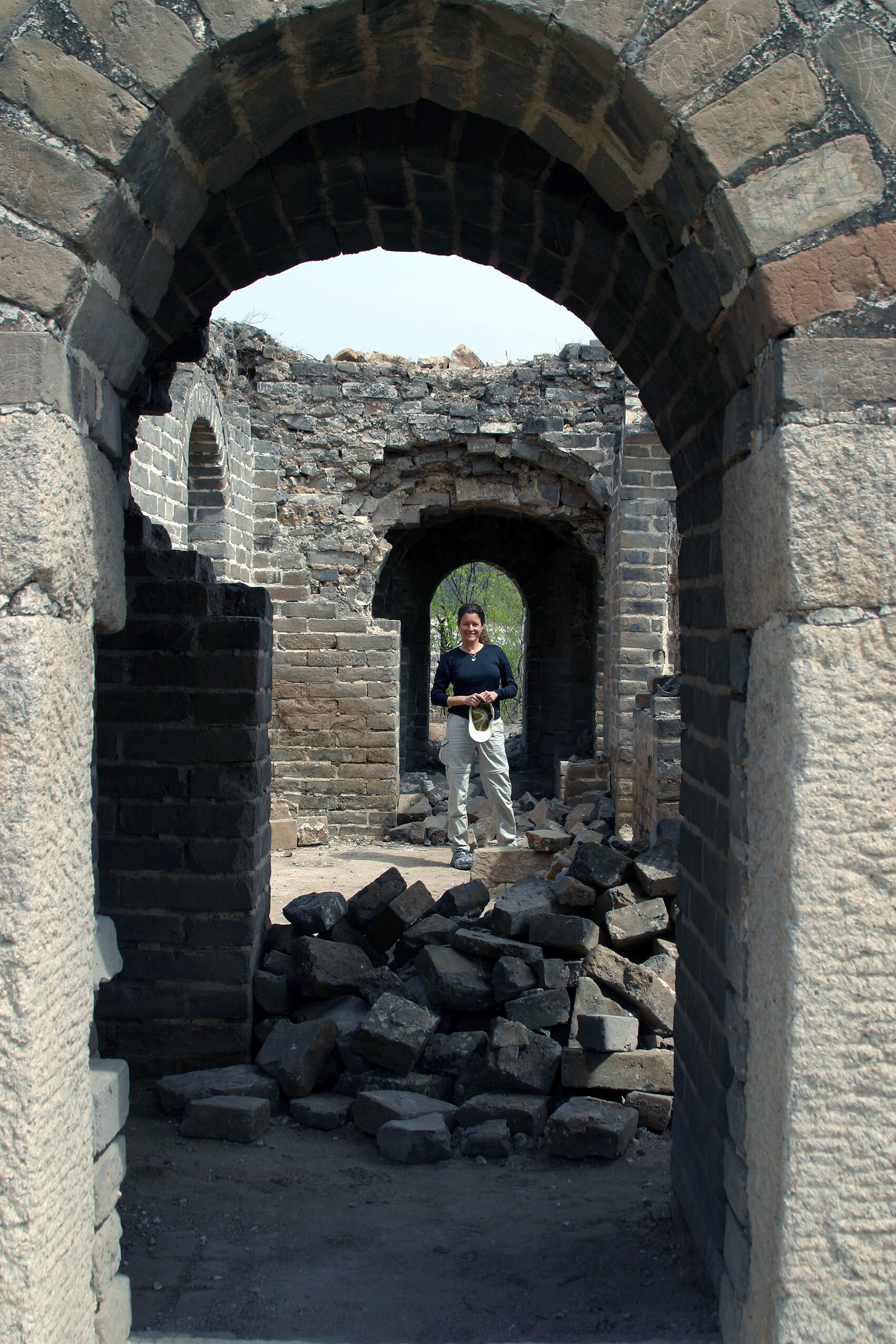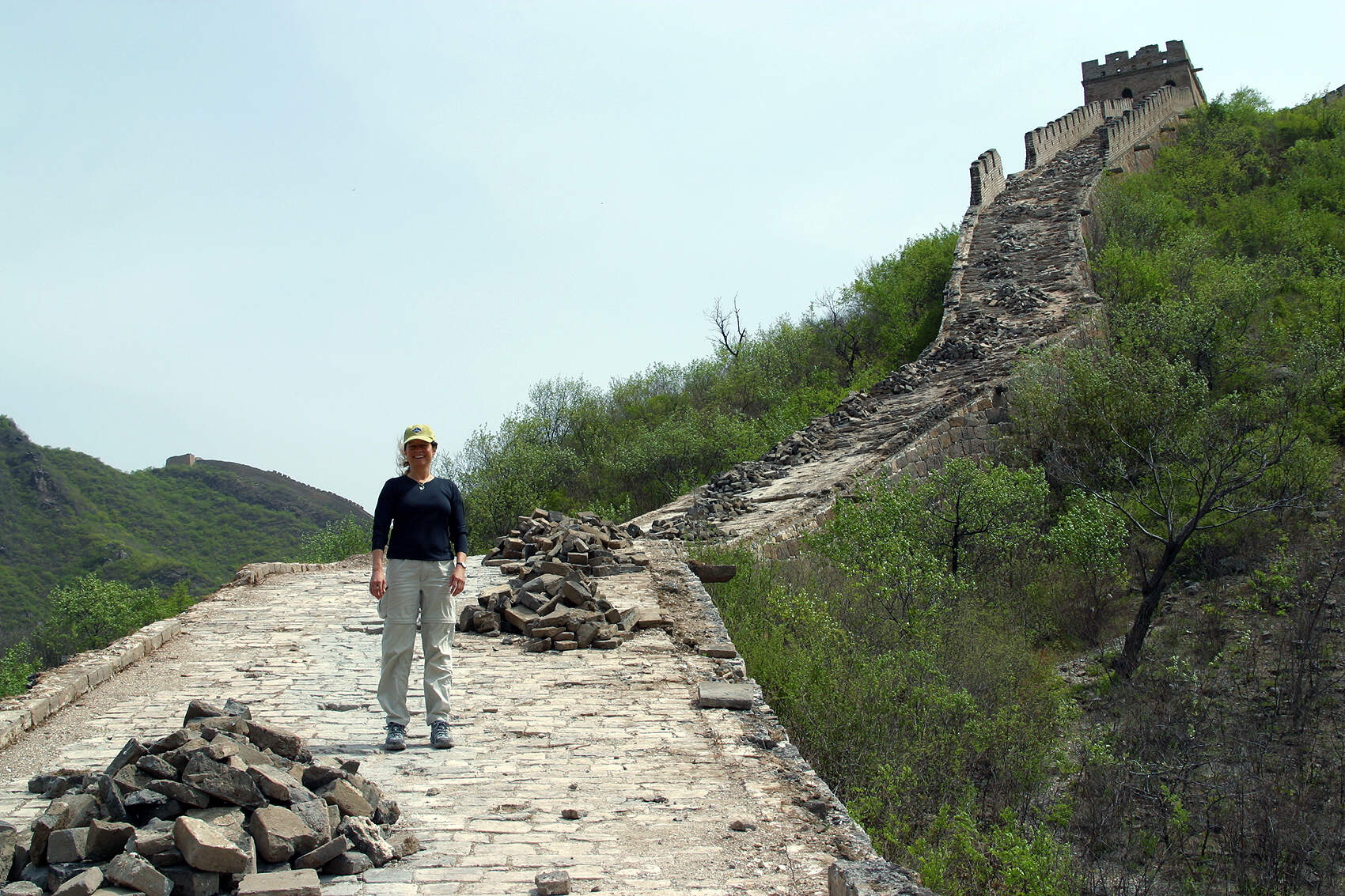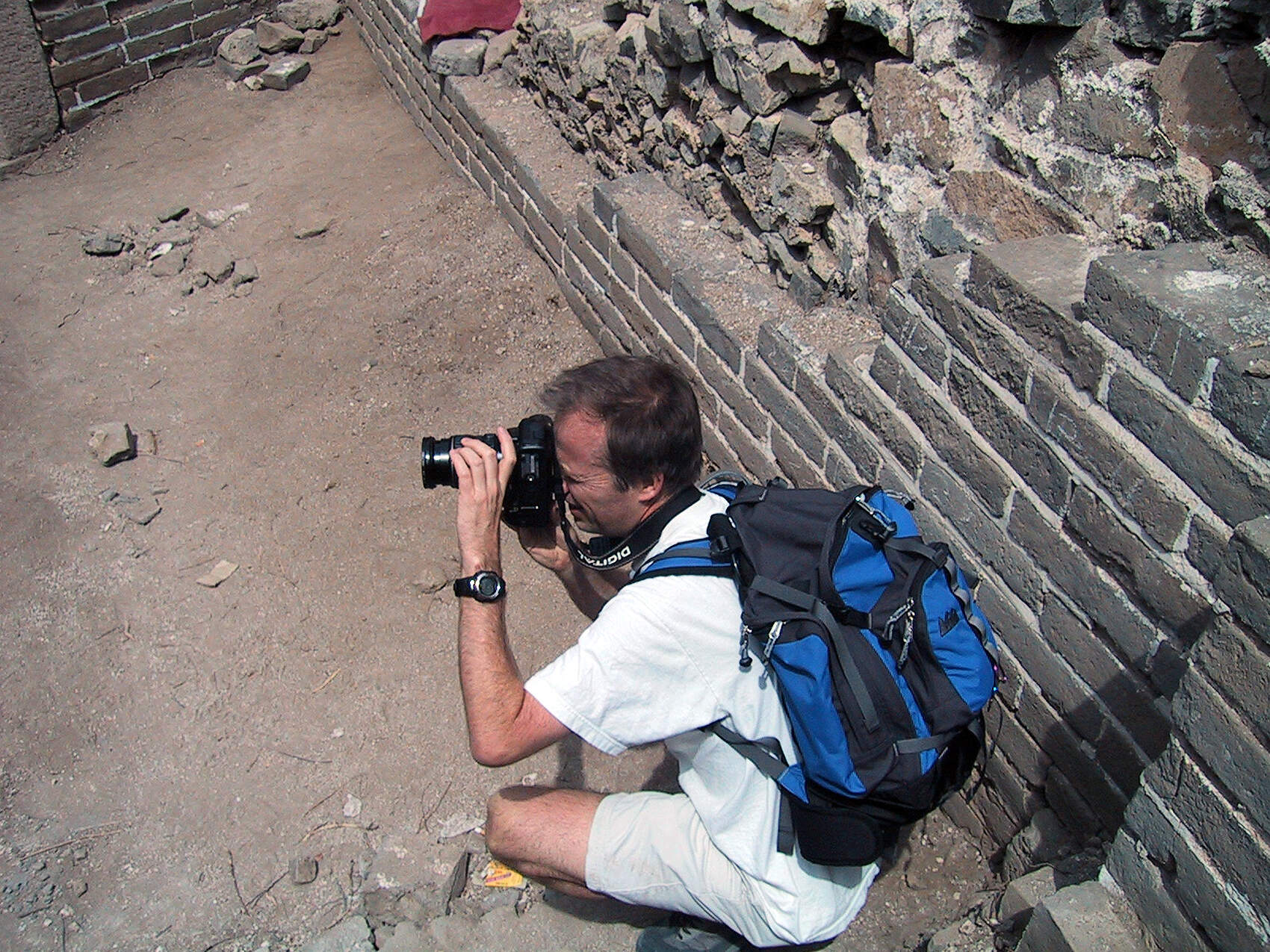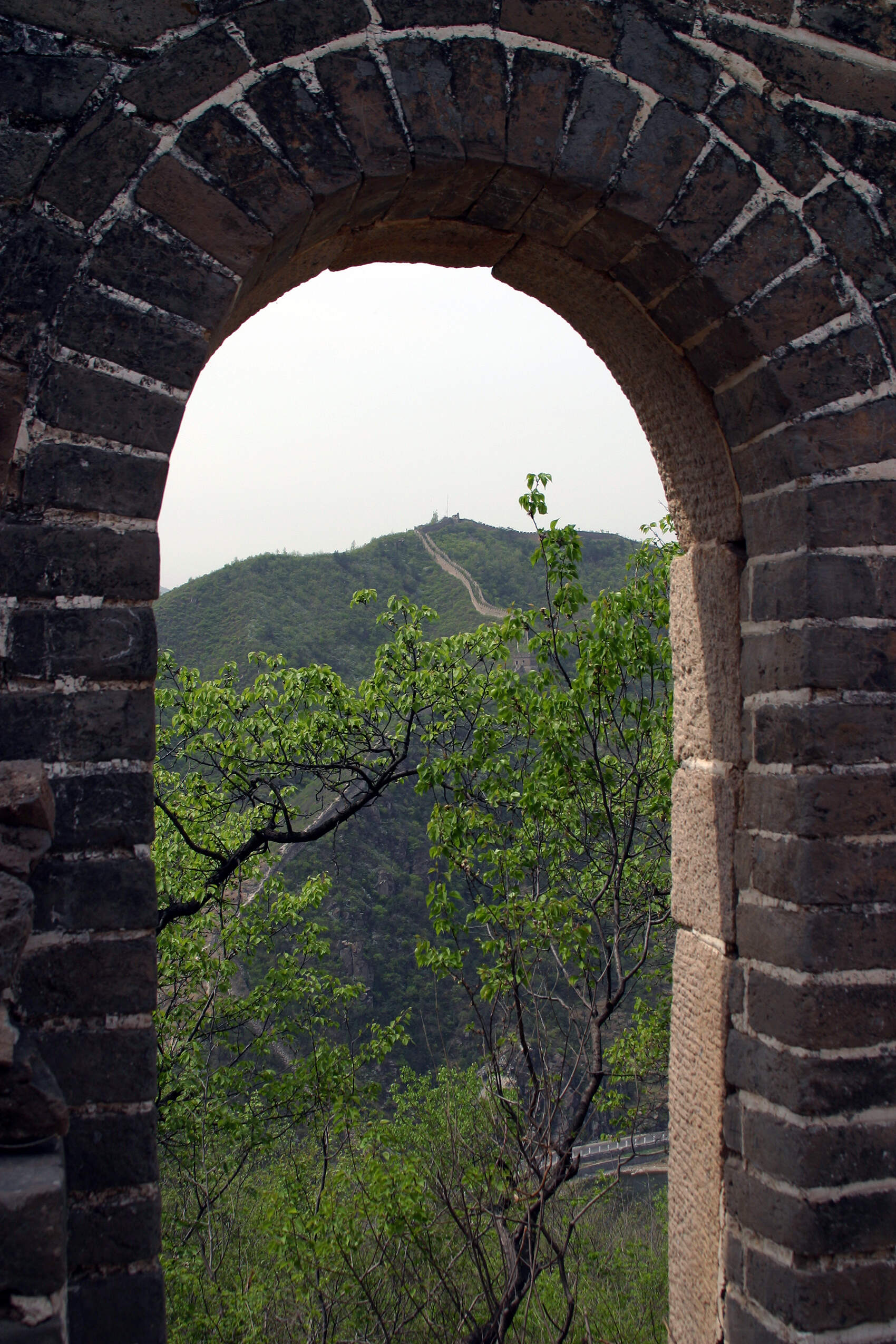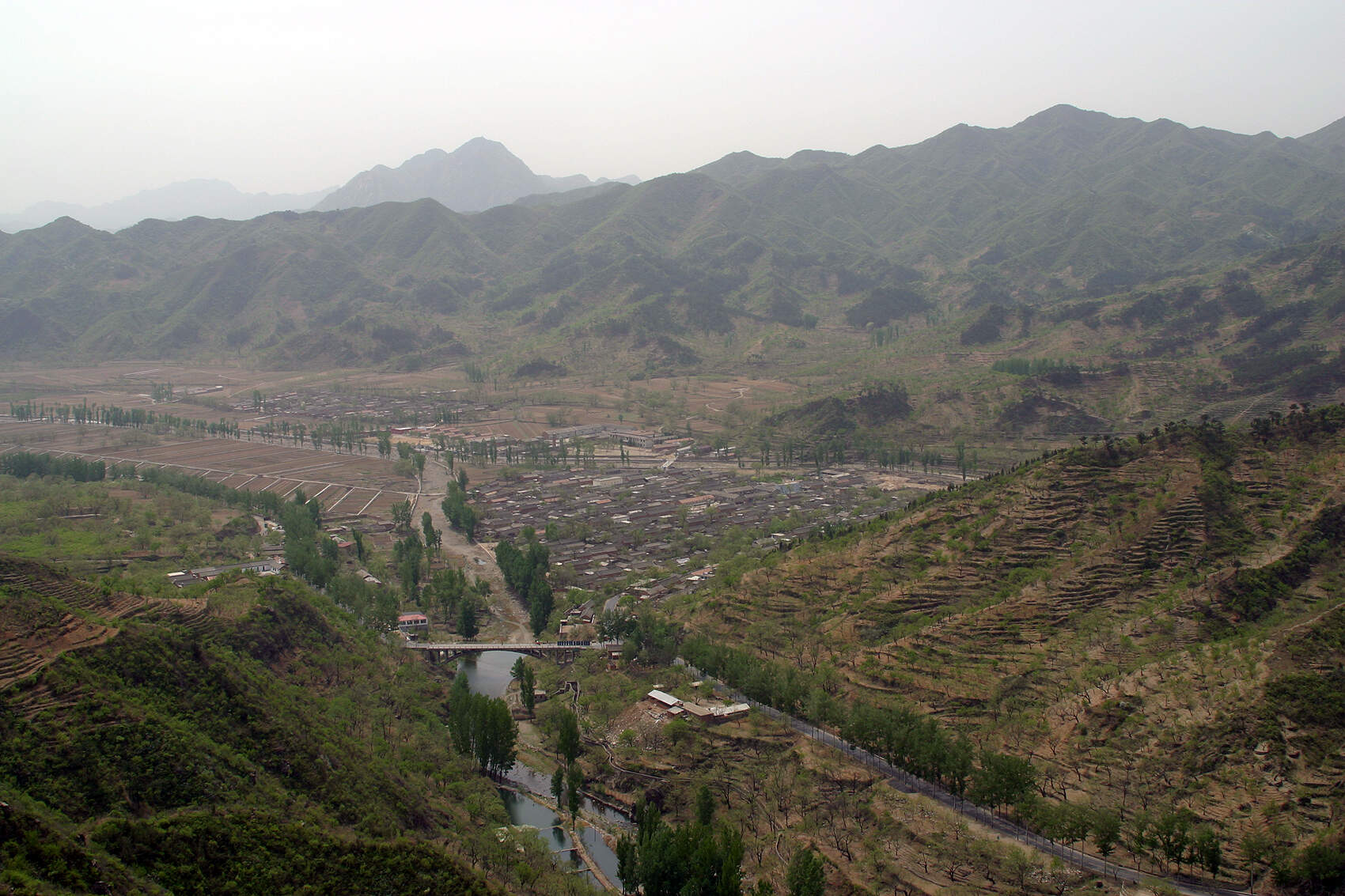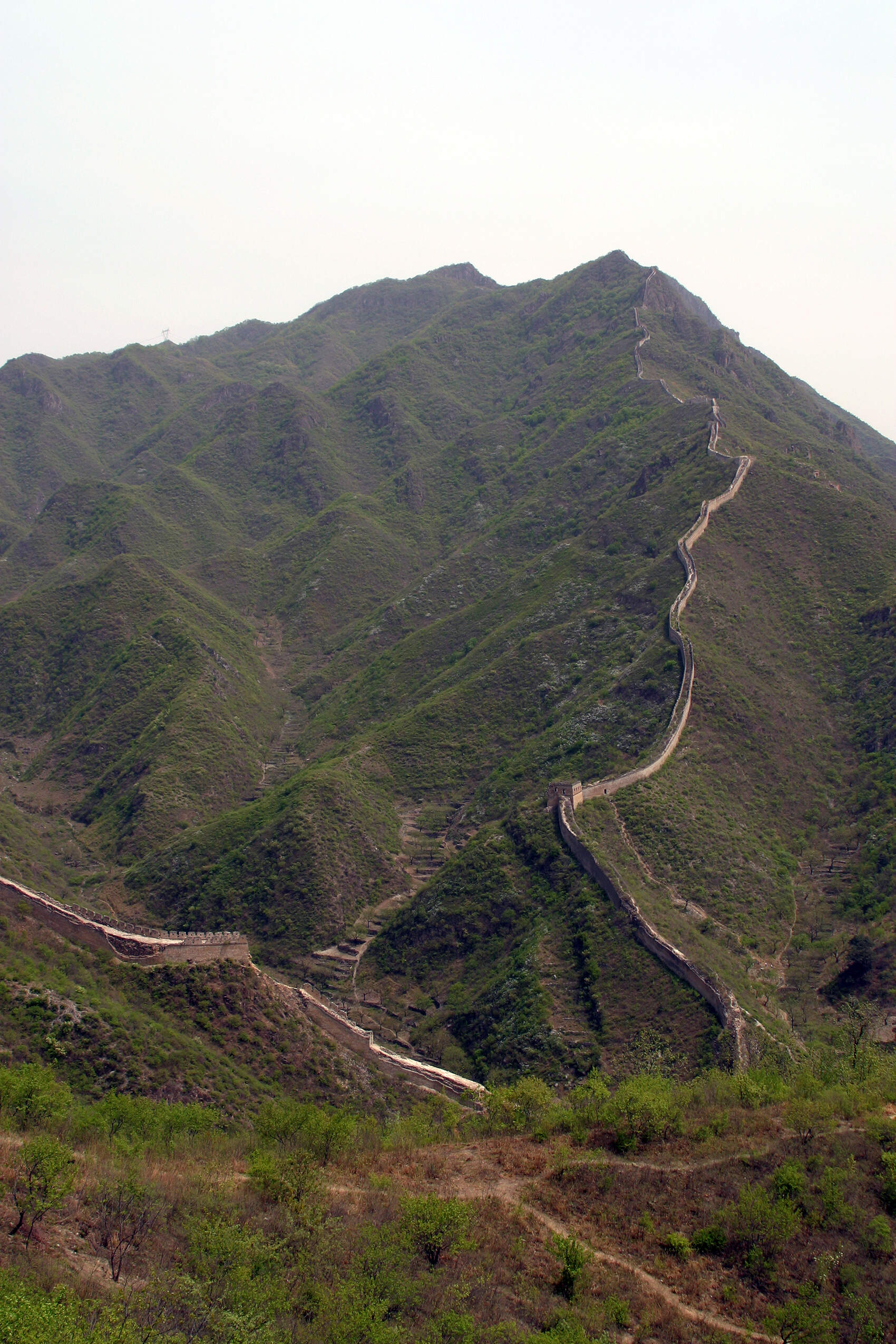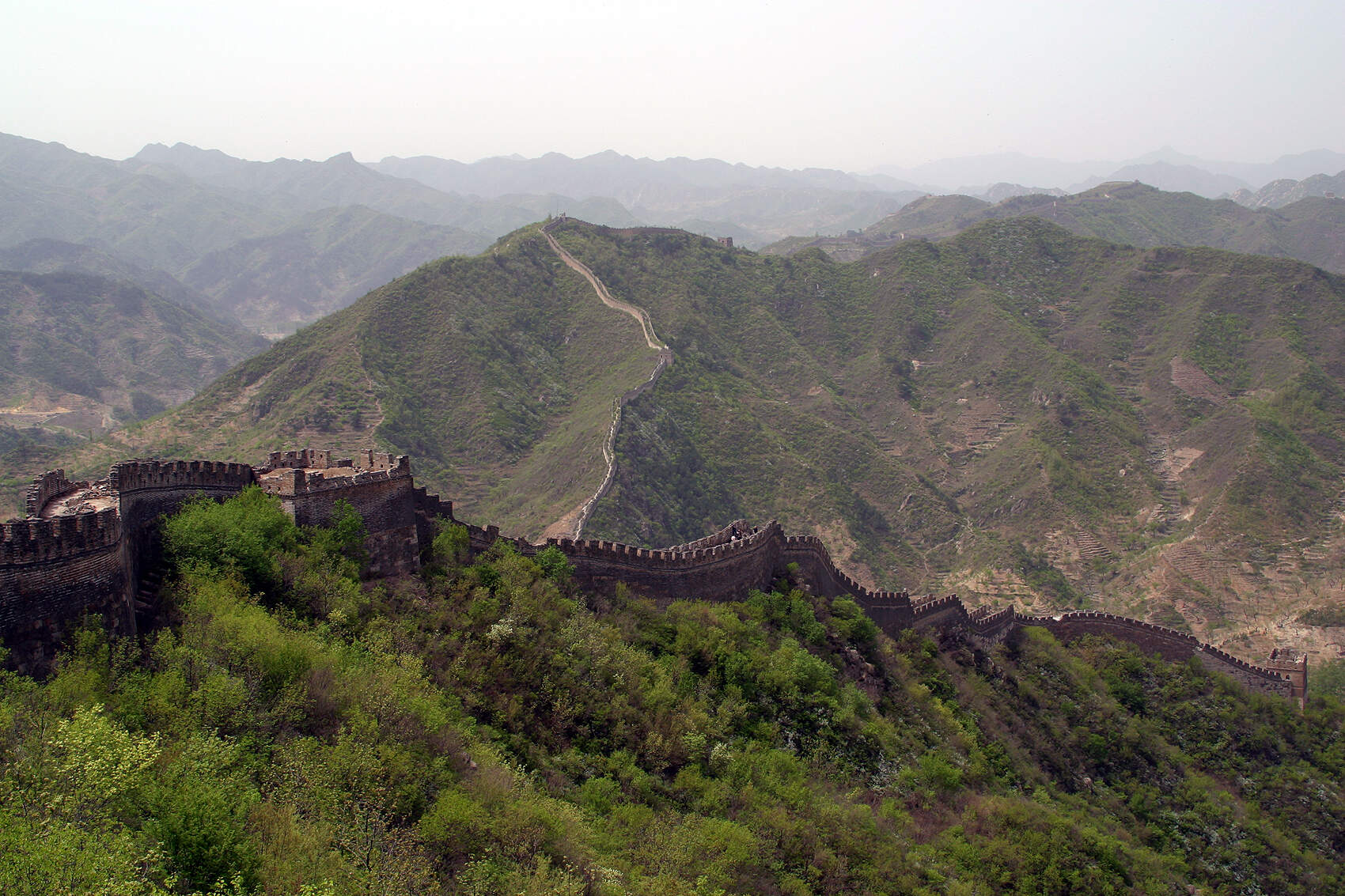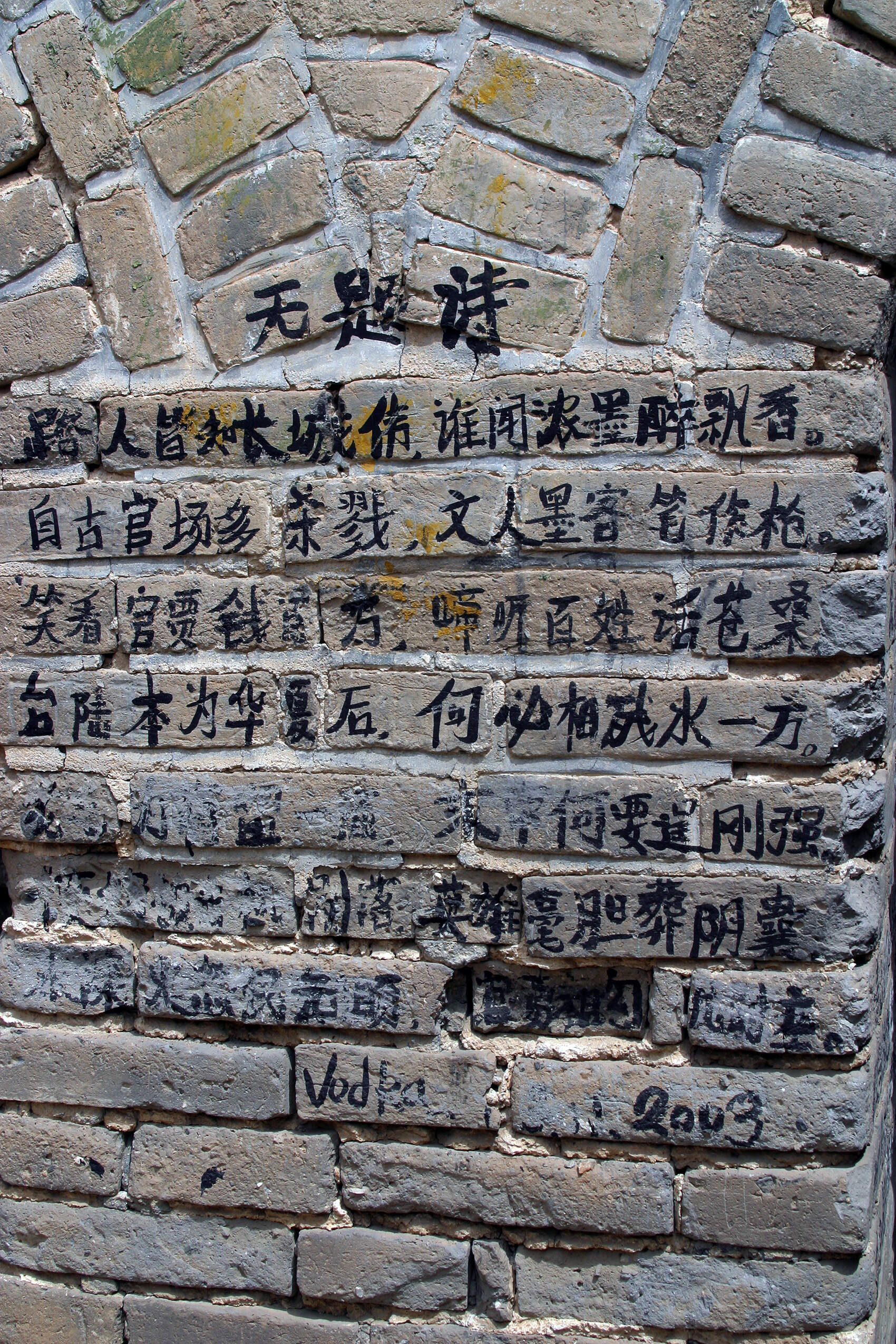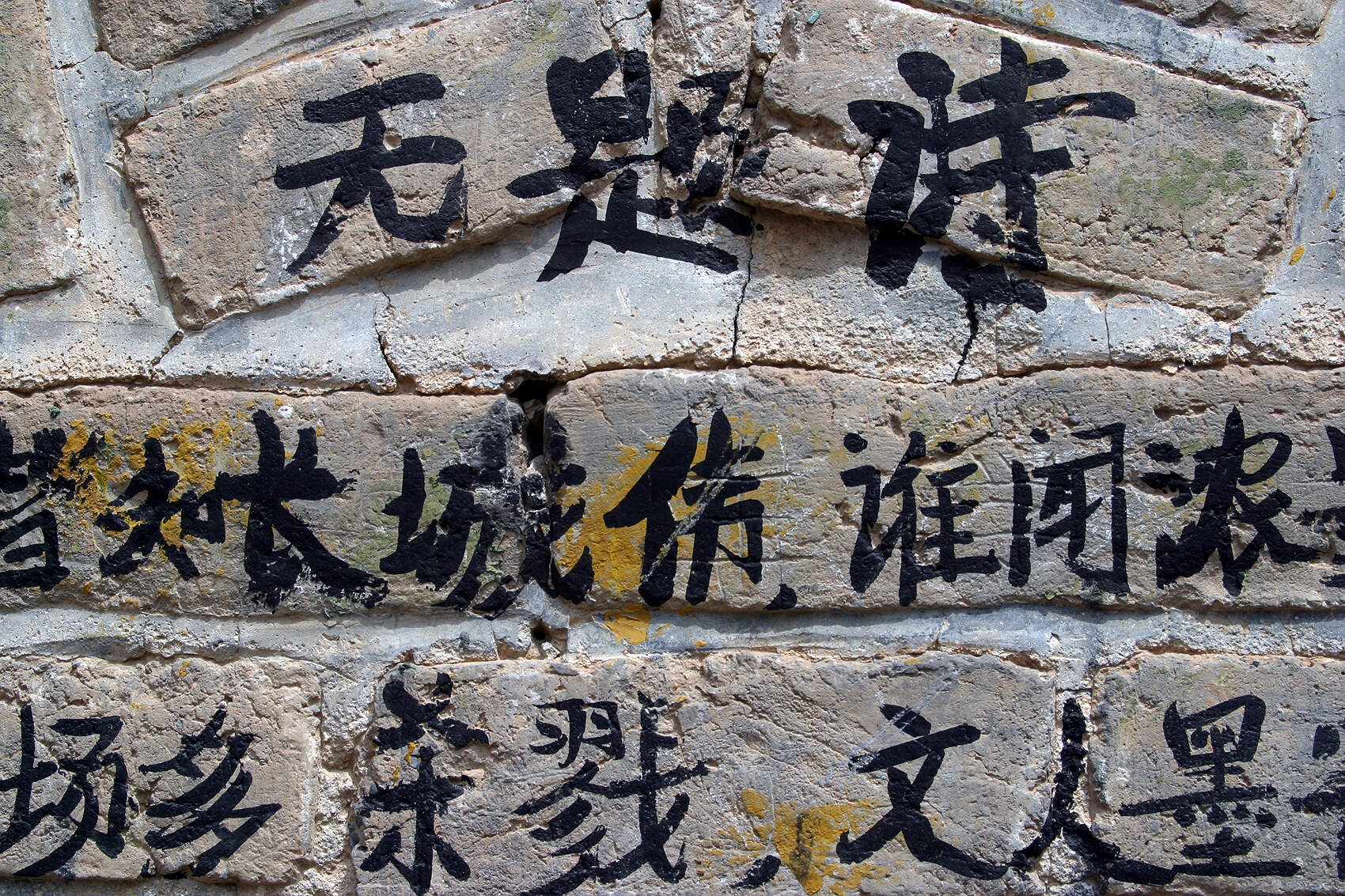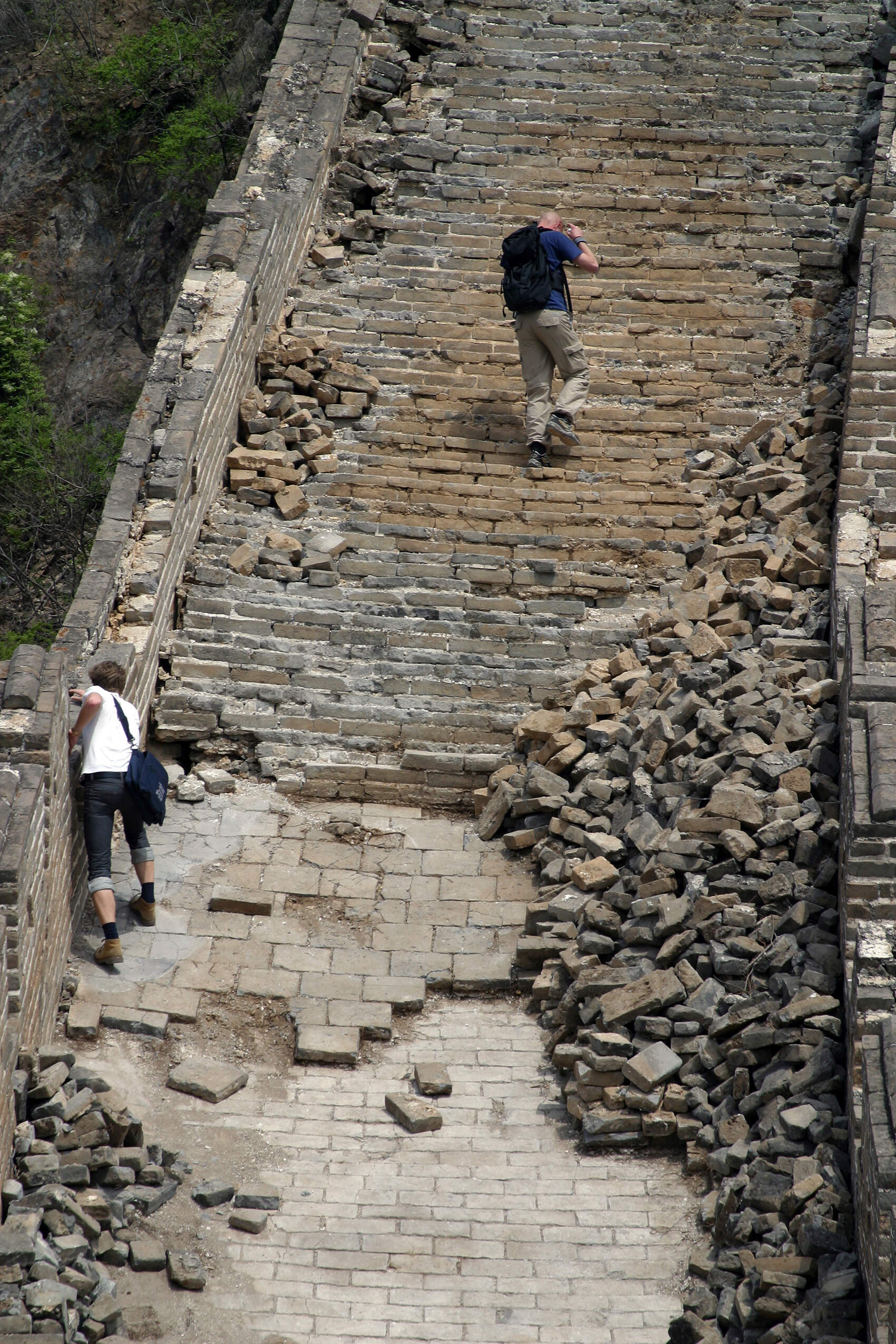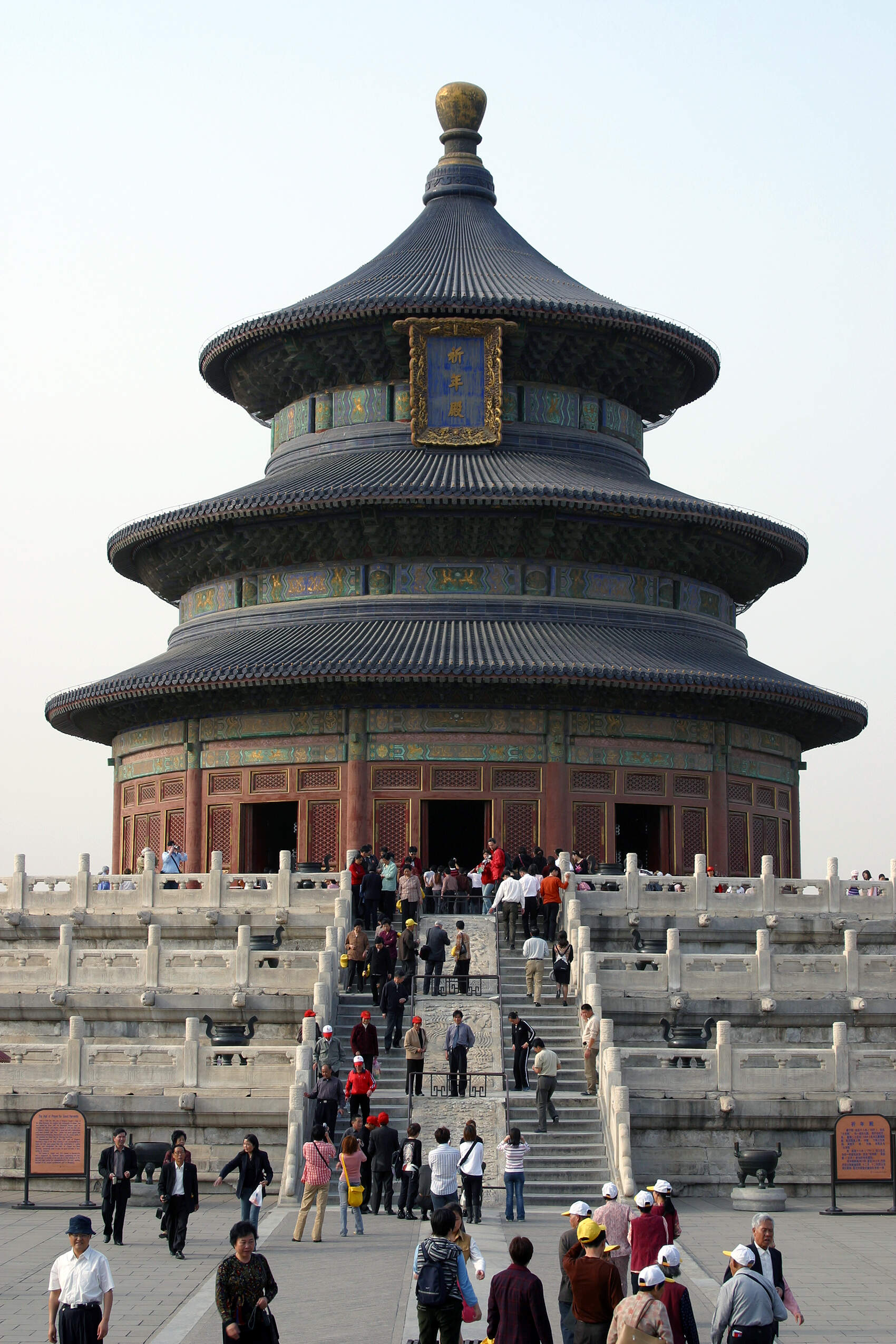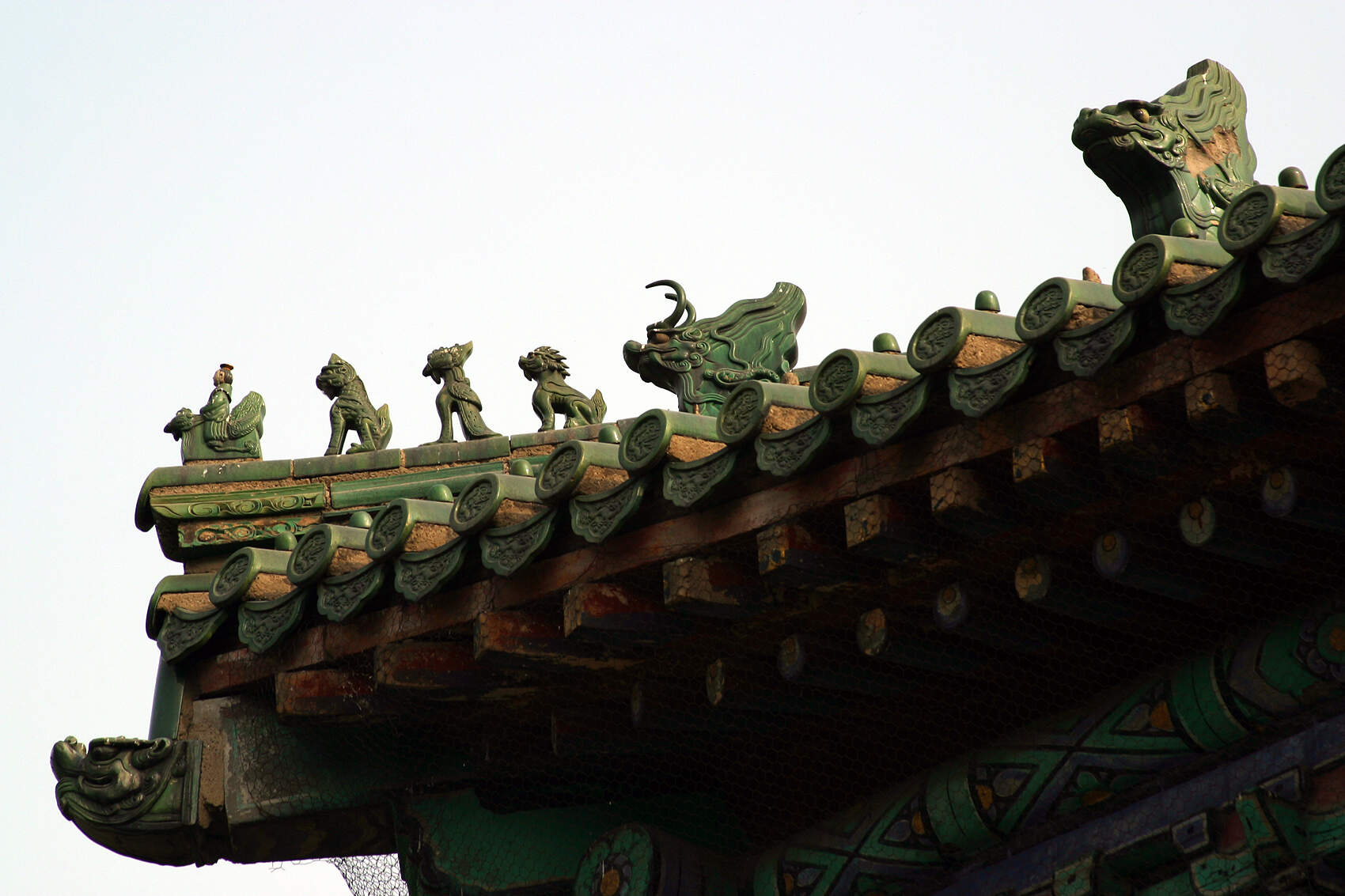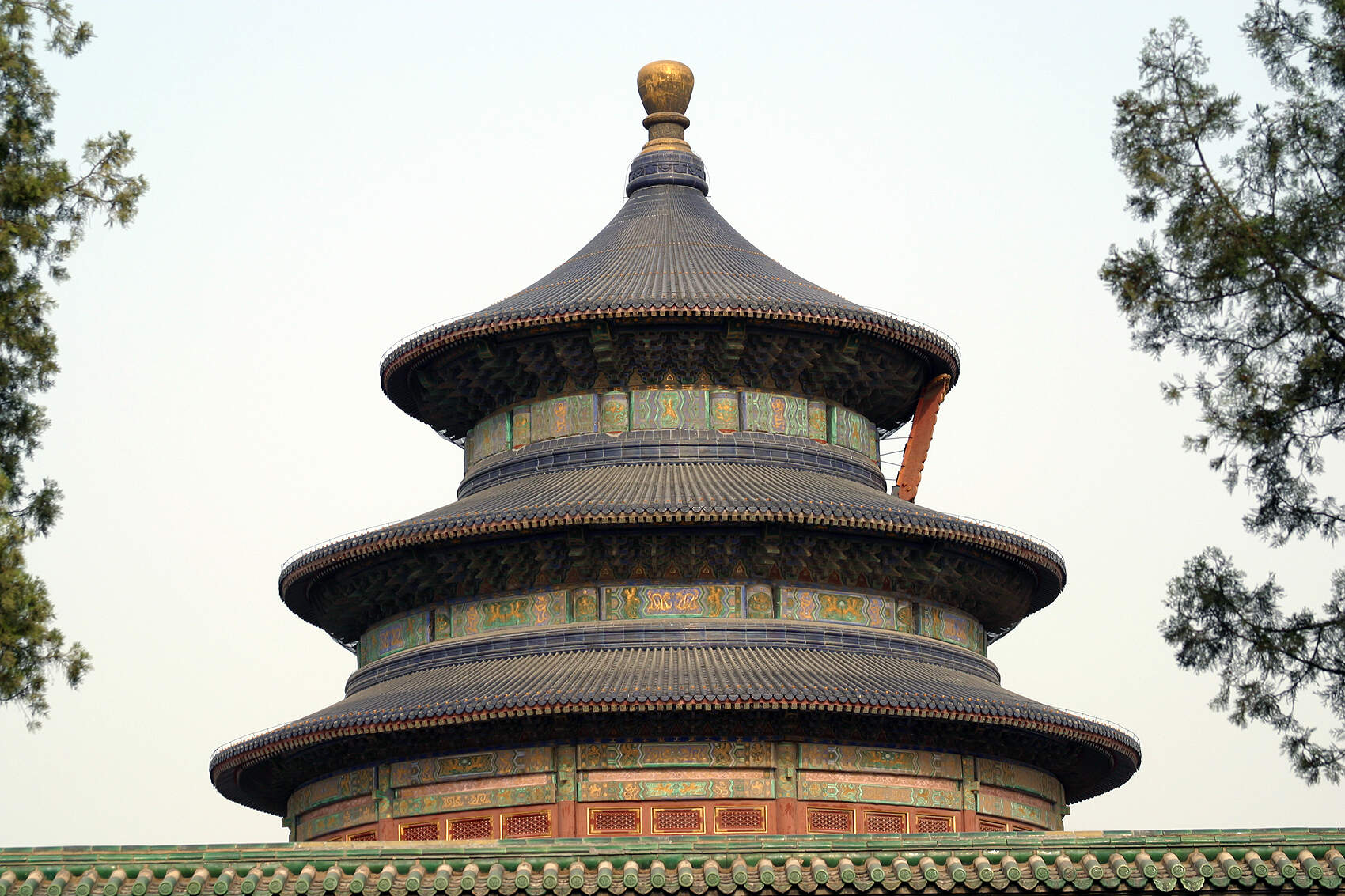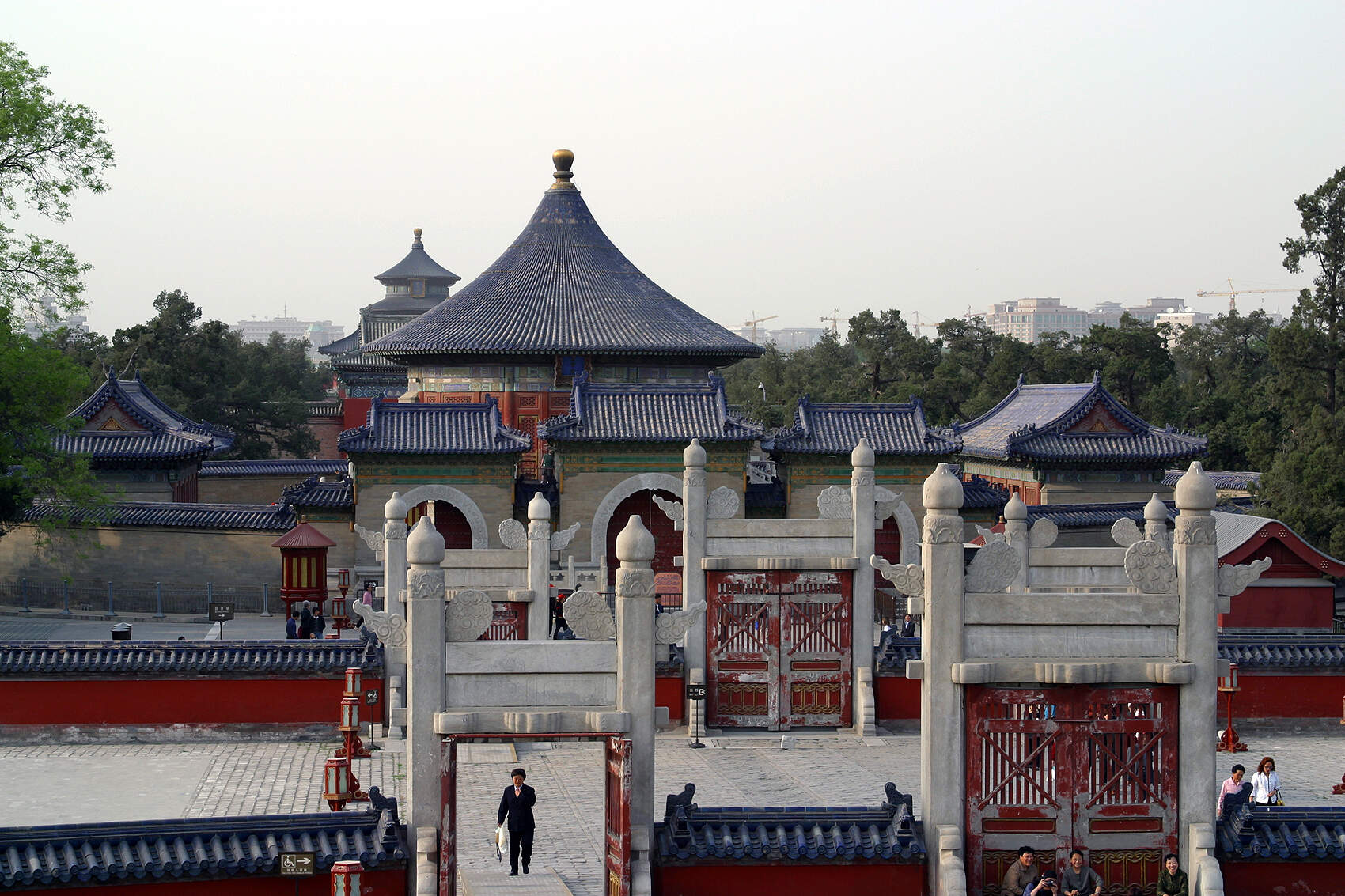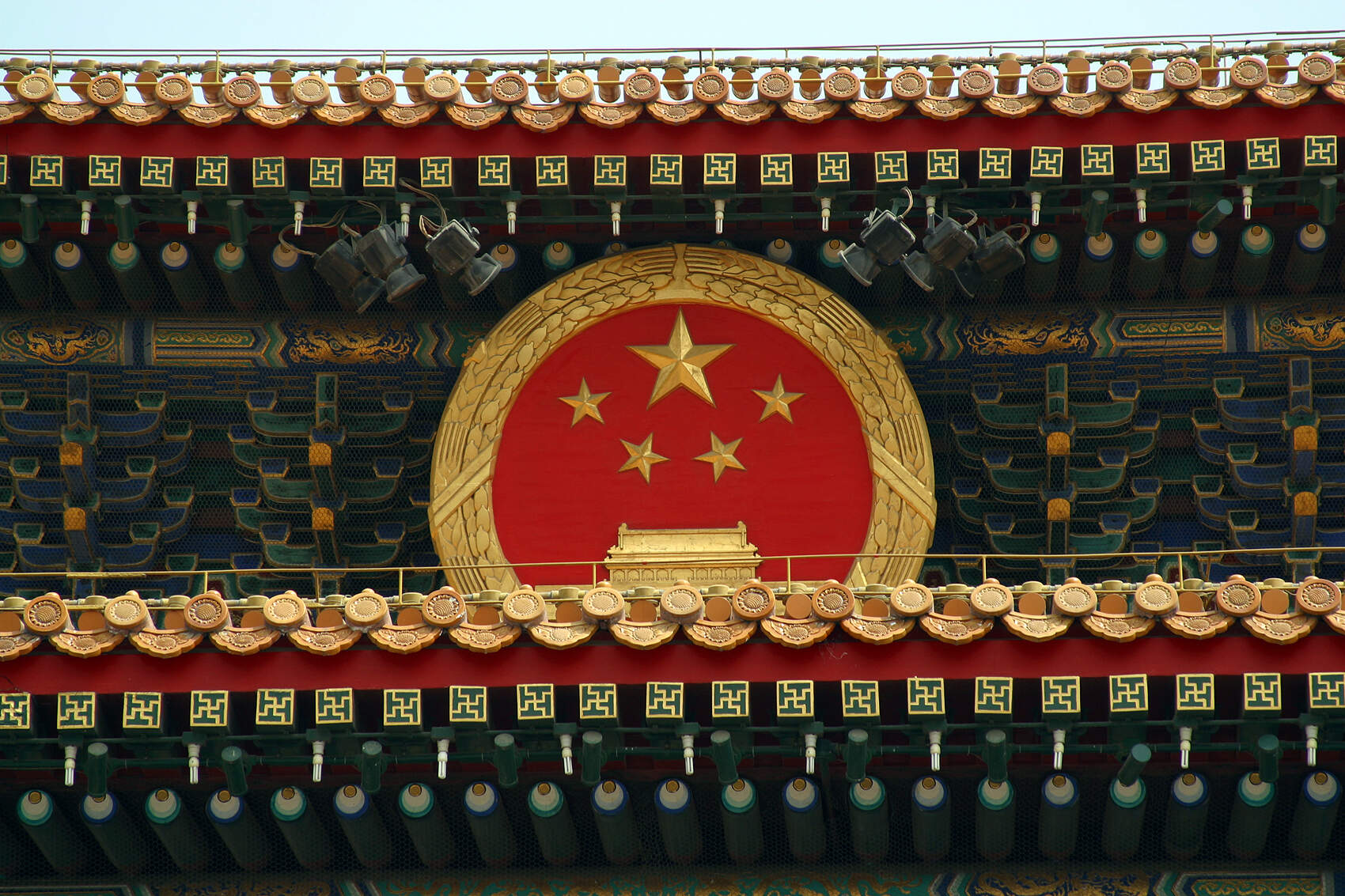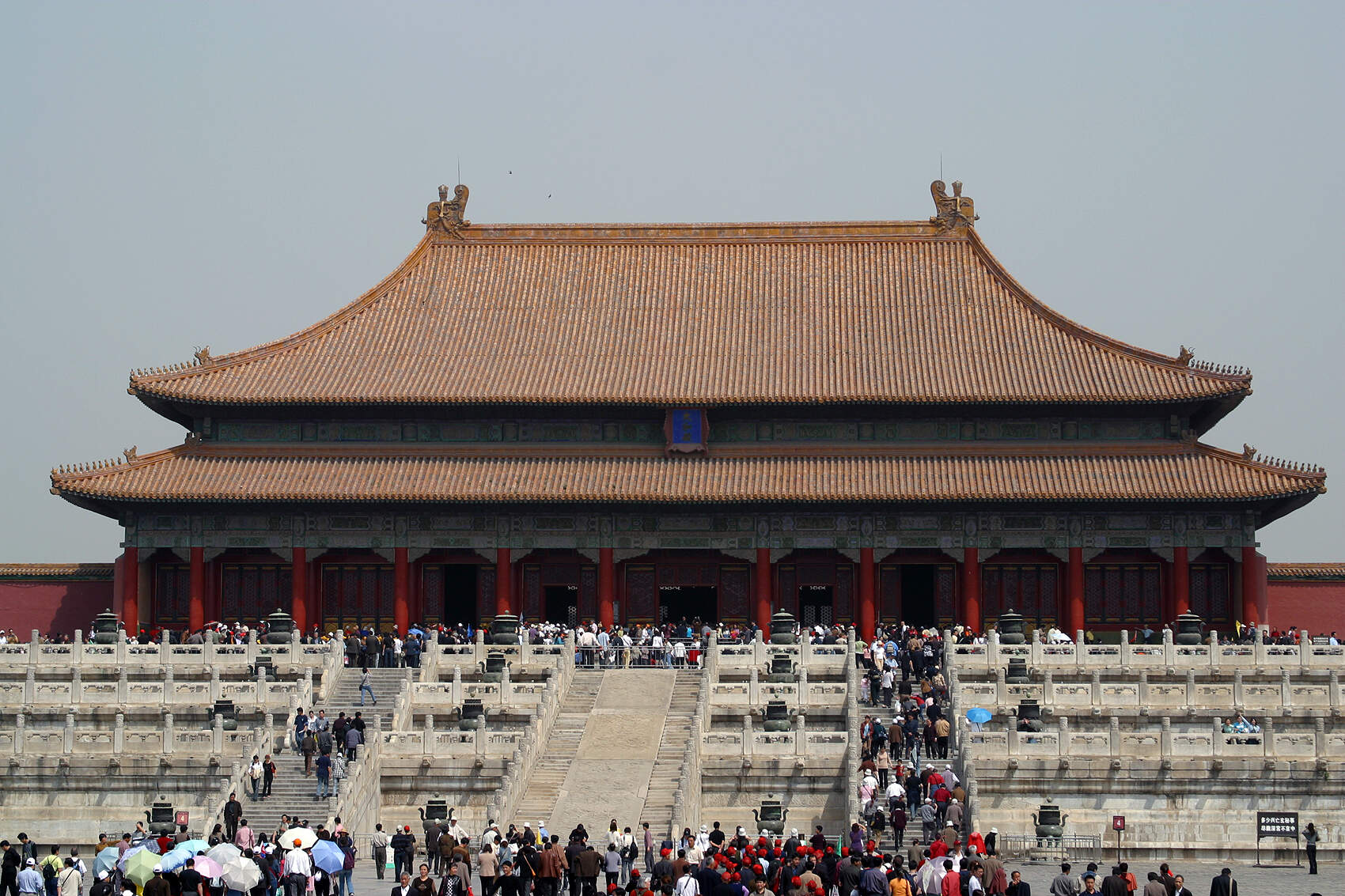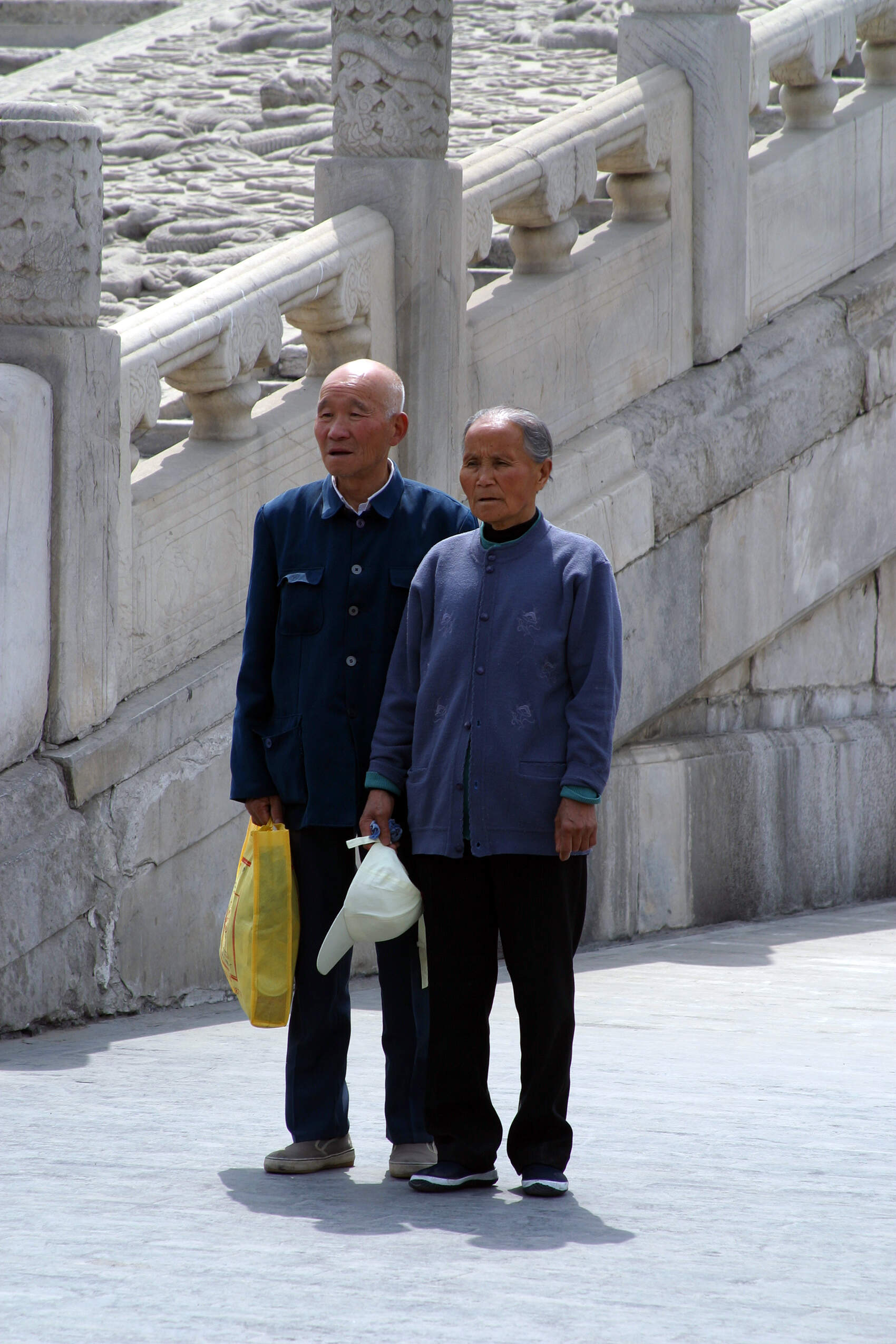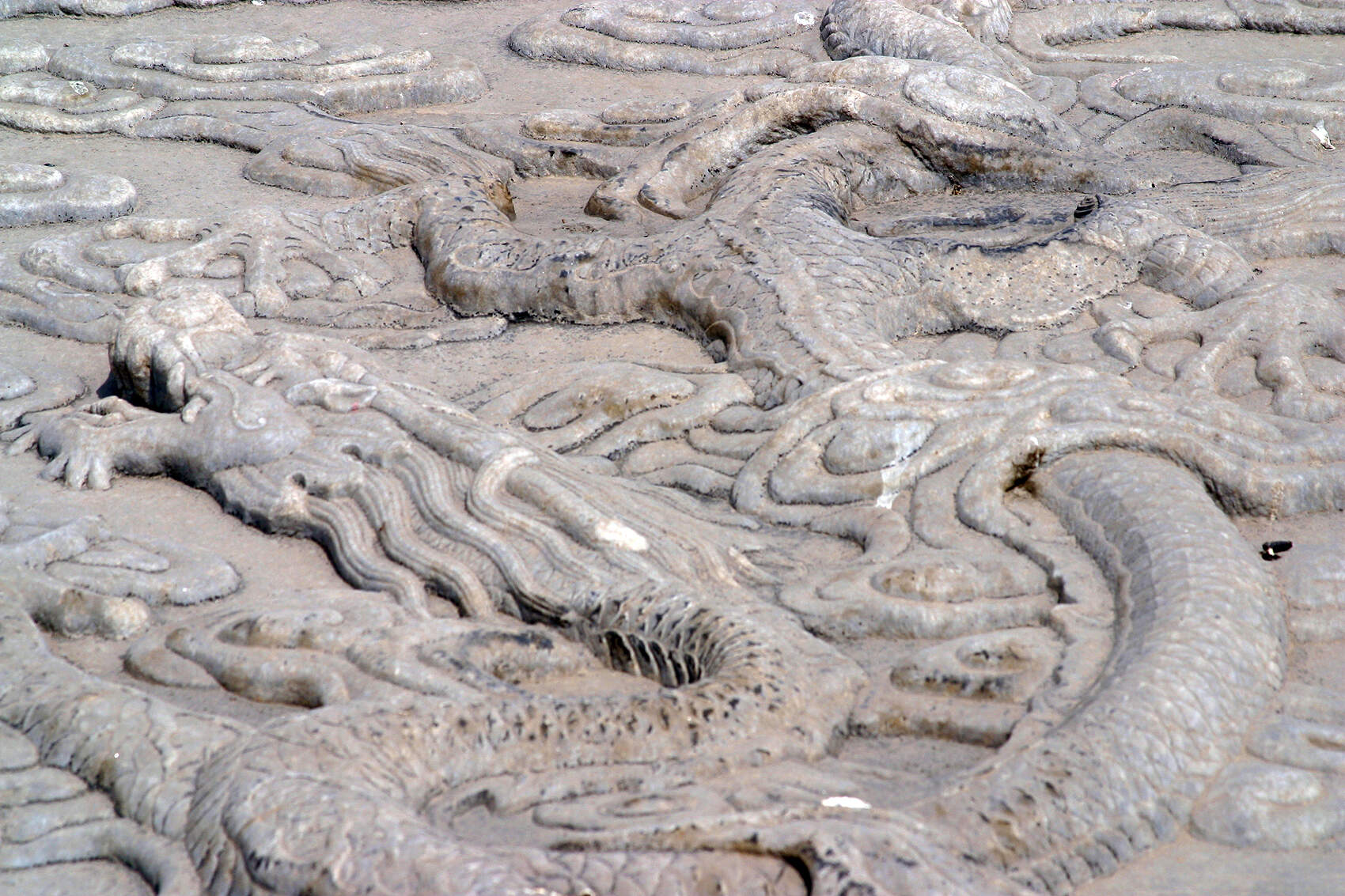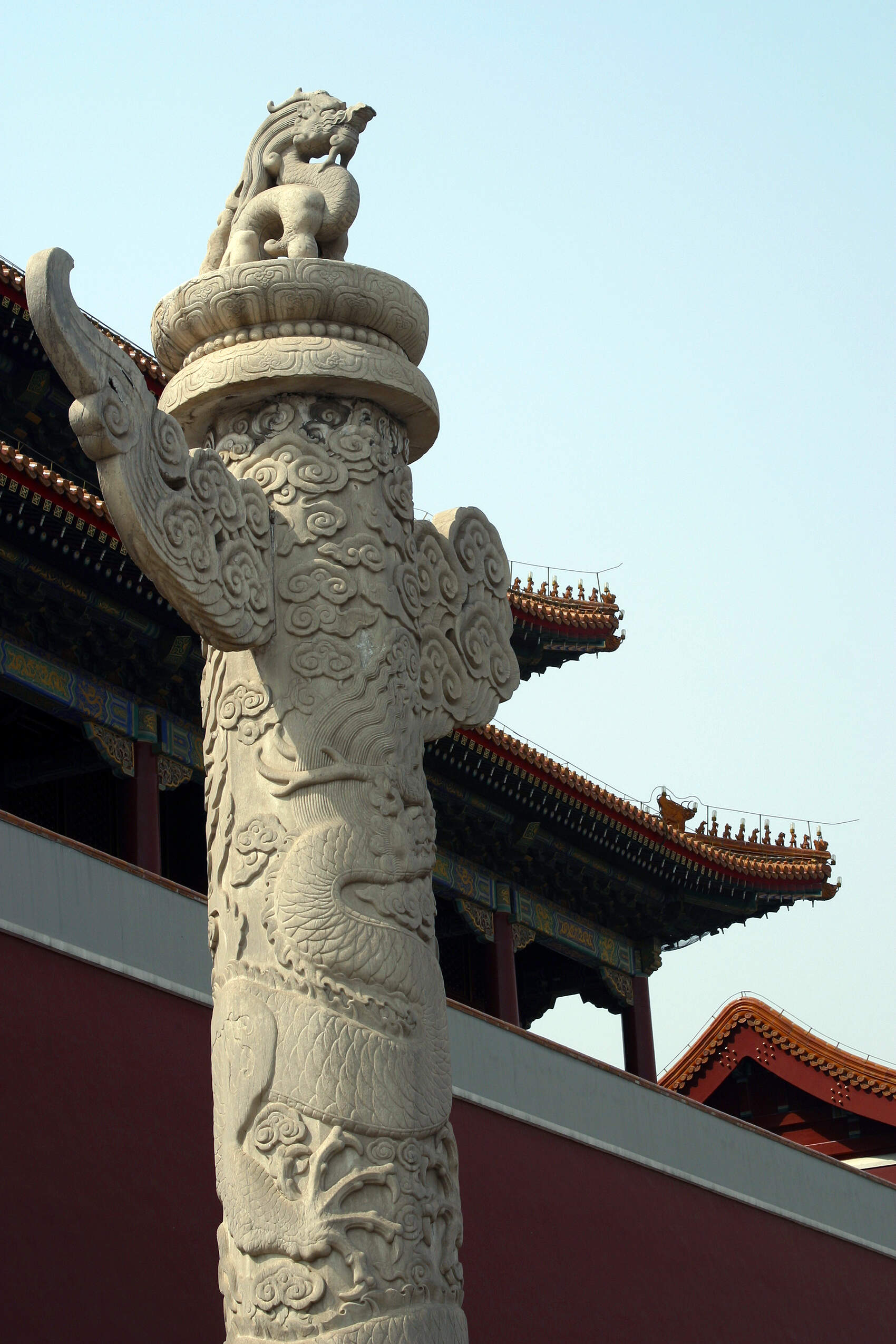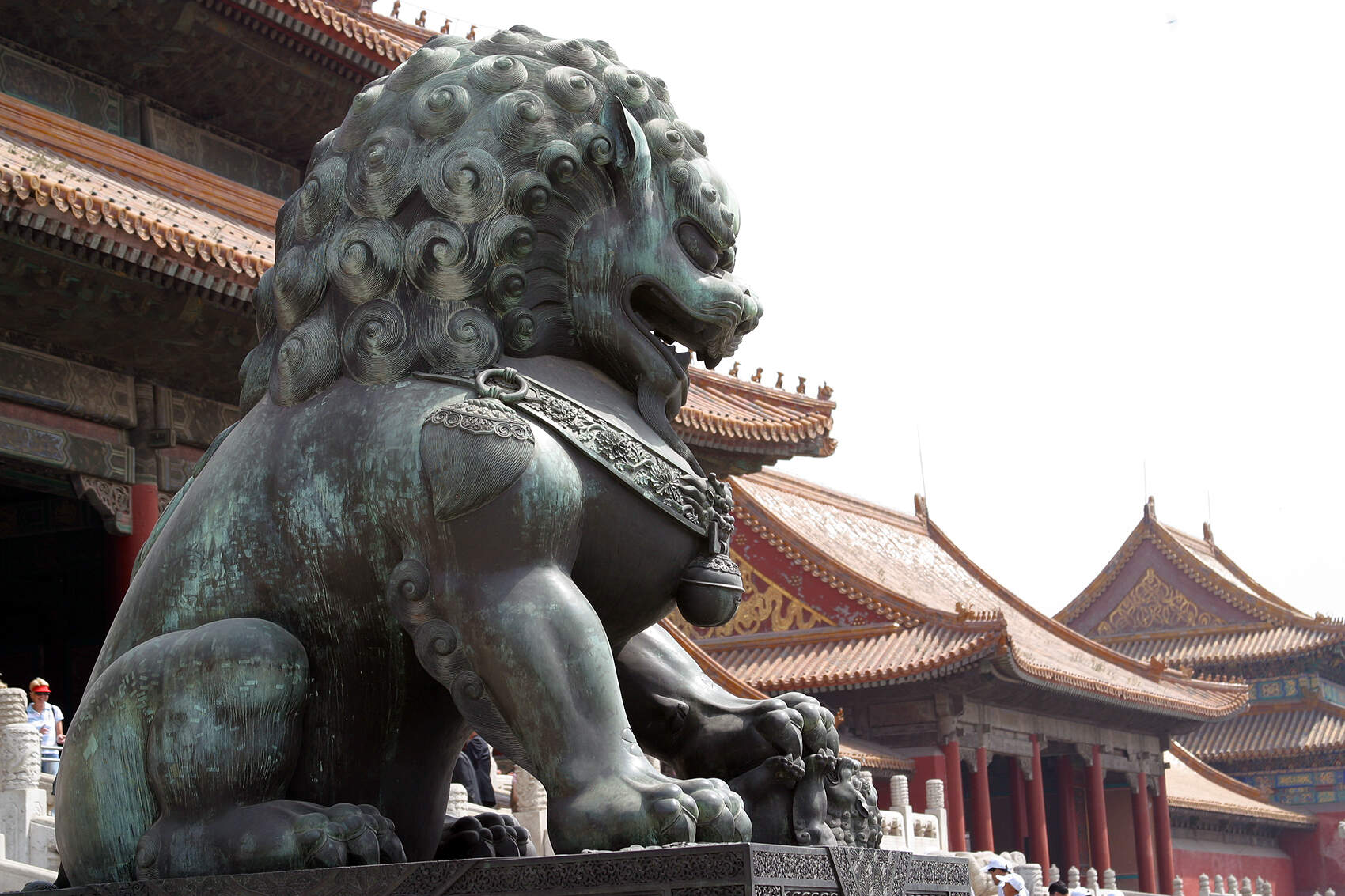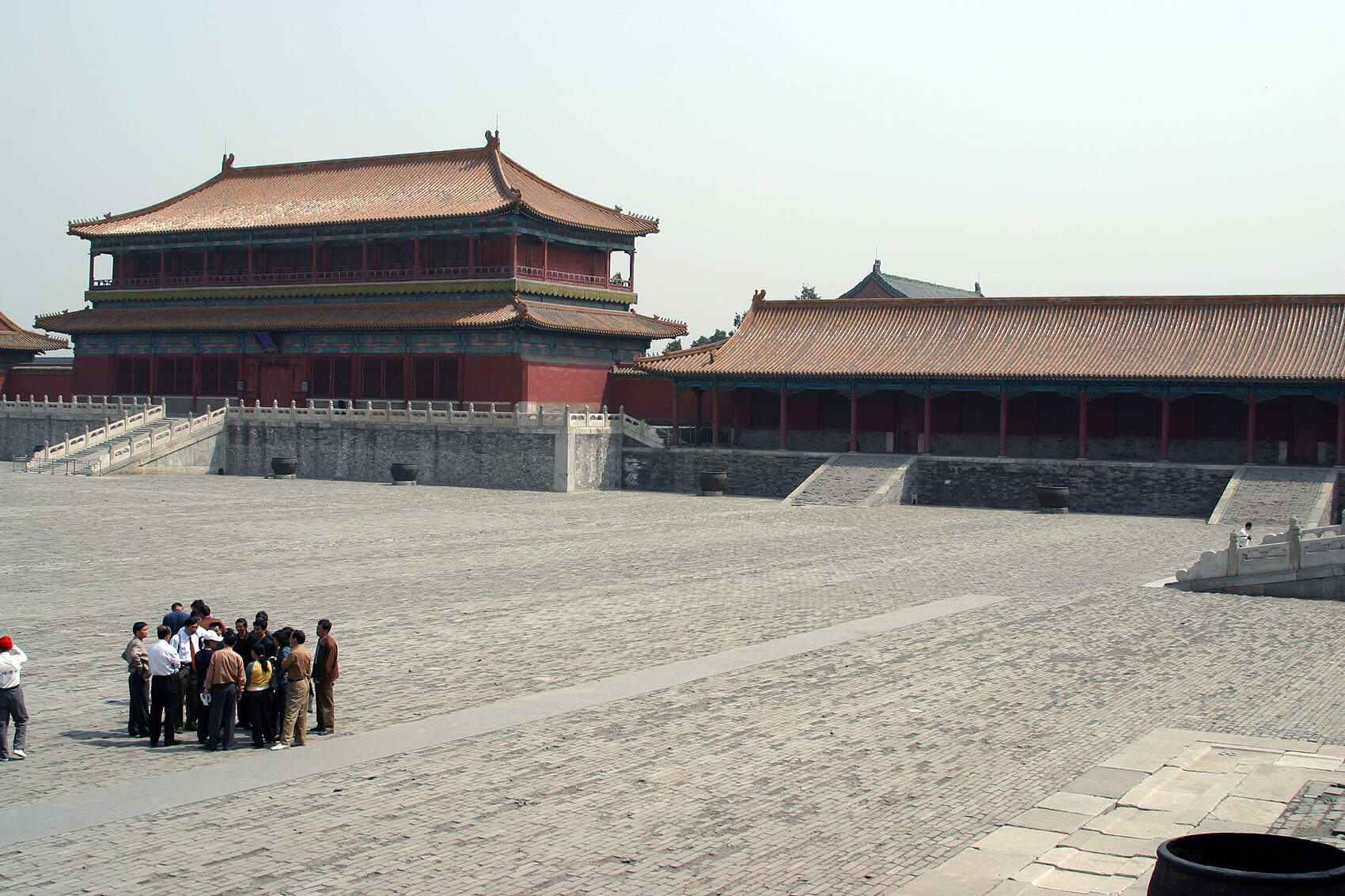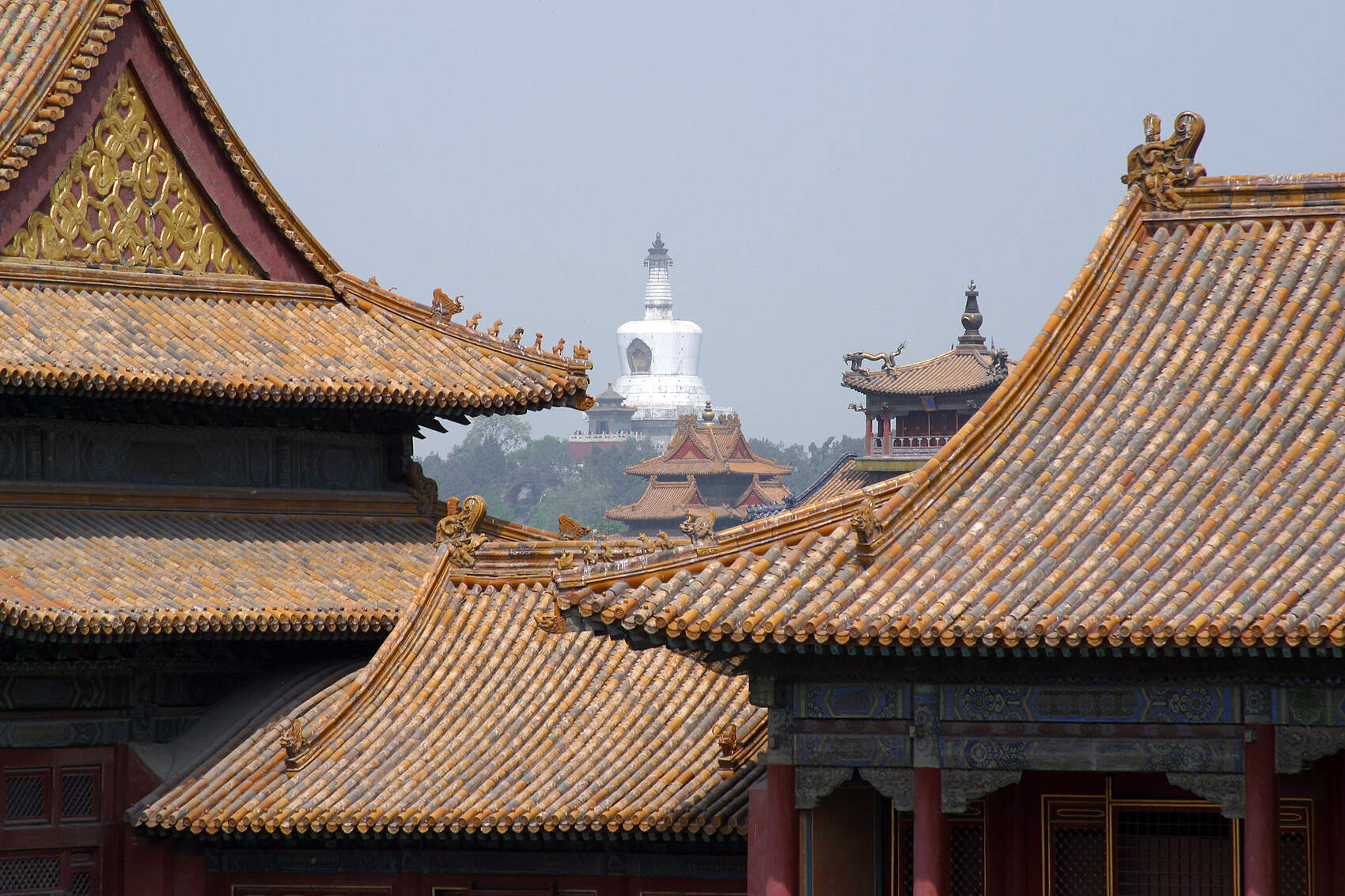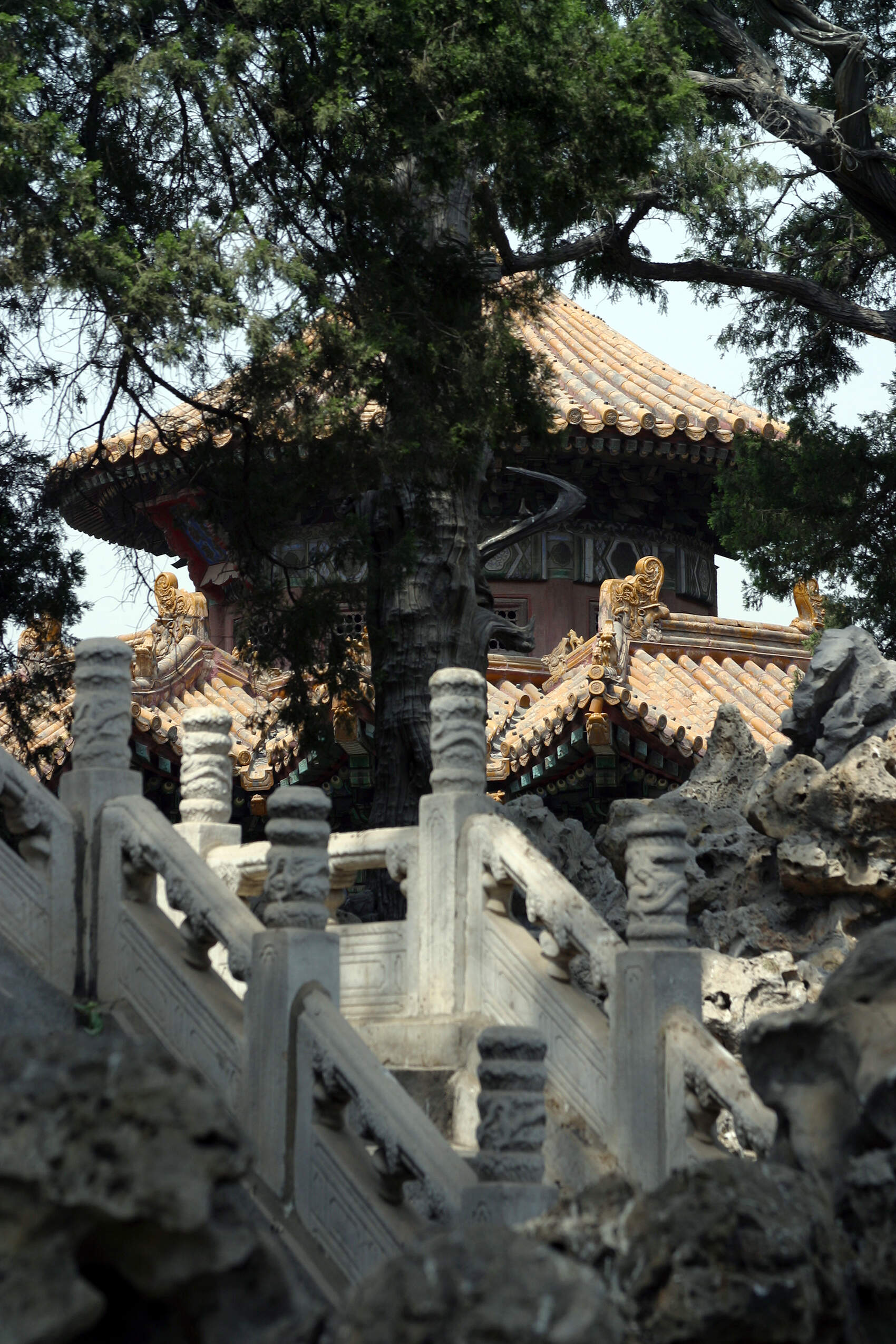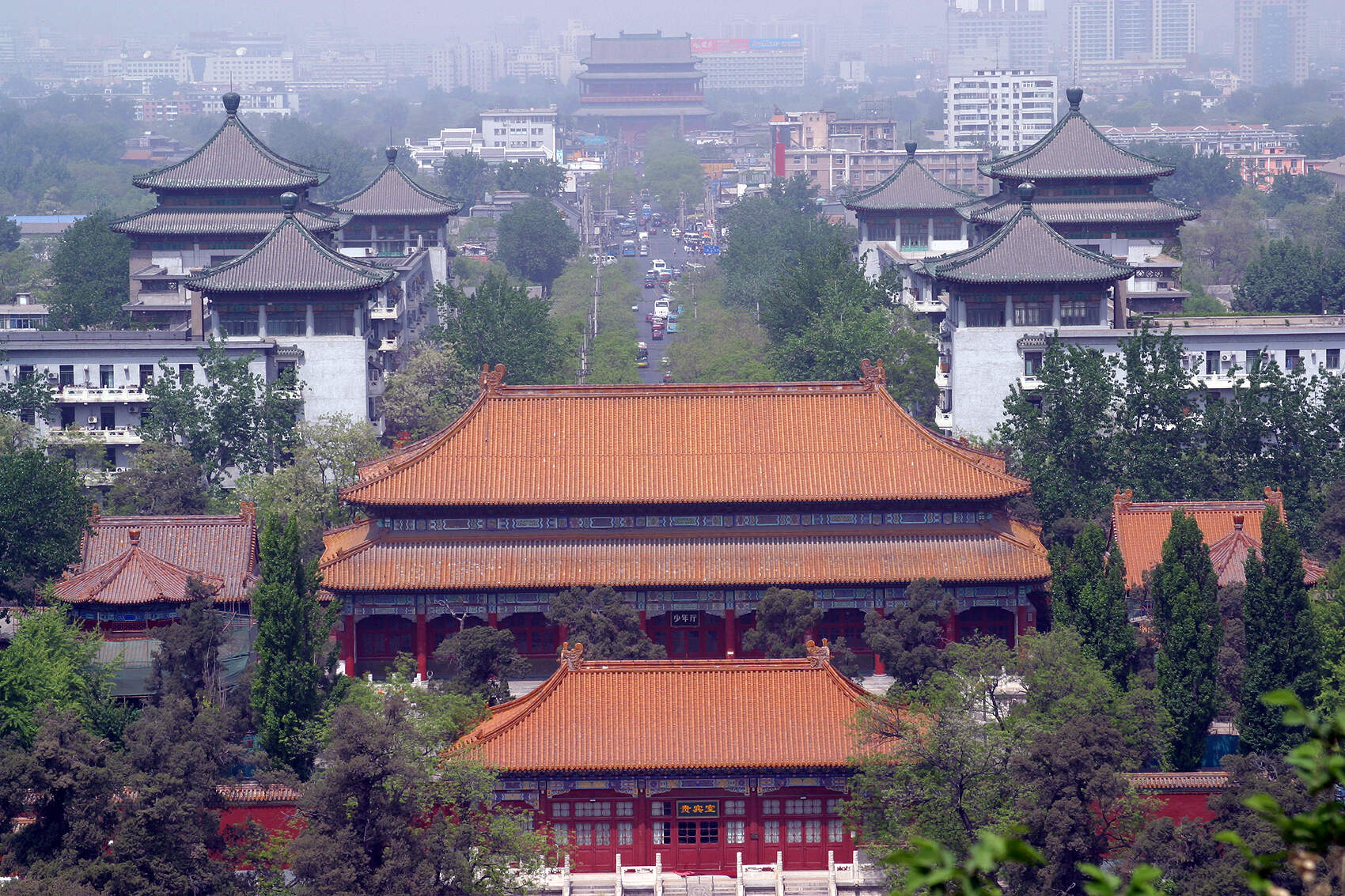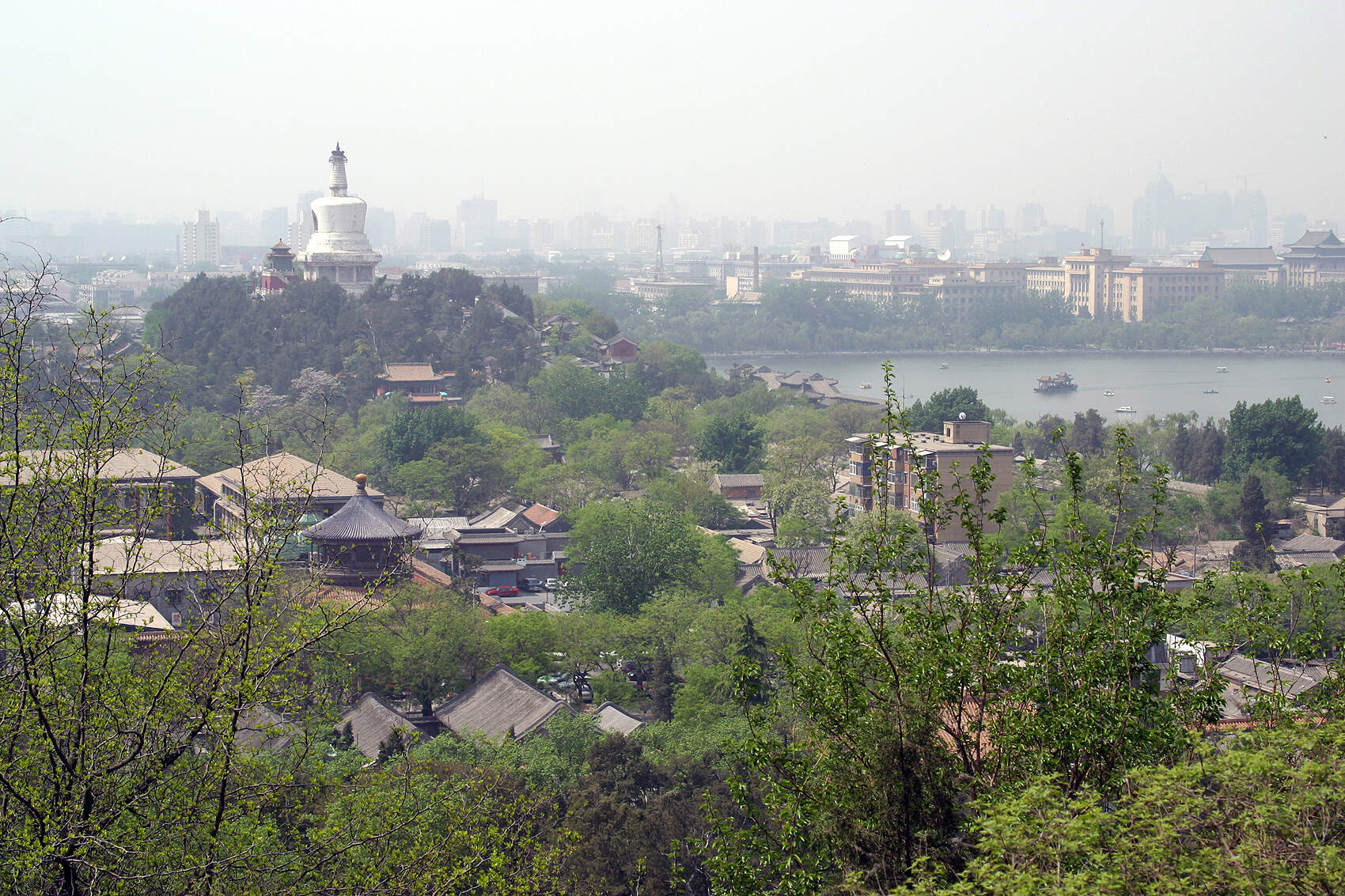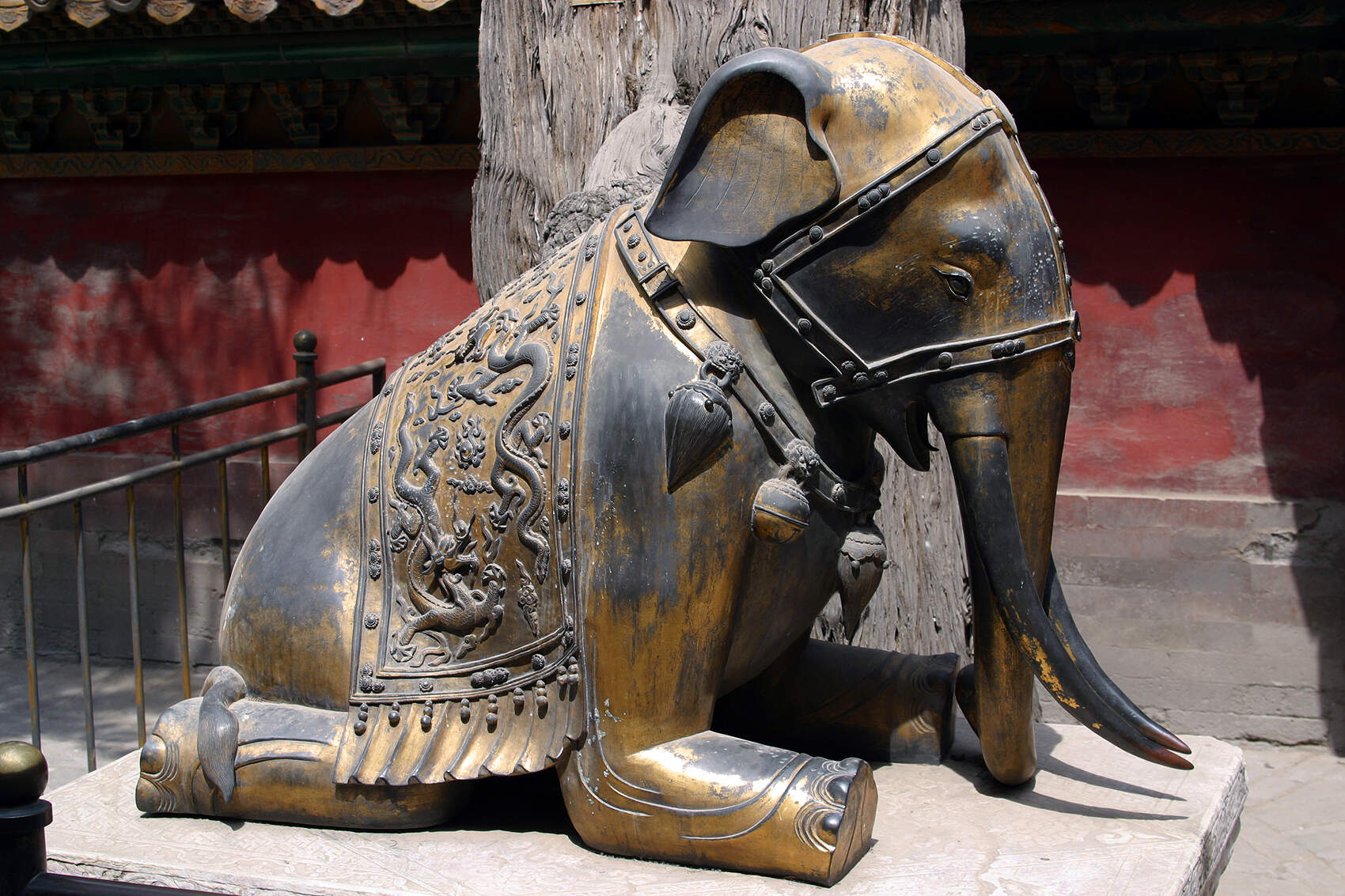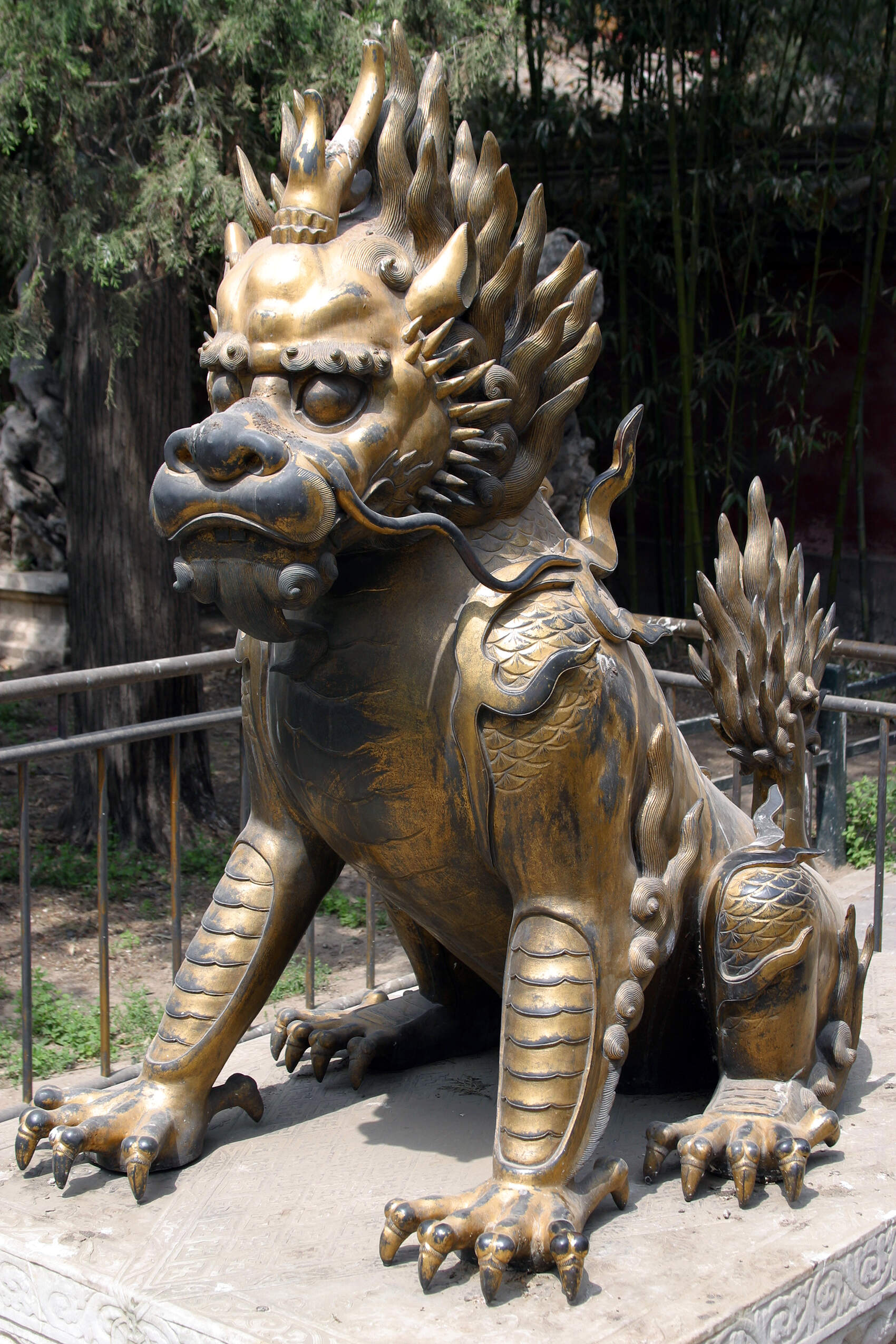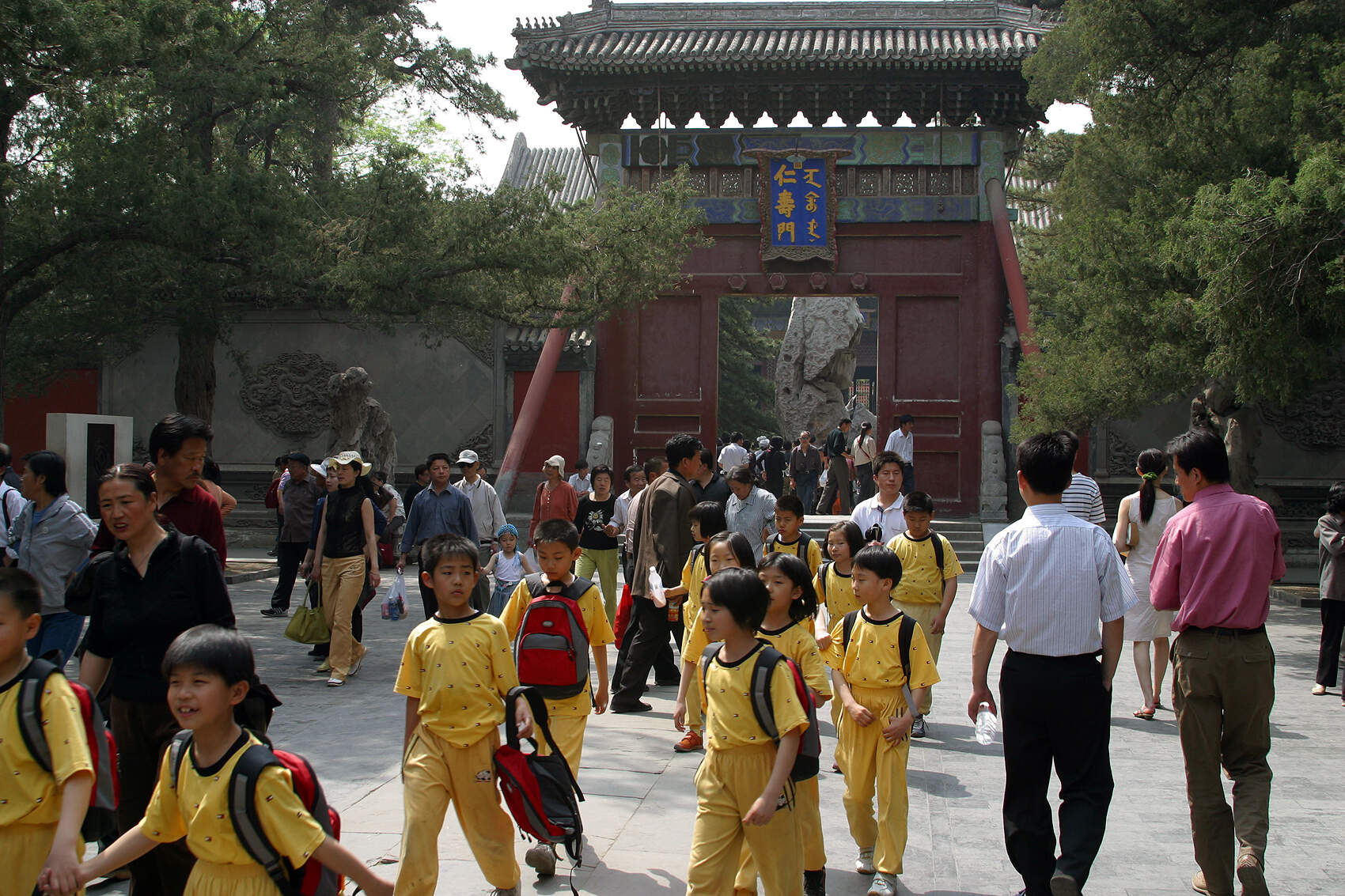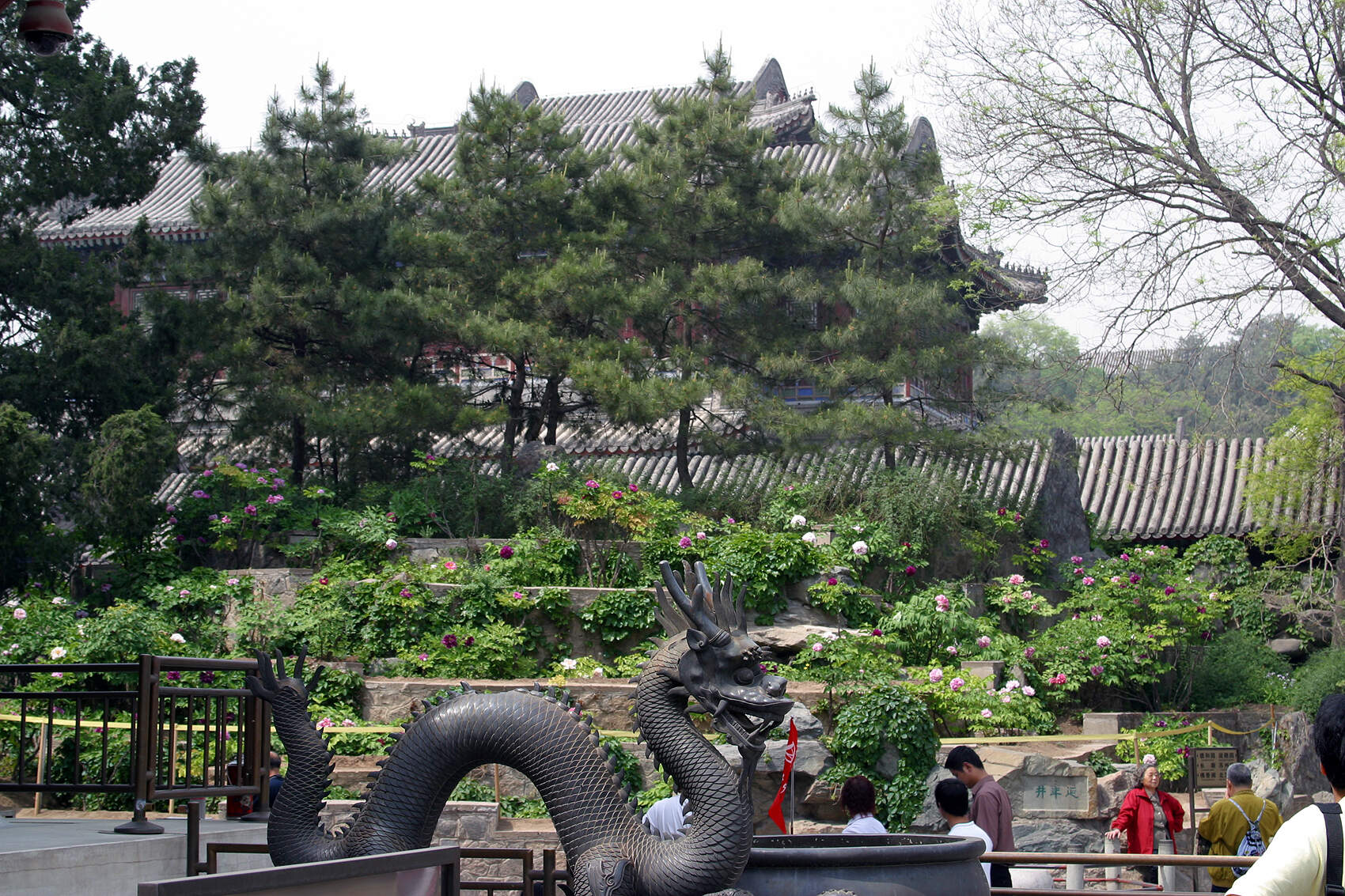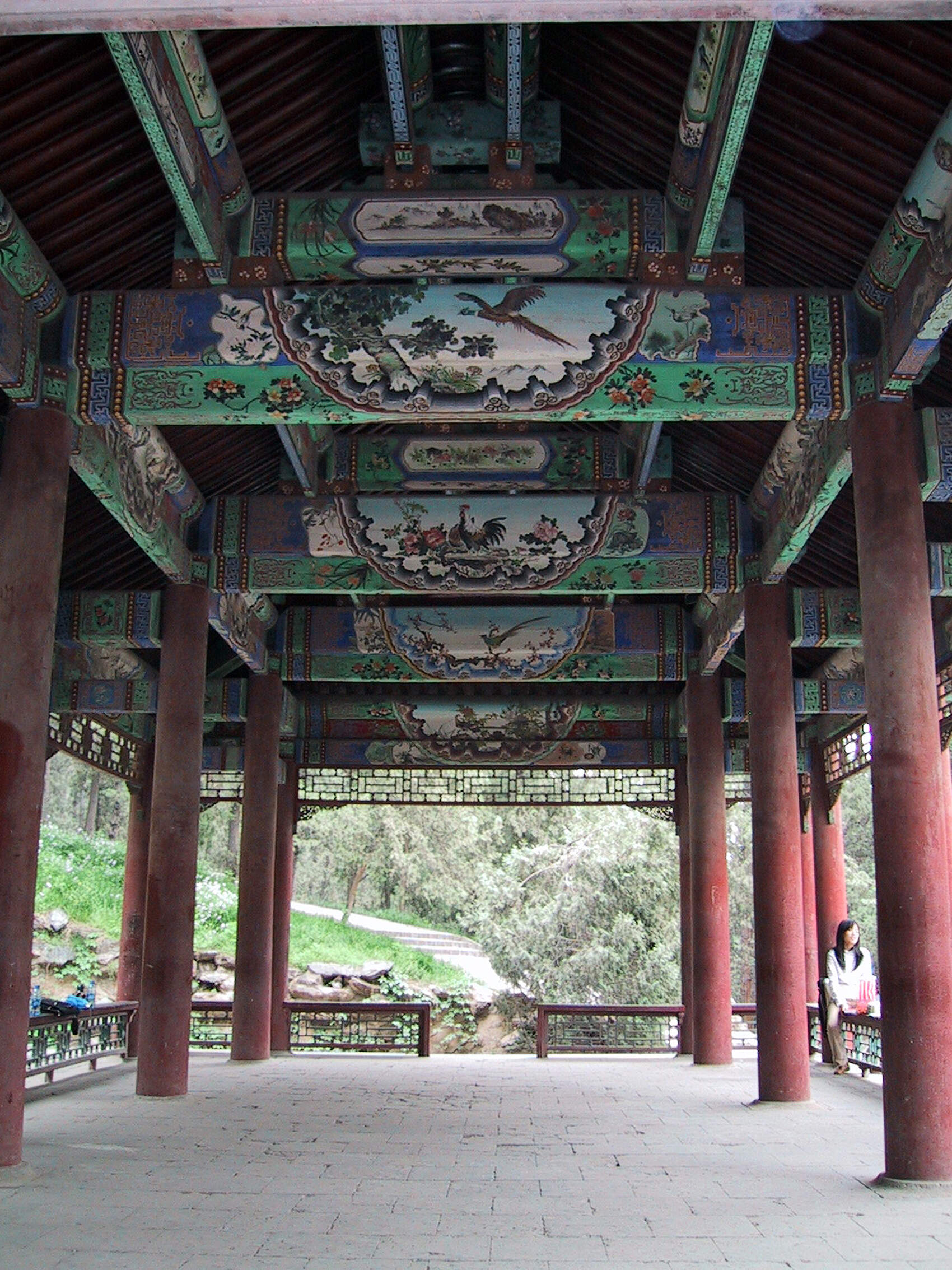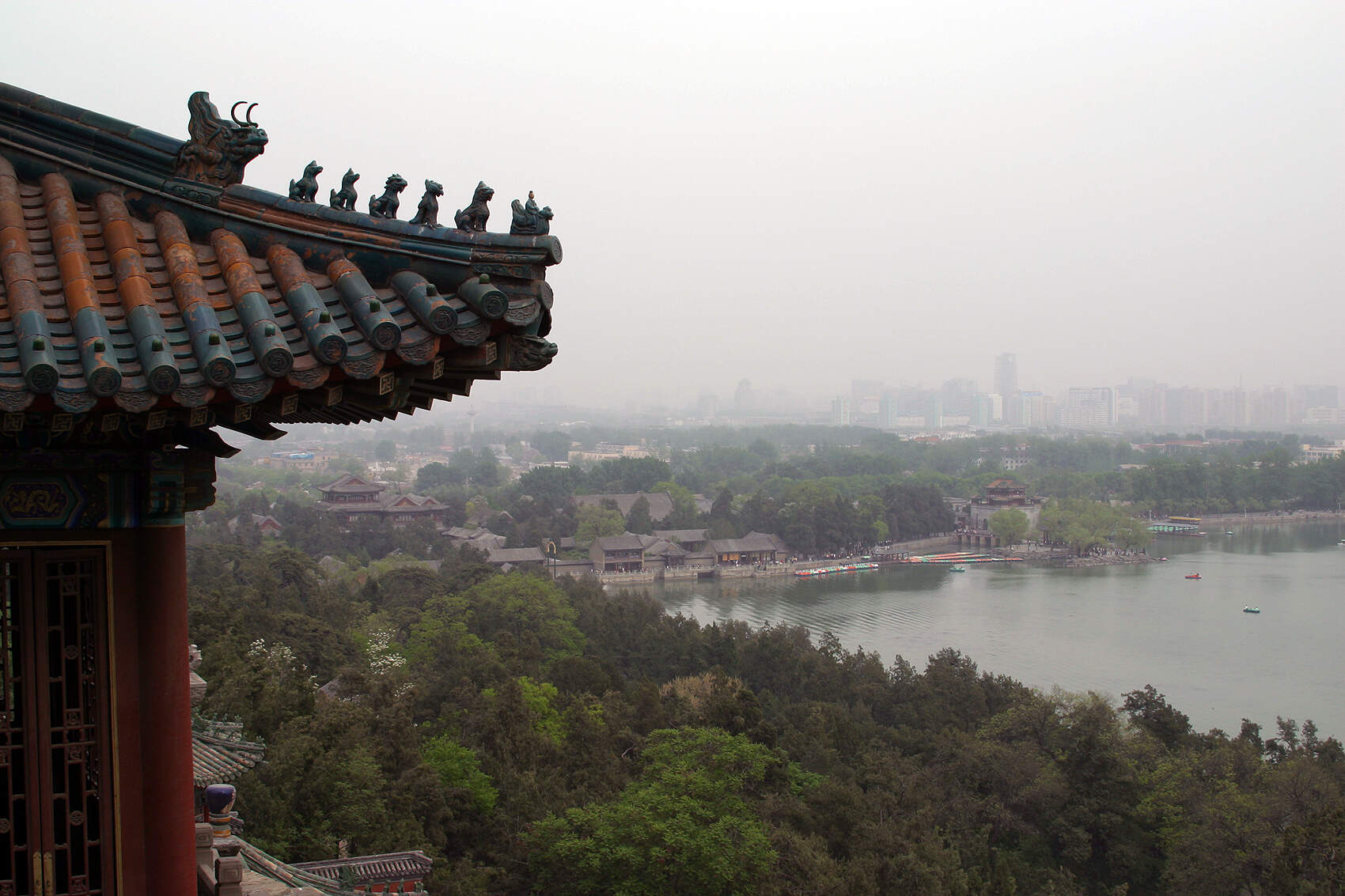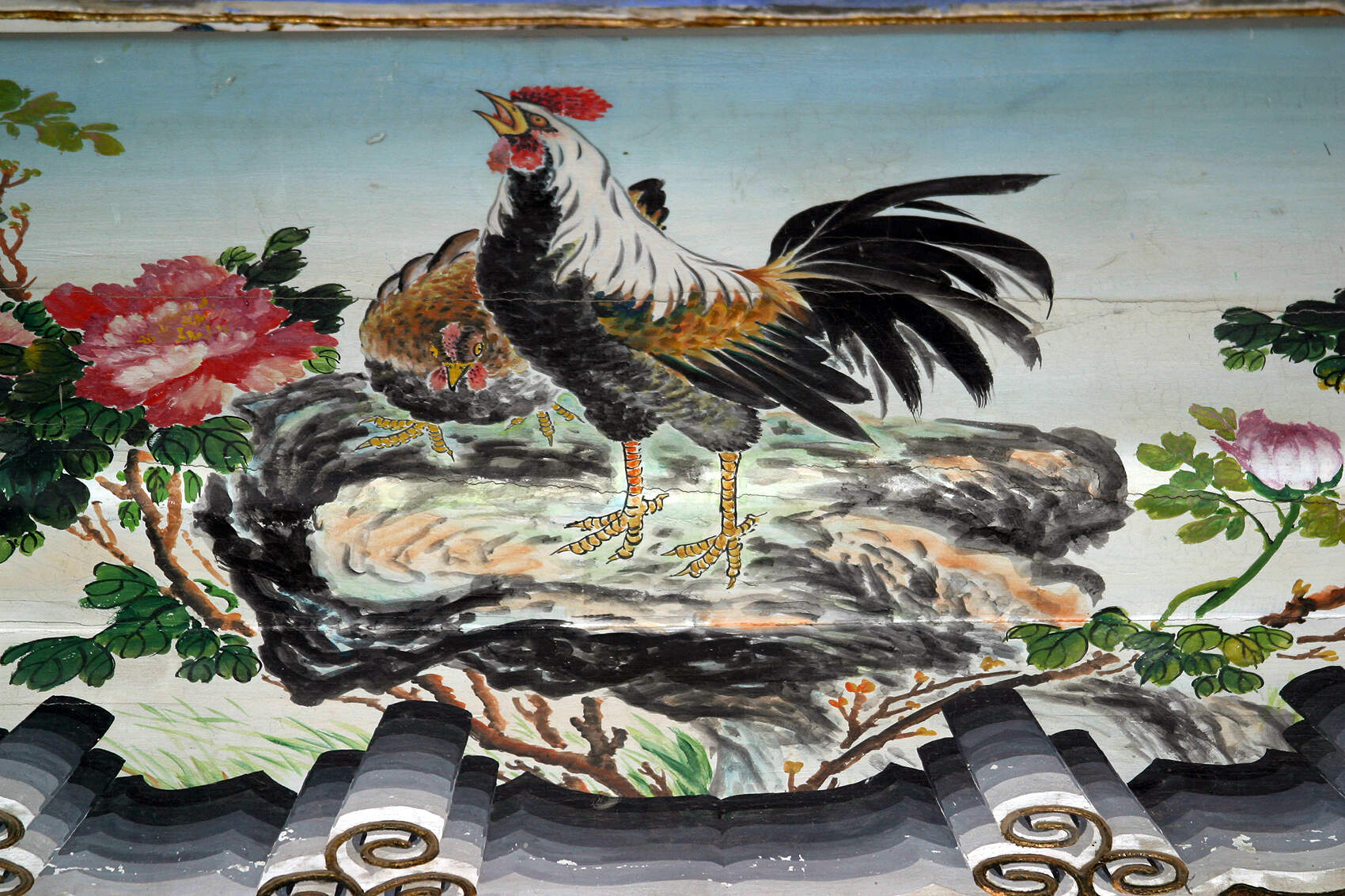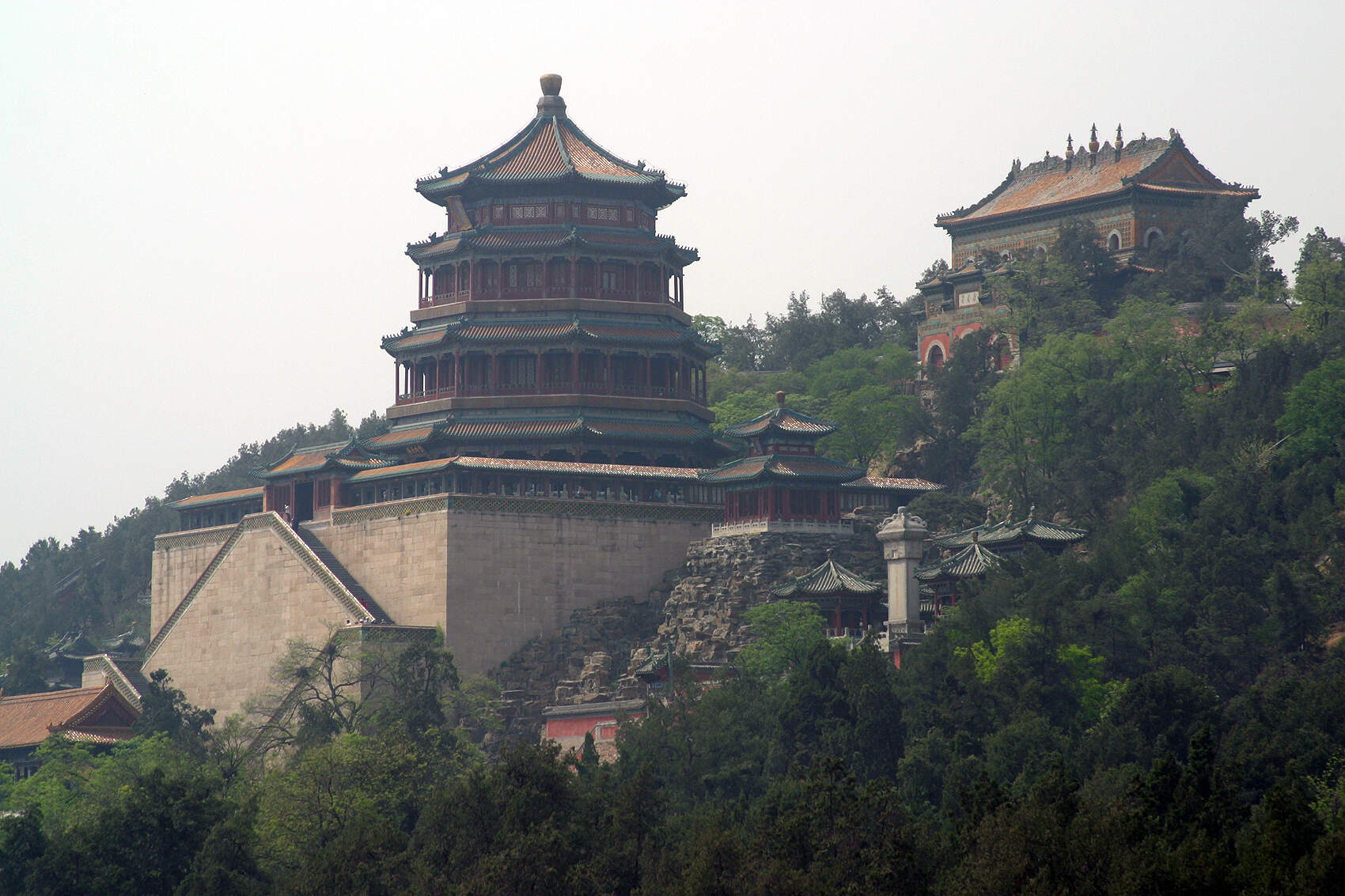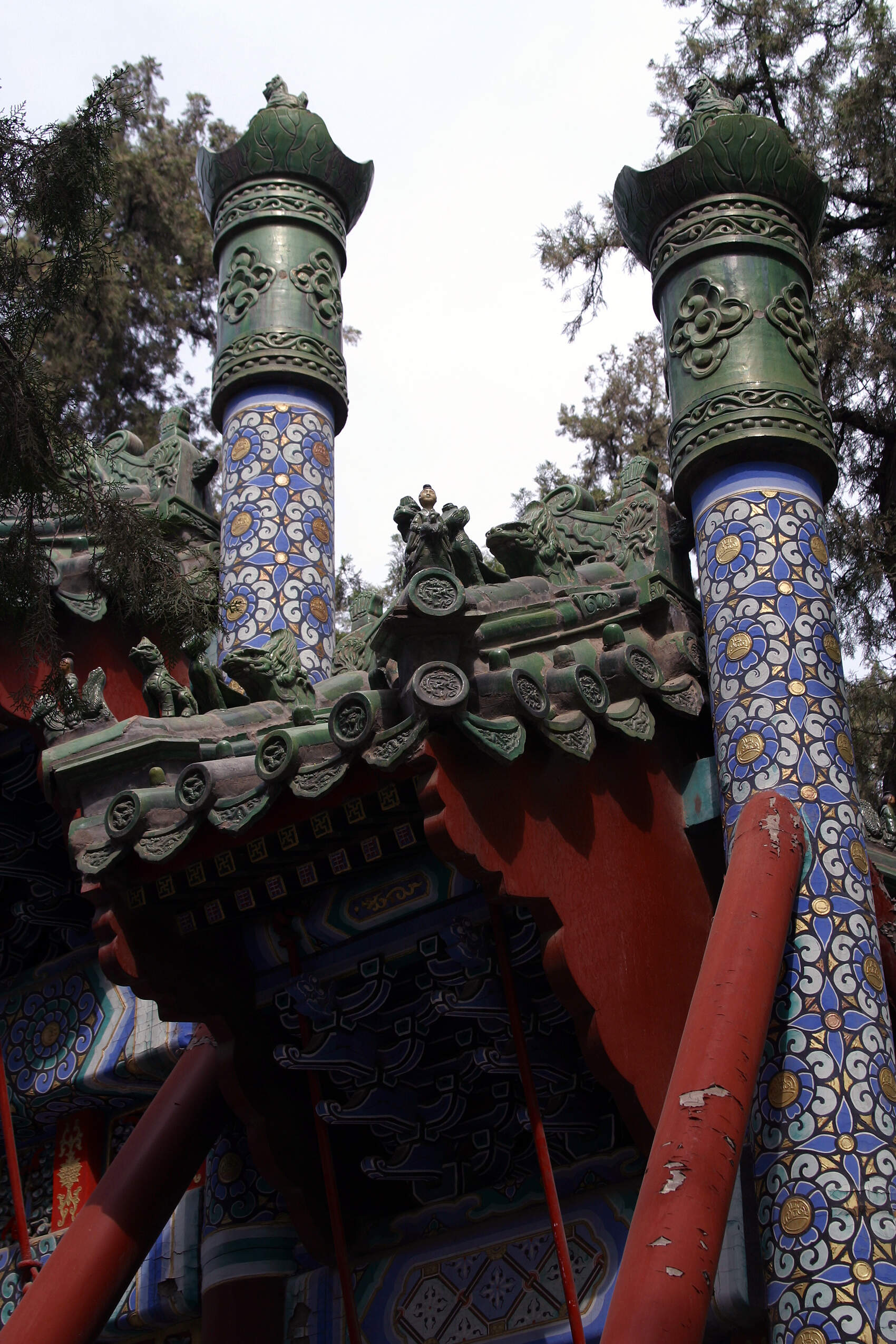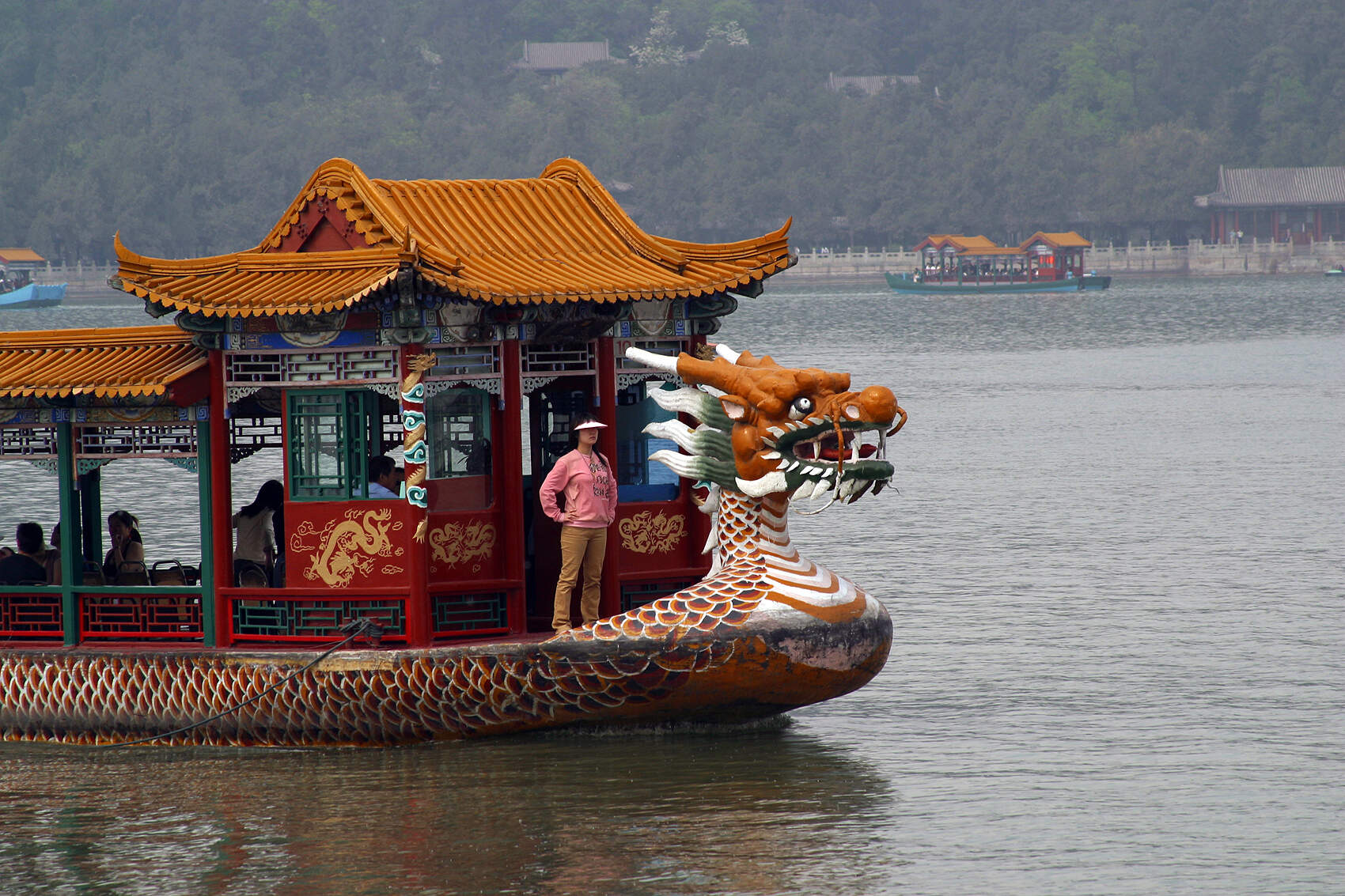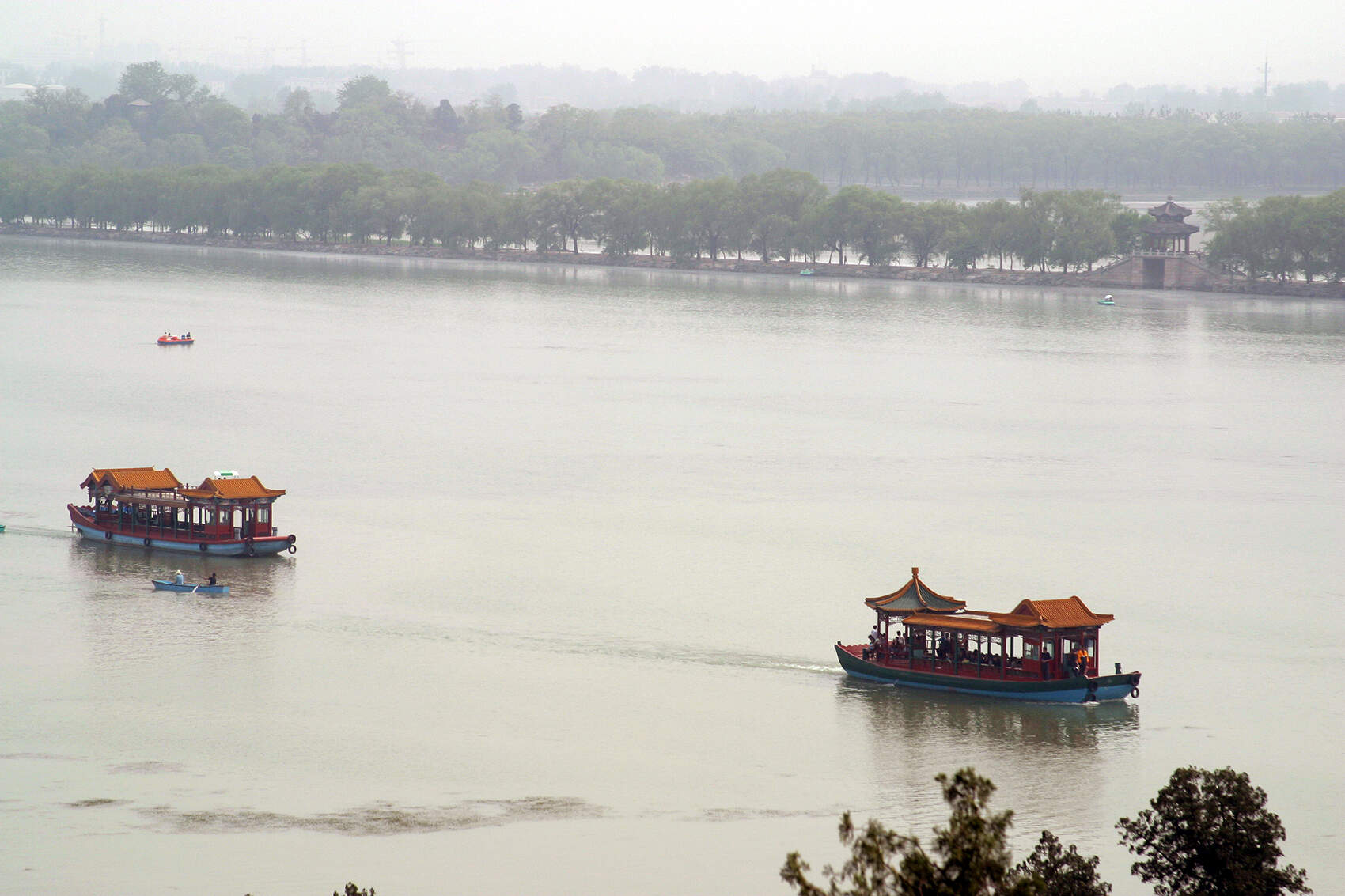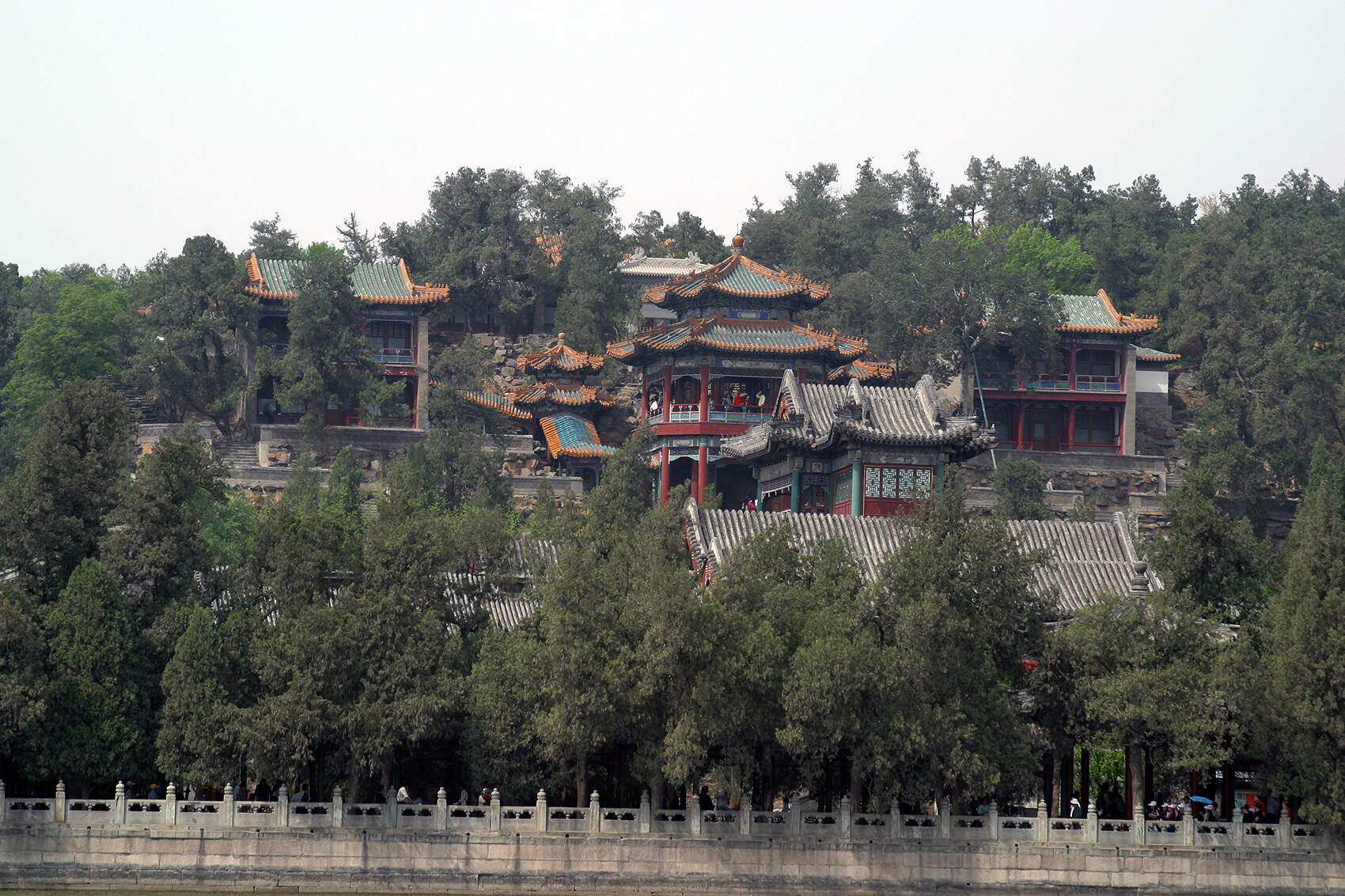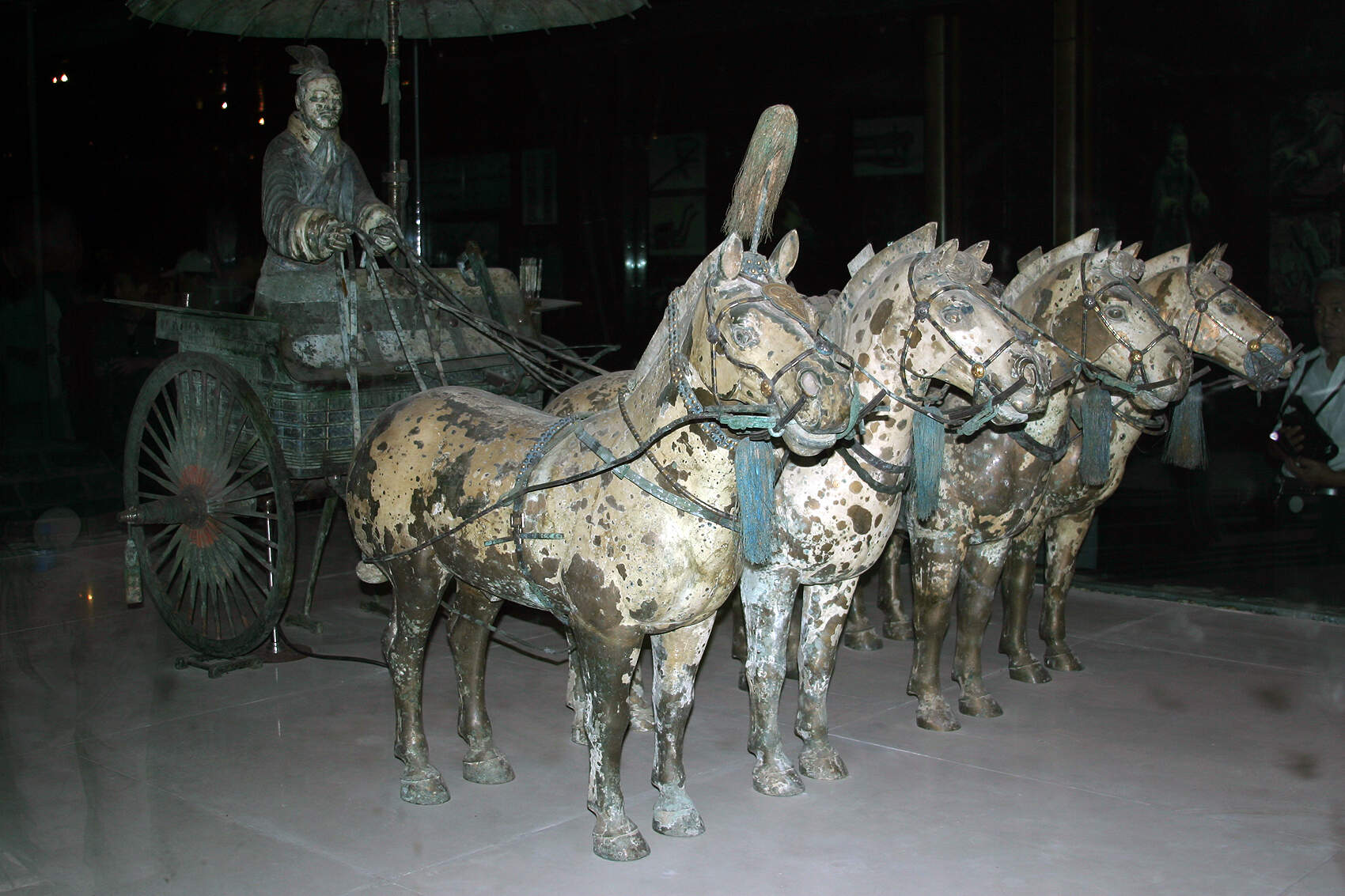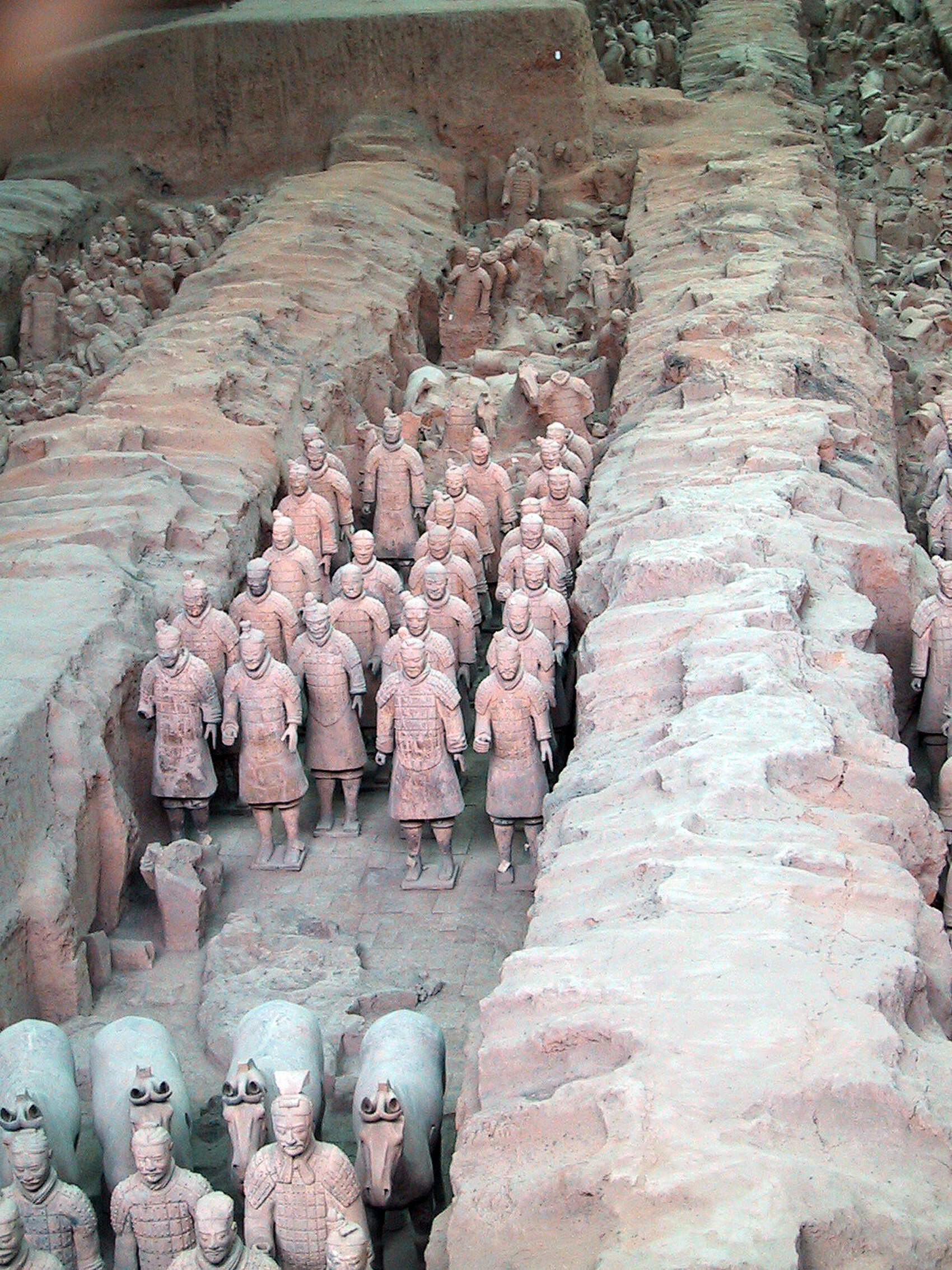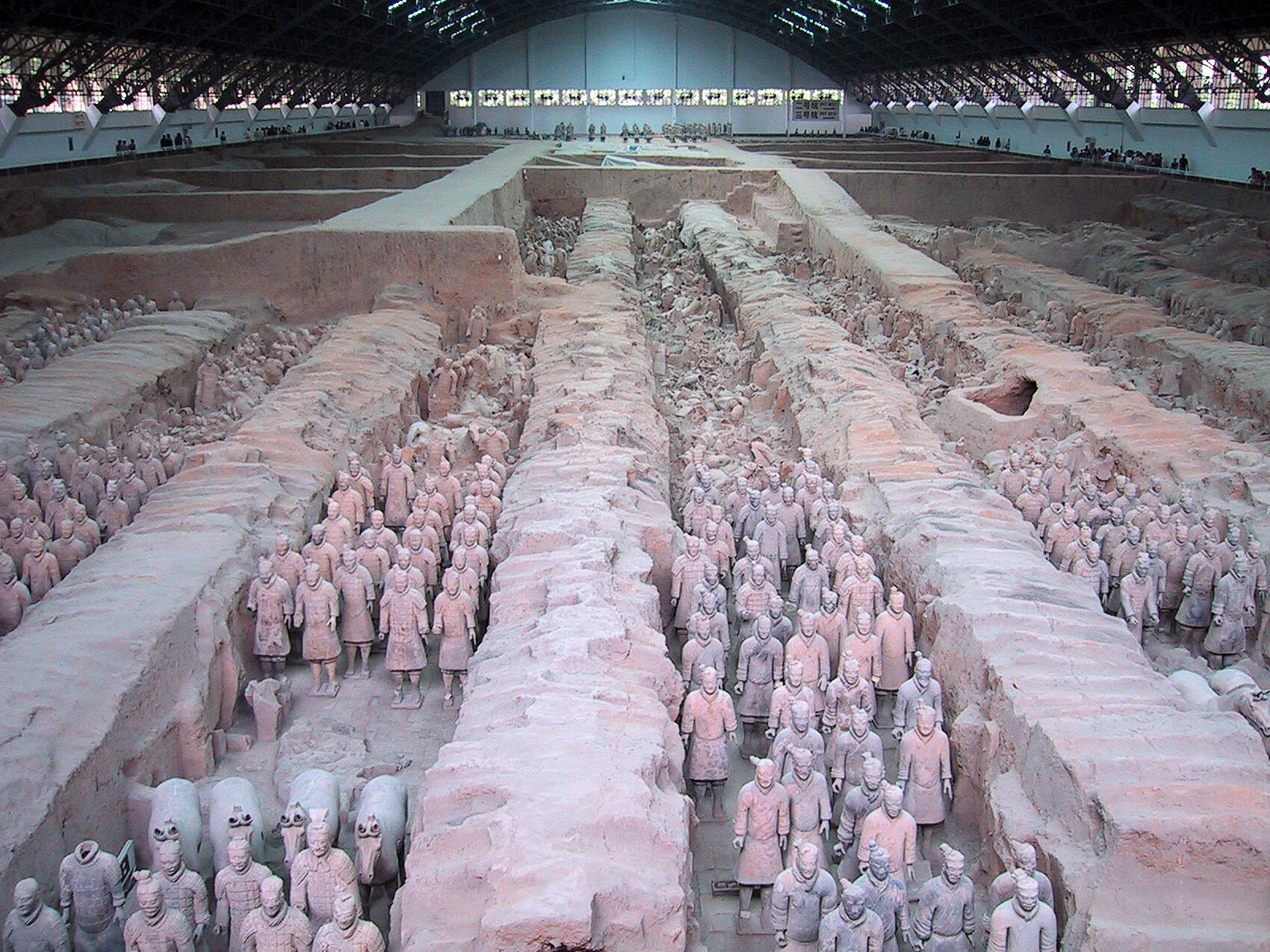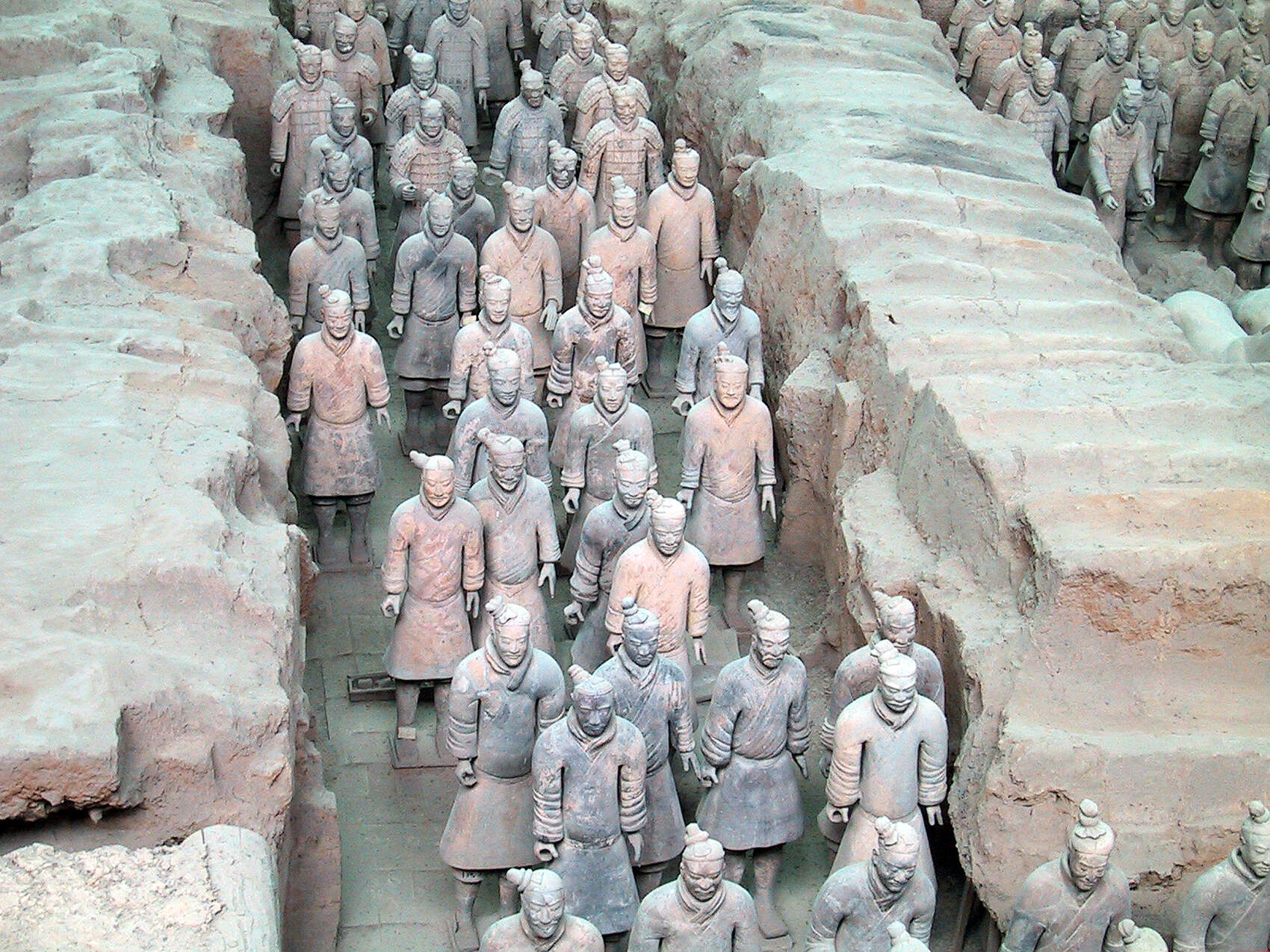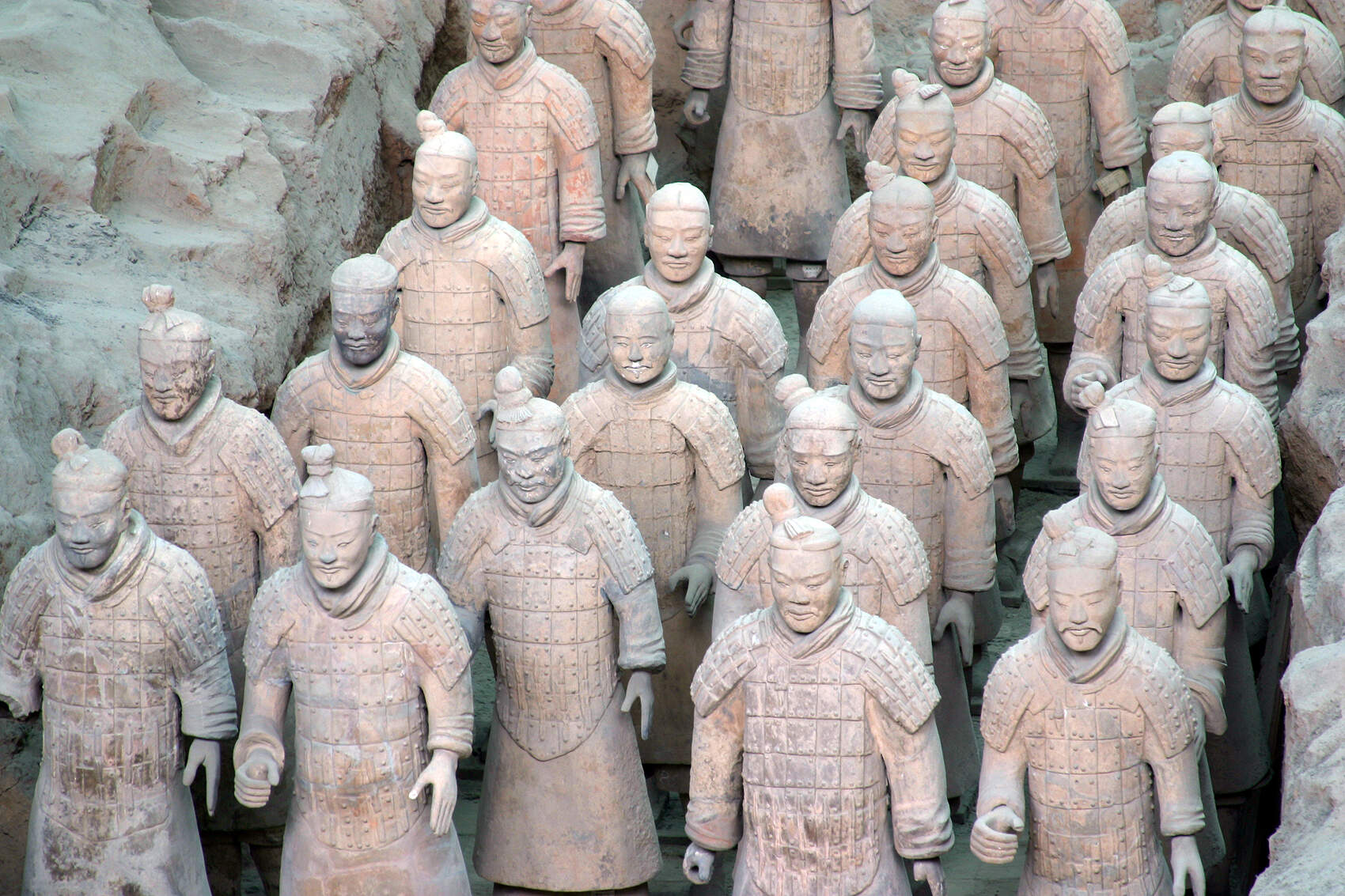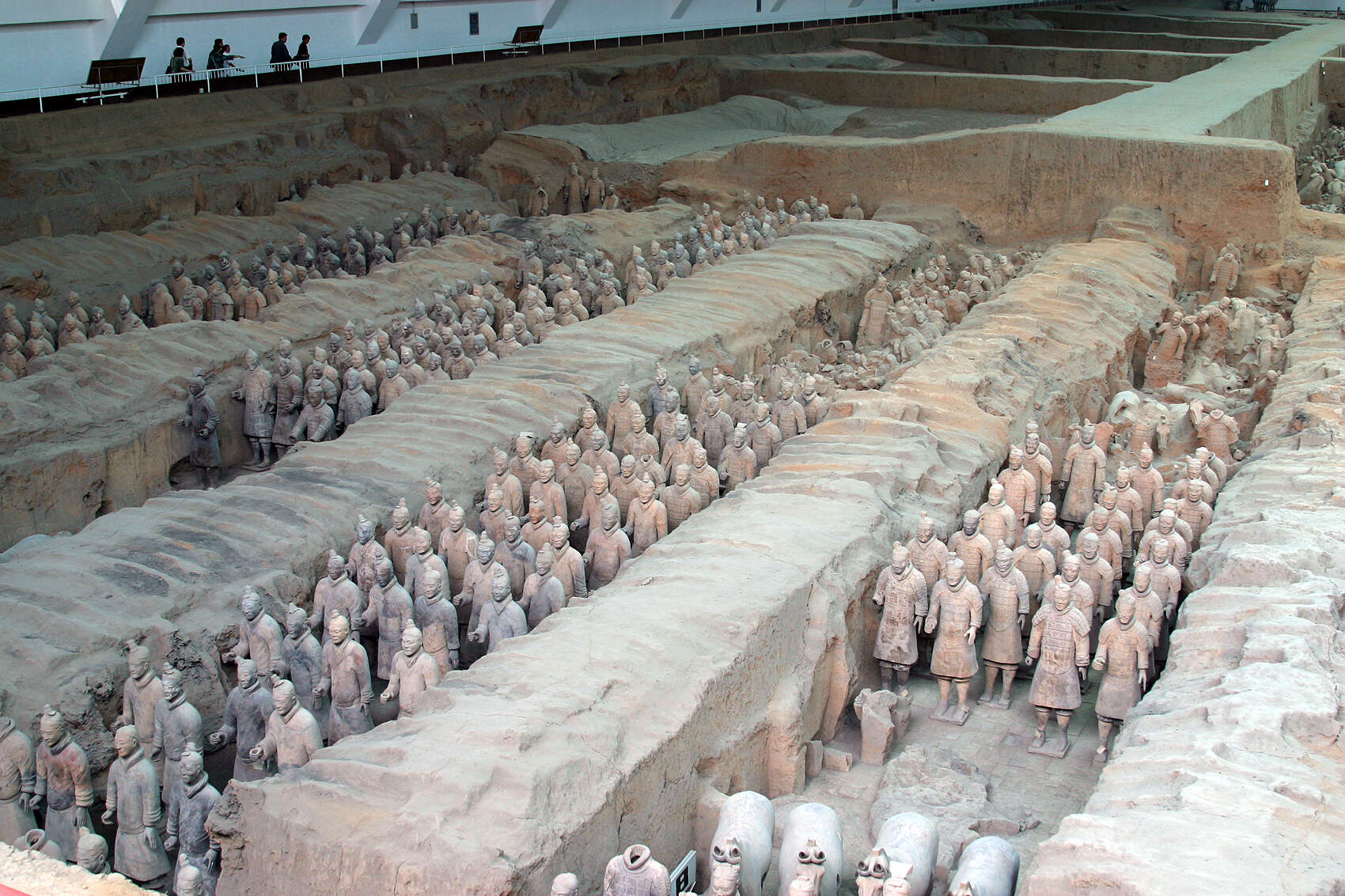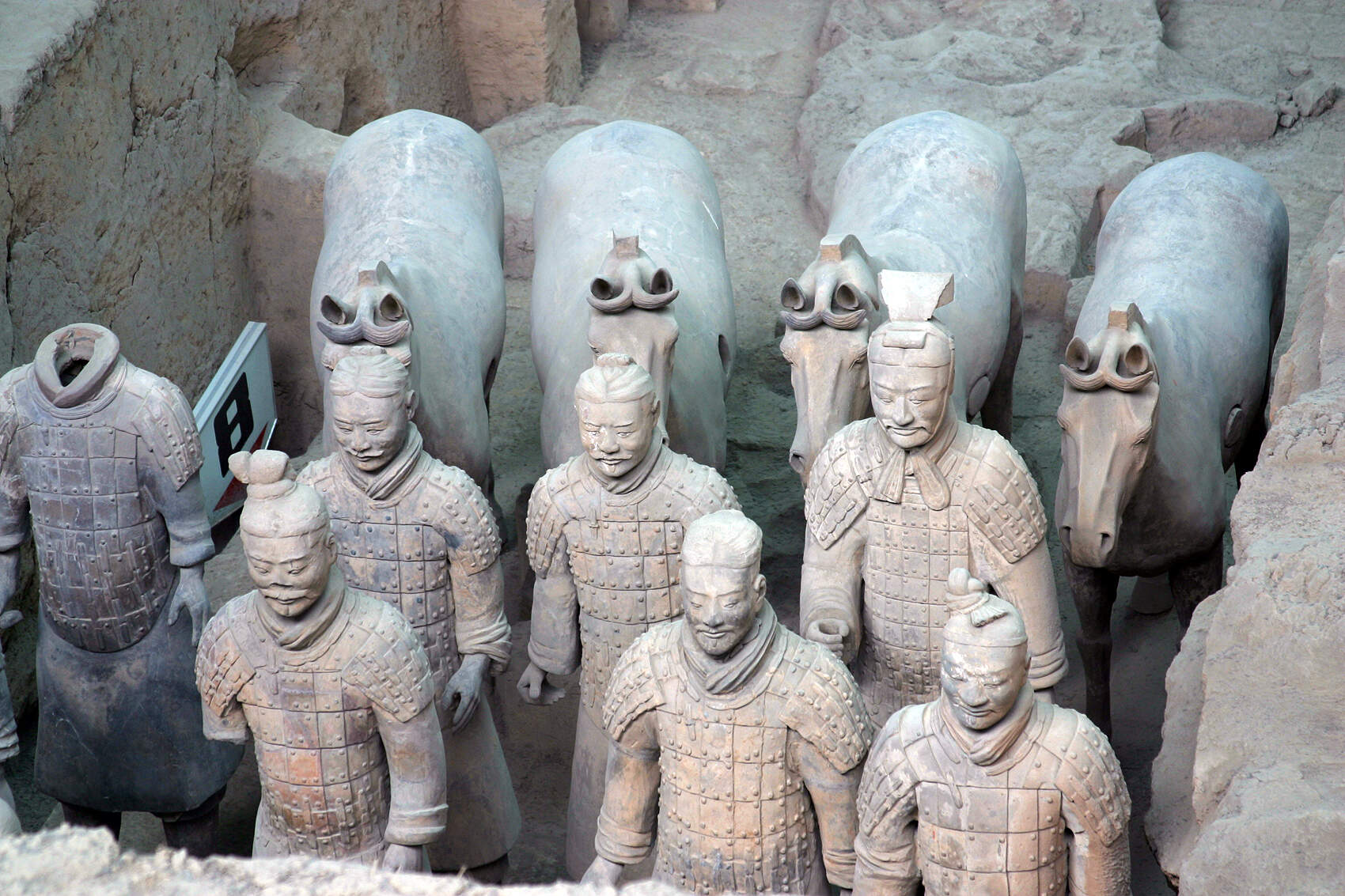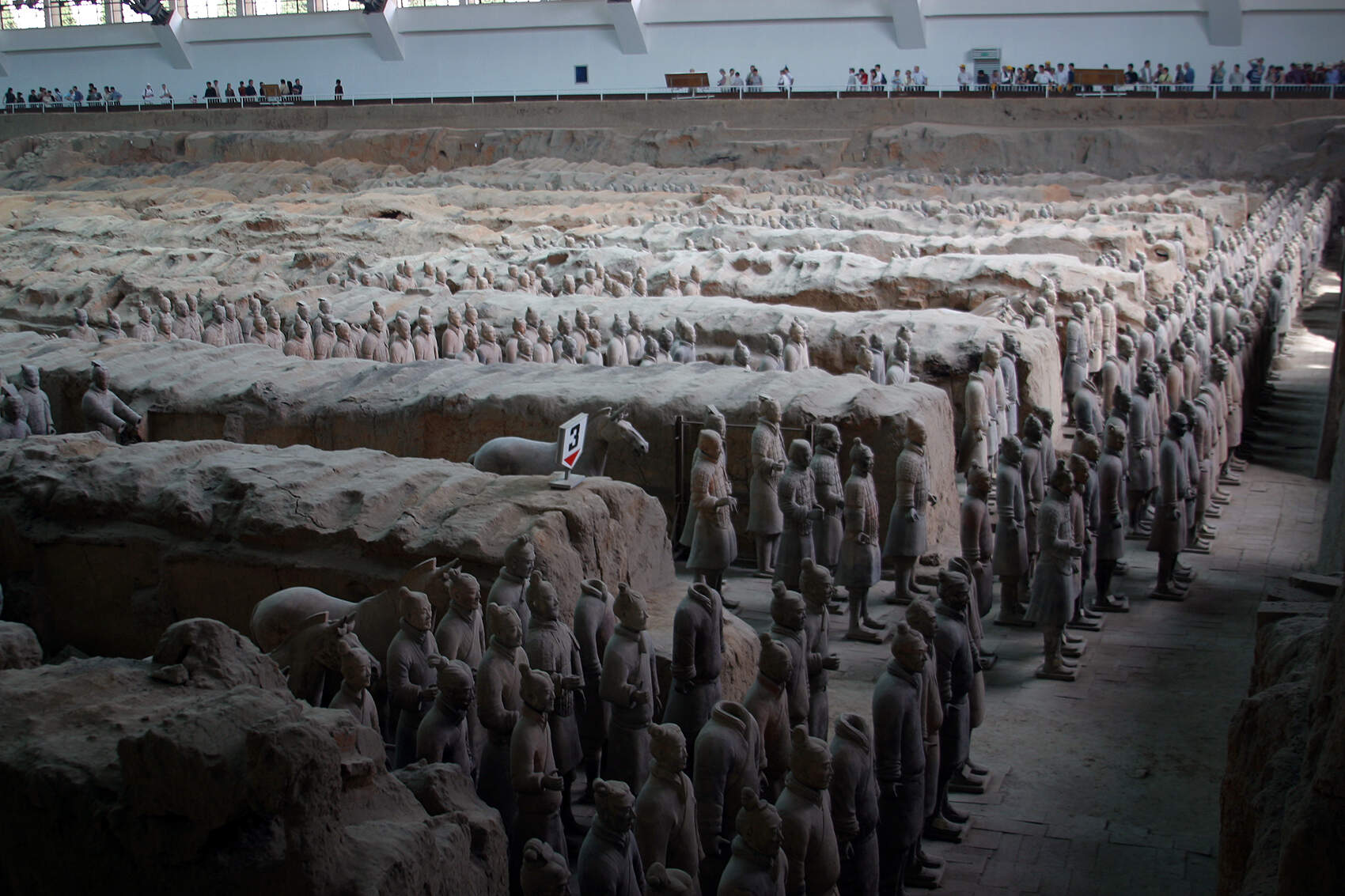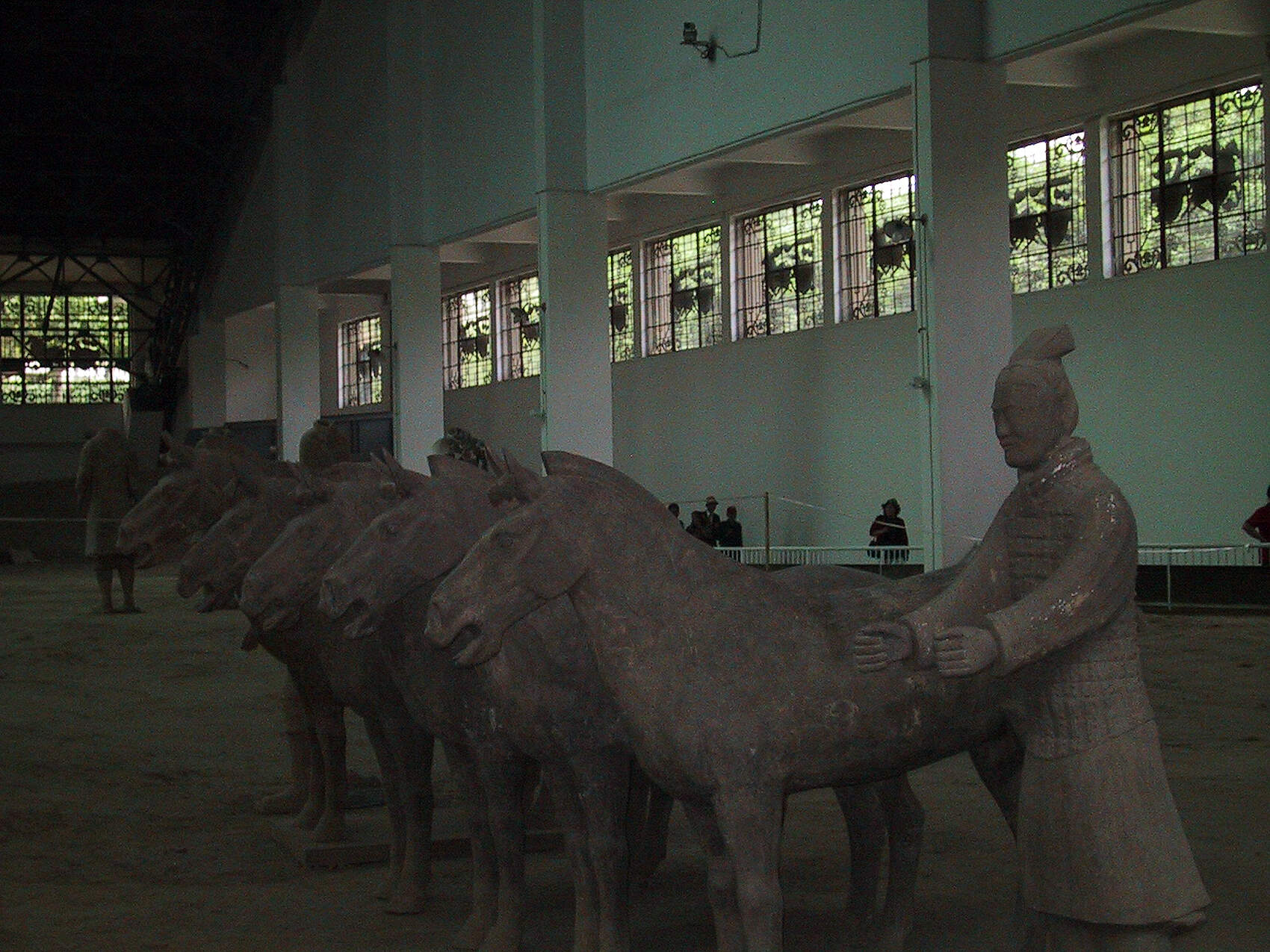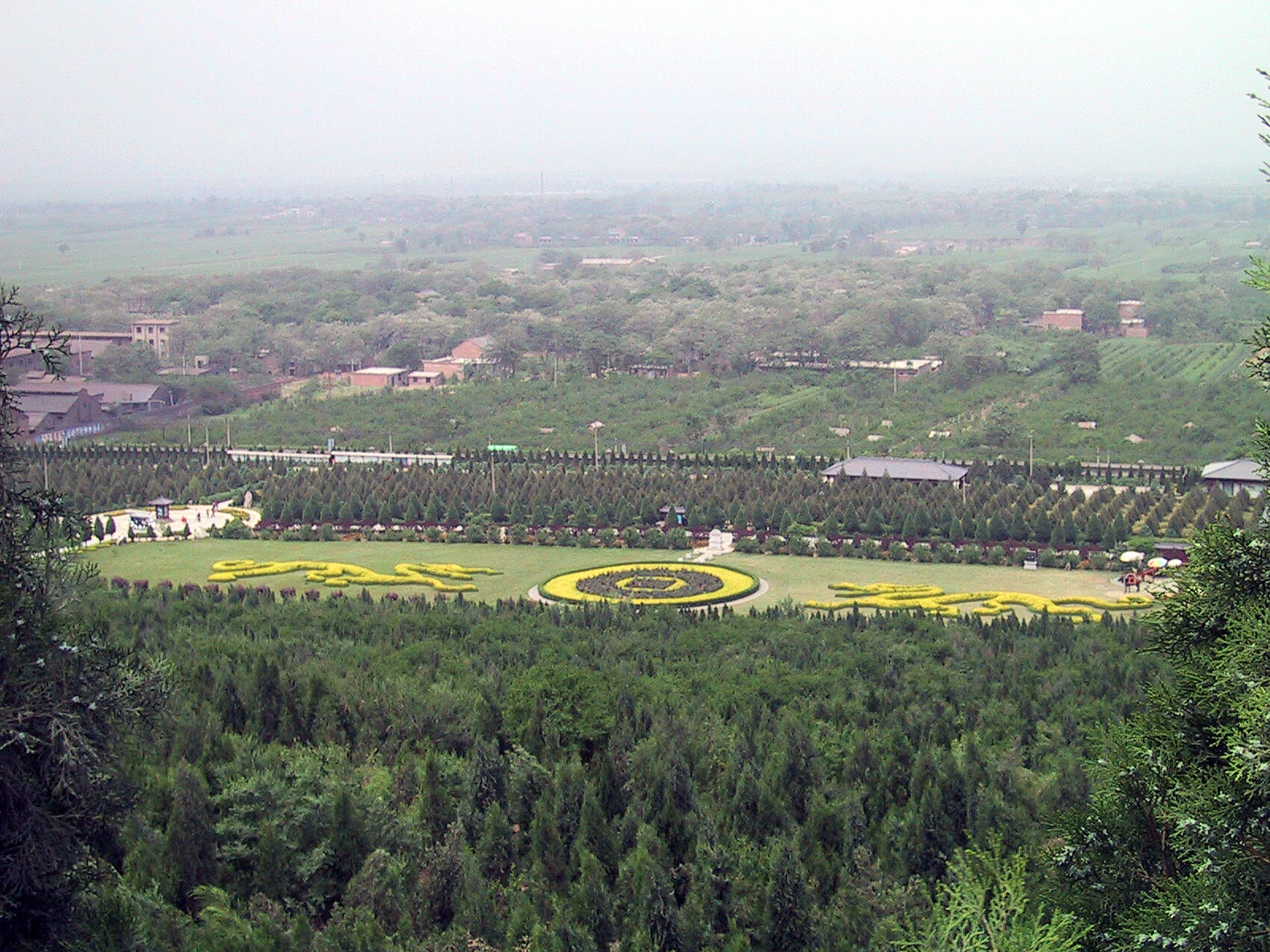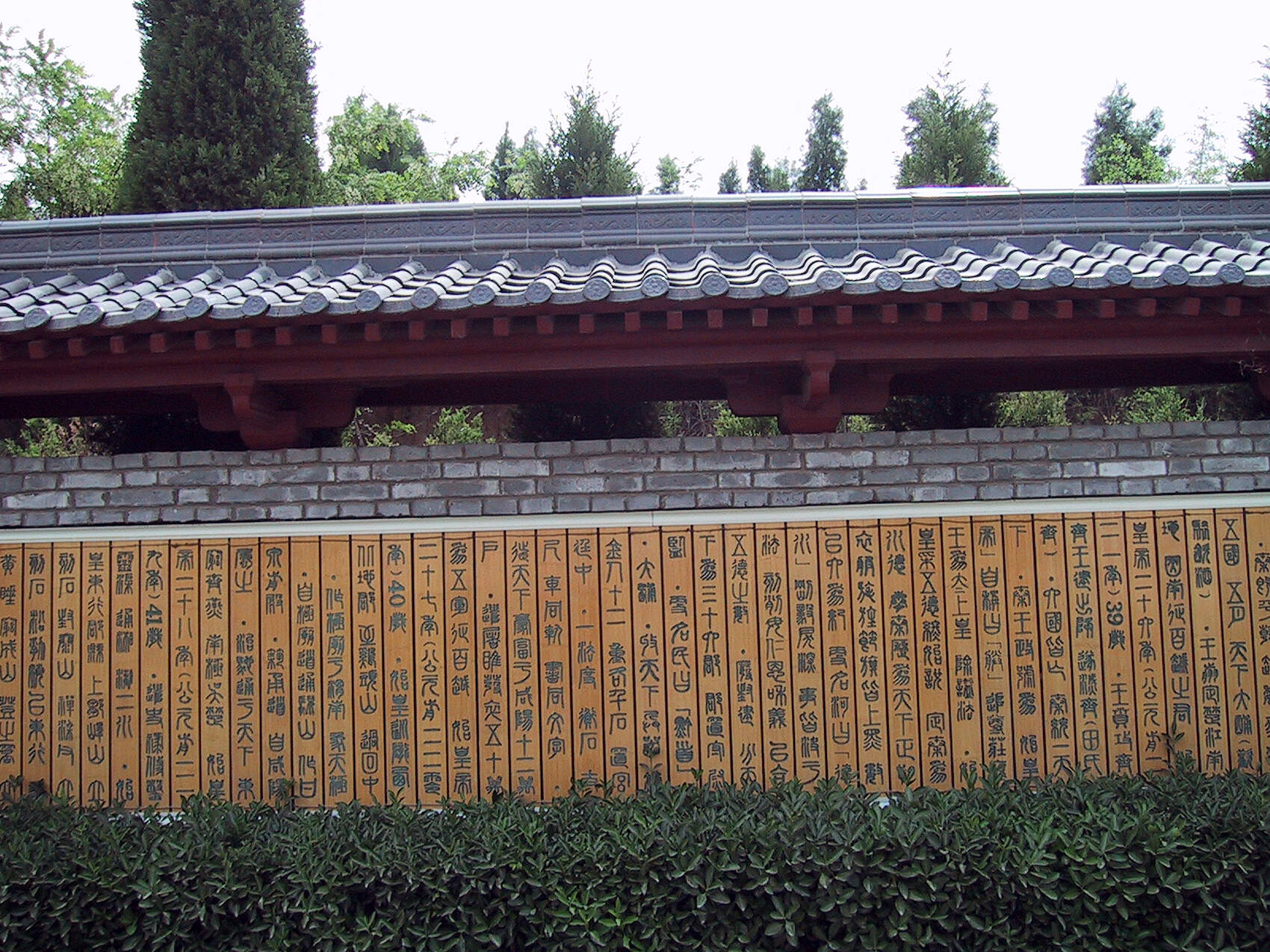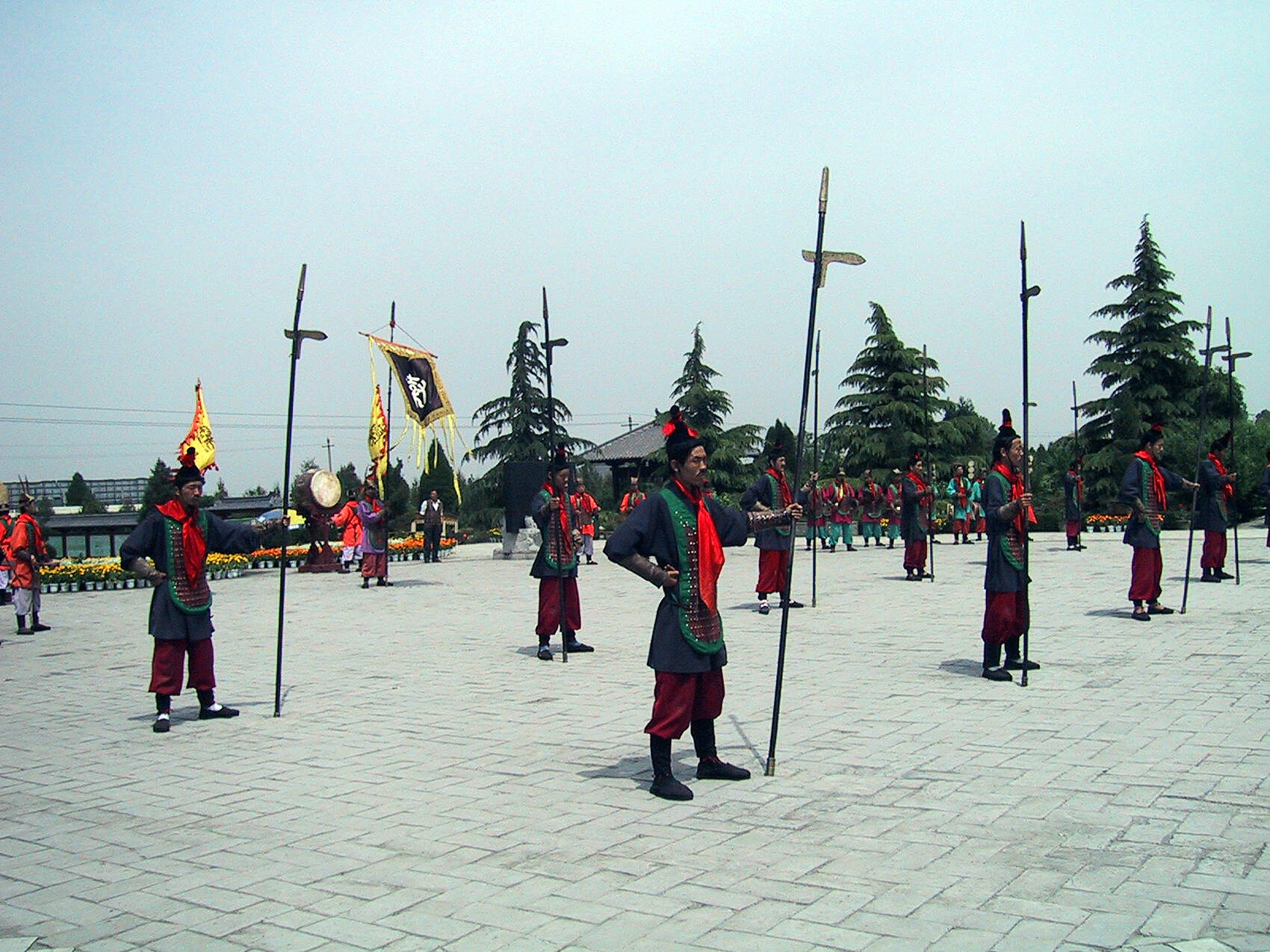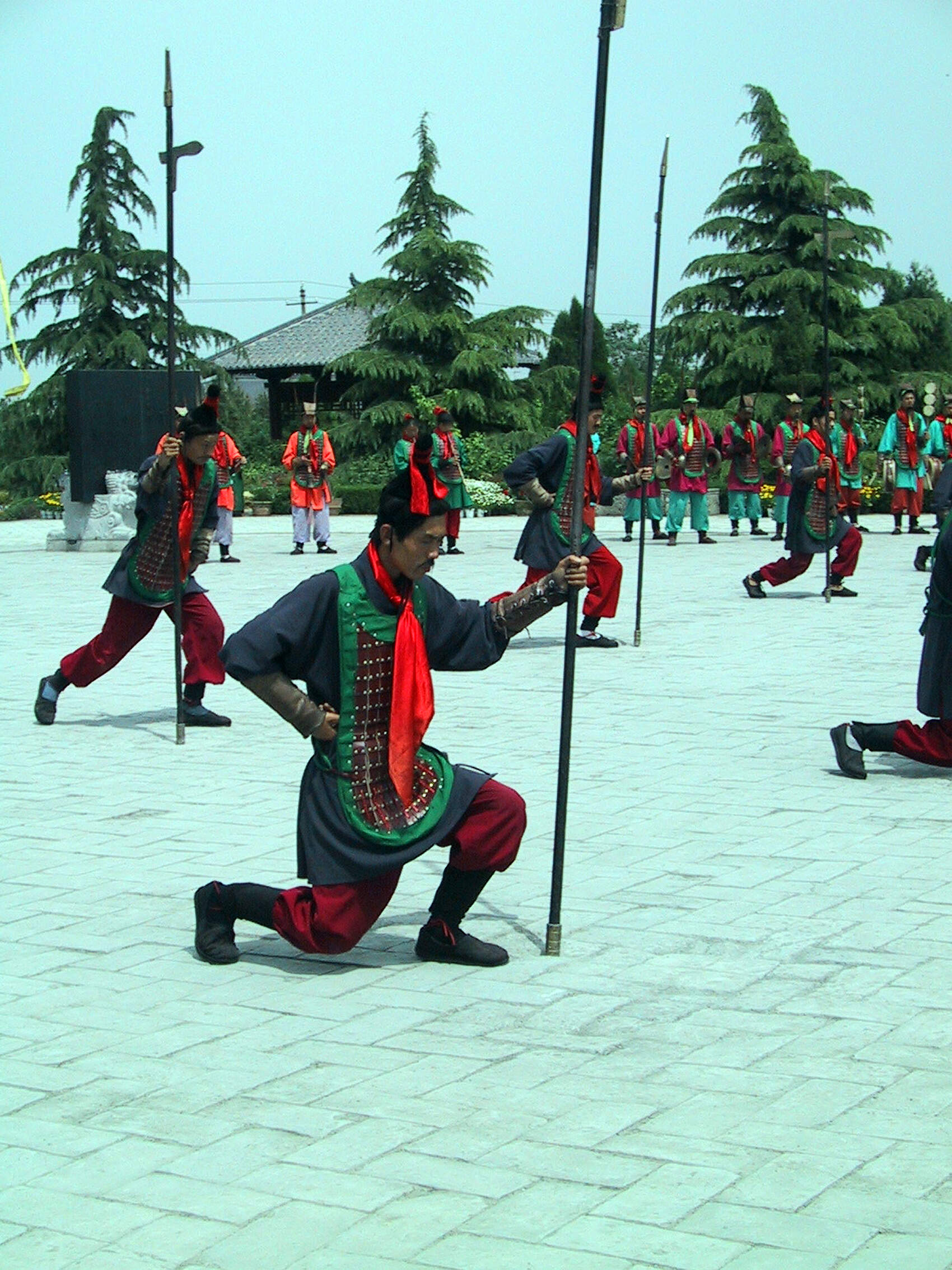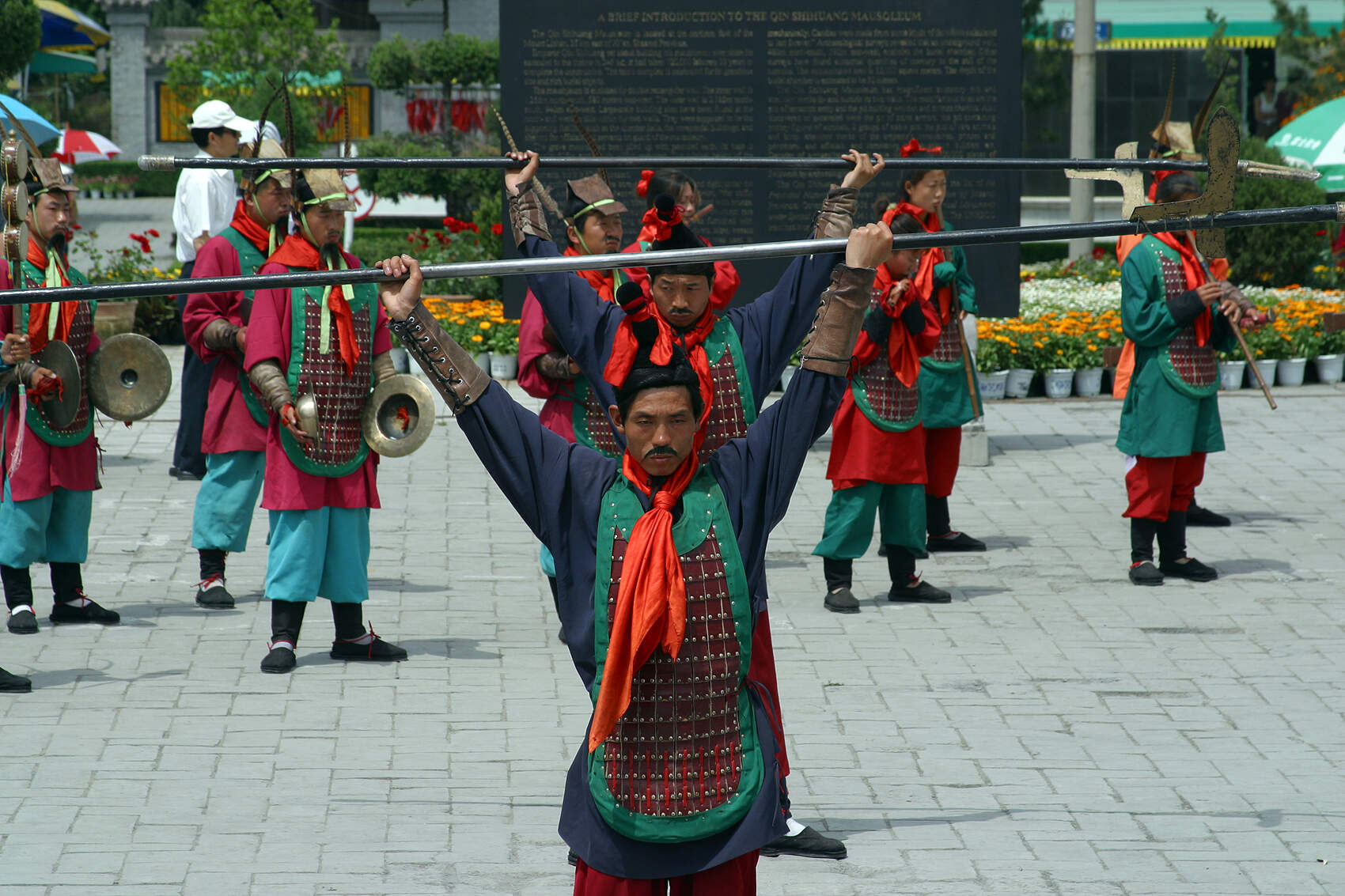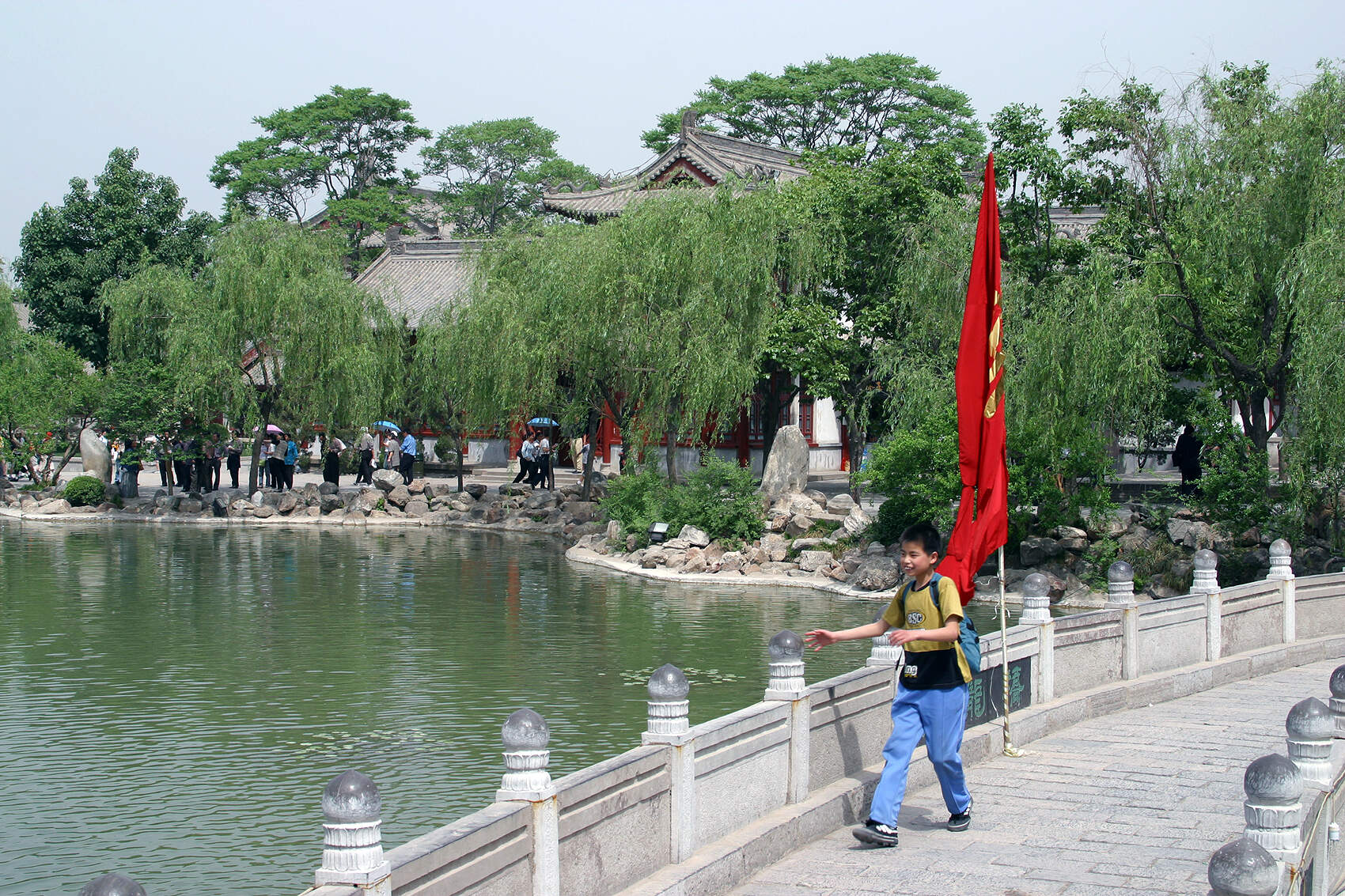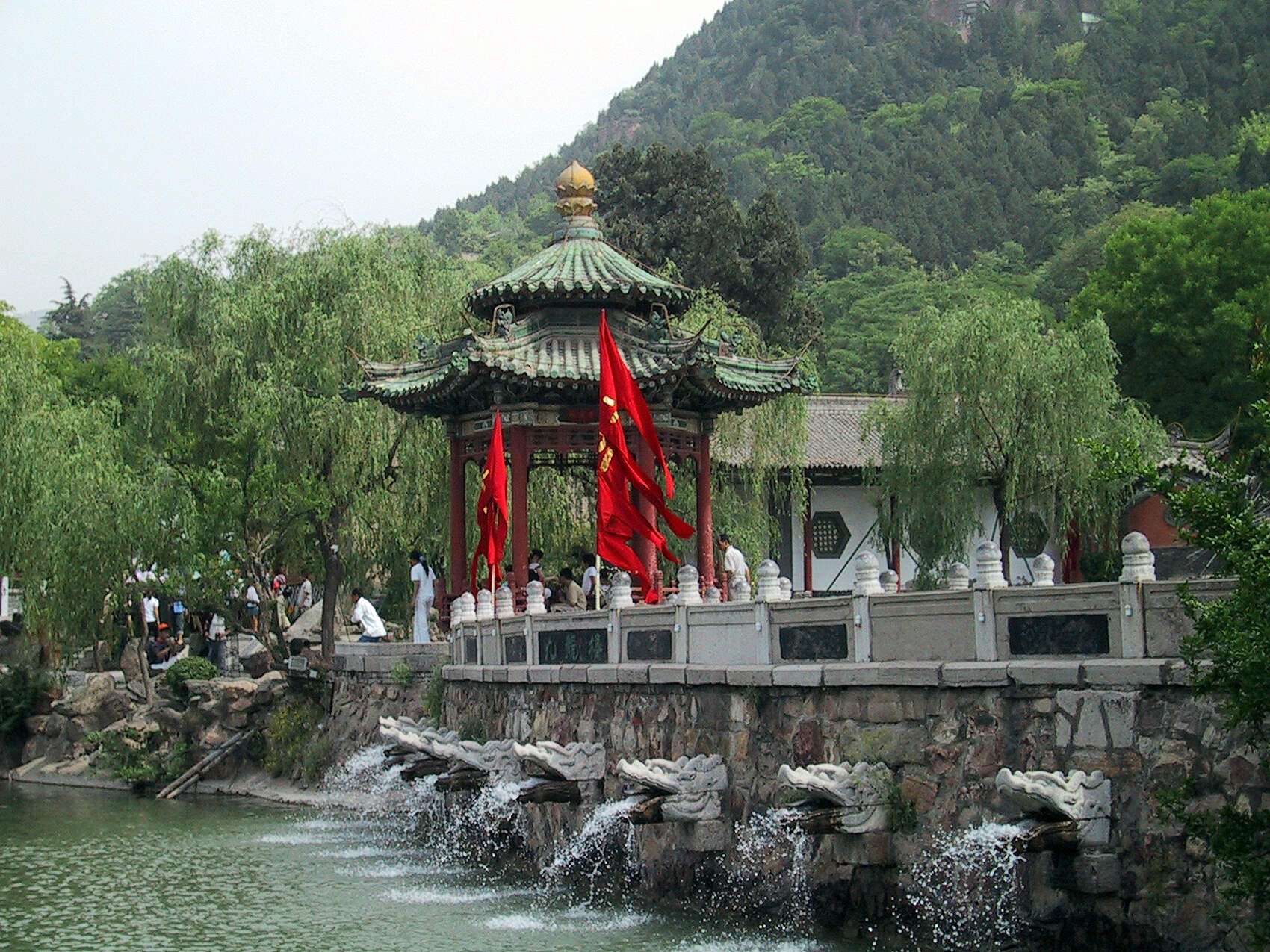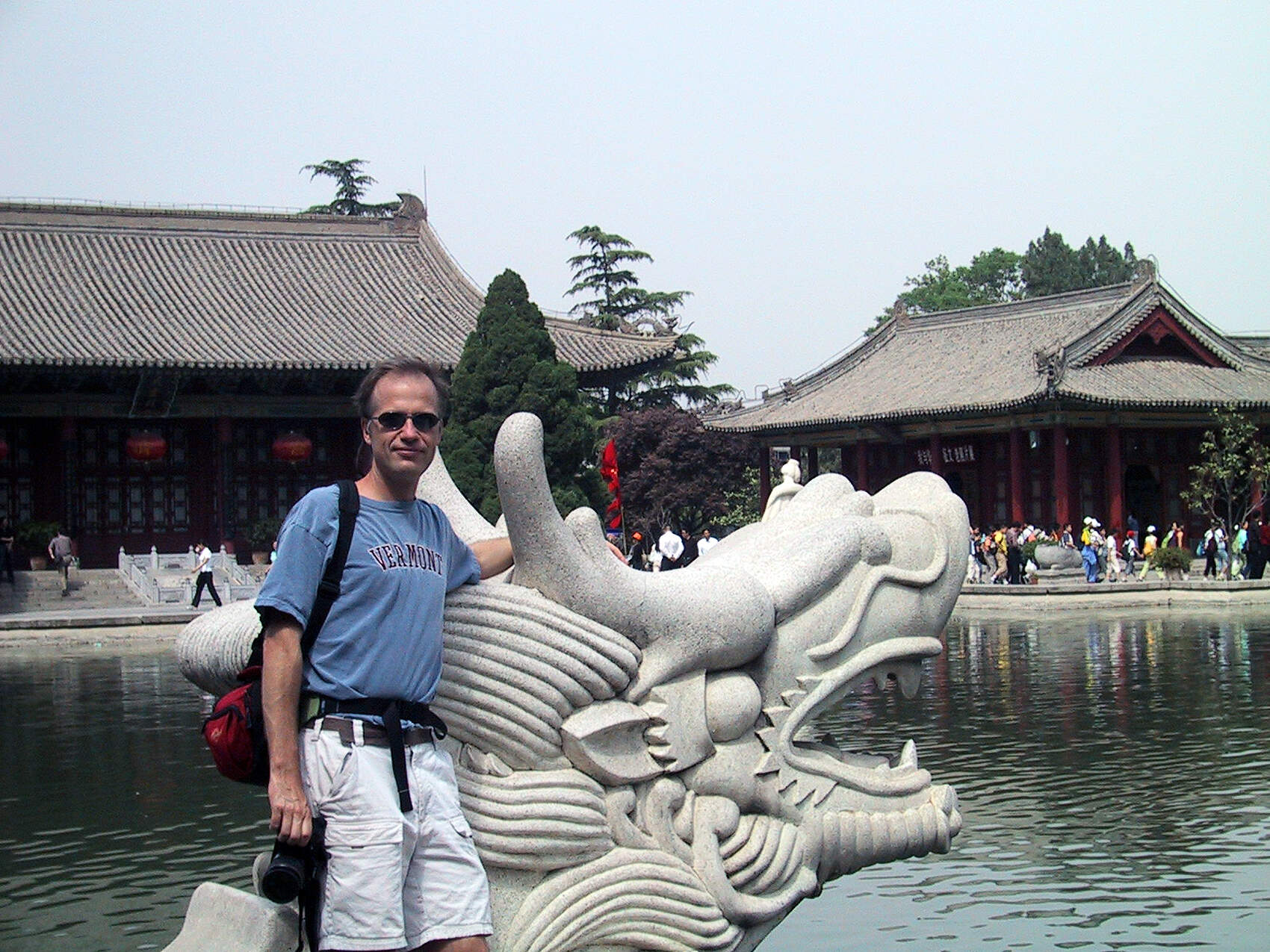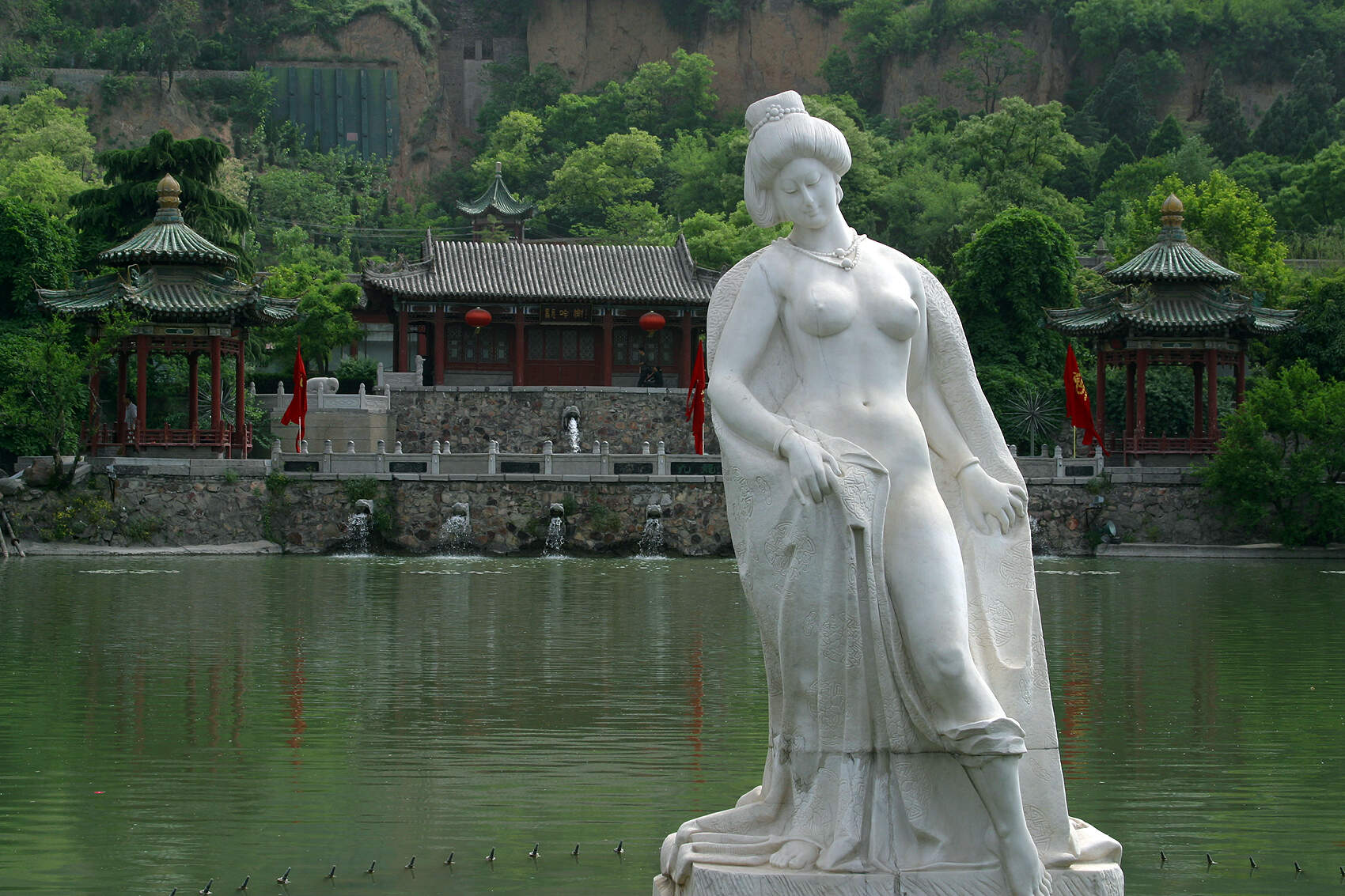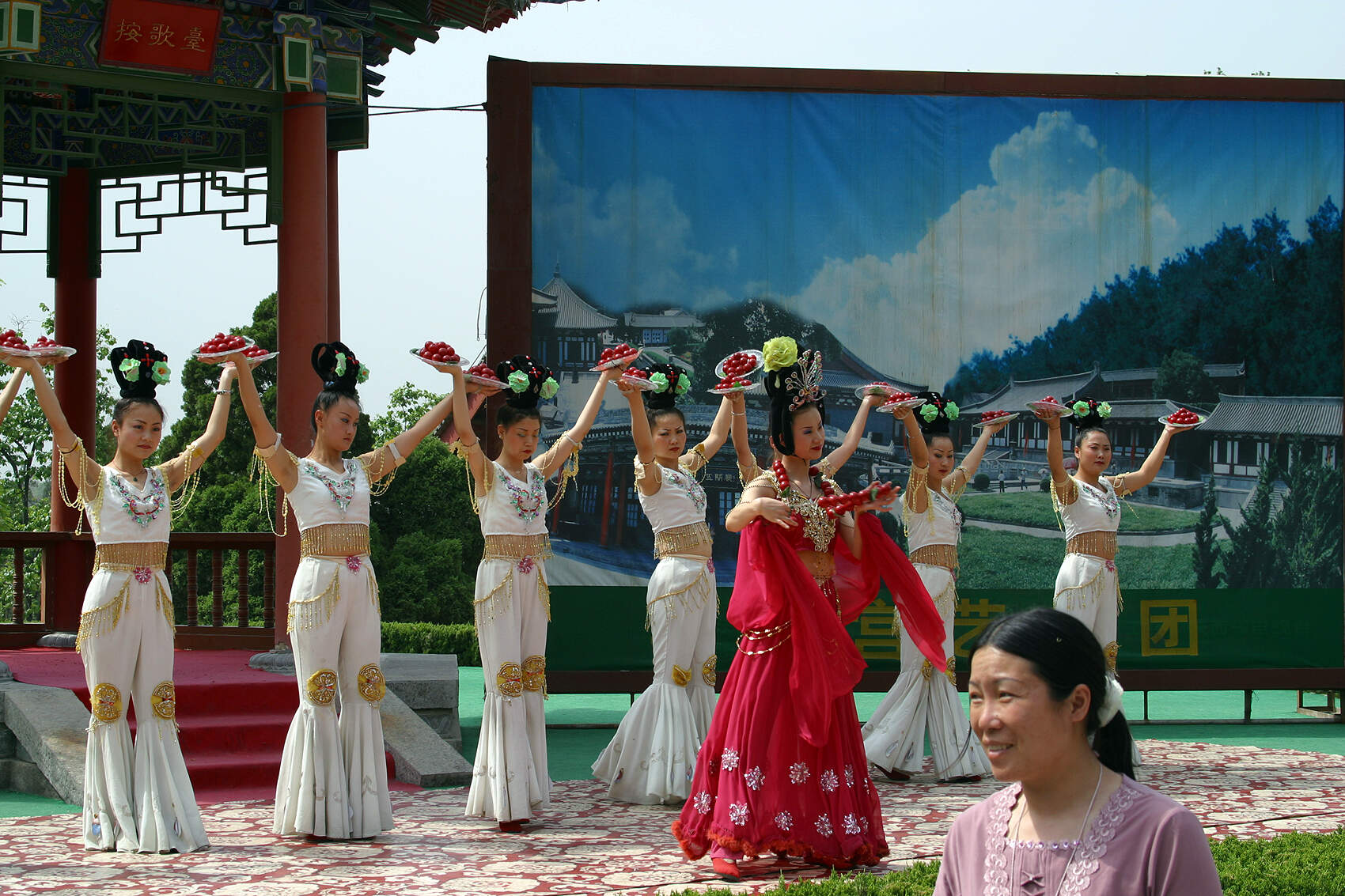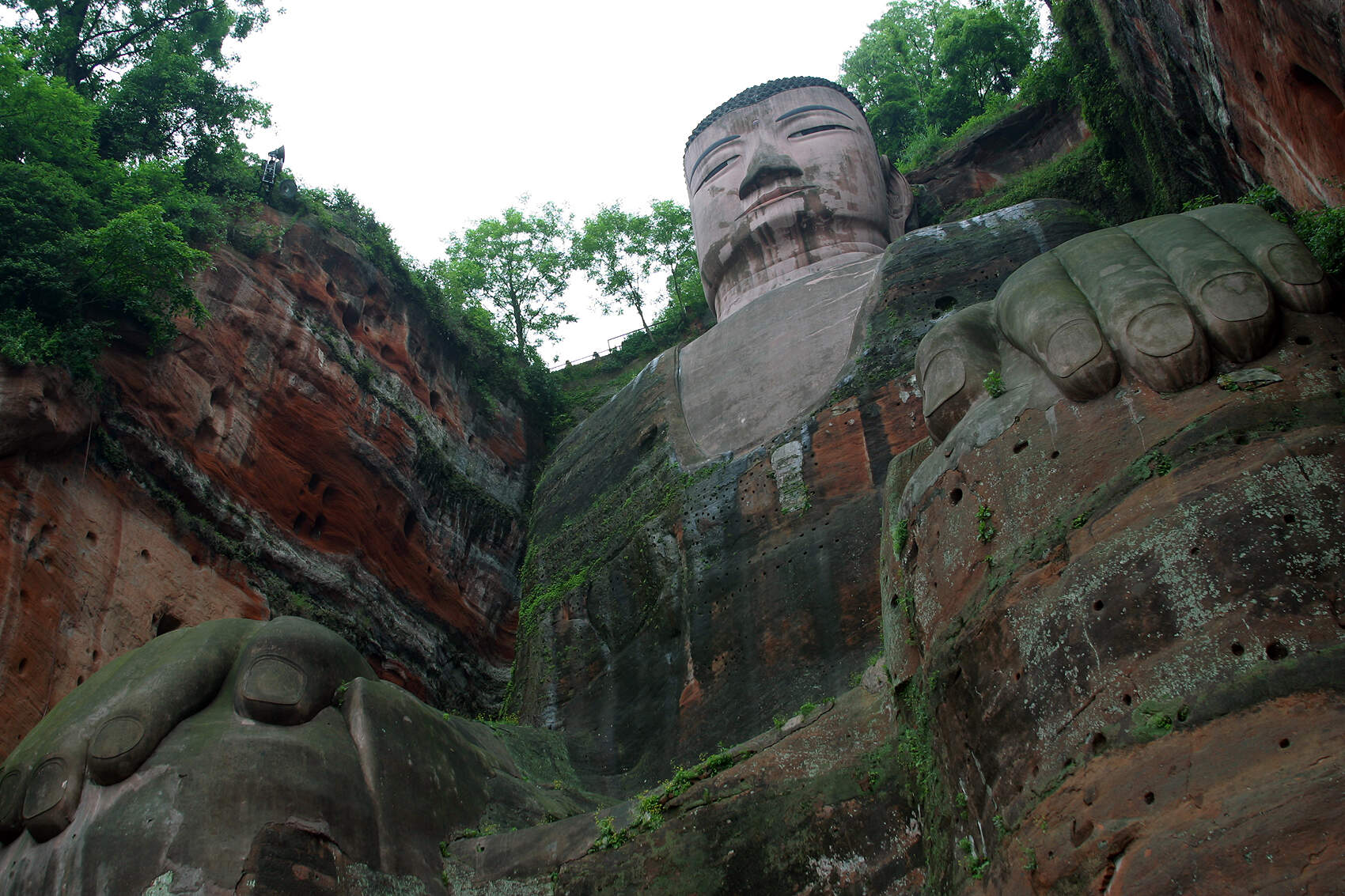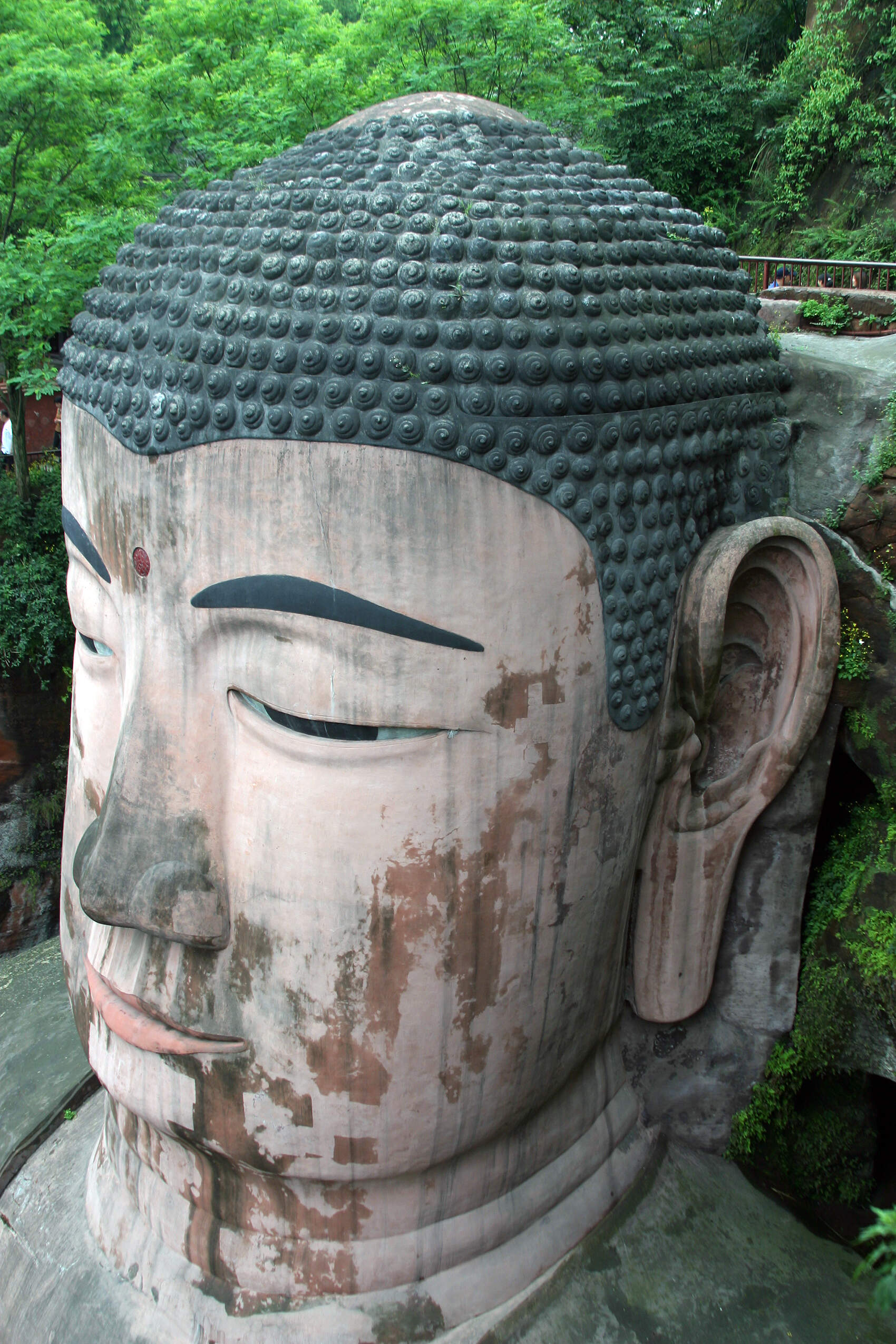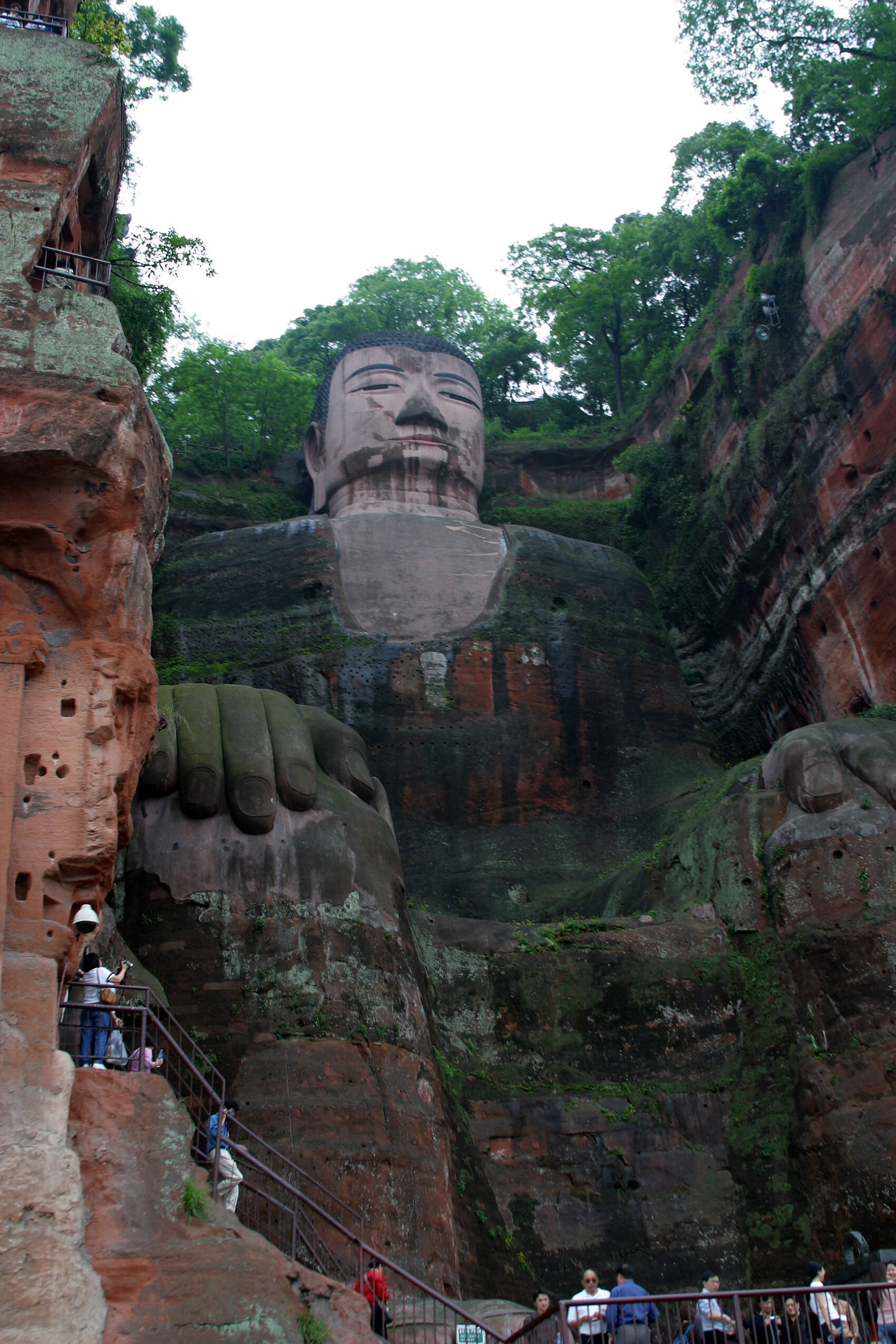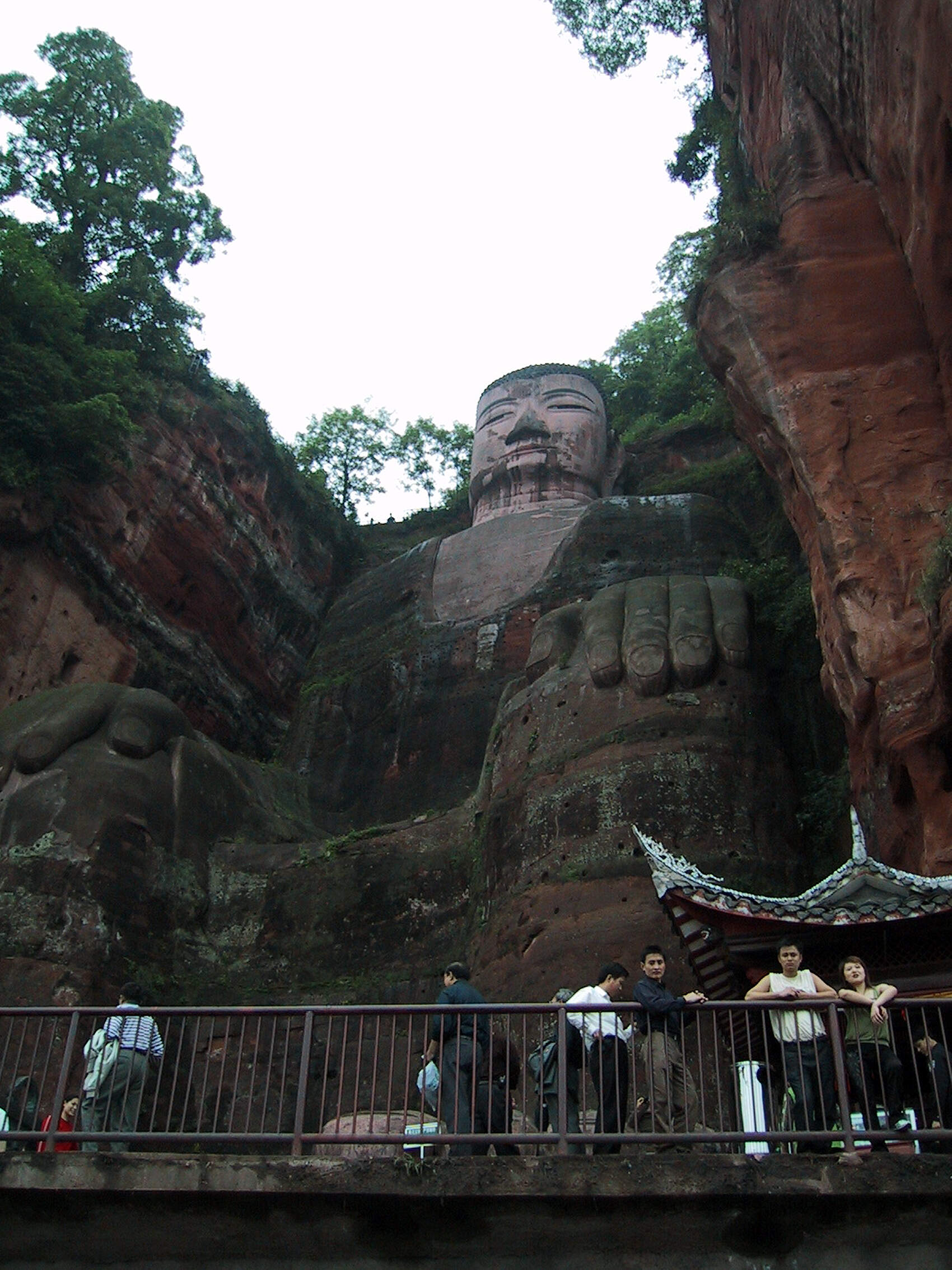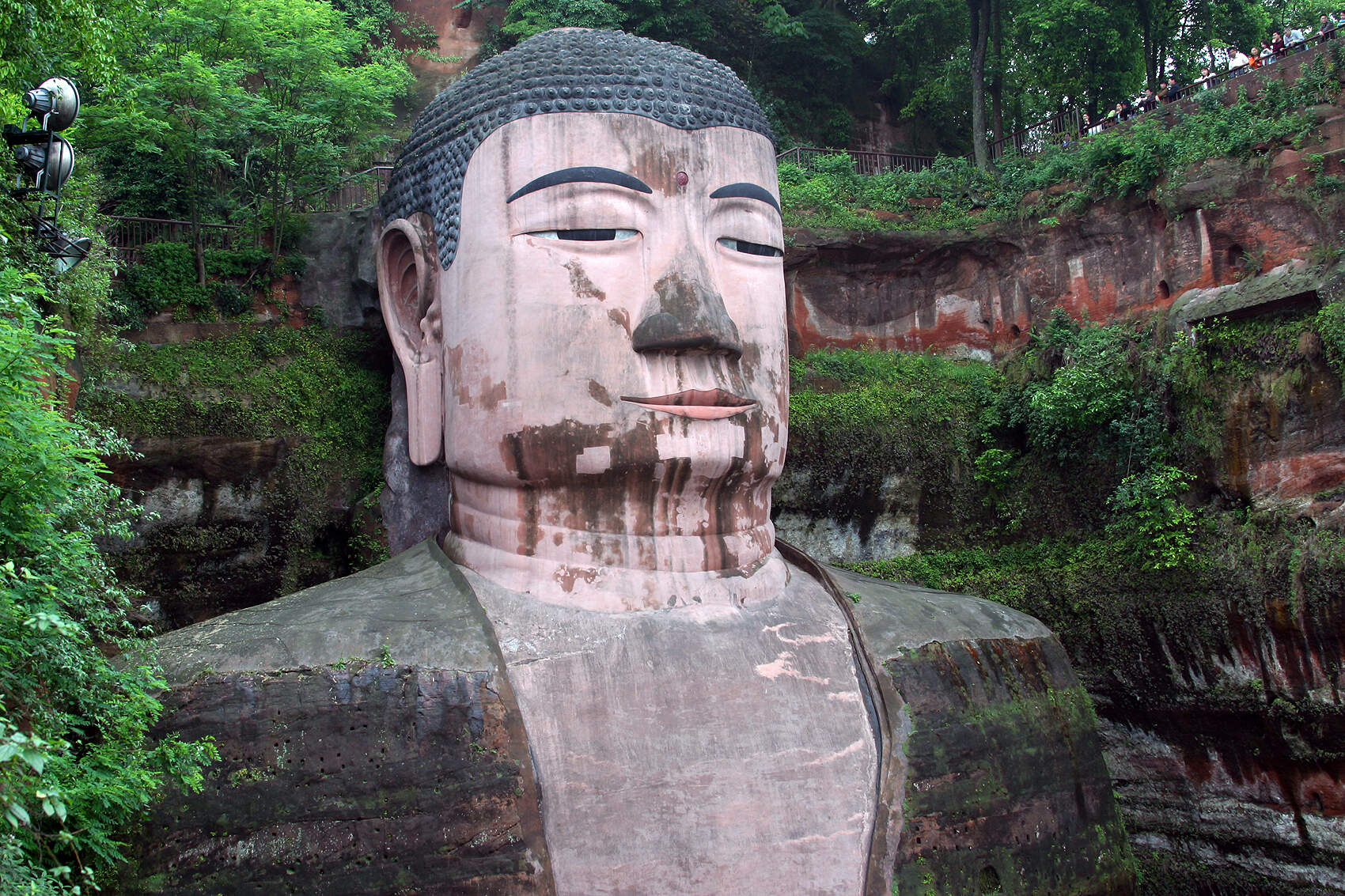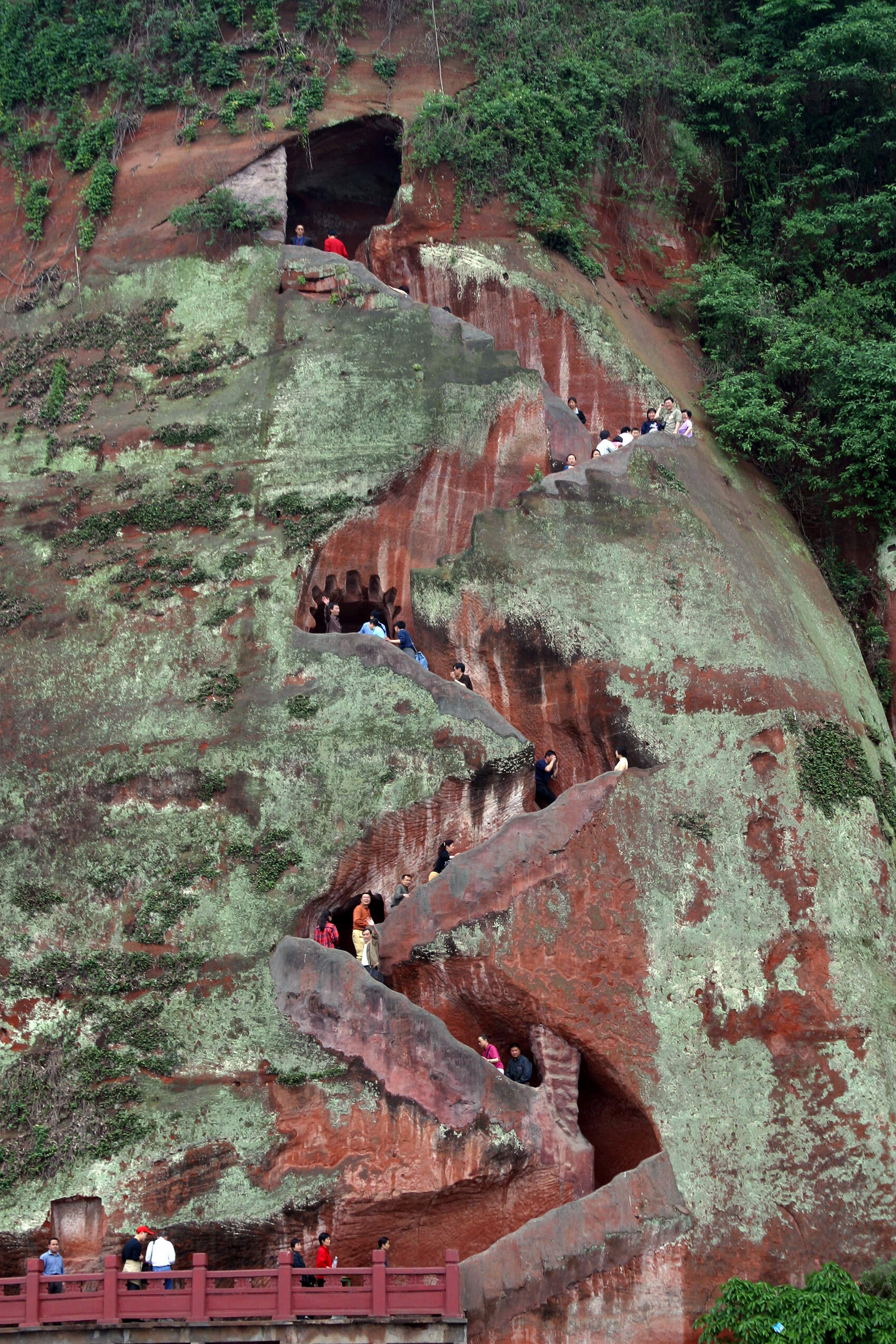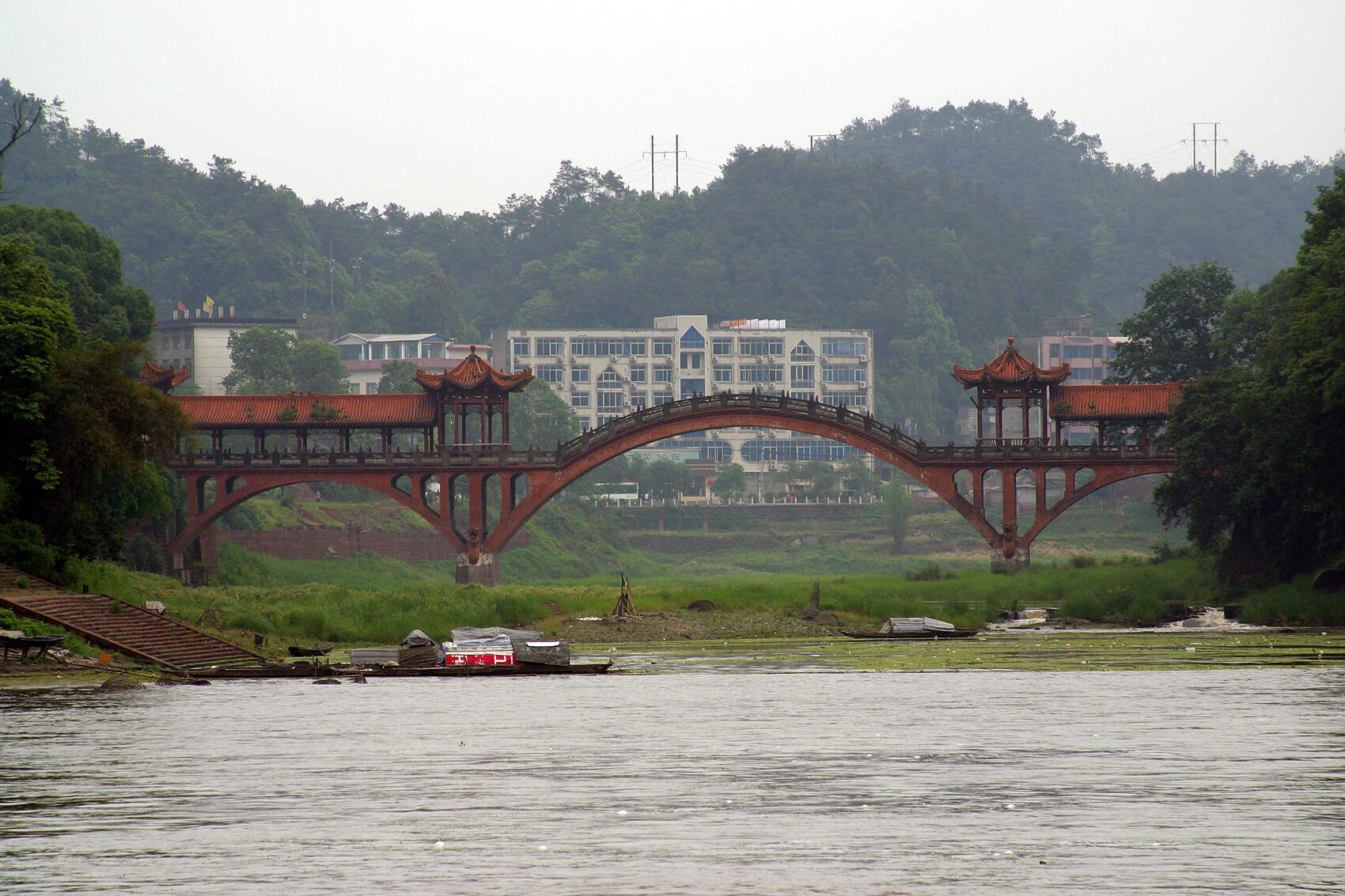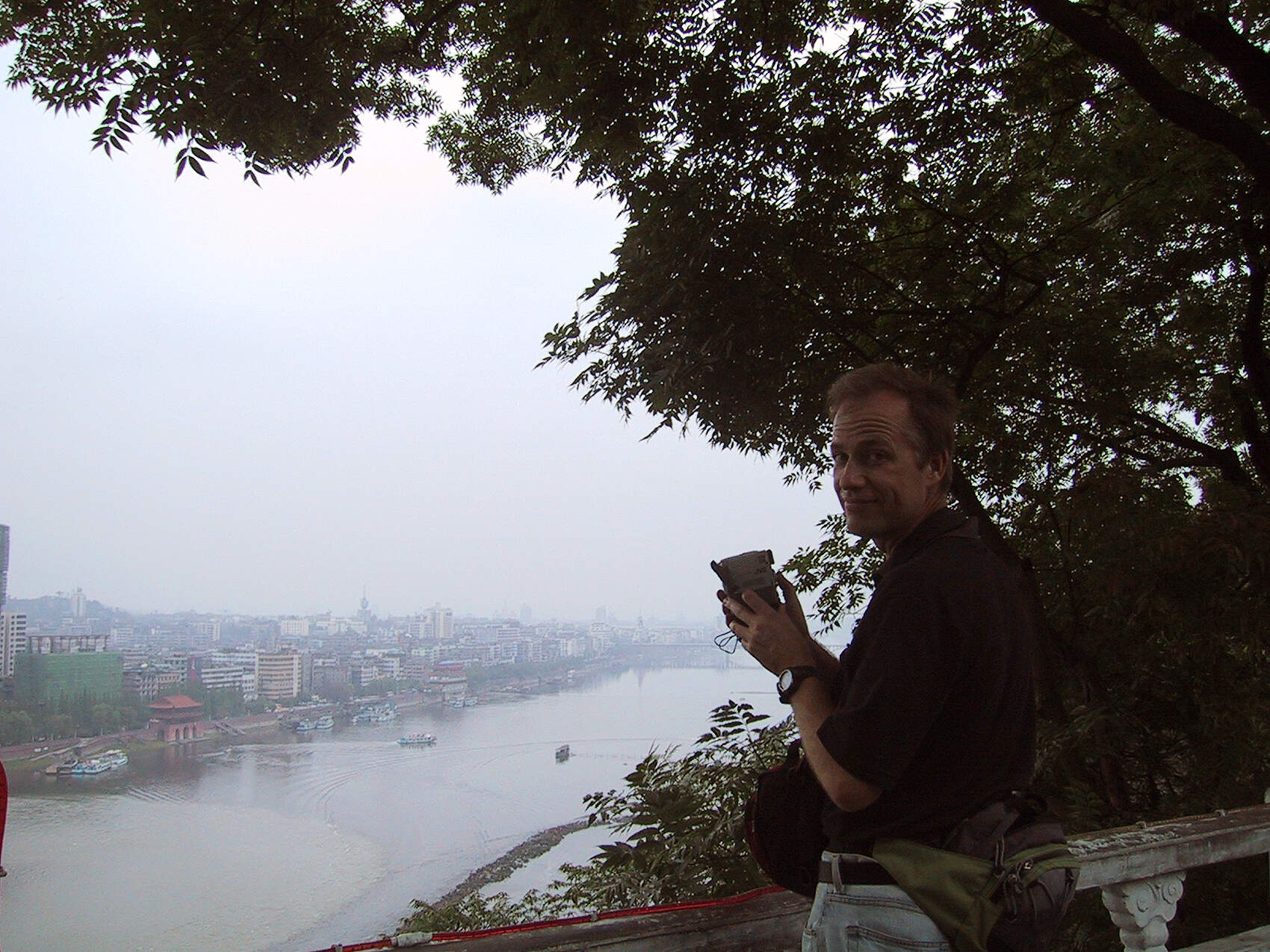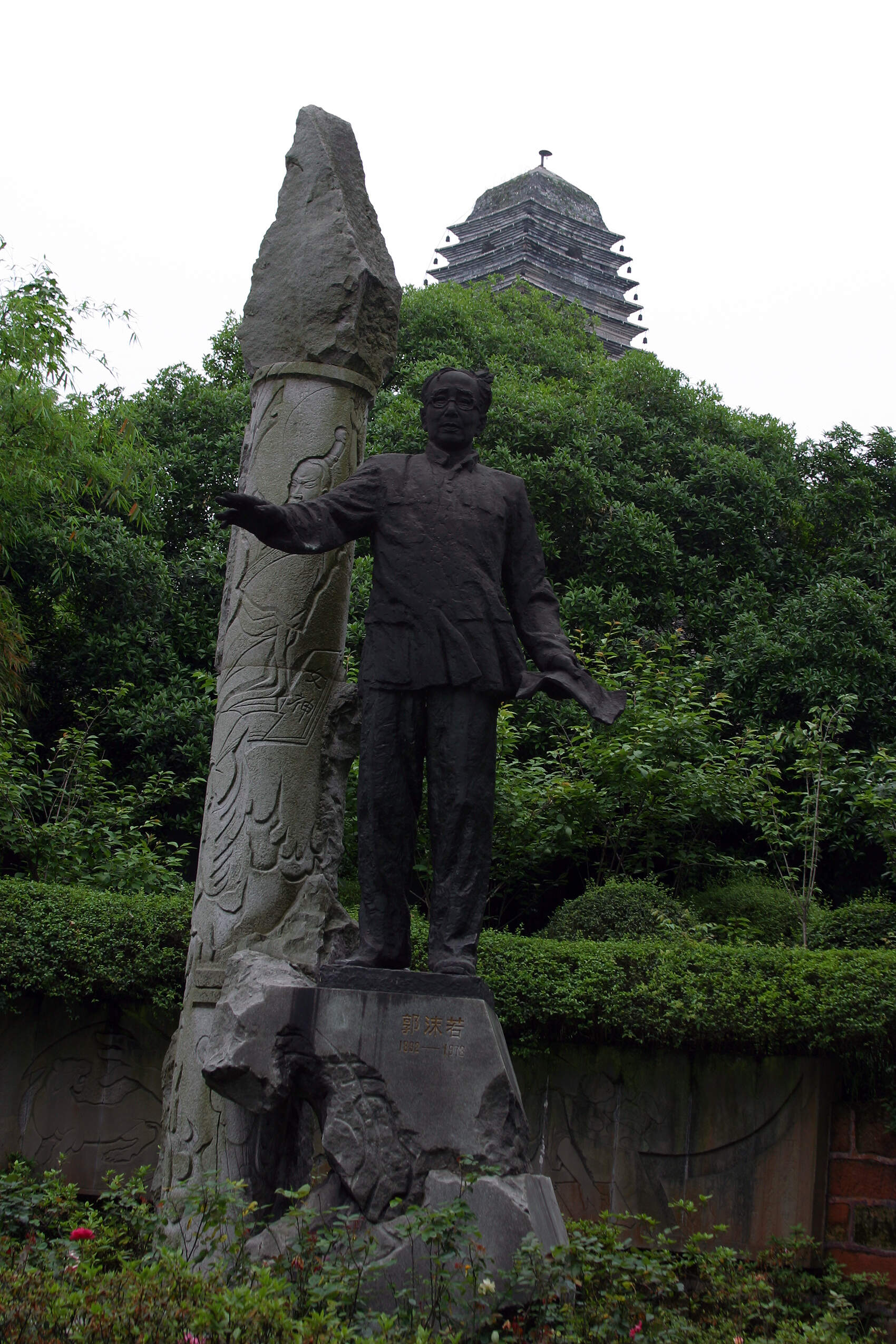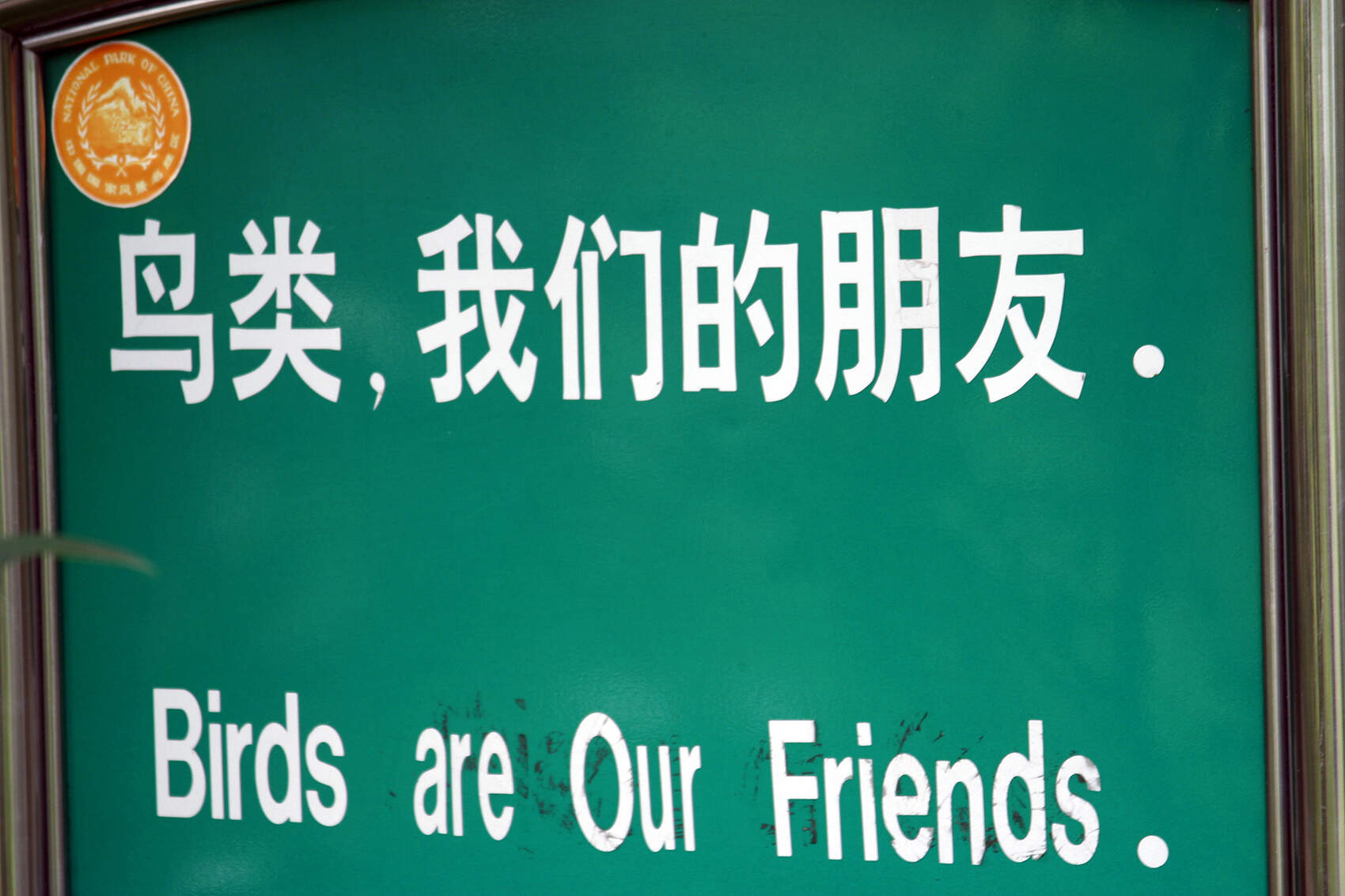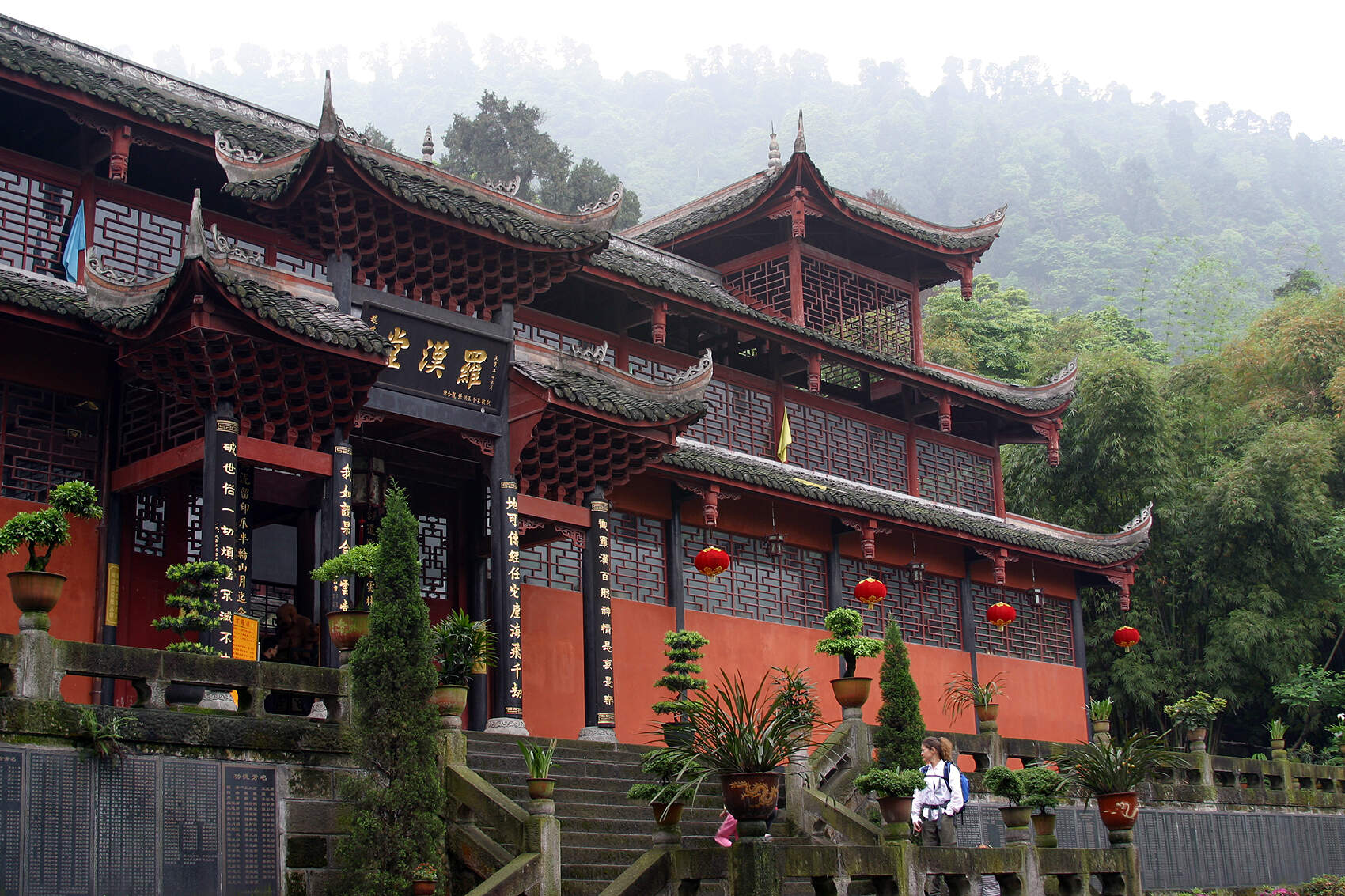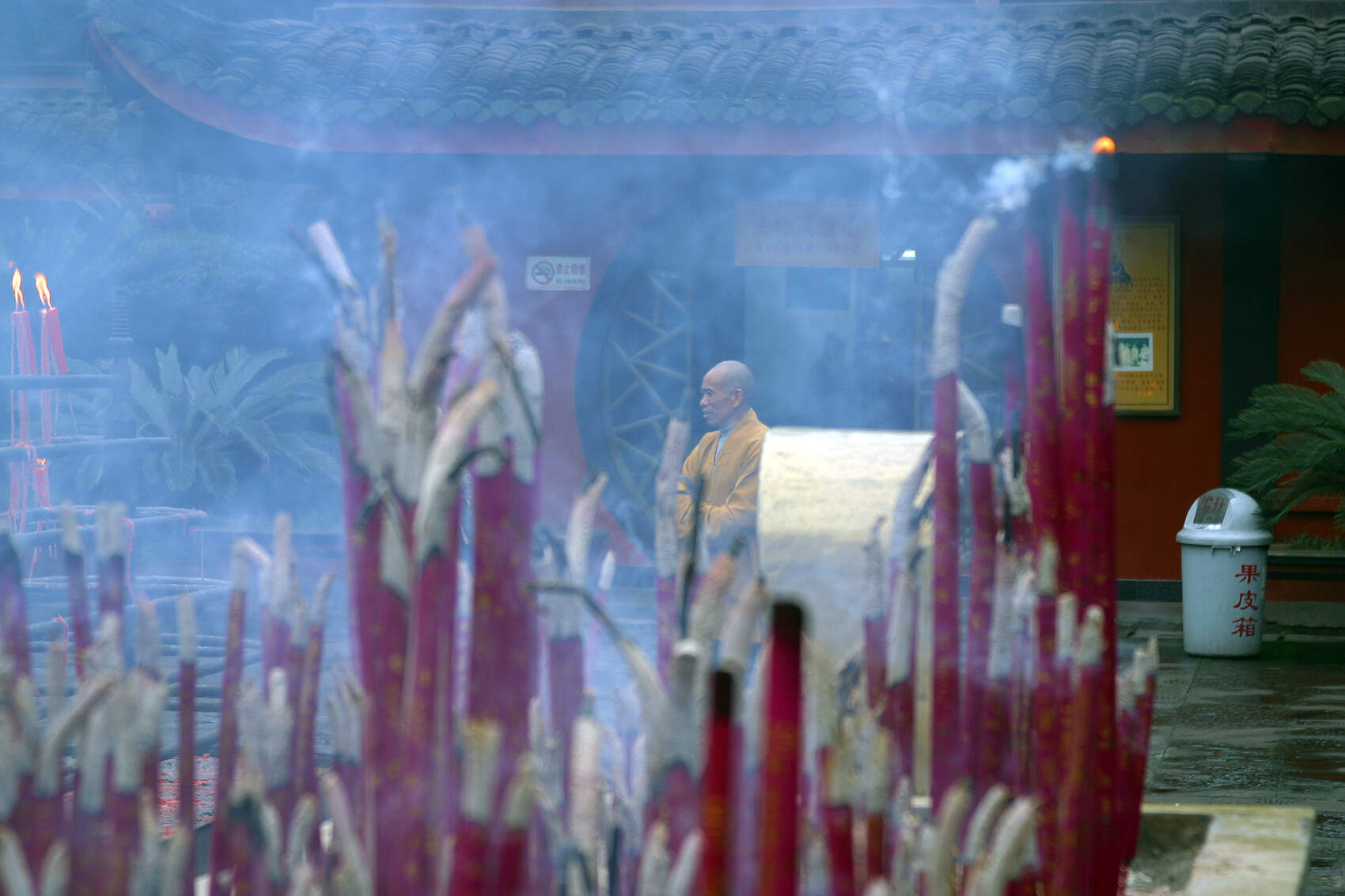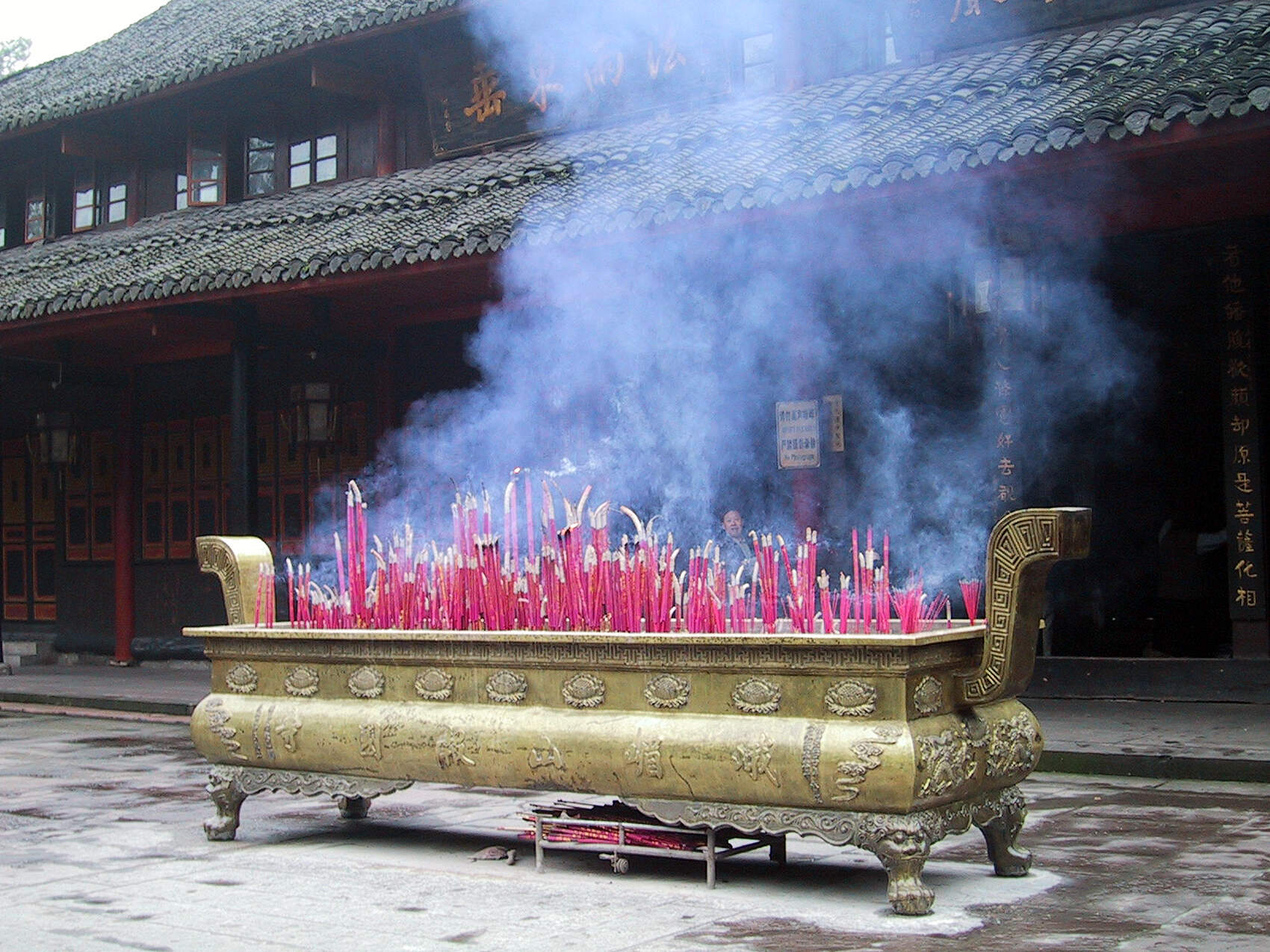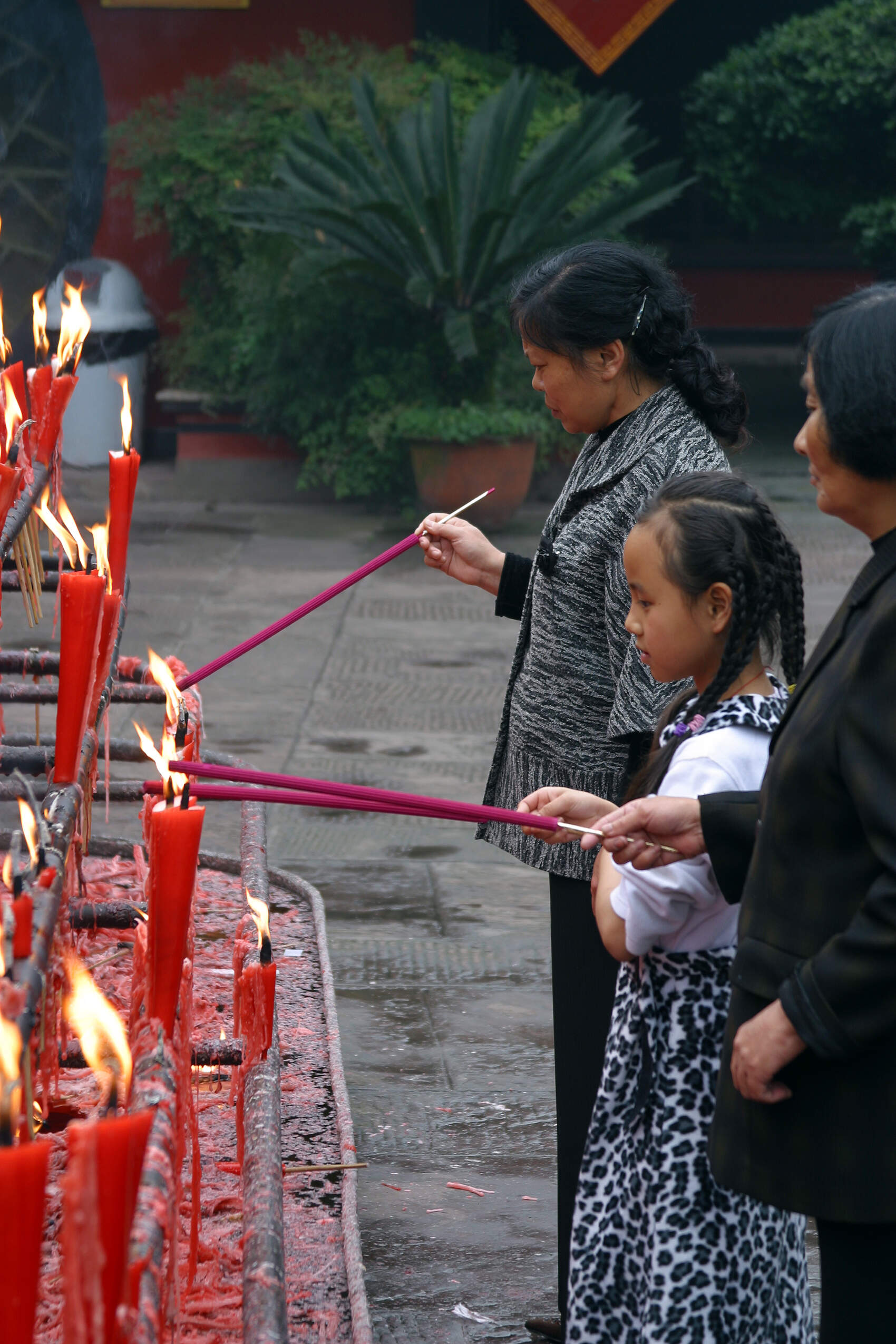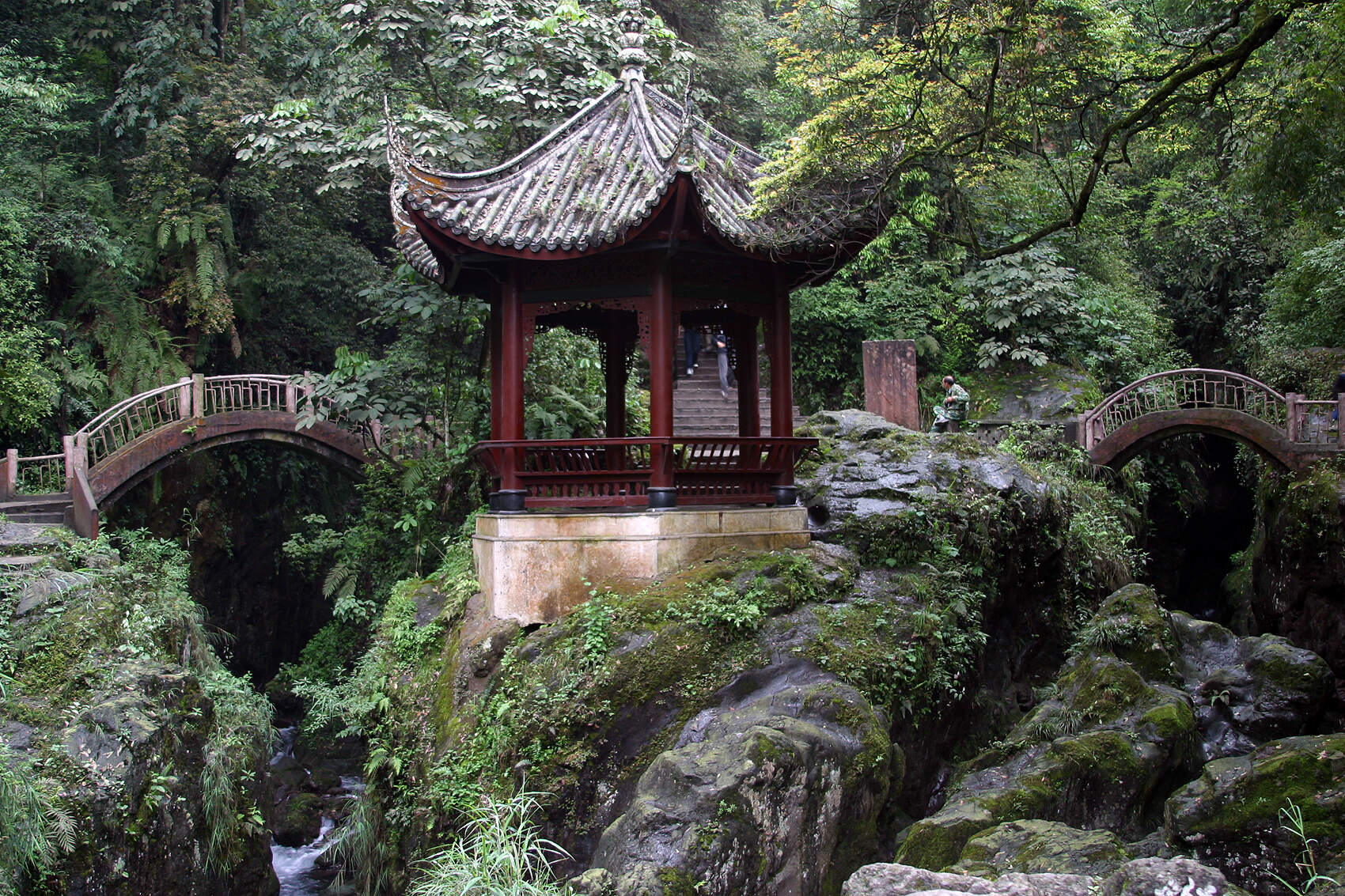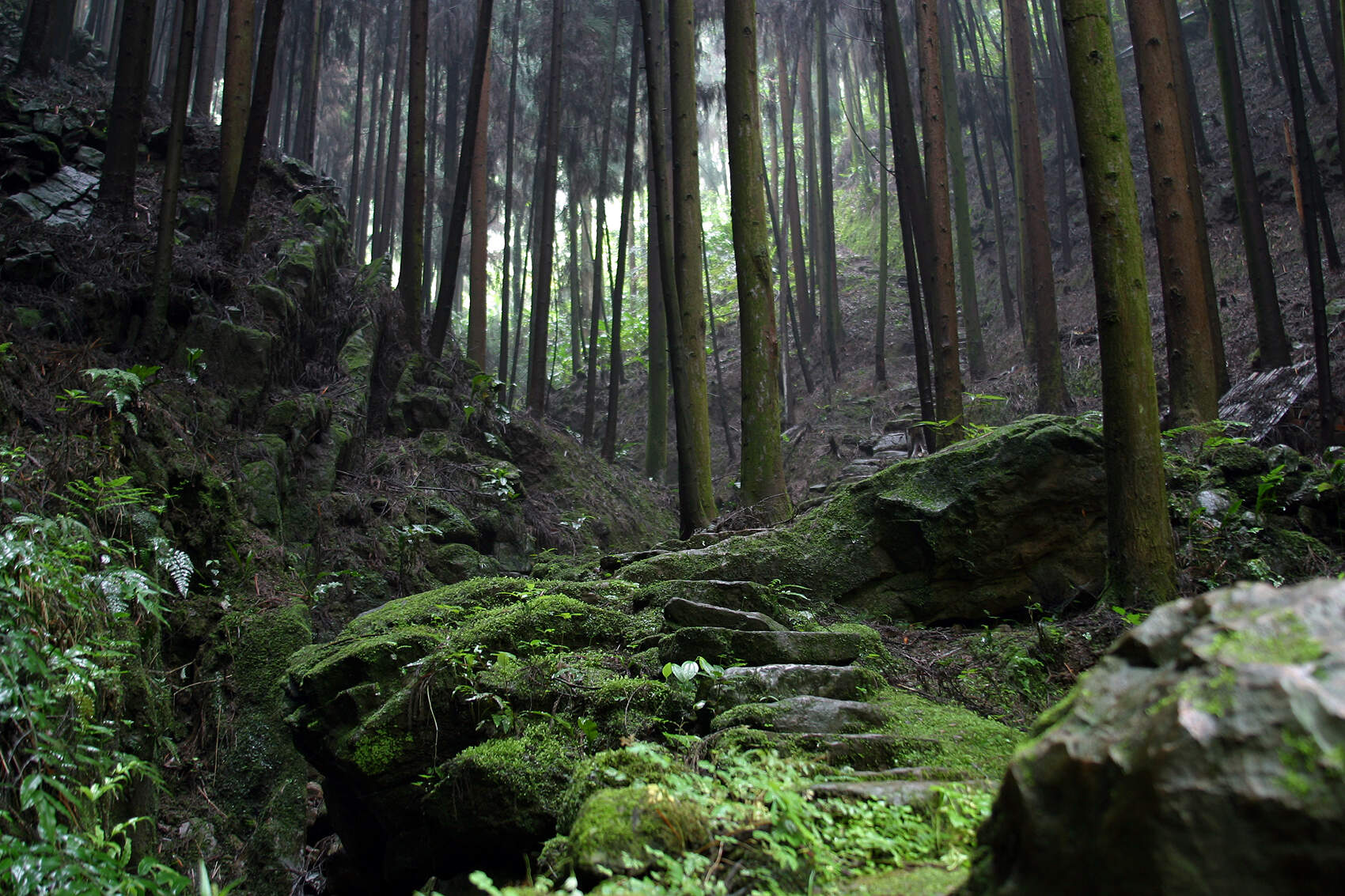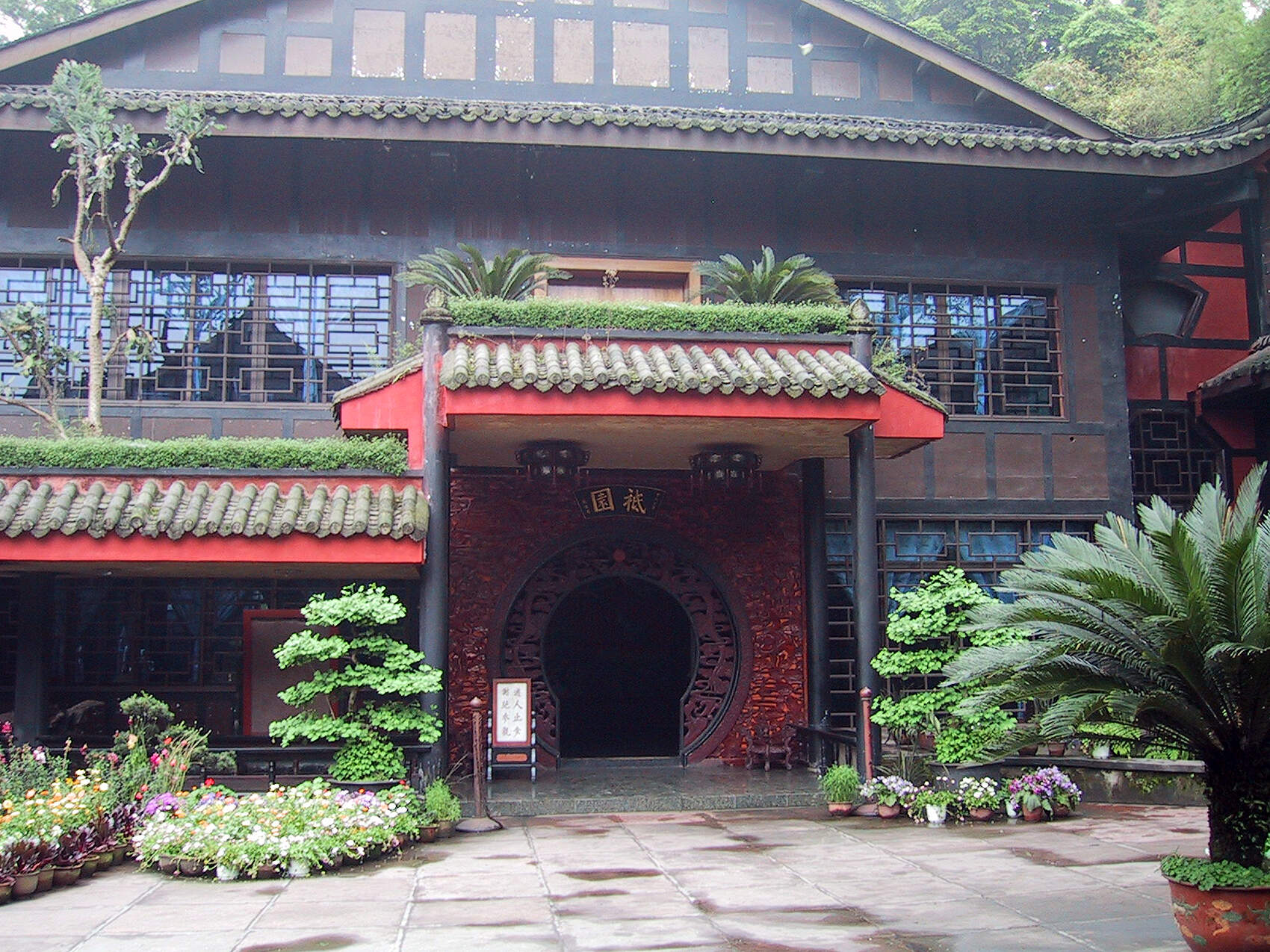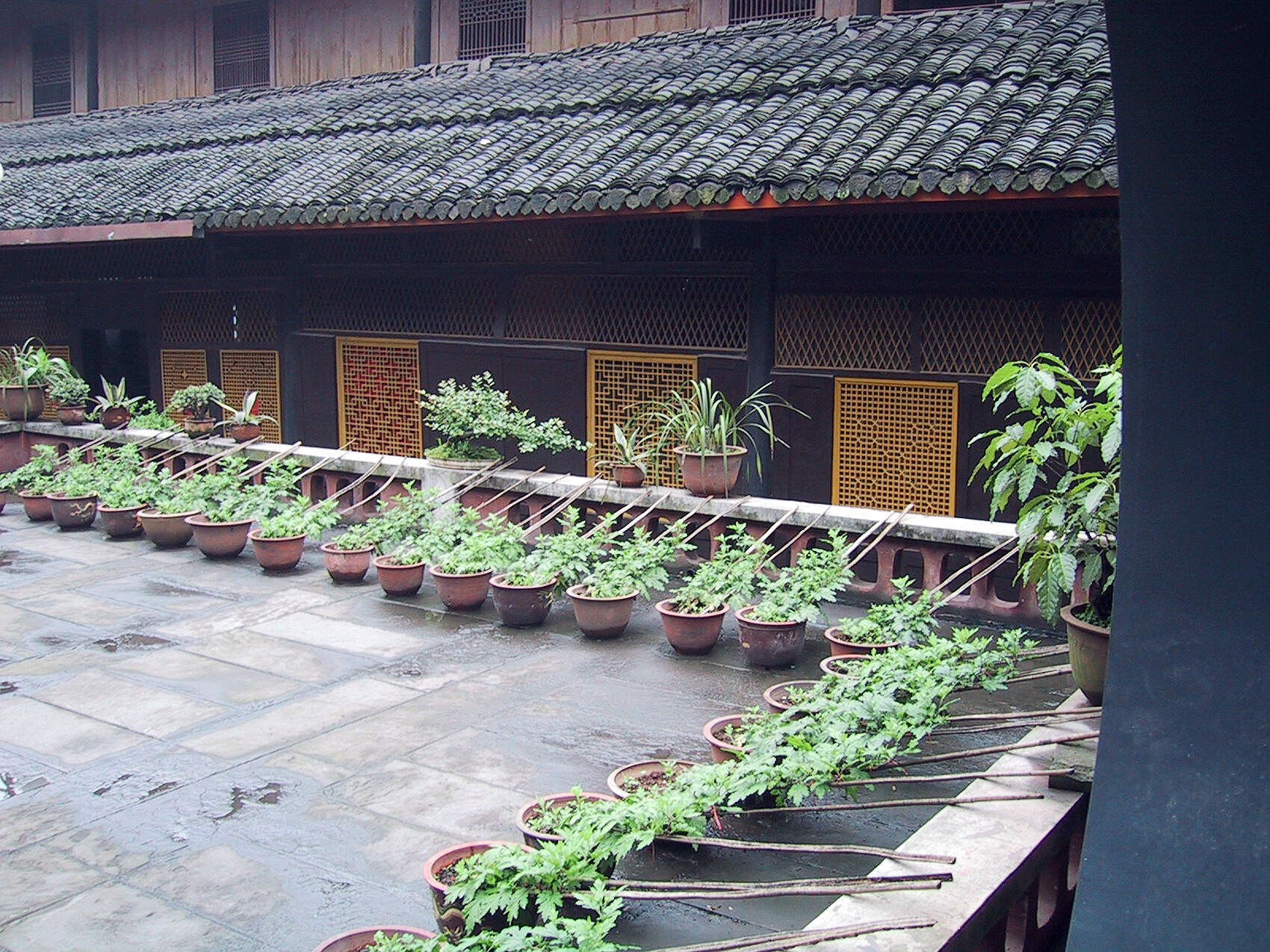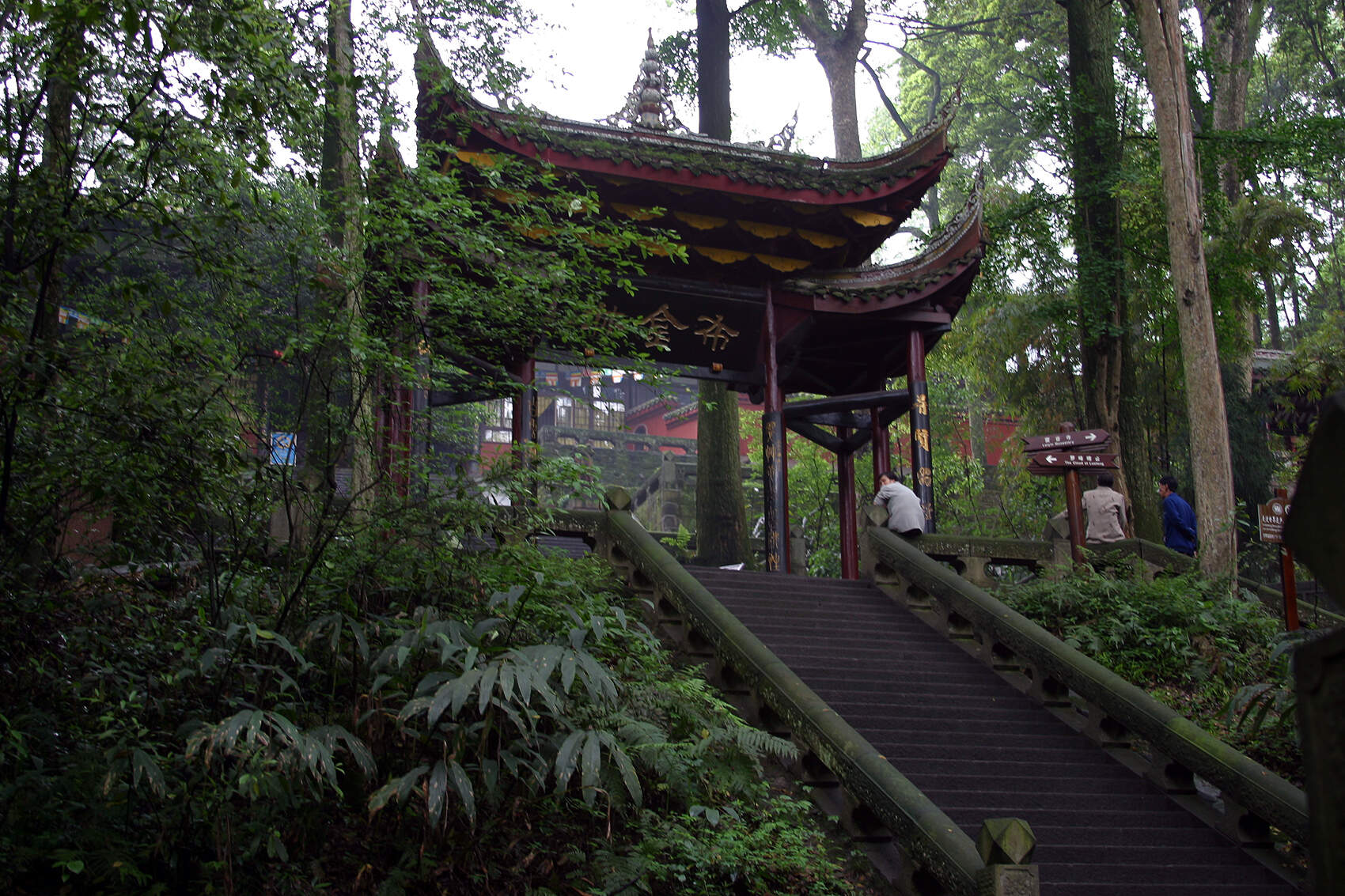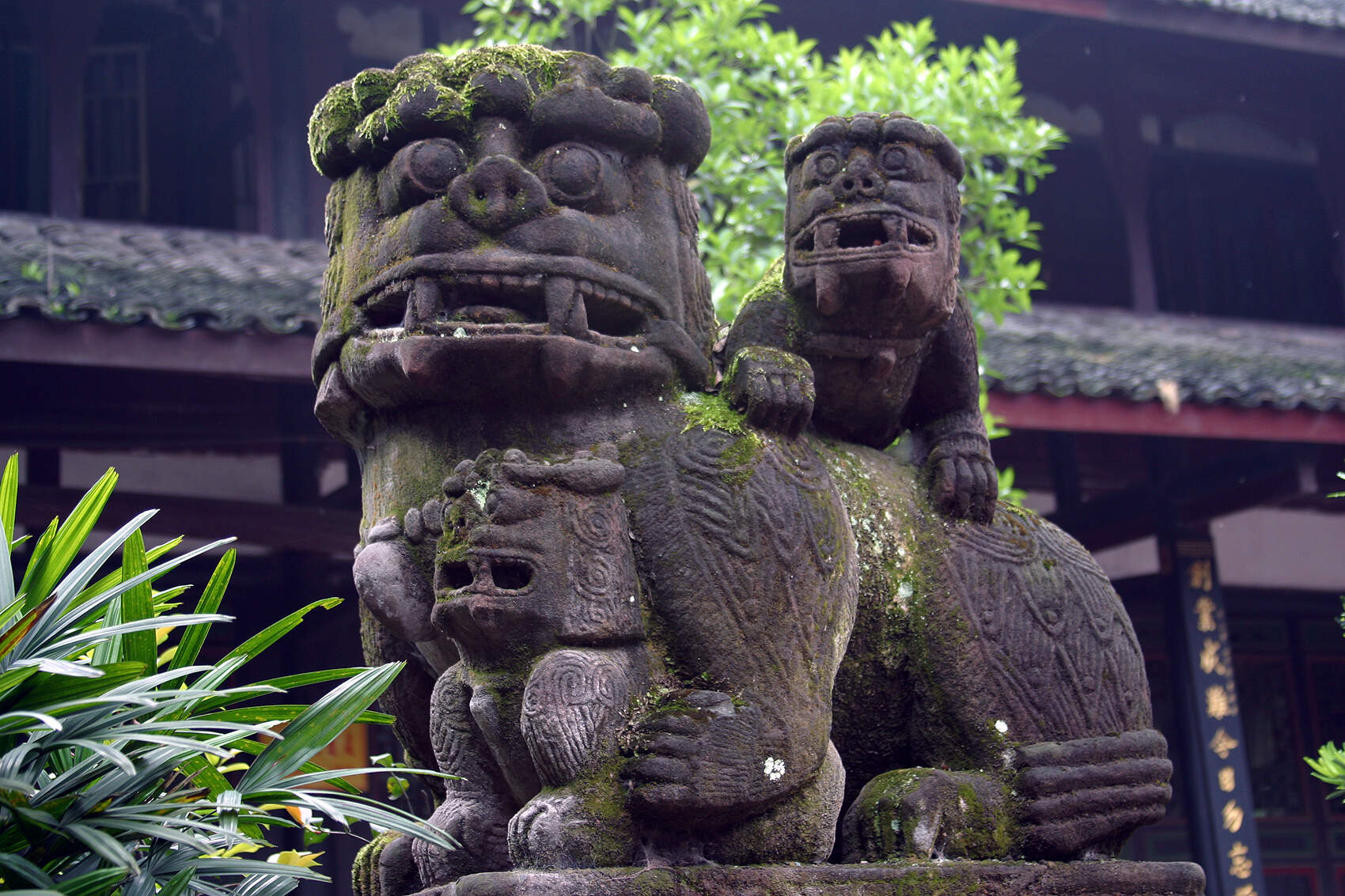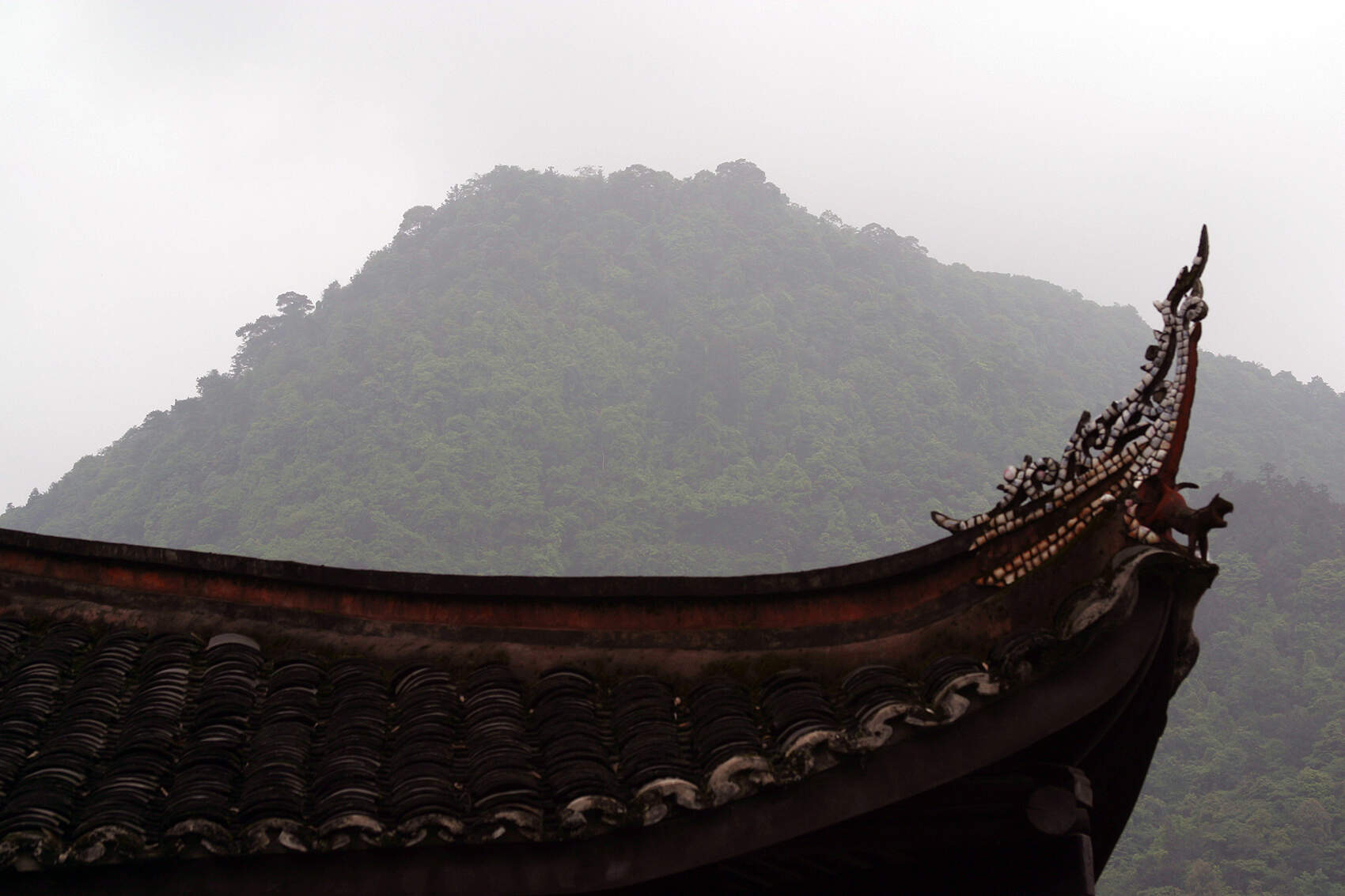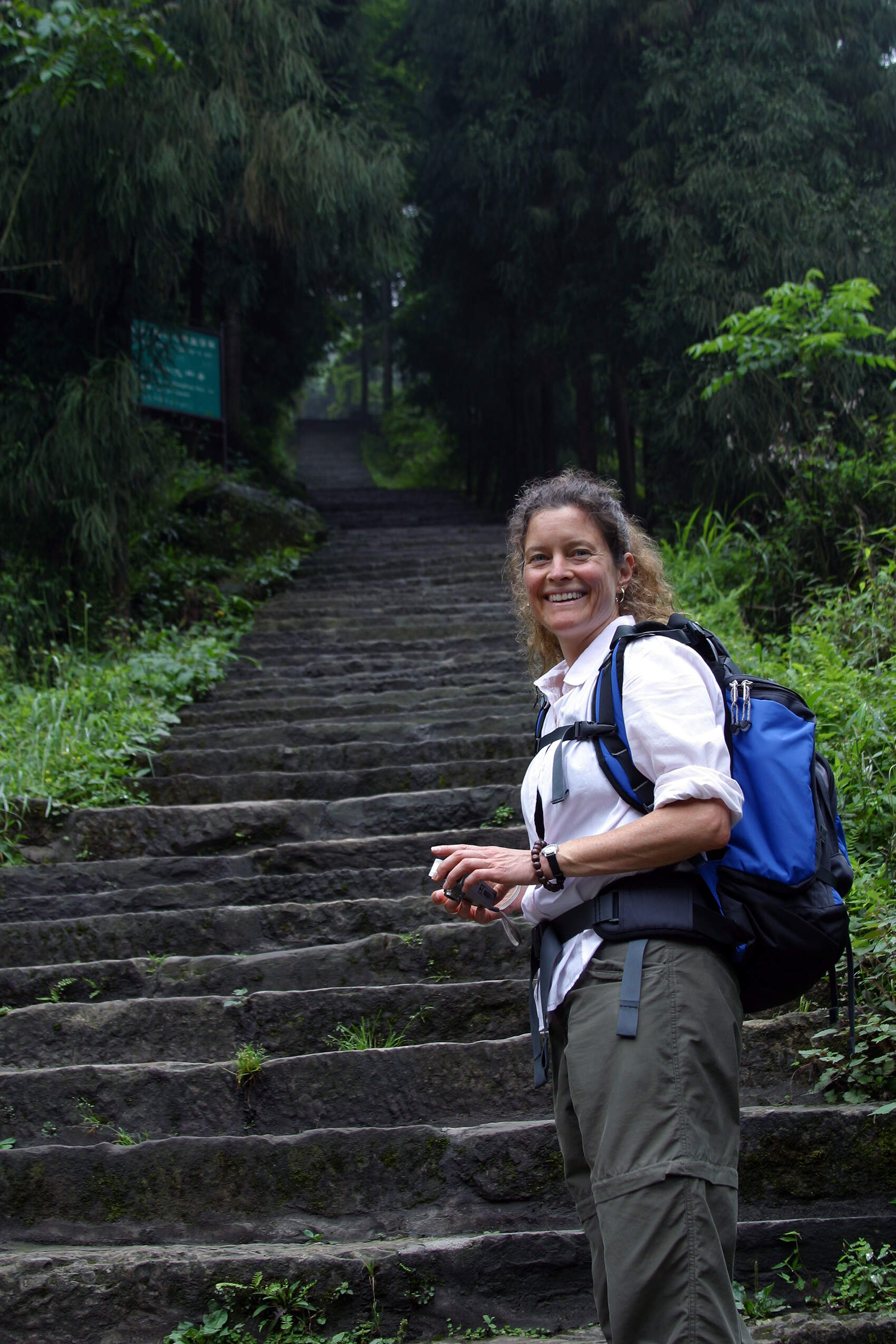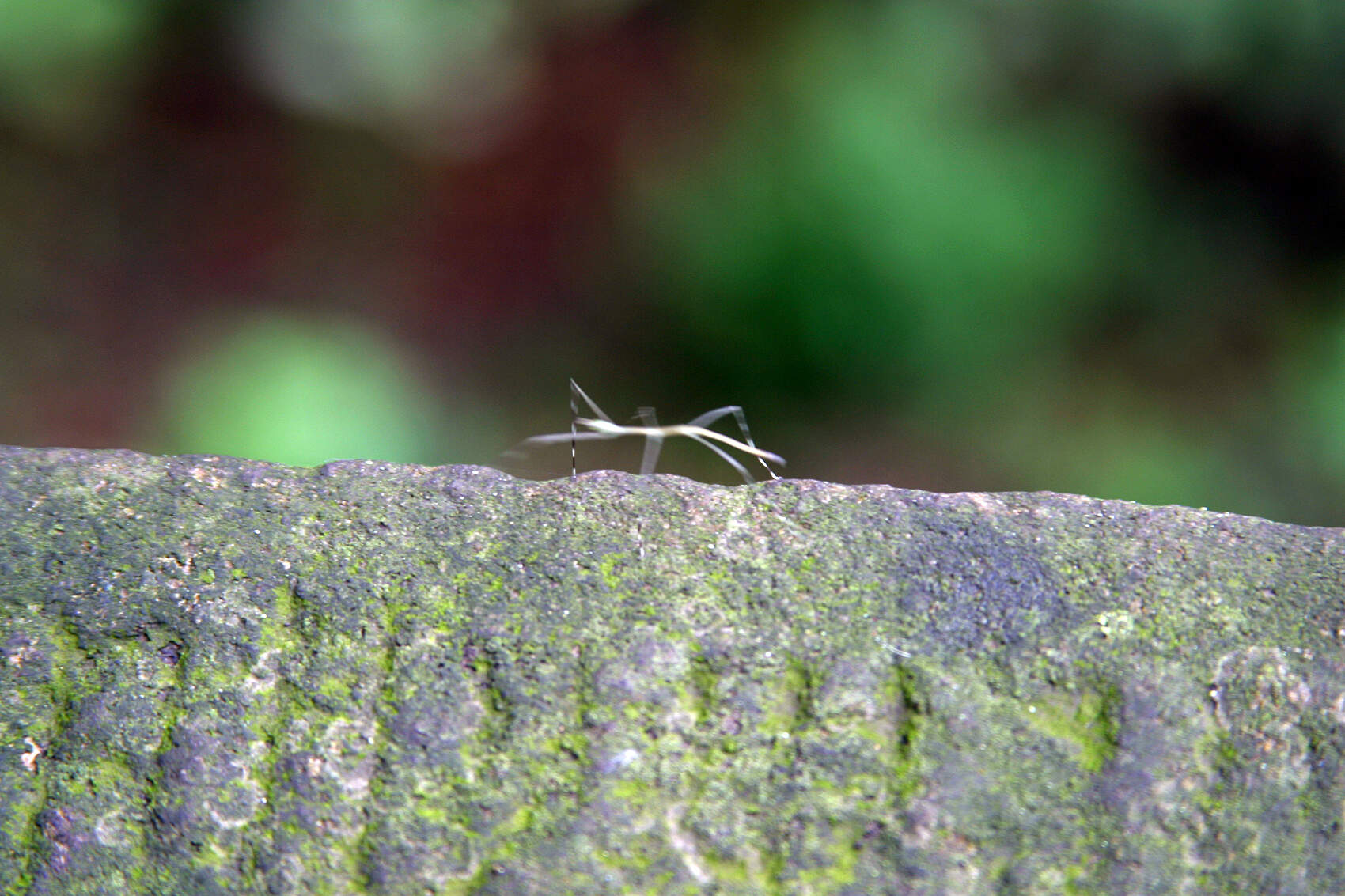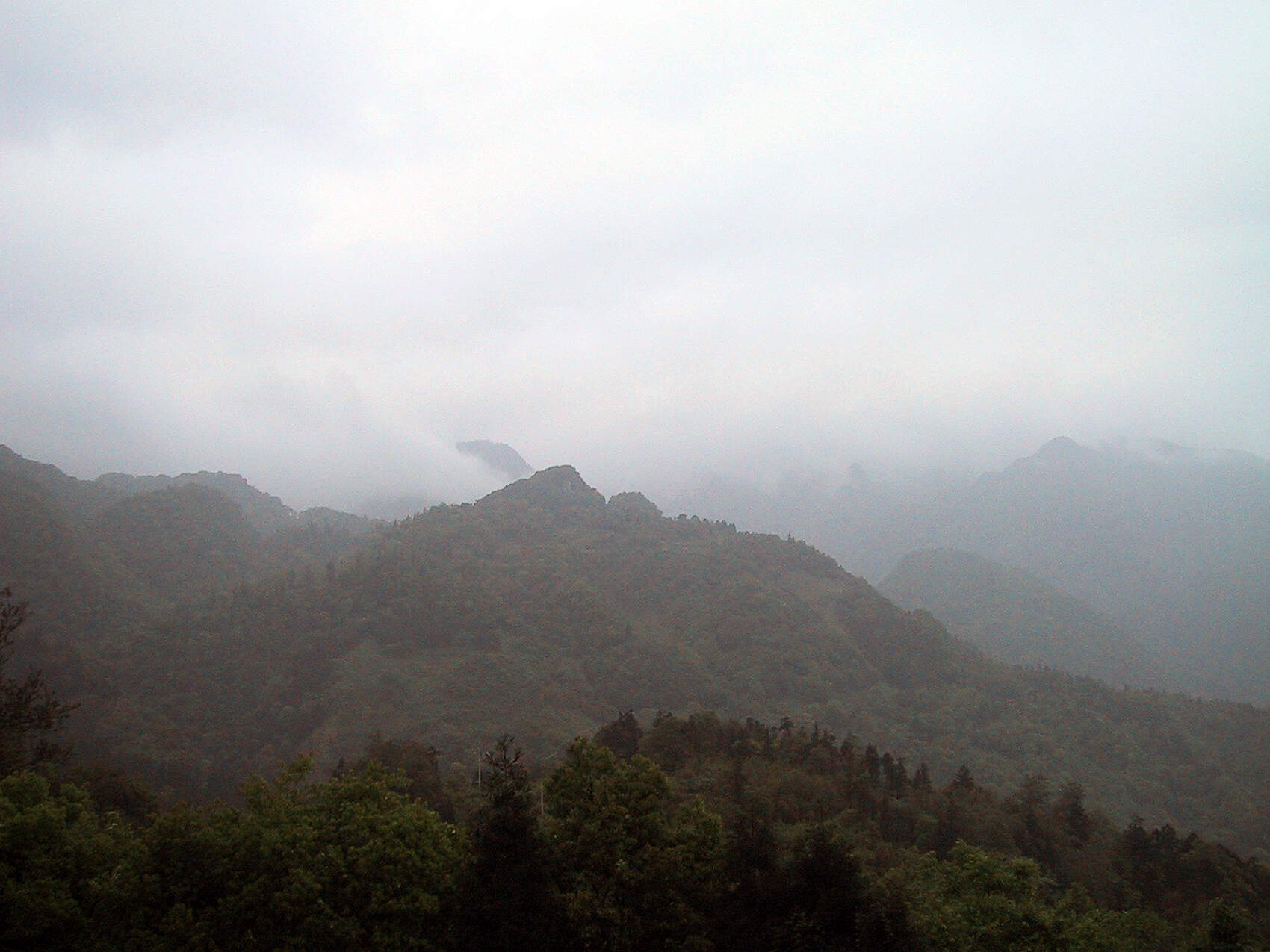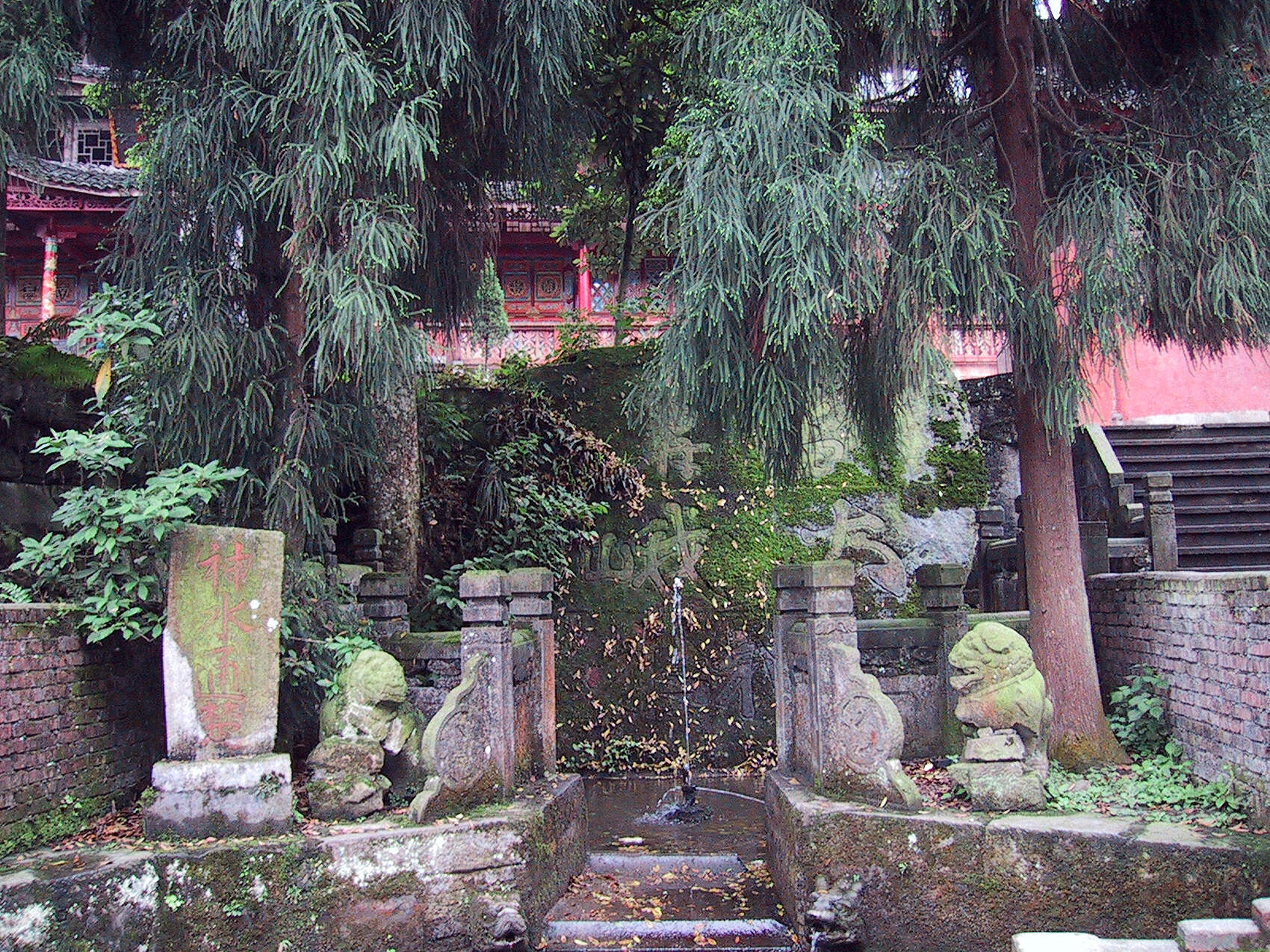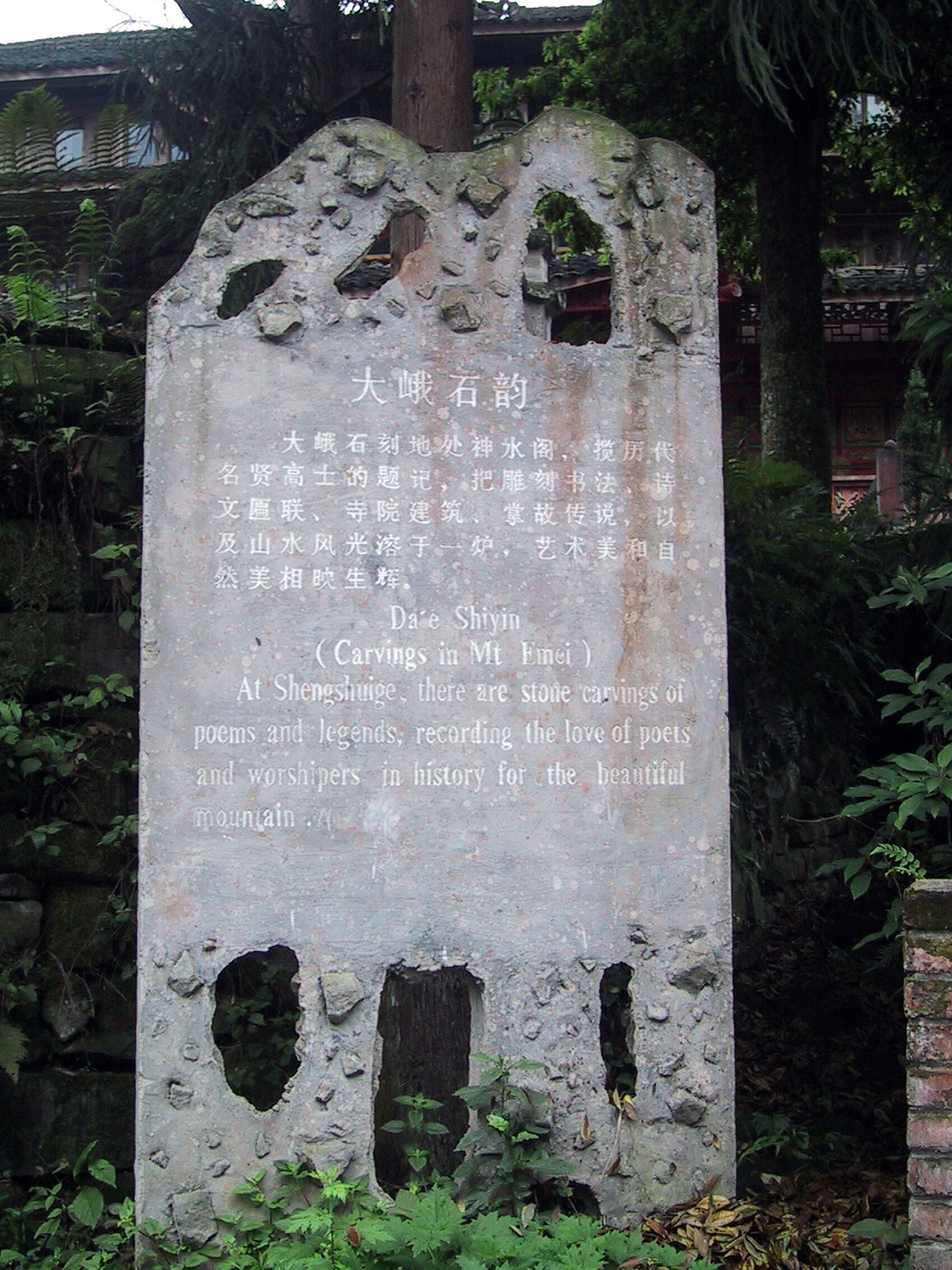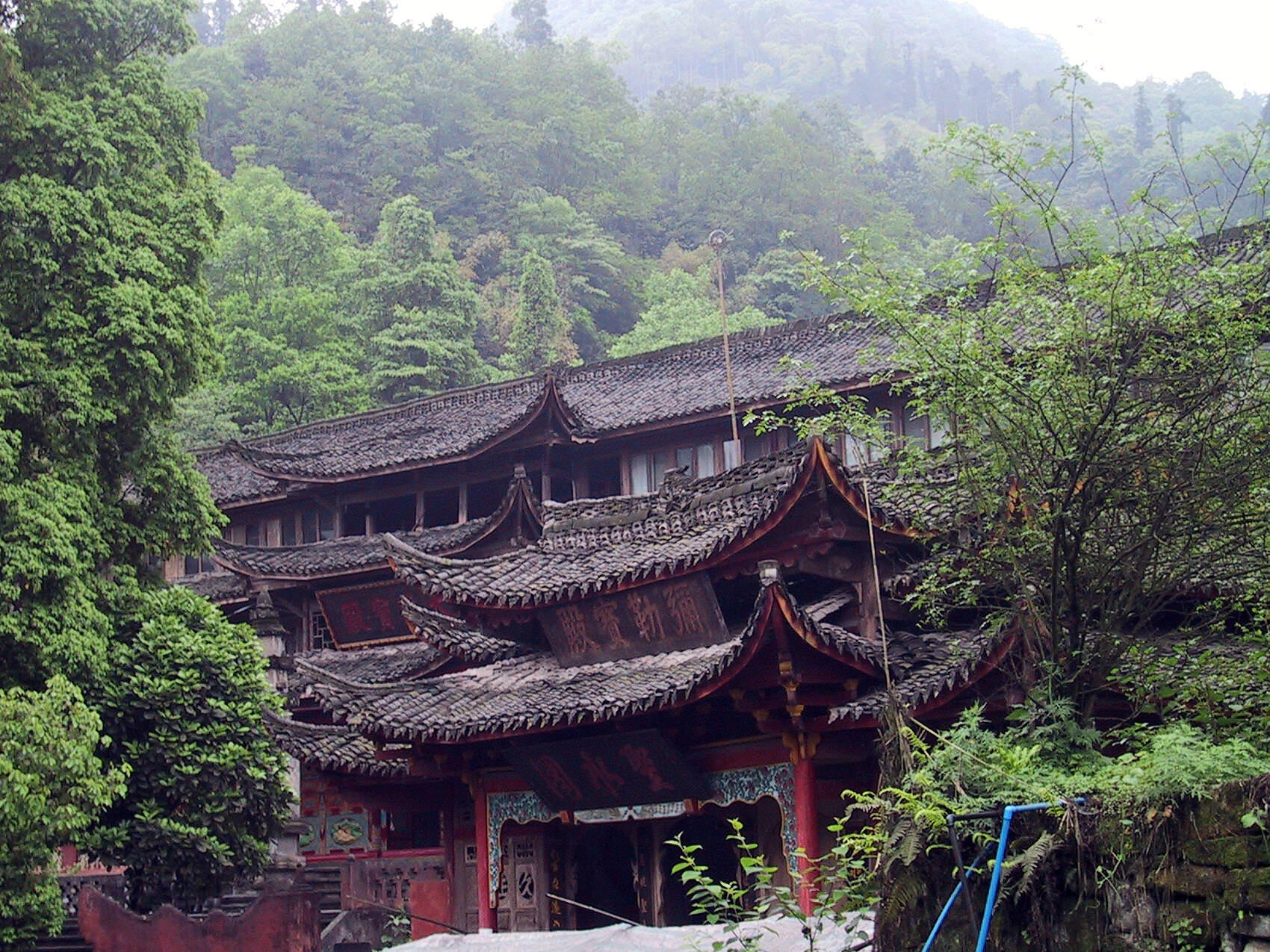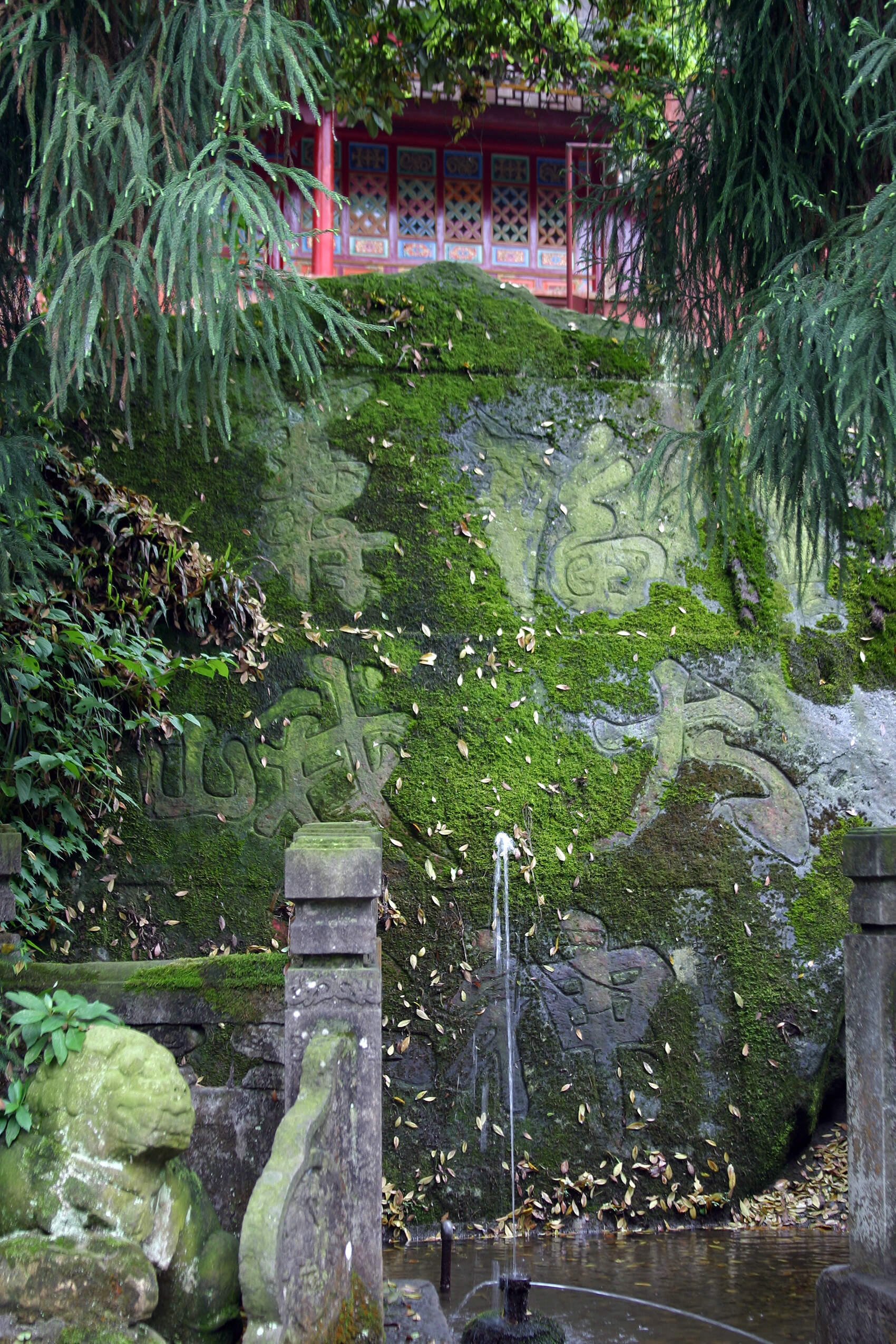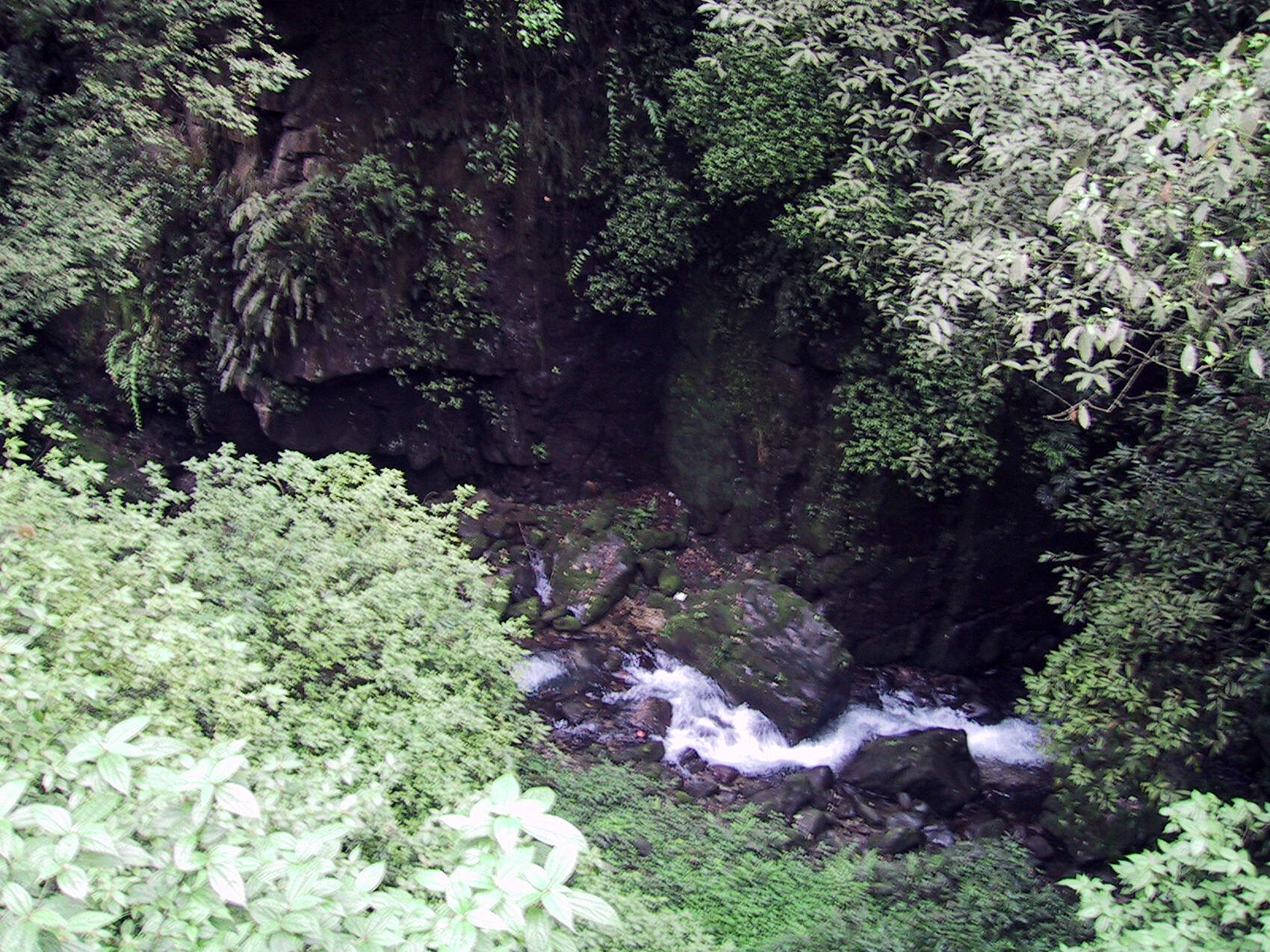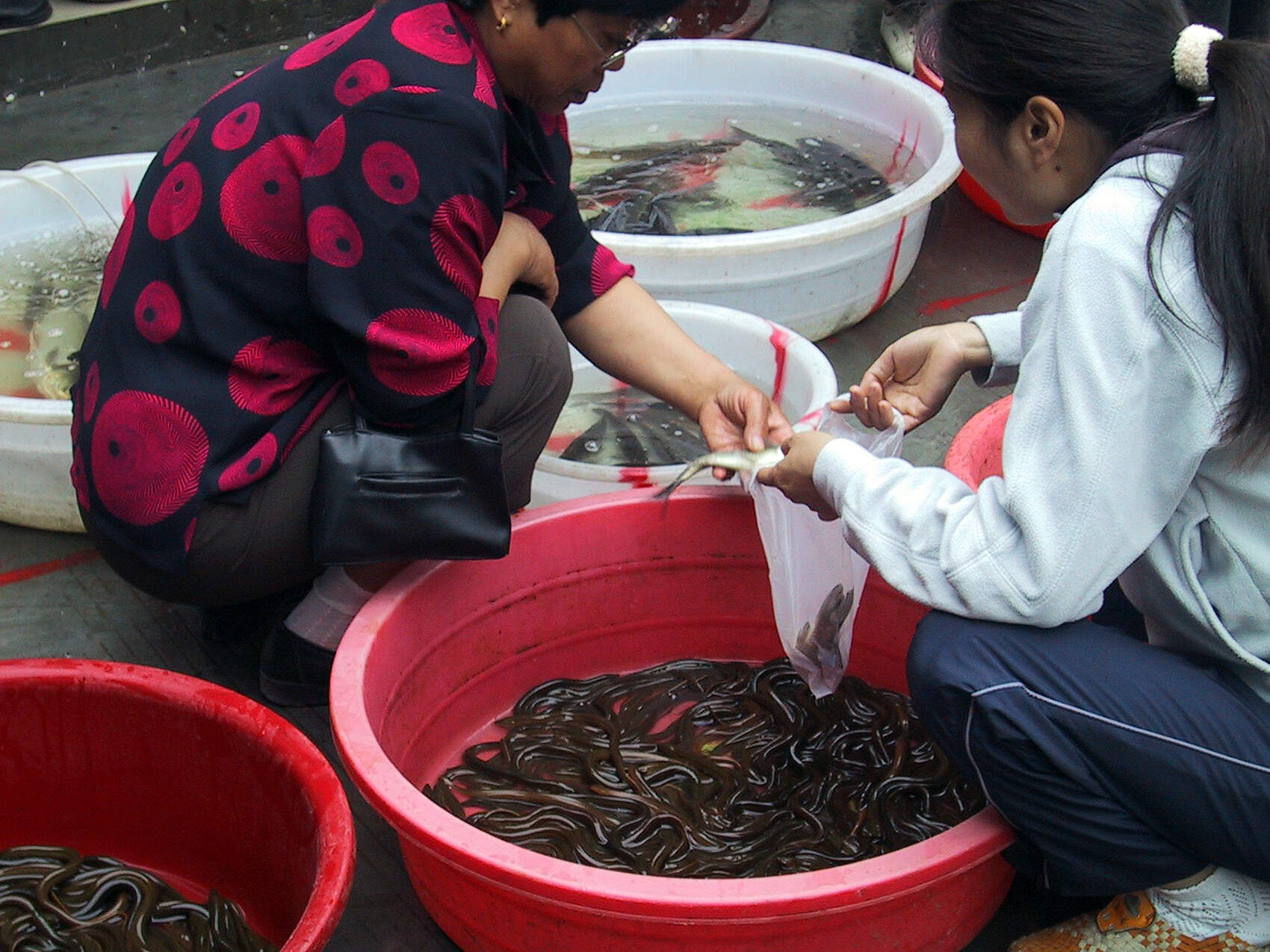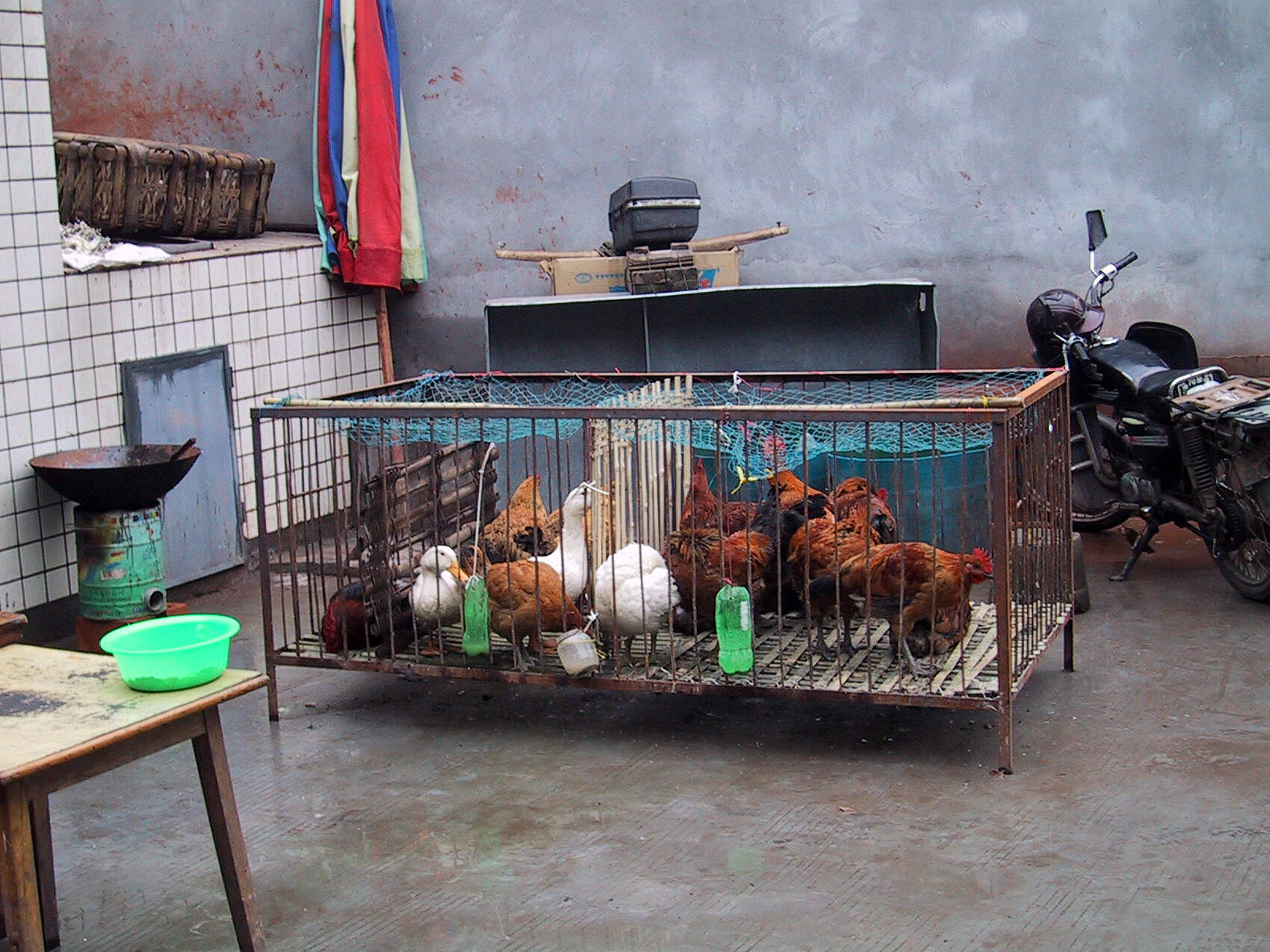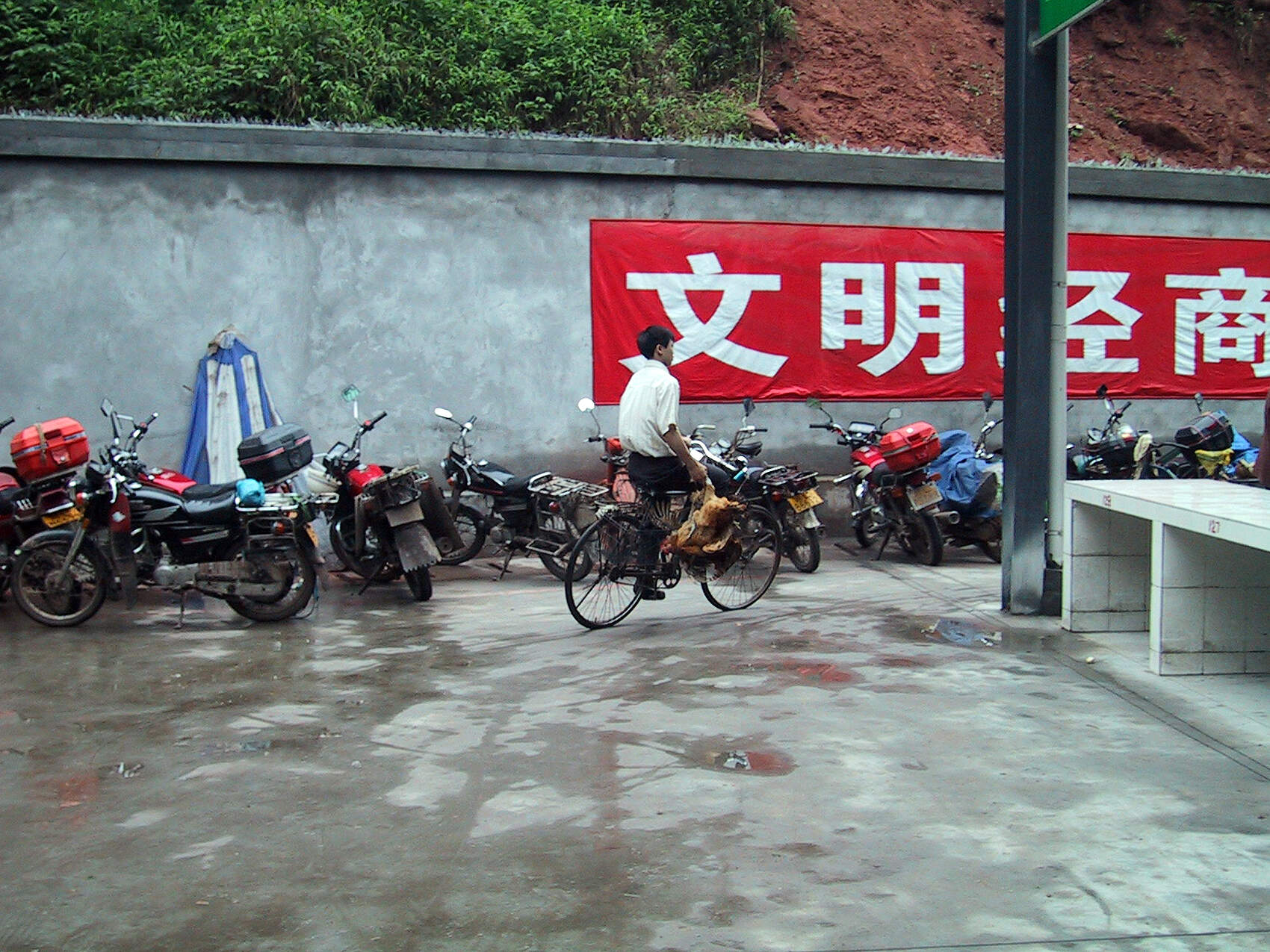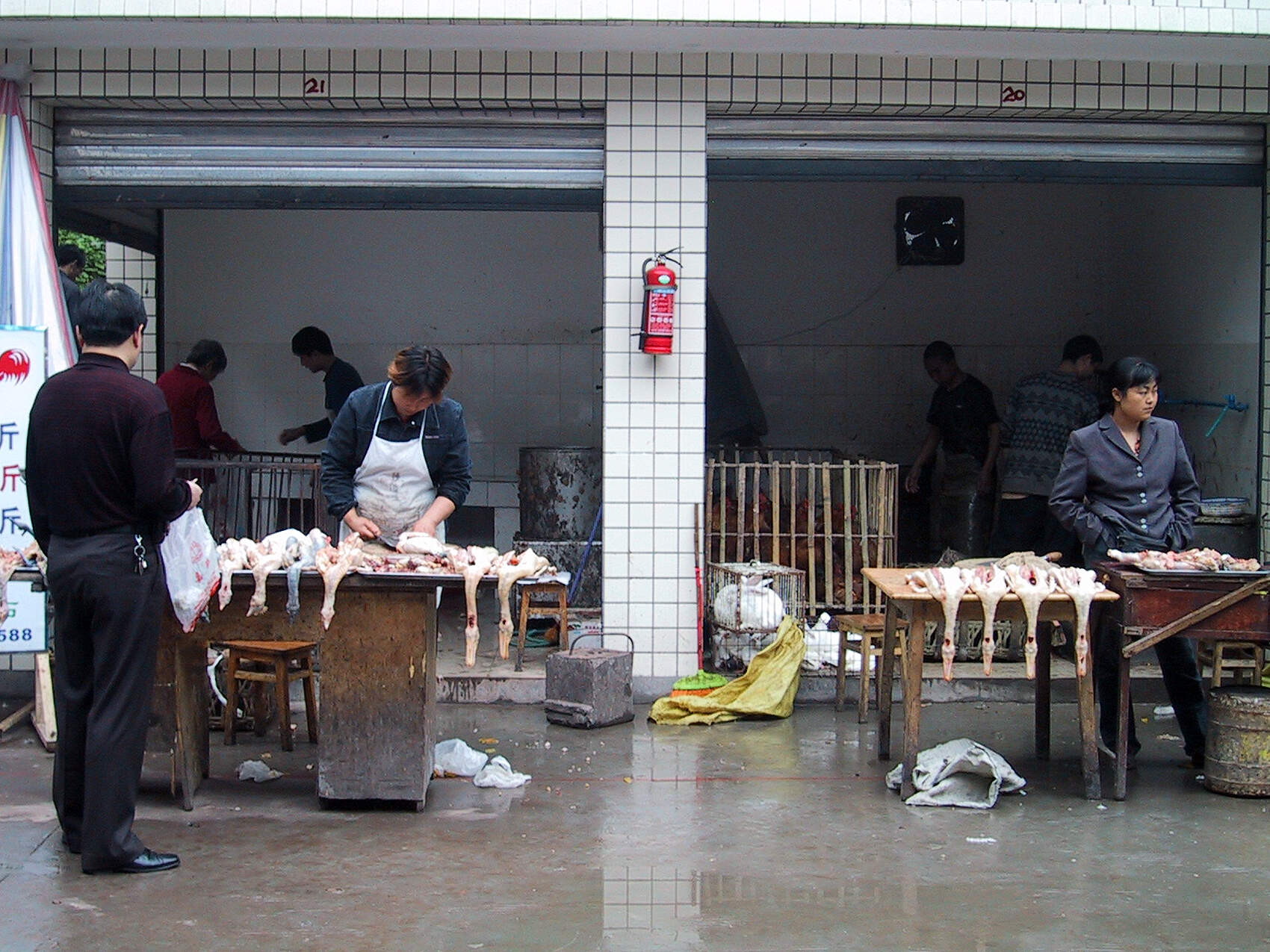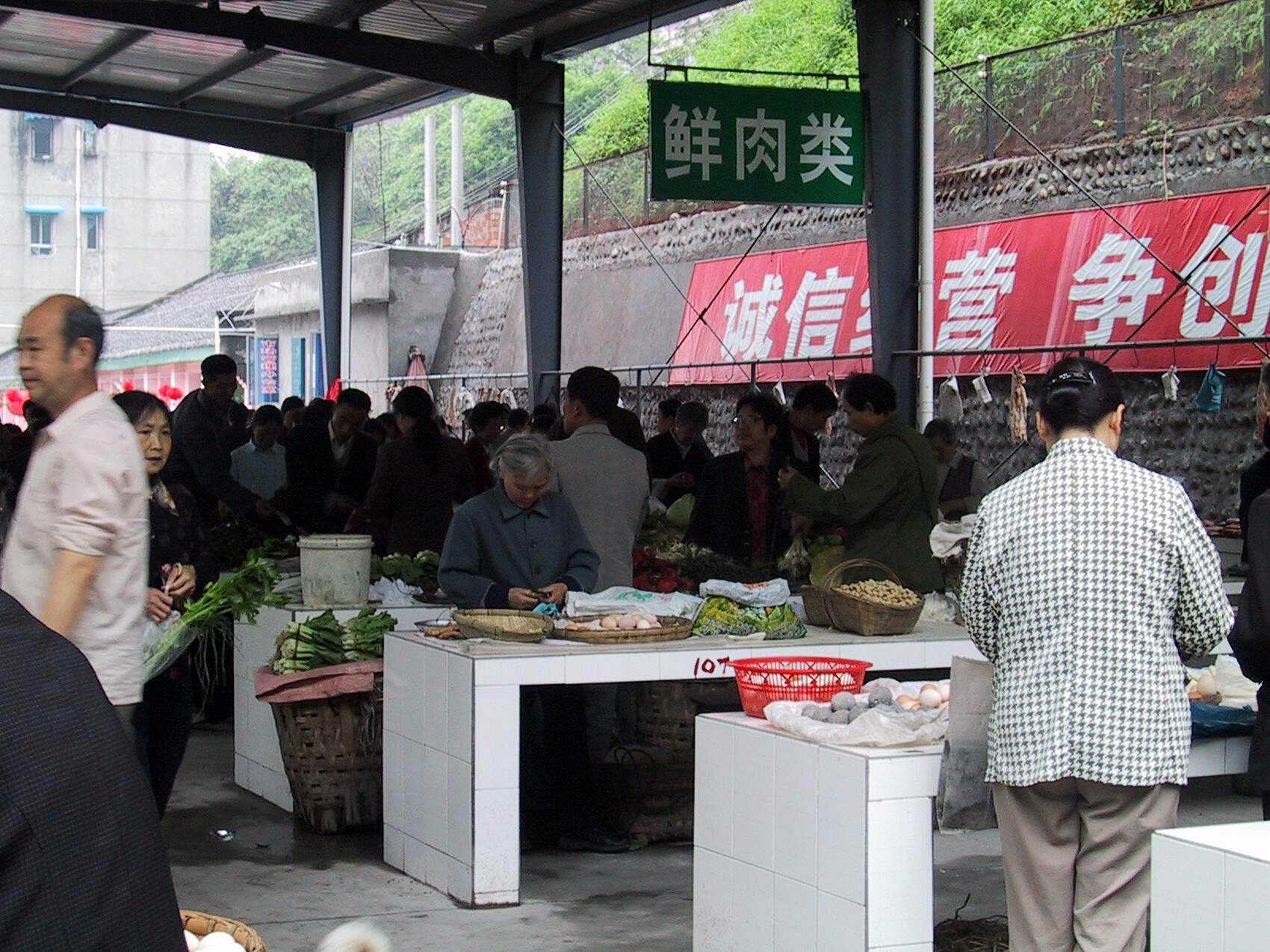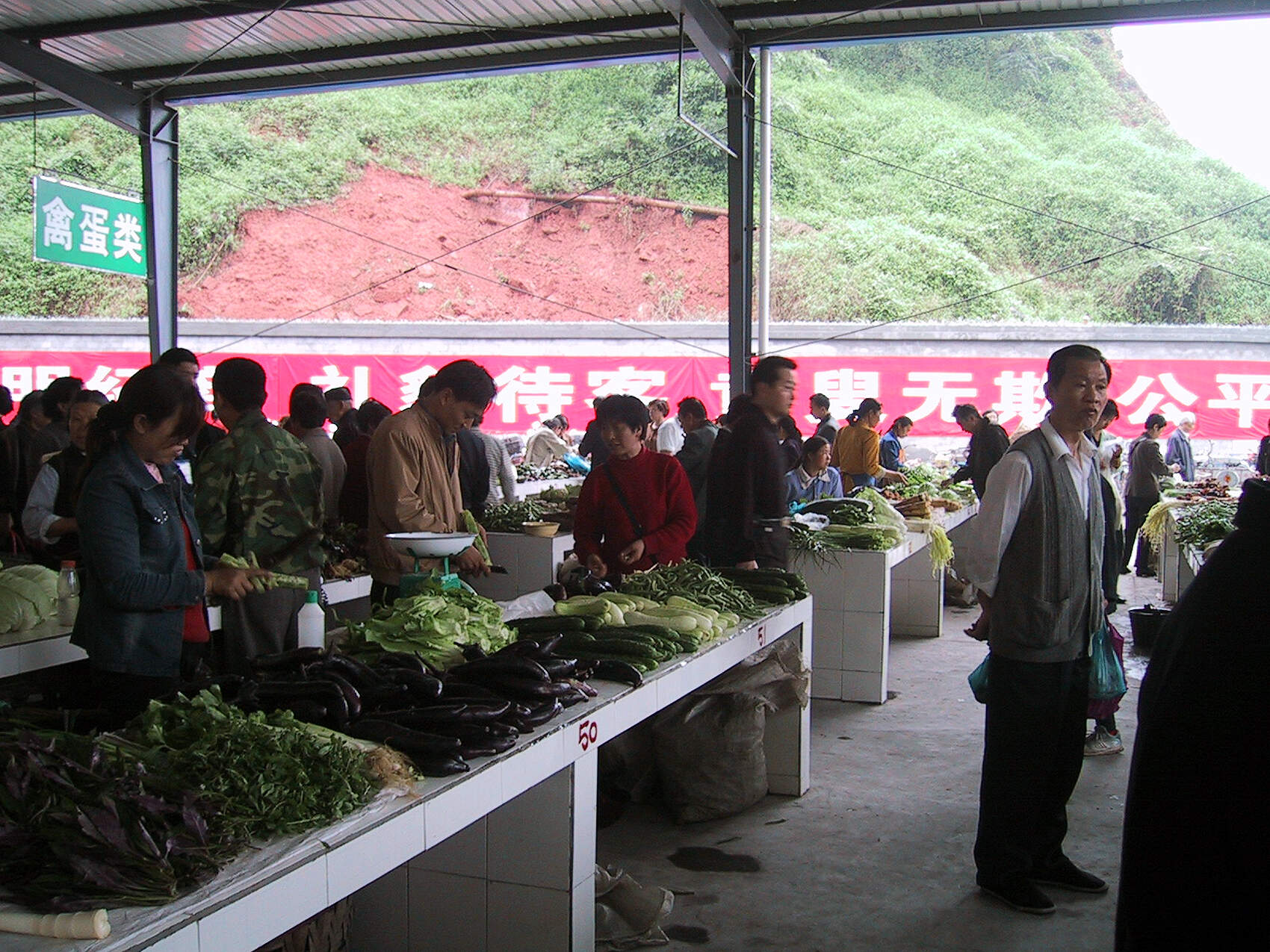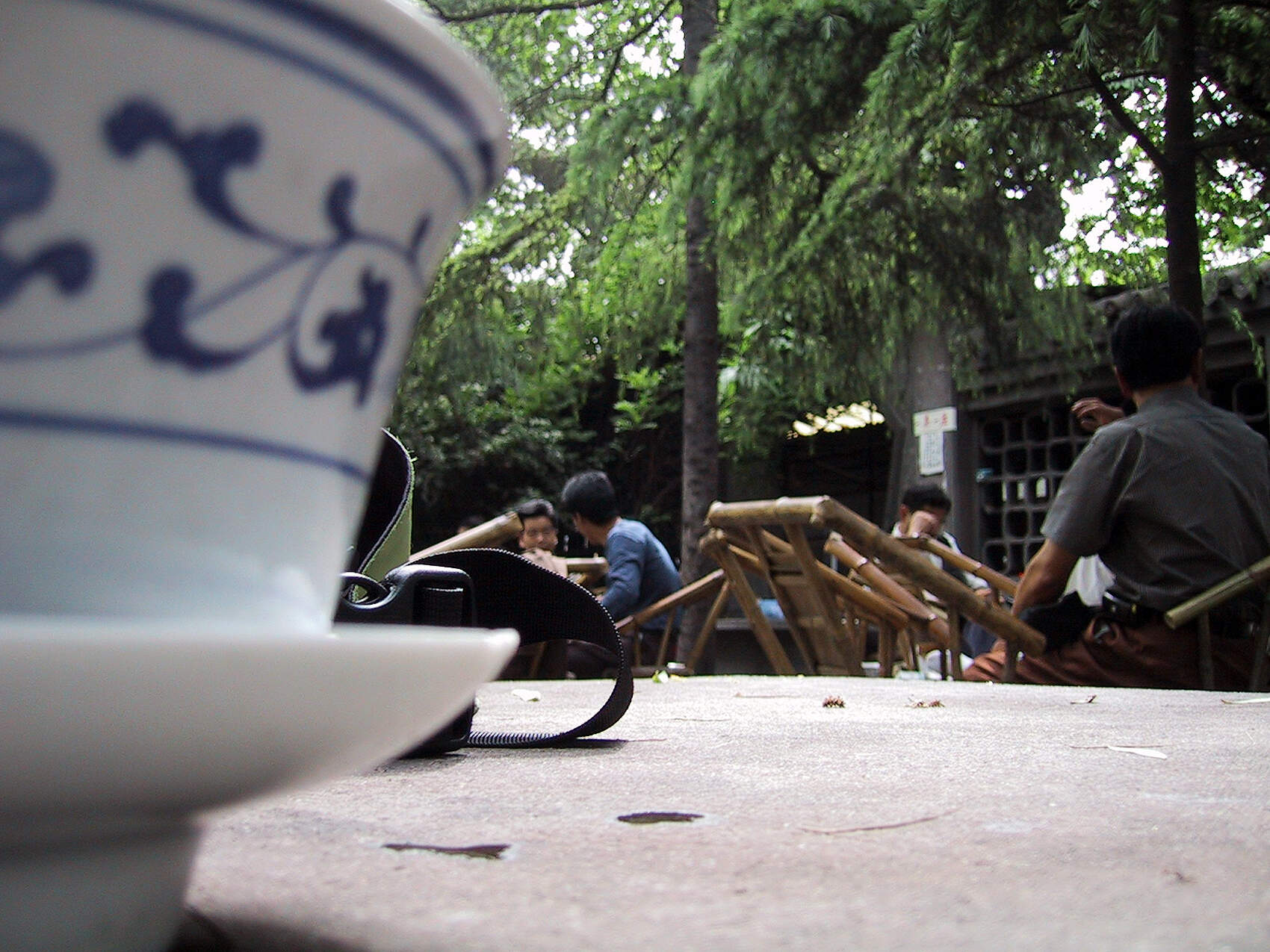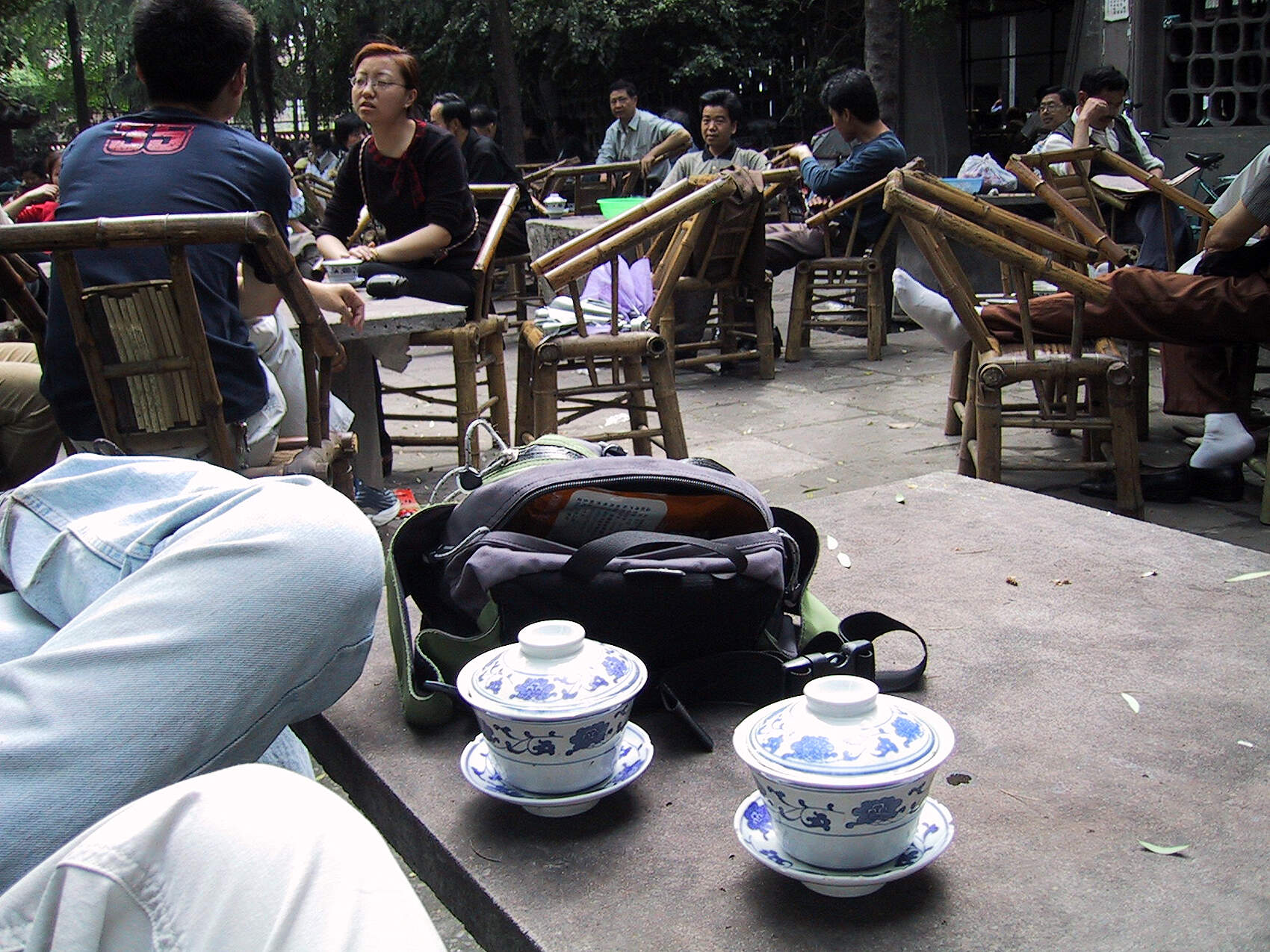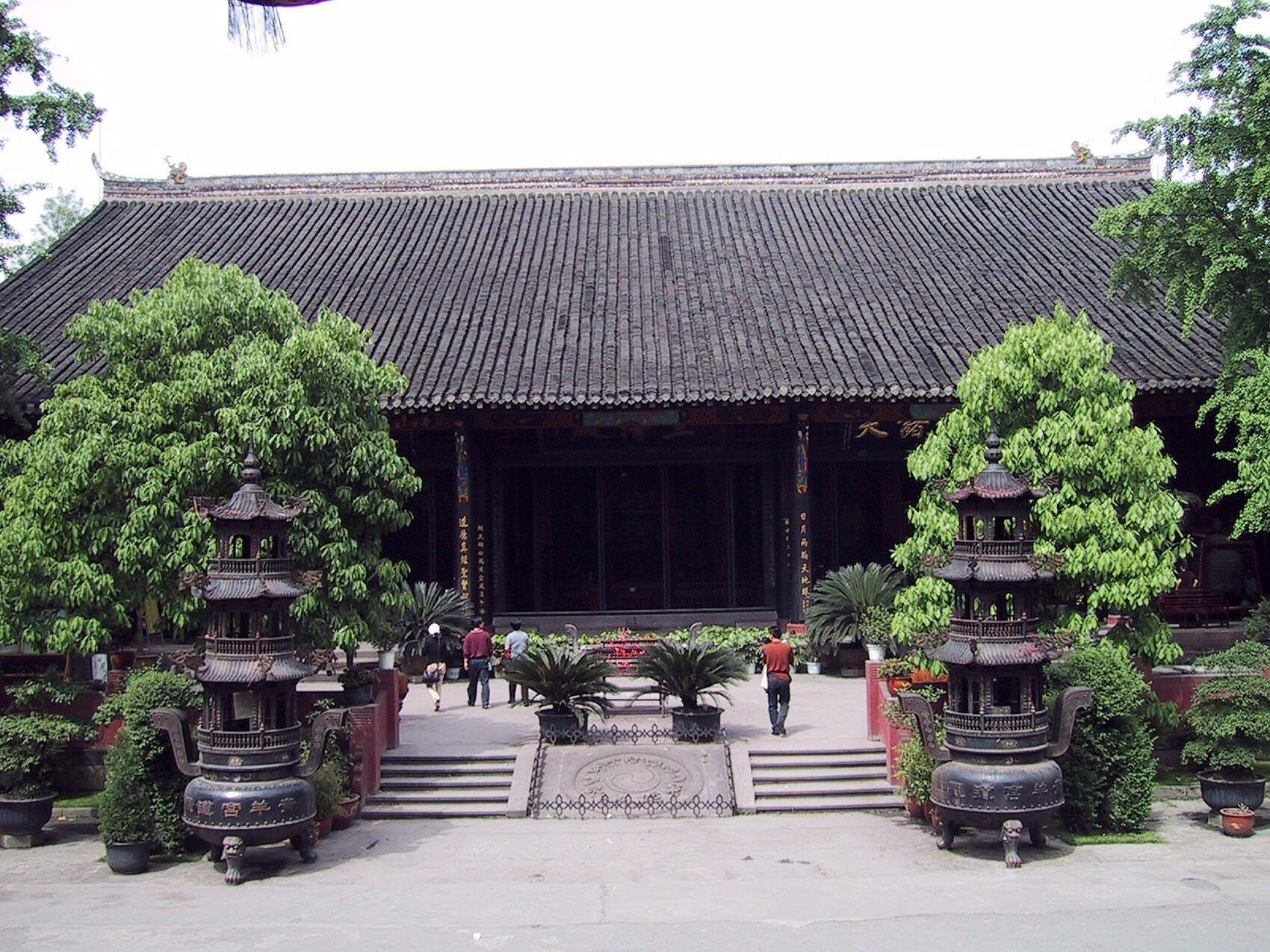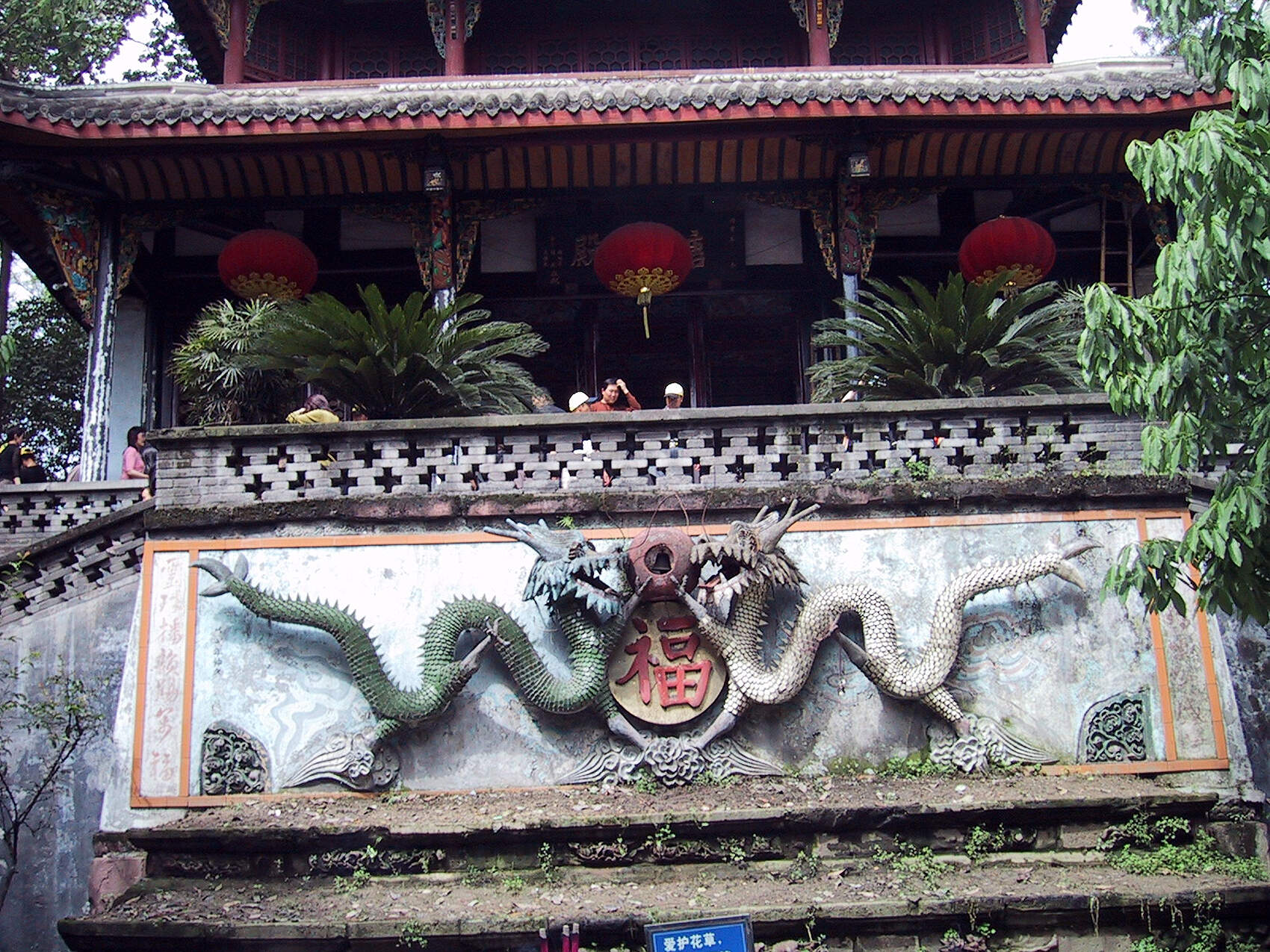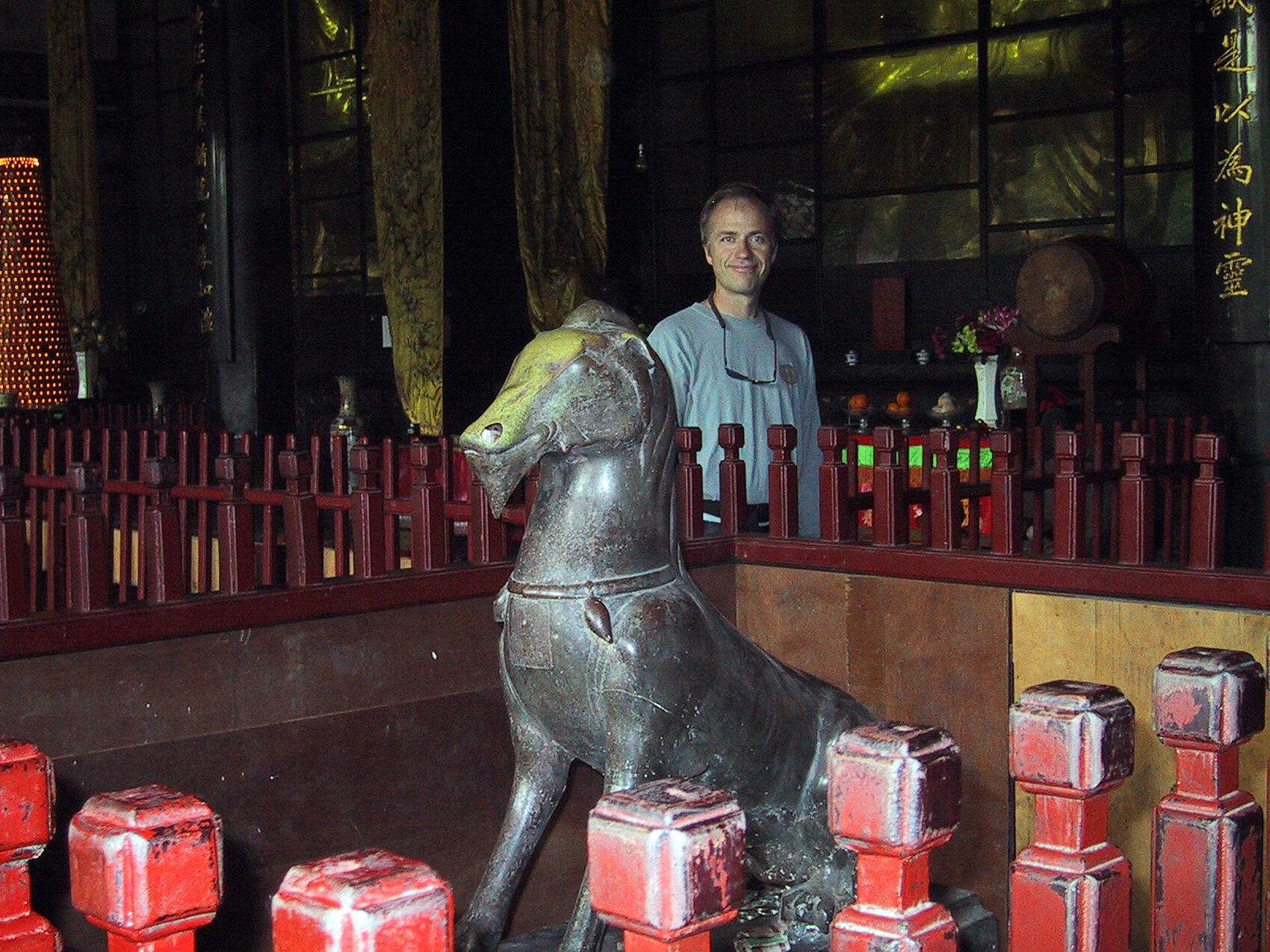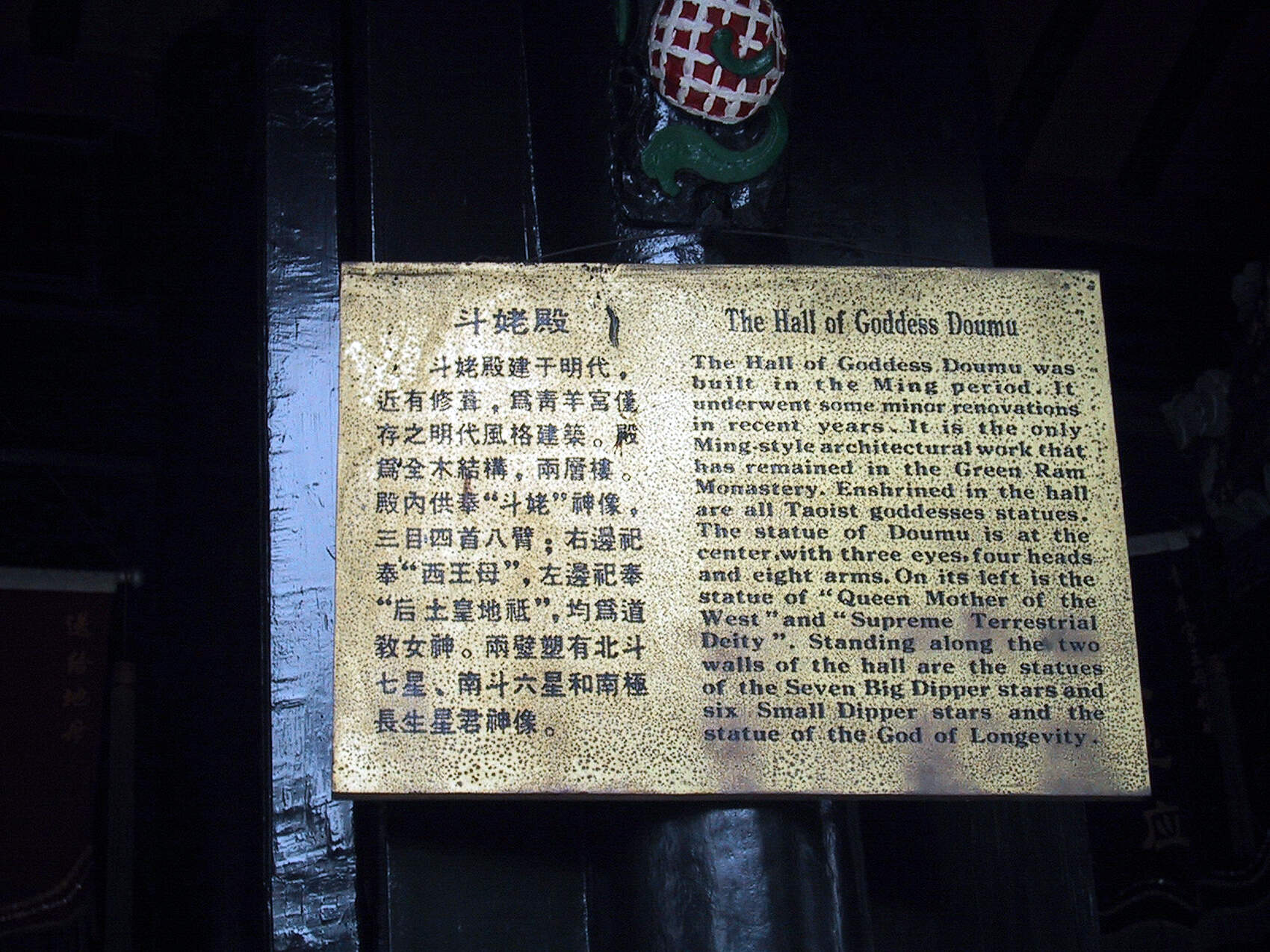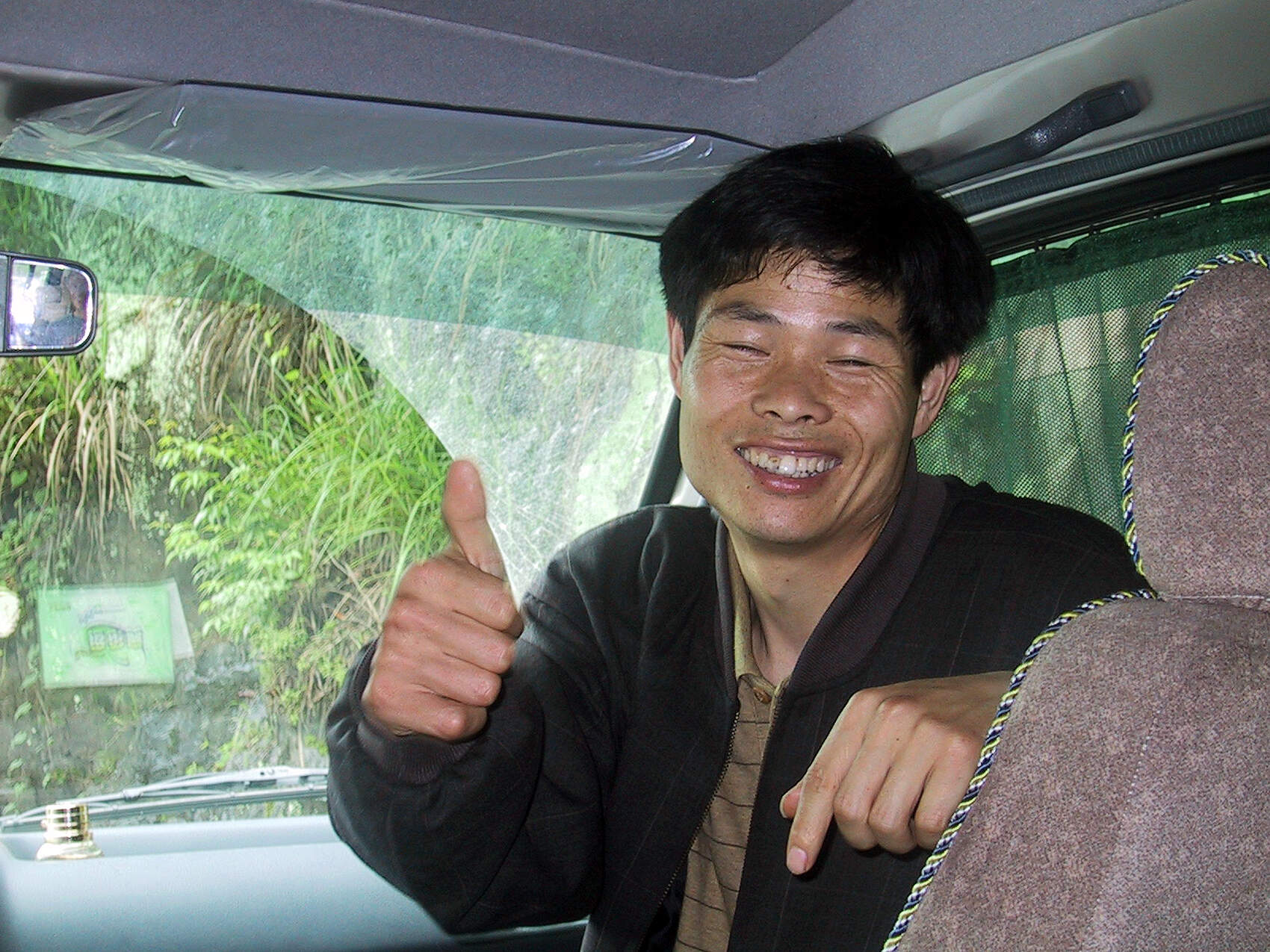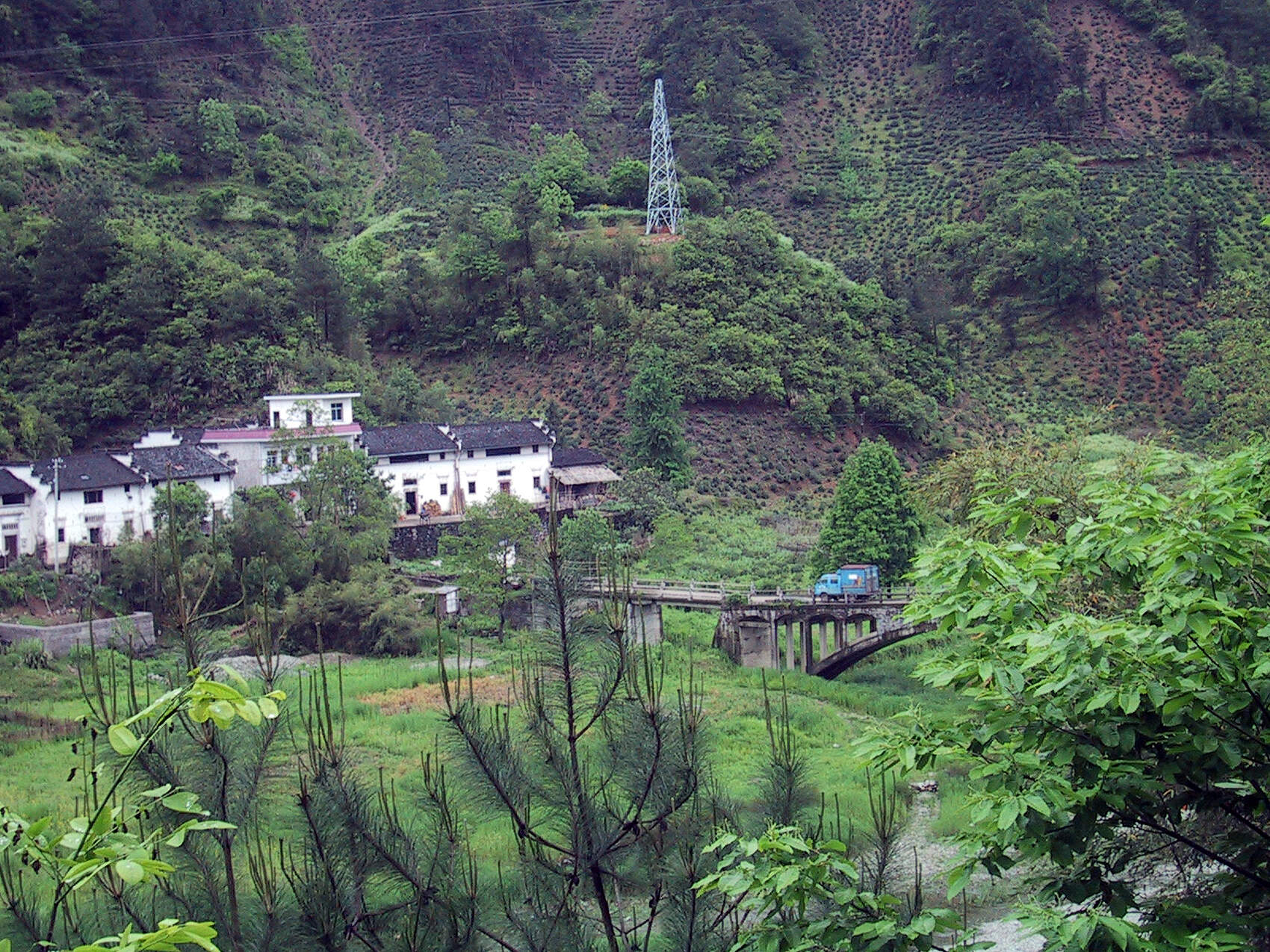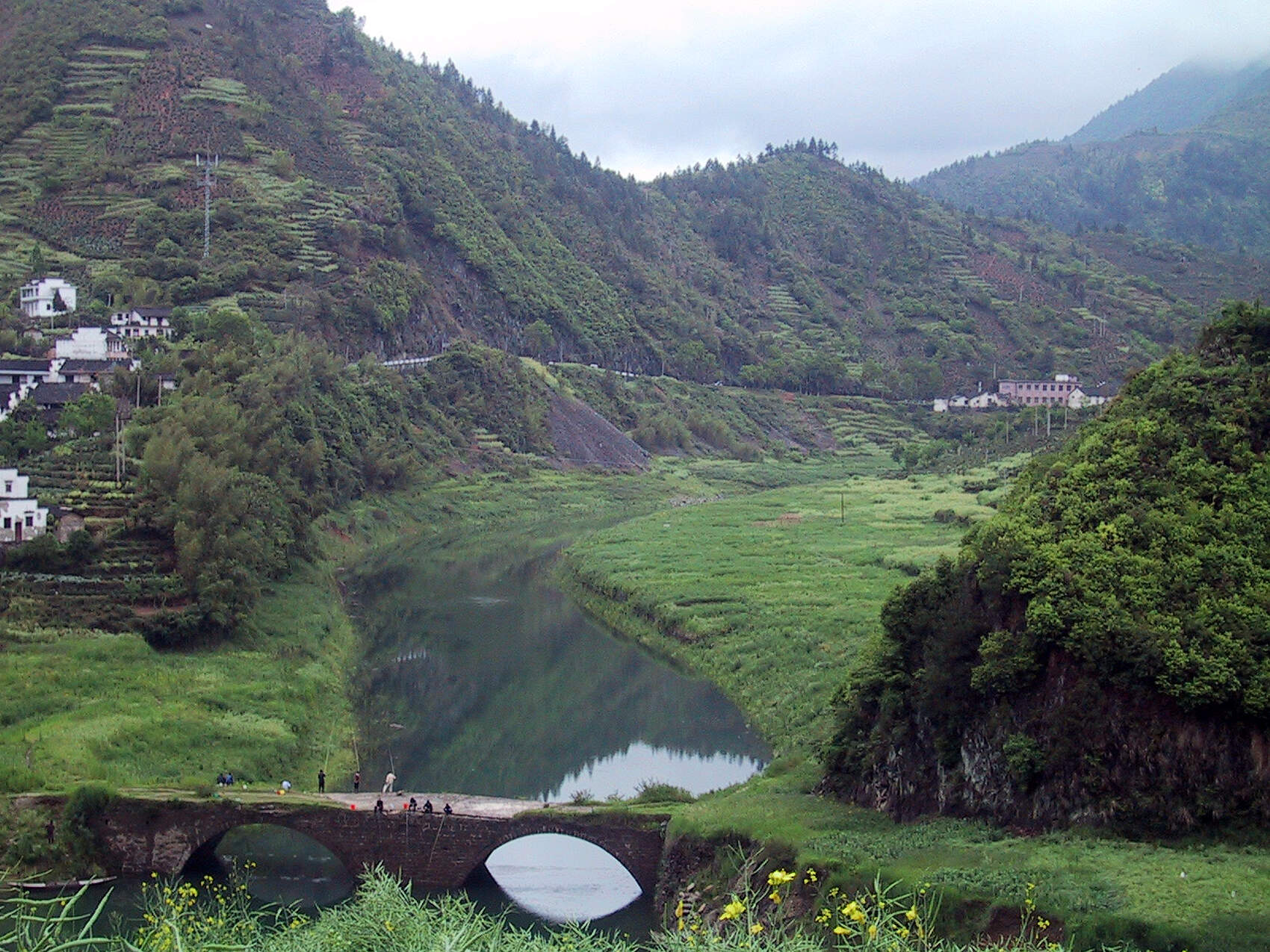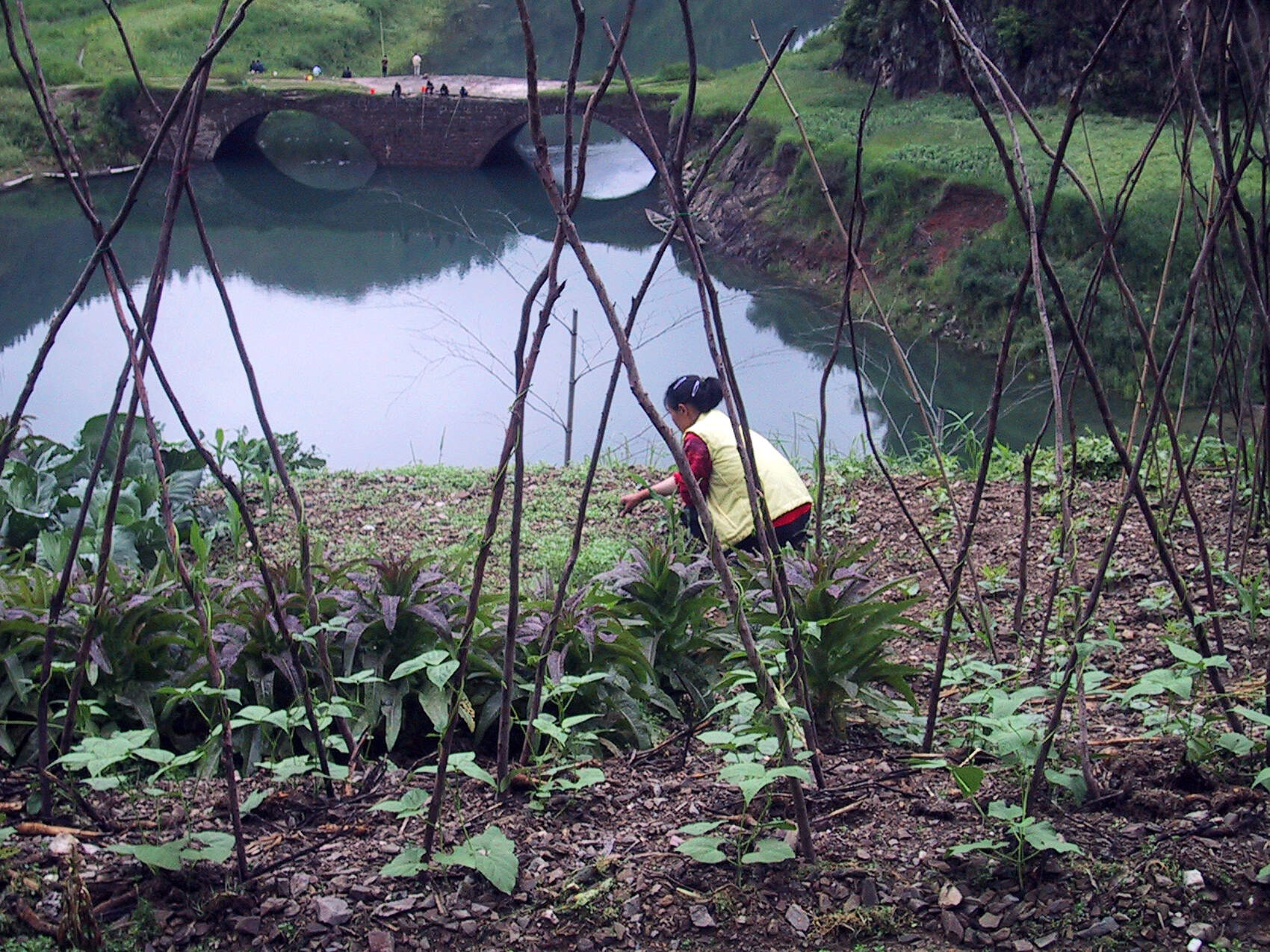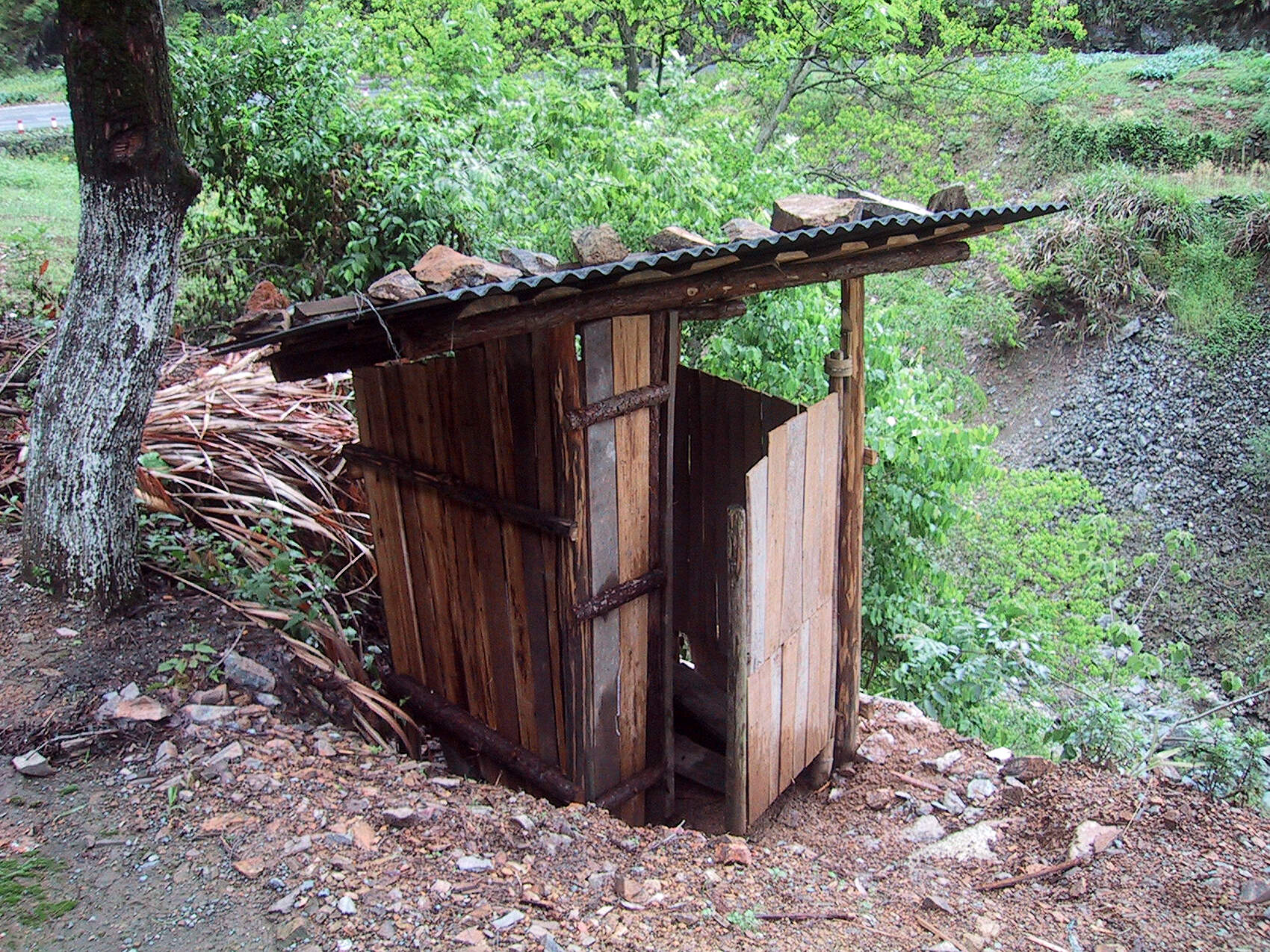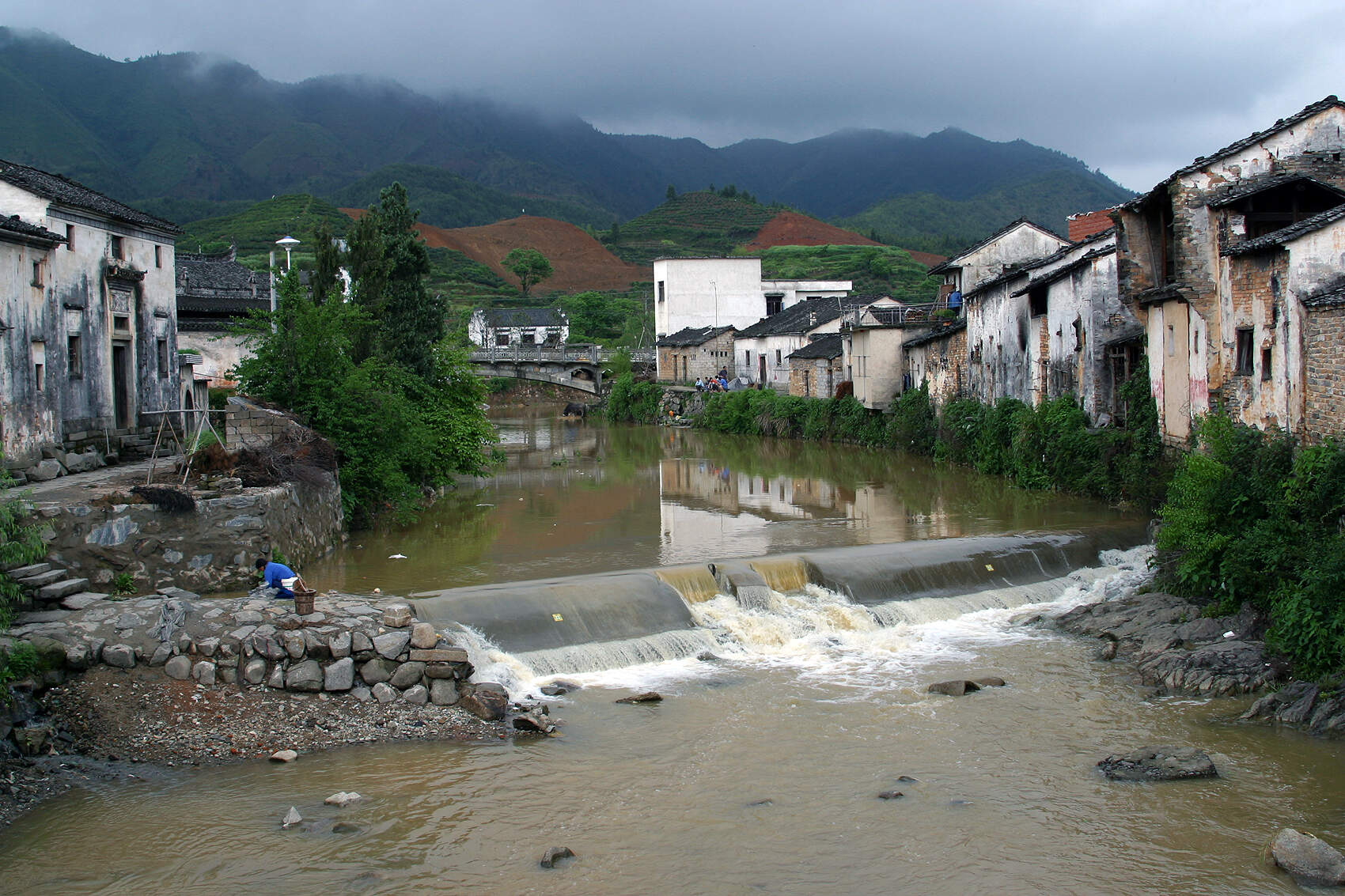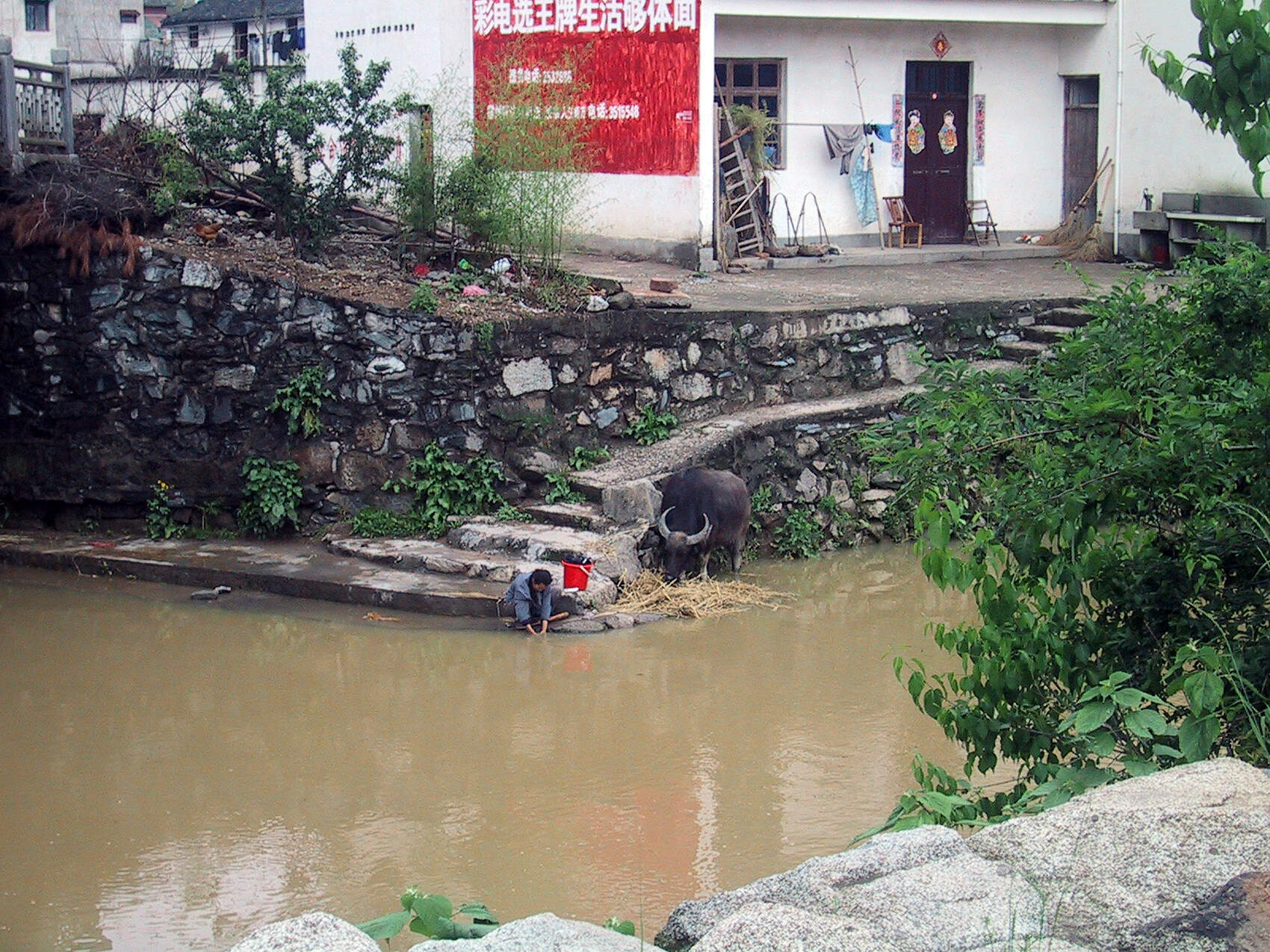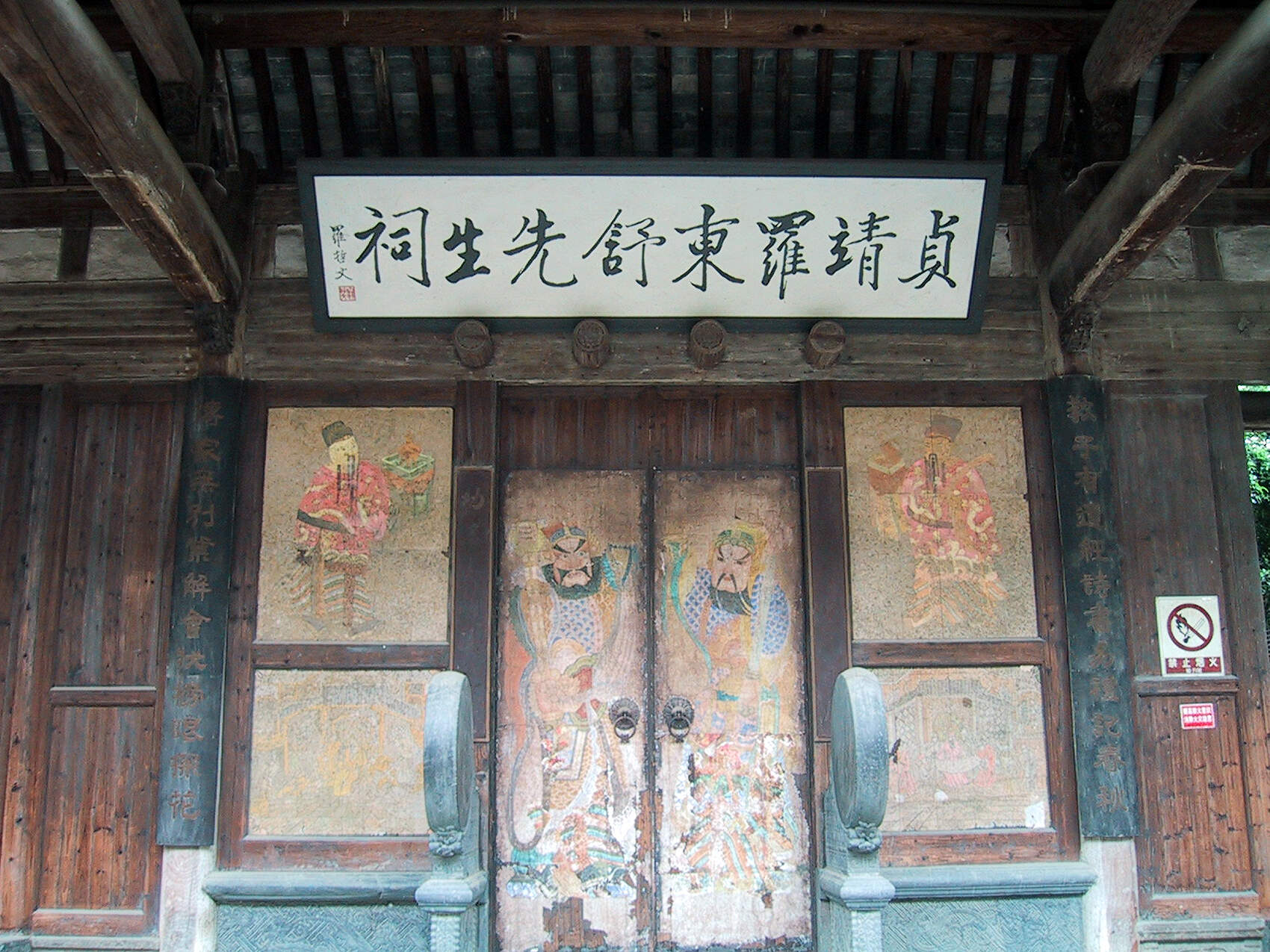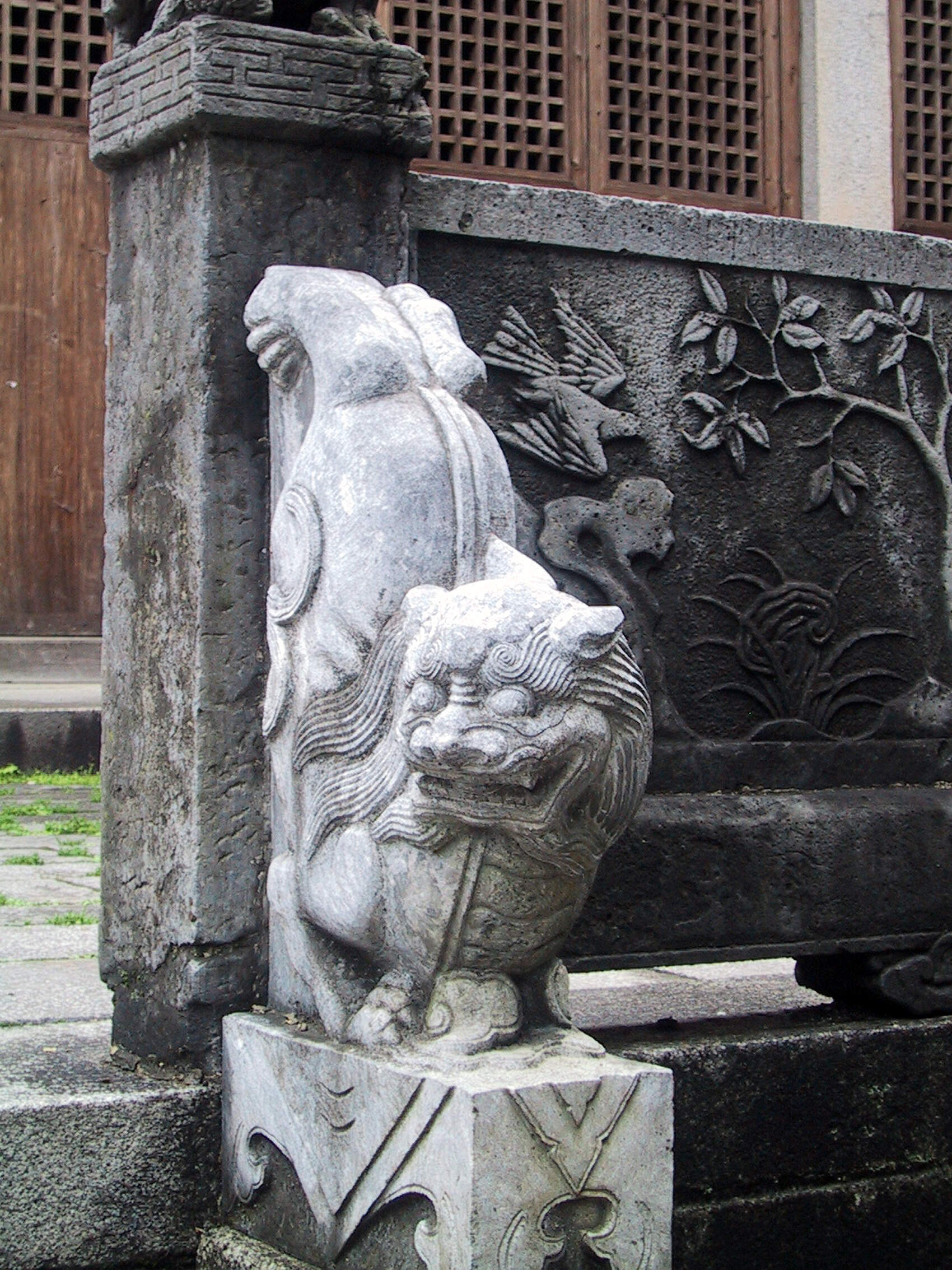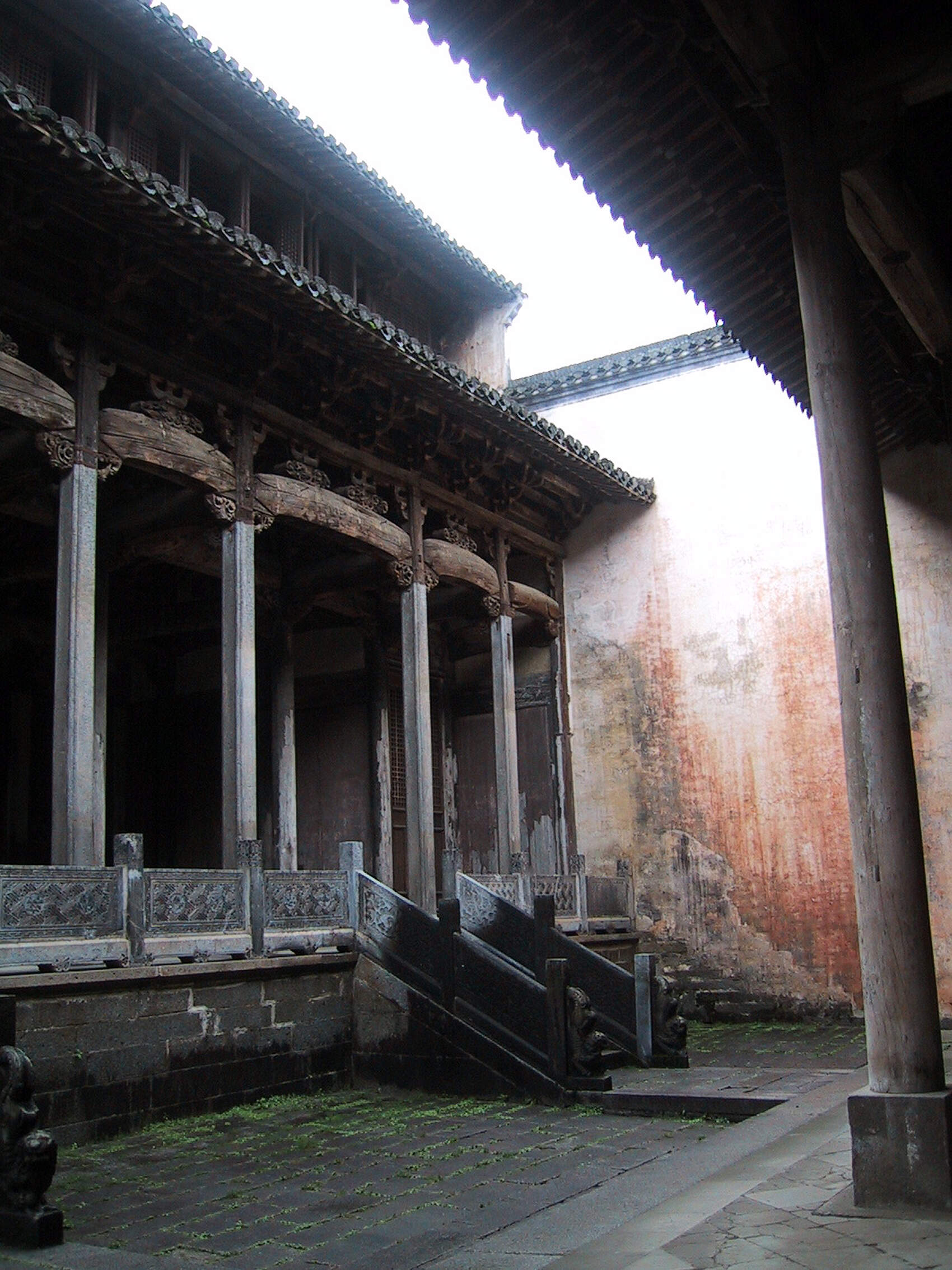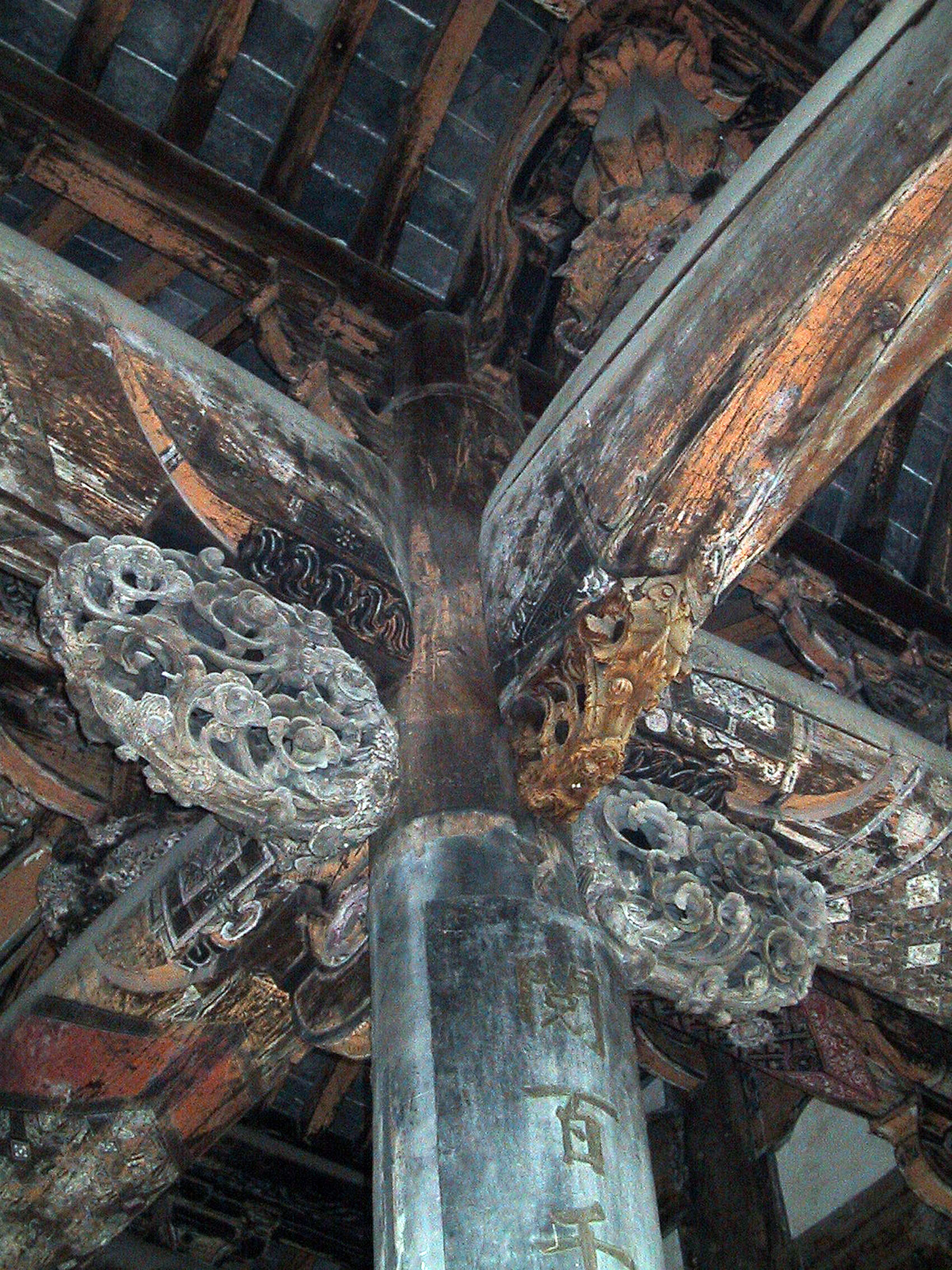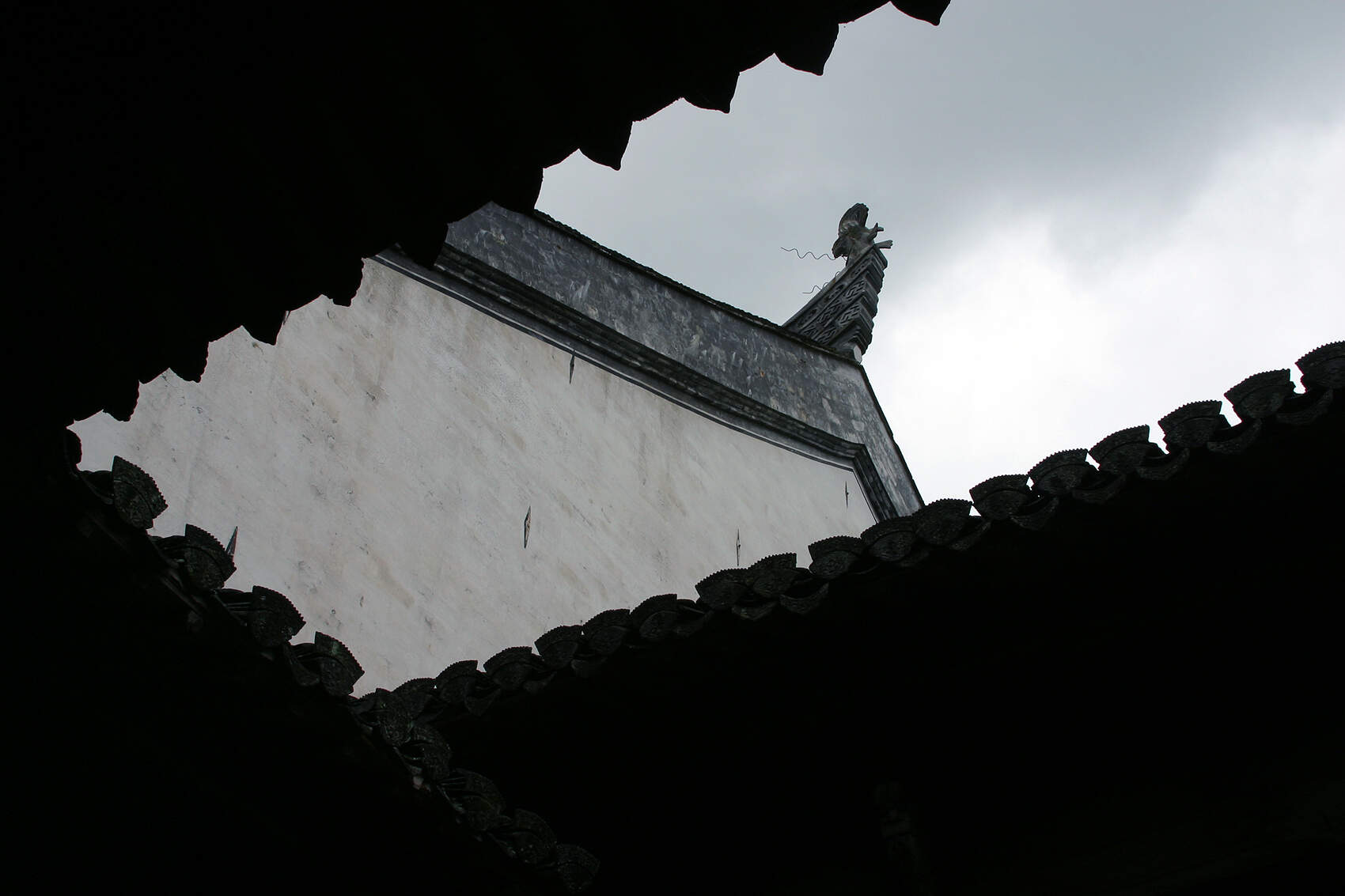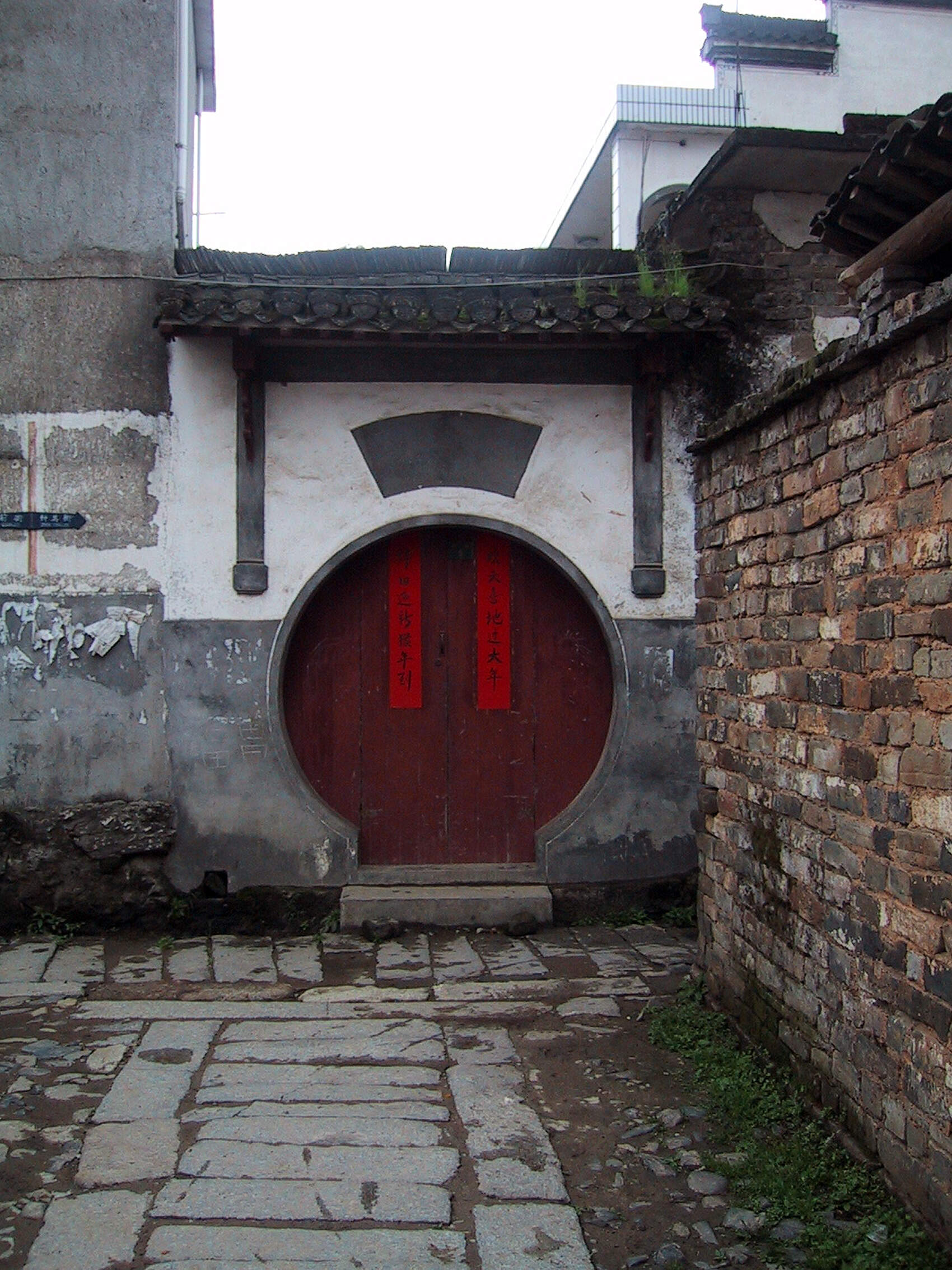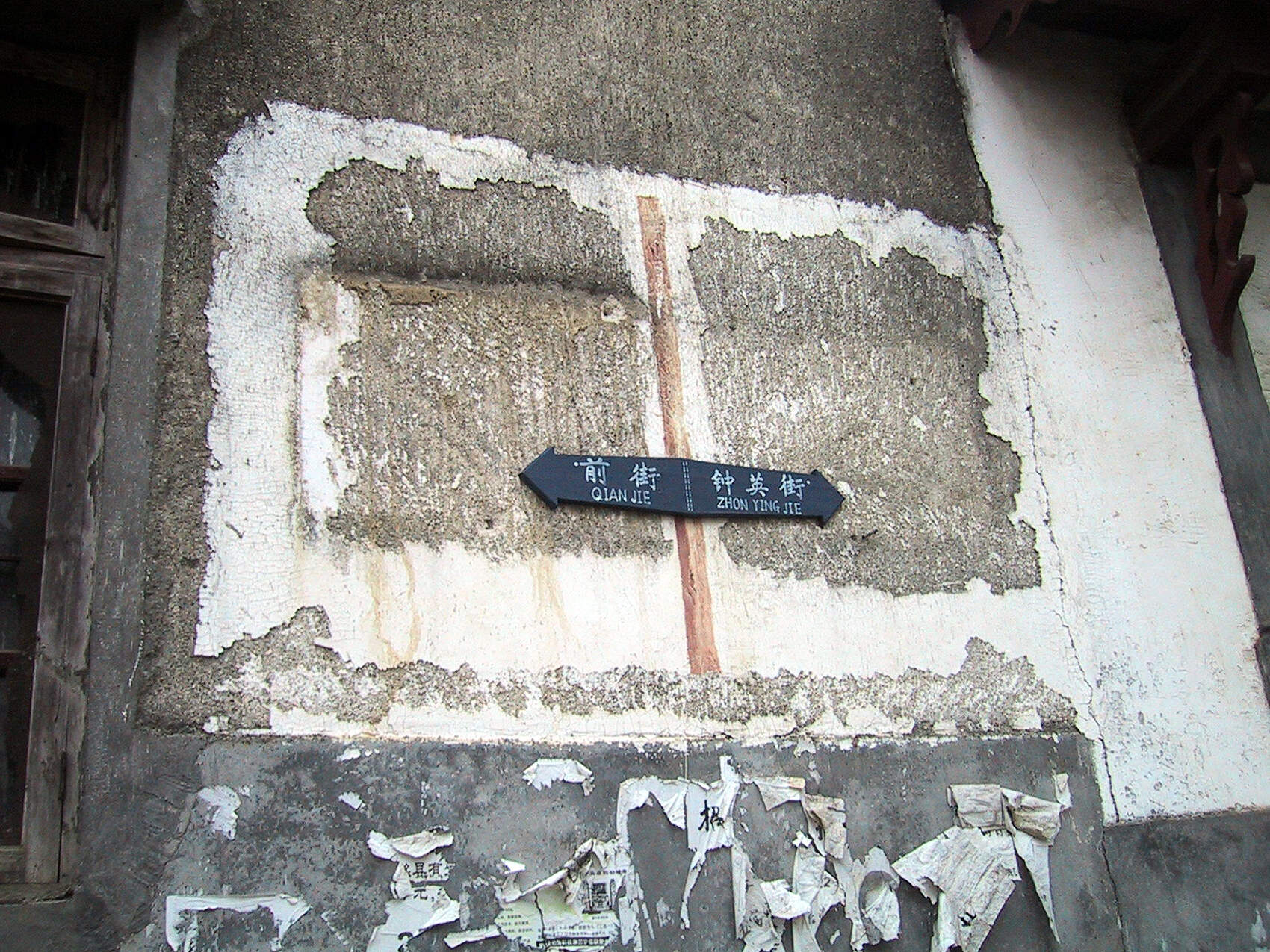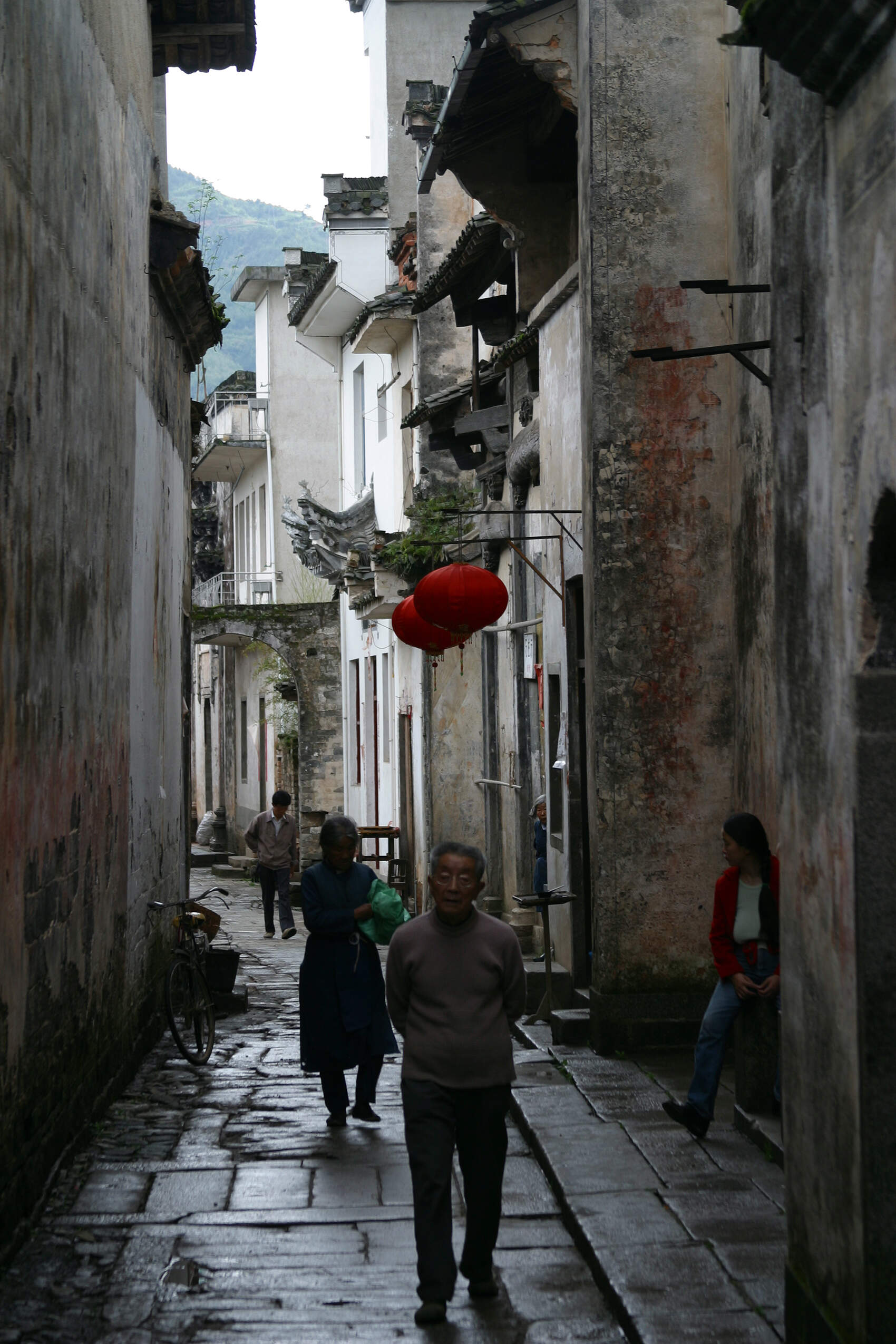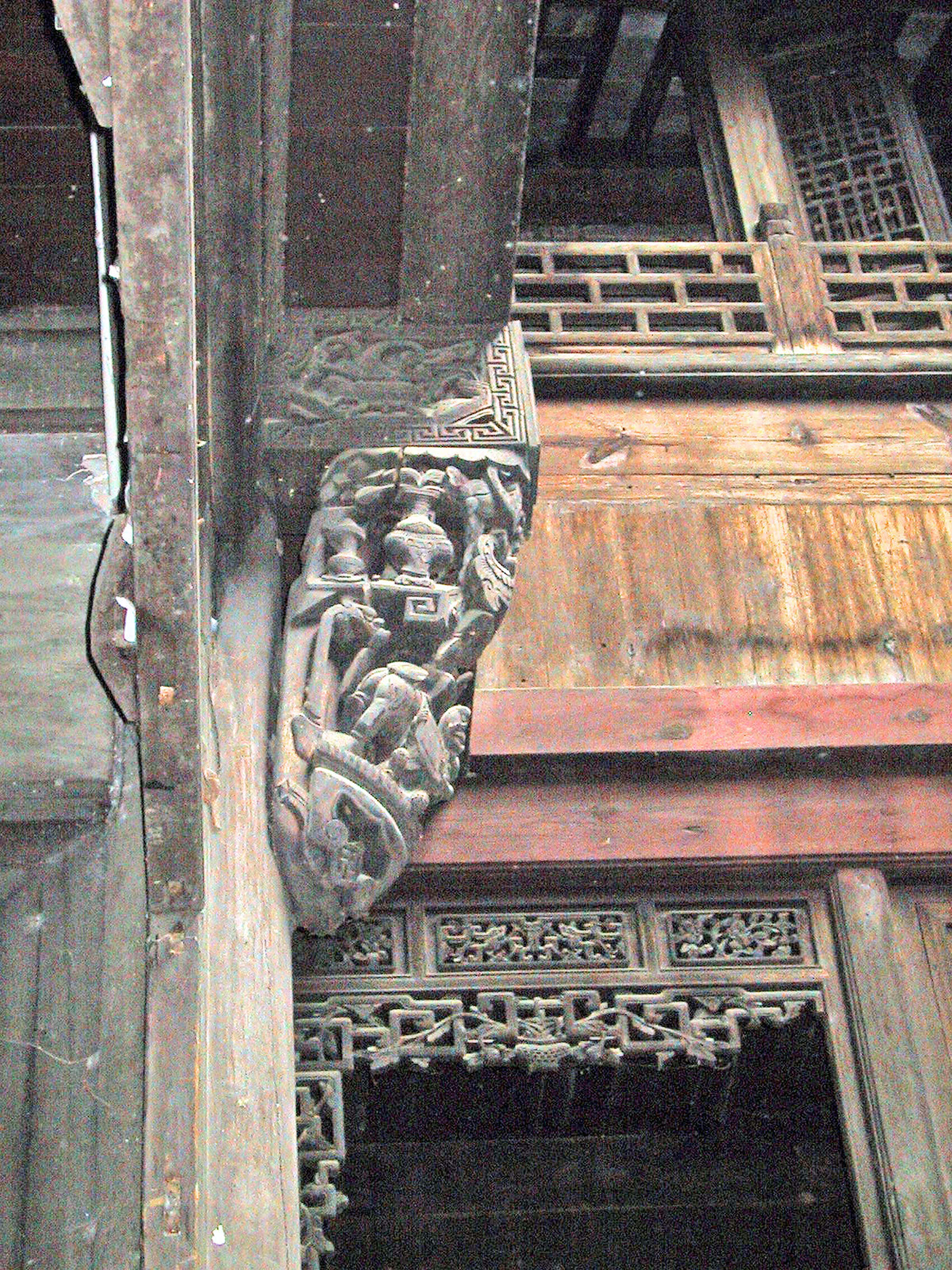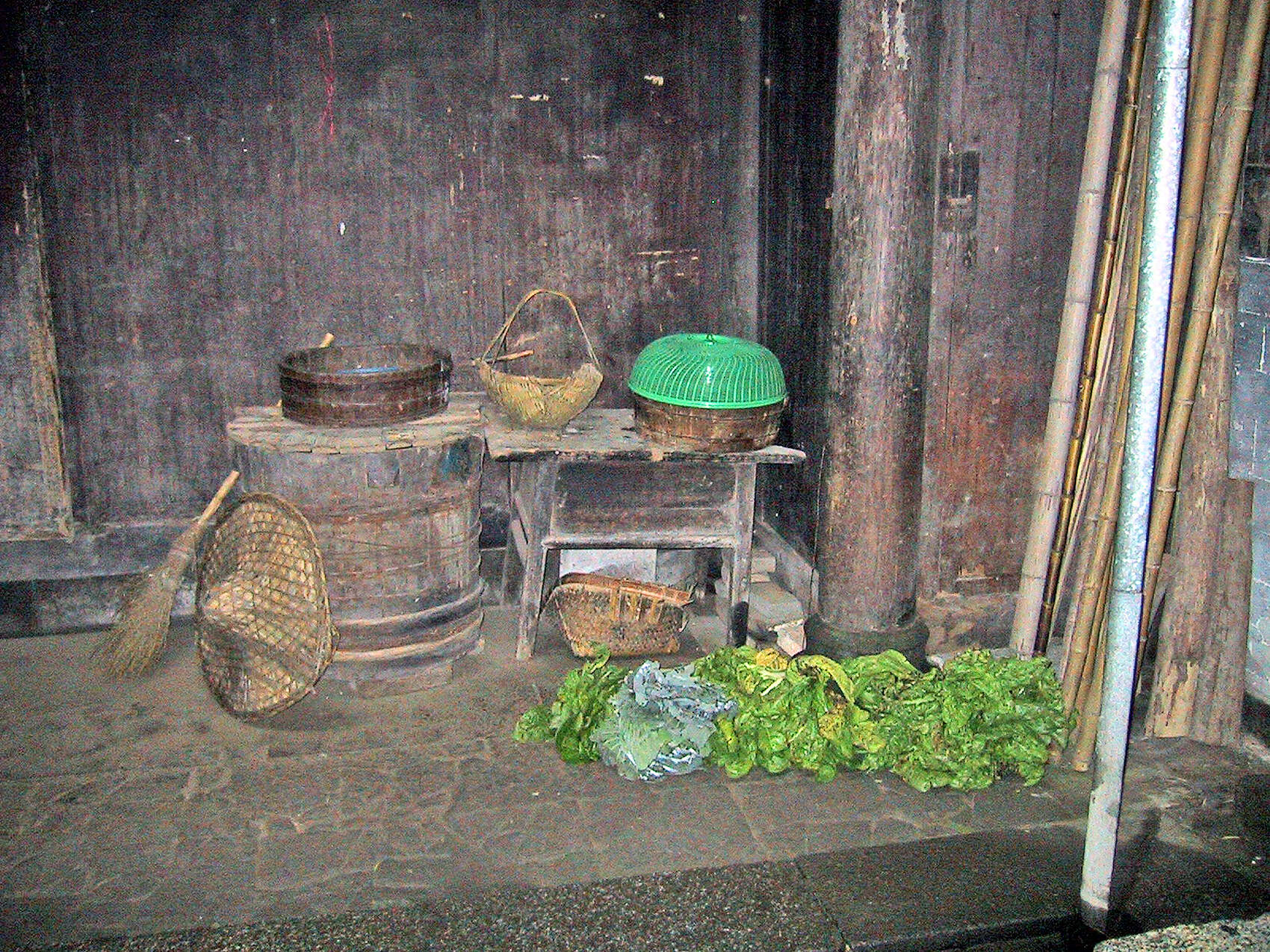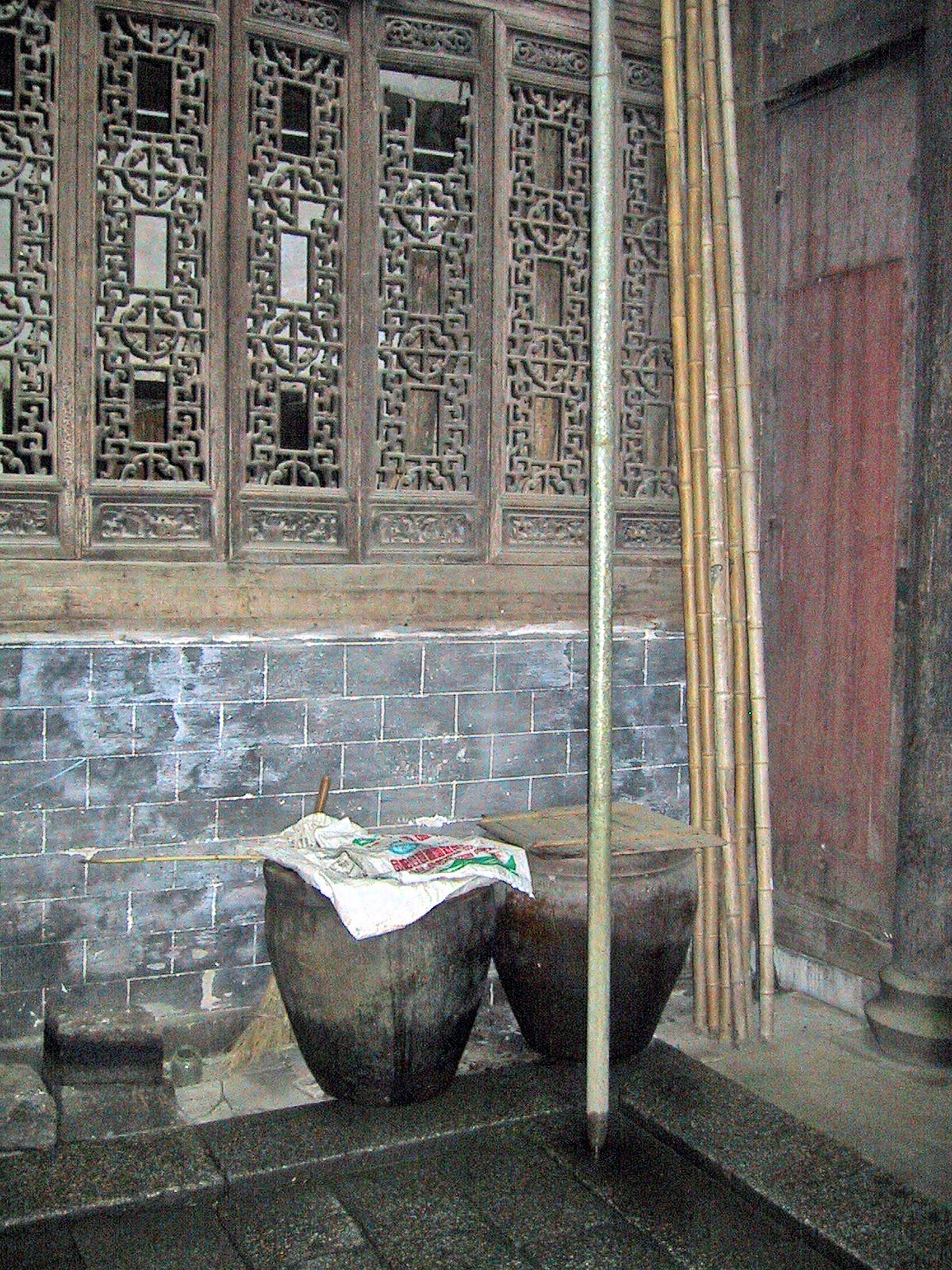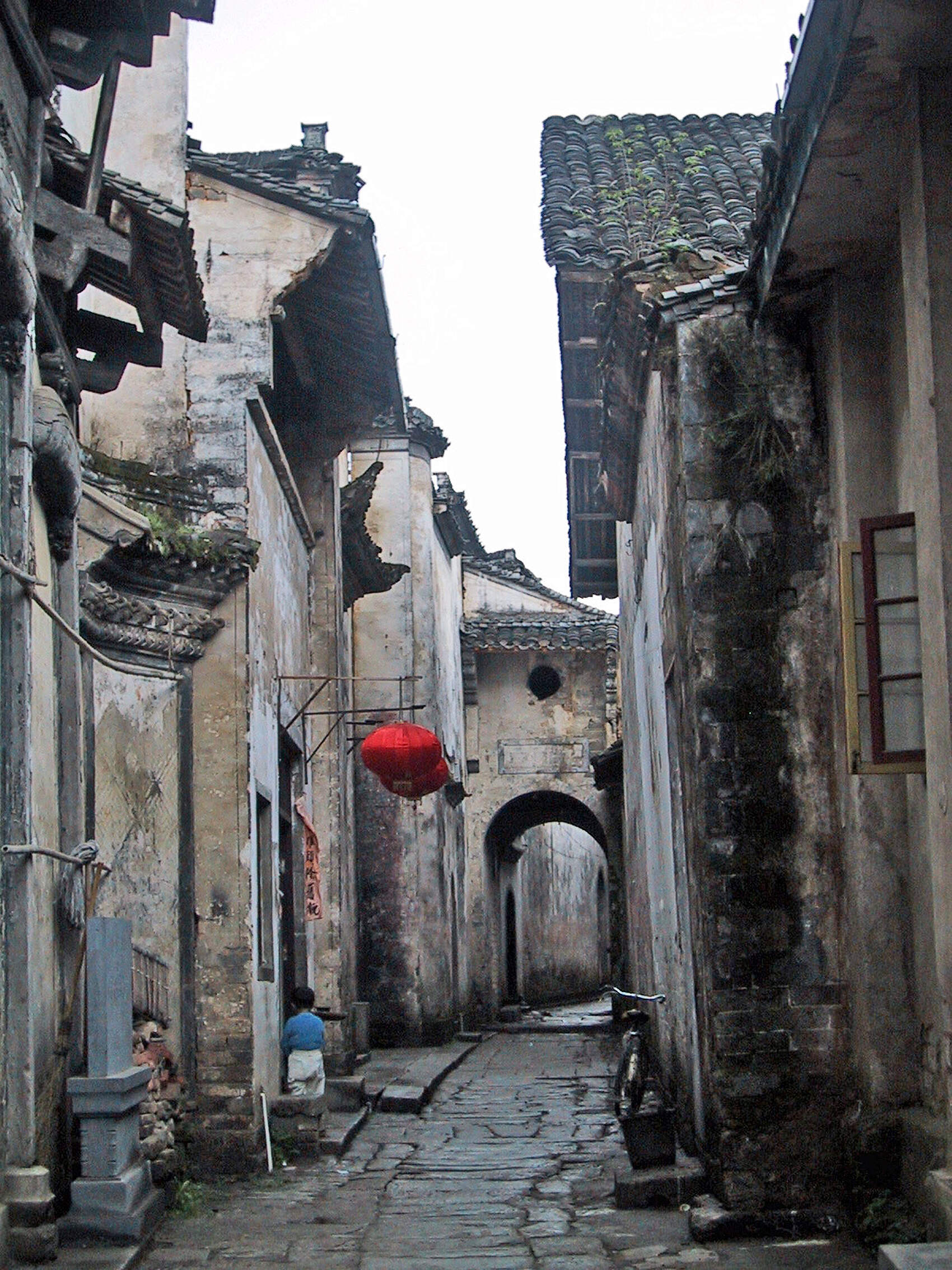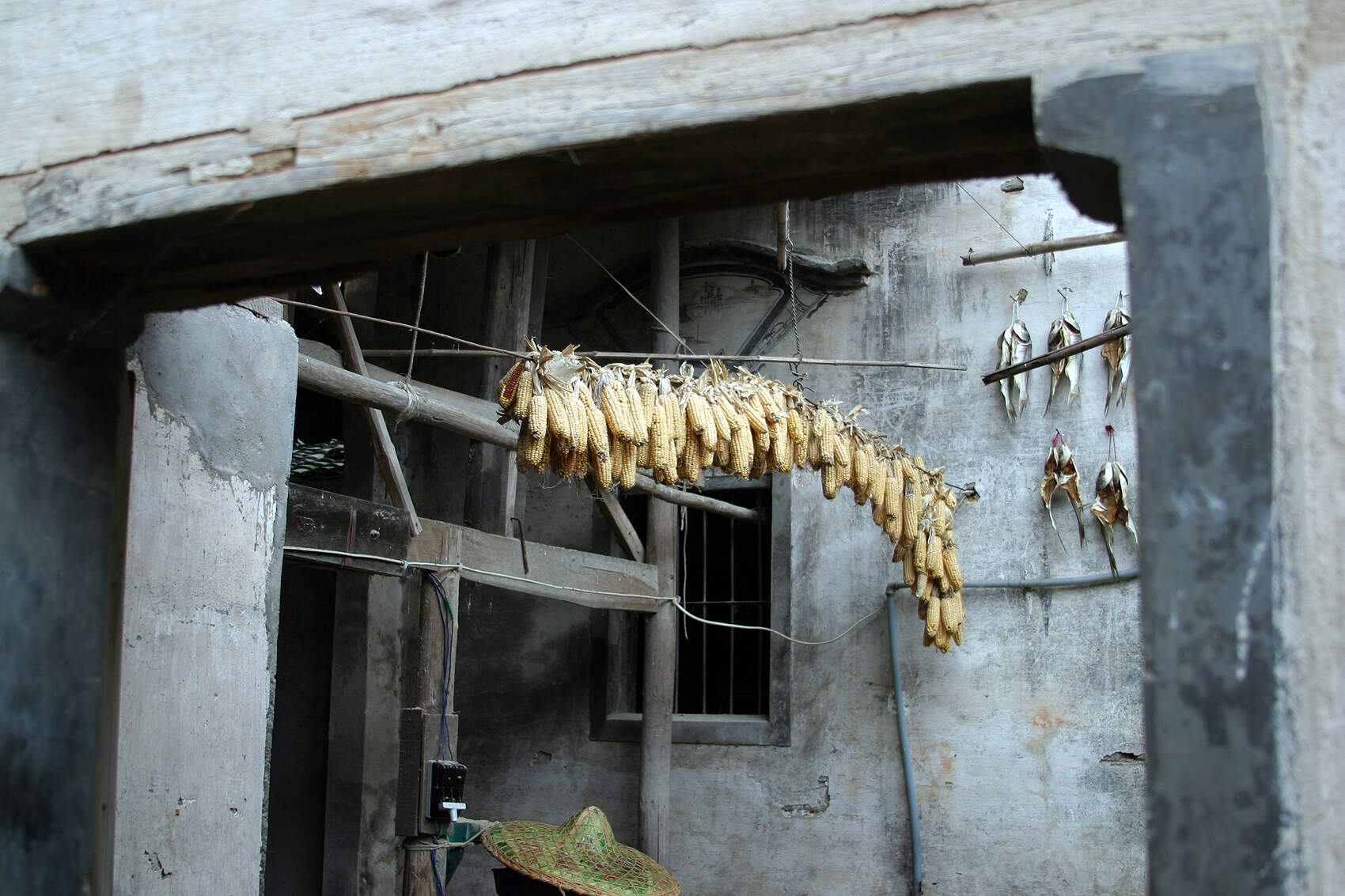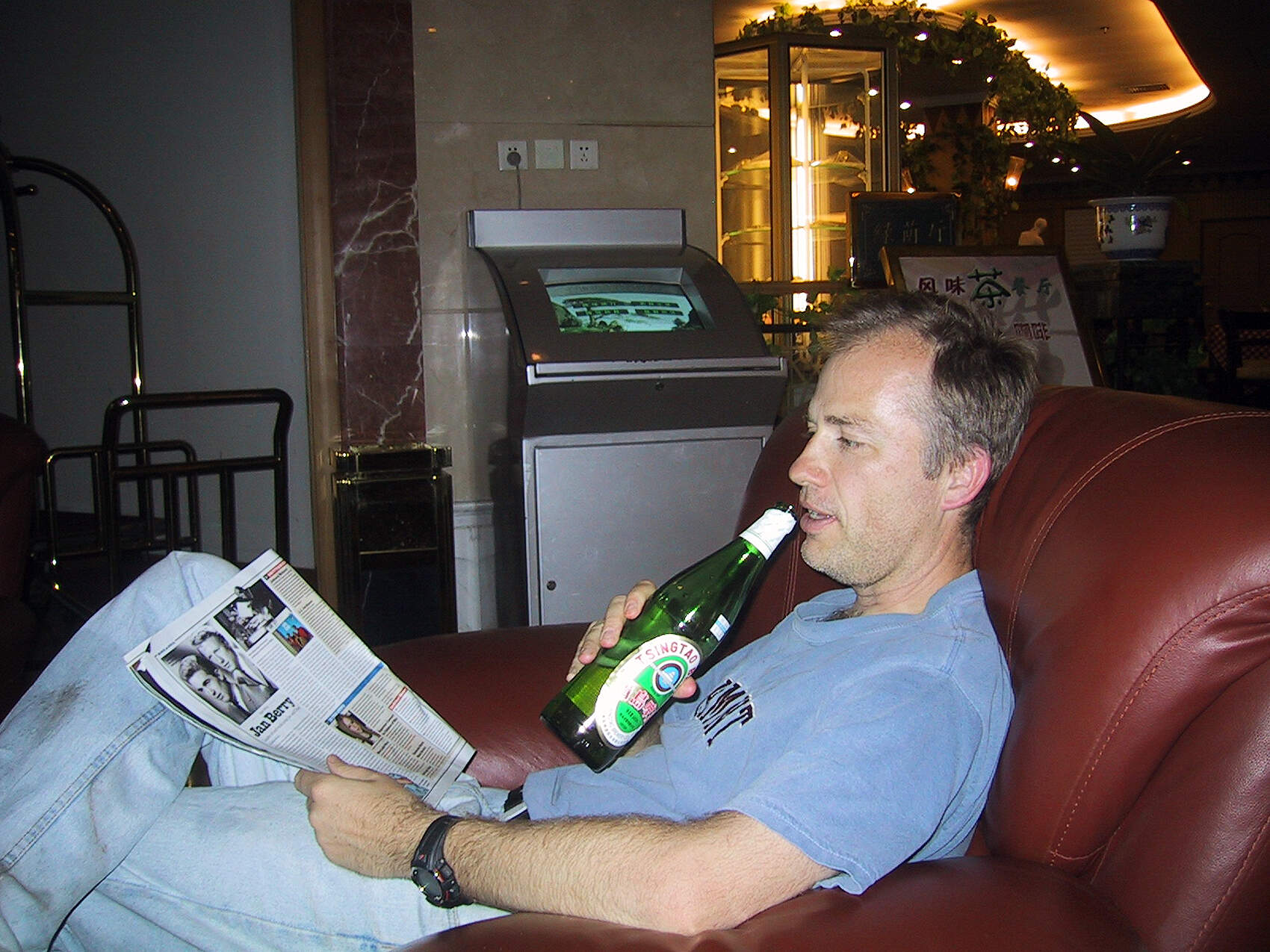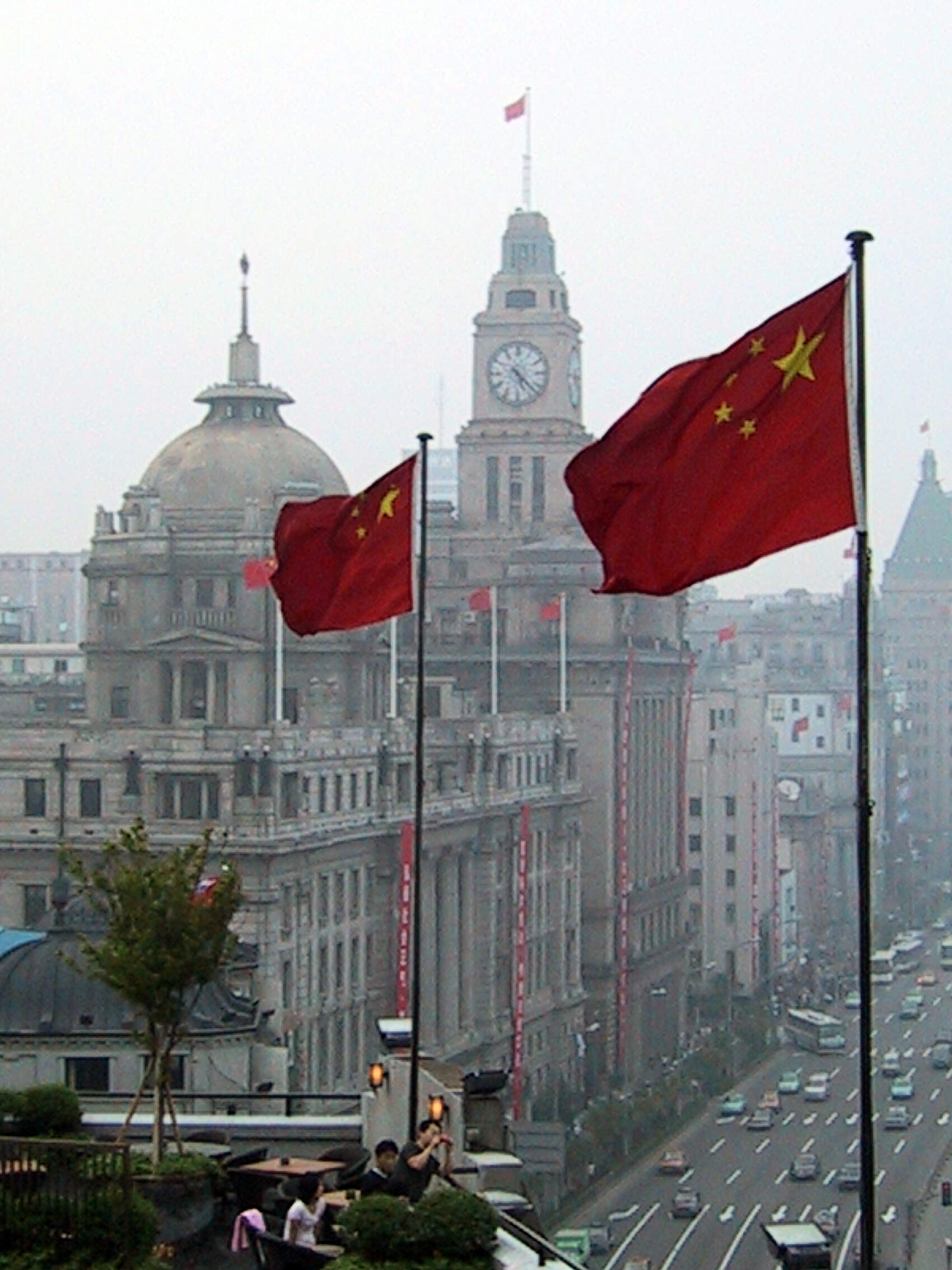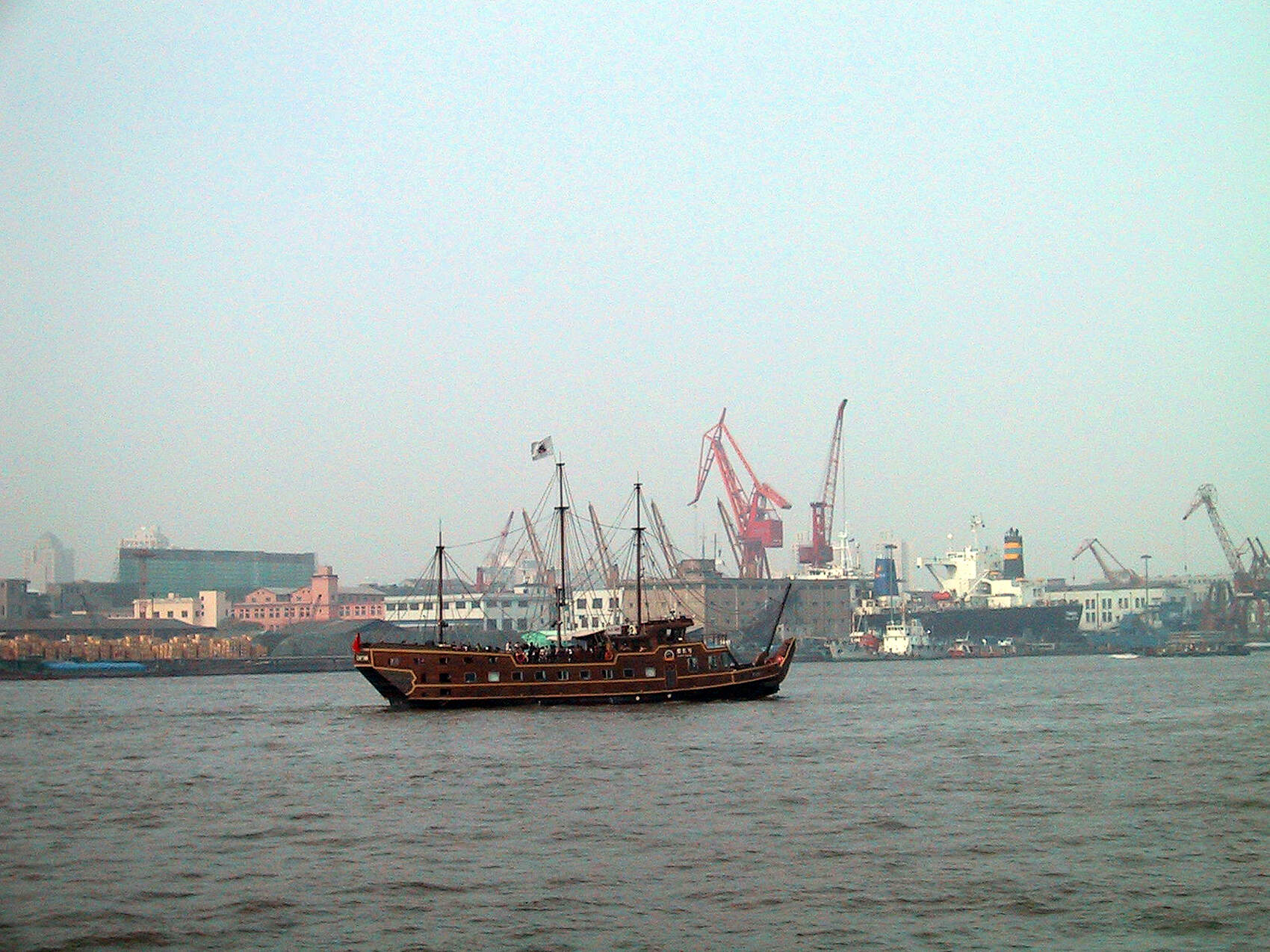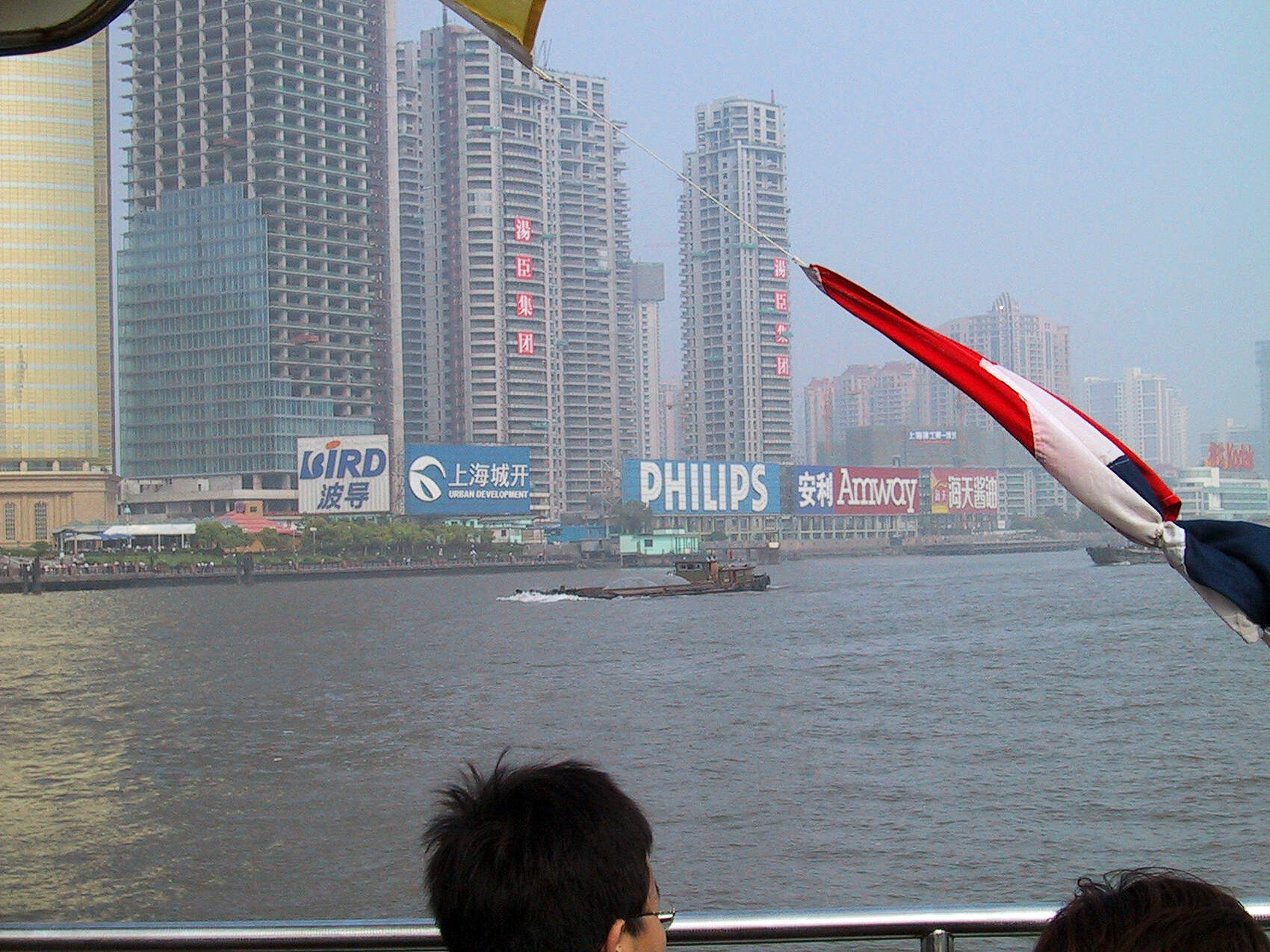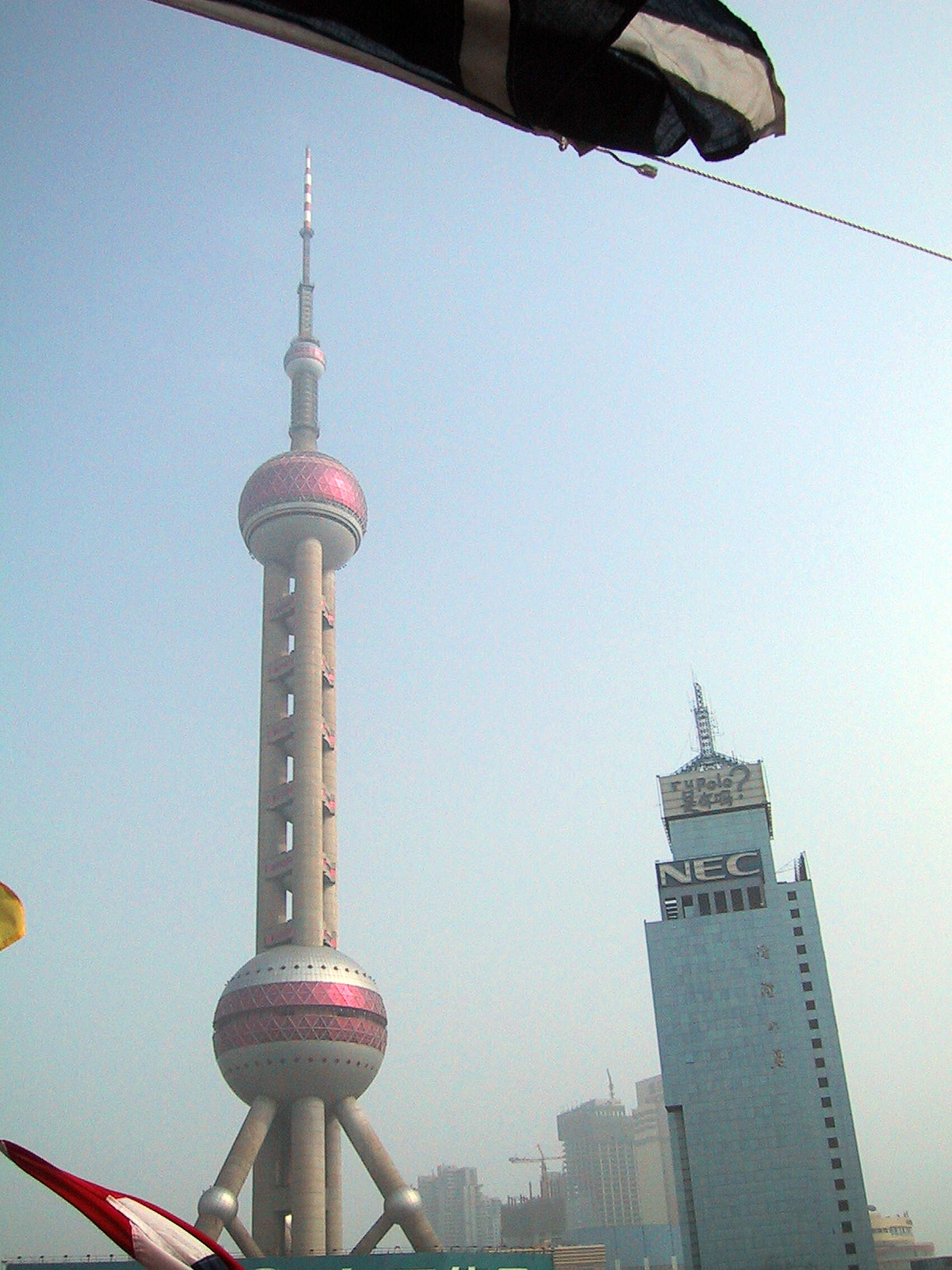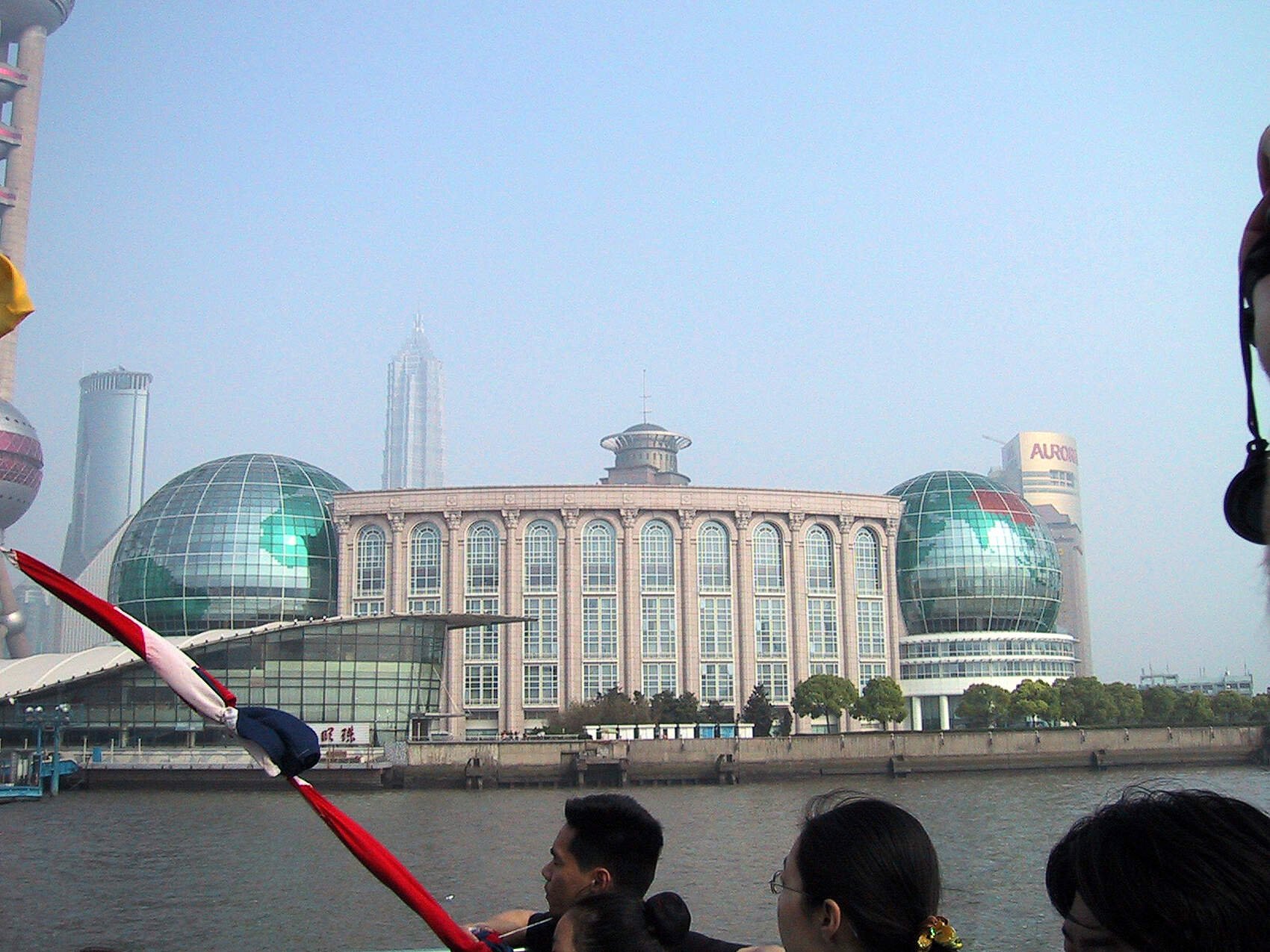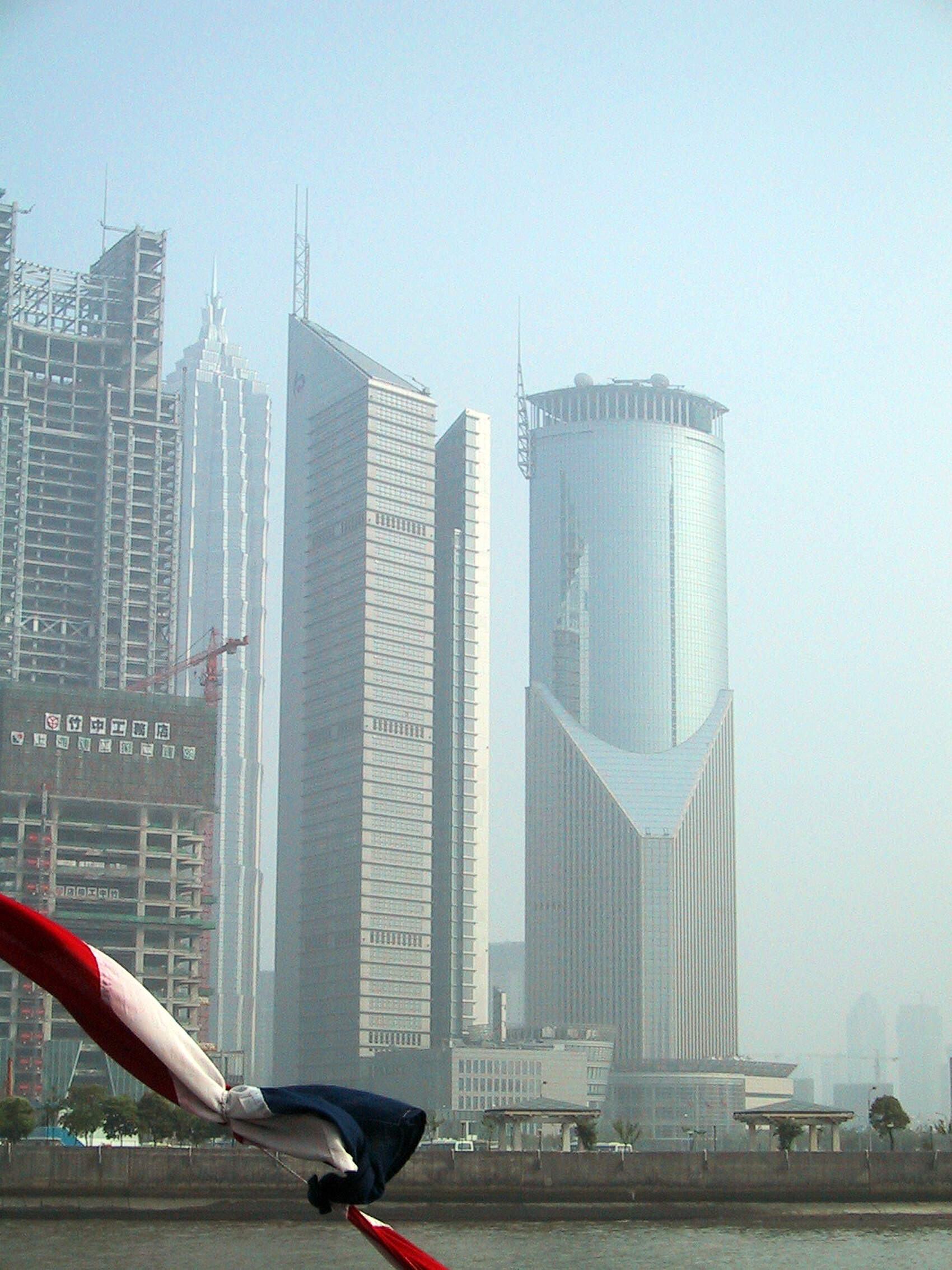HUANGHUACHENG : IN 2001 IT WAS CONSIDERED THE GENUINE WILD WALL HIKE OF THE GREAT WALL
THE STREETS OF BEIJING 2001
CHINESE OPERA 2002
Forbidden city 2001 - 2003
JINGSHAW PARK
MOA'S UNDERGROUND CITY
2004 PERSONAL TRIP THROUGH CHINA
In 2004, John joined me in China for a personal trip through China. In about 2.5 weeks we tried to see what we thought would be the most interesting for John's first trip to China.
RE-VISITED THE REMOTE SECTION OF THE GREAT WALL 3 TO 4 YEARS AFTER MY FIRST TRIP TO CHINA
Since my first visit the government had started to restore this section of the wall. At the end of this section of the wall, there is a small village where our driver met us. We had a beer at the local restaurant and the owner was very social. She showed us the section of the wall we had climbed was in the Lonely Planet guide and that her restaurant was listed. She was so cute, she escorted us to the car and waived good bye. We couldn't speak each other's language but sign language and lots of smiles seemed to make her very happy.
HEAVENLY TEMPLE
The heaven temple: The complex was extended and renamed Temple of Heaven during the reign of the Jiajing Emperor in the 16th century. Jia ging also built three other prominent temples in Beijing, the Temple of the Sun (日壇) in the east, the Temple of Earth (地壇) in the north, and the Temple of Moon (月壇) in the west.
(Click on pictures to enlarge)
FORBIDDEN CITY 2004
JINGSHAW PARK
THE SUMMER PALACE
Shaanxi Province
XI'AN - THE TERRACOTA WARRIORS
PARK IN XI'AN
Sichuan Province
Note: Pictures of Lèshan's street scenes can be difficult to see if you're an animal lover.
Lèshan UNESCO World Heritage Site - The Giant Buddha & Scenic
Éméi shān
Éméi shān is overwhelmingly beautiful. During Mao's reign most of the religious temples were destroyed. Somehow the leaders of the Cheundgu Provence managed to save most of their religious sites. The monastery on Éméi shān definitely leaves an impression on you. Also, in this gallery of pics are Lèshan street and market scenes. Lèshan is considered a small town with only 2 million people at the time we were there ... 'small' is definitely relative to each country.
"The Lèshan Giant Buddha (Chinese: 樂山大佛) is a 71-metre (233 ft) tall stone statue, built between 713 and 803 (during the Tang dynasty), depicting Maitreya.[1] It is carved out of a cliff face of Cretaceous red bed sandstones that lies at the confluence of the Min River and Dadu River in the southern part of Sichuan province in China, near the city of Leshan.[2] The stone sculpture faces Mount Emei, with the rivers flowing below its feet. It is the largest and tallest stone Buddha statue in the world[3] and it is by far the tallest pre-modern statue in the world.
The Mount Emei Scenic Area, including Leshan Giant Buddha Scenic Area, has been listed as a UNESCO World Heritage Site since 1996." Wikipedia:
Leshan Giant Buddha - Wikipedia
The Giant Buddha
Scenic
Éméi shān
Lèshan Street Scenes
Chengdu - Capital of Sichuan
Chengdu is very different than the other cities and regions we visited. He Ming is a famous tea house in the center of the city next to a Taoist Monastery, a great place to hang out, drink tea and people watch. Chengdu has the most universities in Southwestern China. As mentioned before Mao destroyed all religious temples in China except for those in the Sichuan Province. It's said that philosophers to scientists would have tea at the He Ming Teahouse and discuss their interests for hours. "Founded by the state of Shu prior to its incorporation into China, Chengdu is unique as a major Chinese settlement that has maintained its name mostly unchanged throughout the imperial, republican, and communist eras. It was the capital of Liu Bei's Shu Han during the Three Kingdoms Era, as well as several other local kingdoms during the Middle Ages.[12] During World War II, refugees from eastern China fleeing from the Japanese settled in Chengdu. After the war, Chengdu's importance as a link between Eastern and Western China expanded, with railways built to Chongqing in 1952, and Kunming and Tibet afterwards.[12]" Wikipedia Chengdu - Wikipedia
Anhui Province
Huàng Shān 黄山, Yellow Mountain
What to say about Huángshān. It is breathtakingly beautiful and frustrating all at the same time, but so worth the effort. It is best to hike up the 1800 meters (5,900 ft.) to have the full experience and increase your appreciation for the natural beauty. The night before we arrived at the base town. We went for a long walk through a local village, then stopped in a hotel to grab a bite to eat. There we somehow met a driver, I can't even remember how we knew he was a driver. He only spoke Mandarin so using Chinese hand signs we negotiated for him to pick us up at our hotel in the morning at 7 am to take us to the starting point. We also somehow explained for him to return to 3 days later to pick us up. Miracles do happen because he was at our hotel in the morning and he brought along his cousin, Daniel, who spoke English, lol. Daniel confirmed that yes, they will pick us up in 3 days at the temple where the trail ends, yay! The driver, John and I piled in the driver's car and off we went.We arrive at the starting point and waive good bye to 'The Driver' ... we never did learn his name. Now before you start your trek, it's fun to purchase a traditional wood walking stick from one of the street vendors ... what the heck, all the locals did it. It's good to note that the 99% of the tourists are Chinese! As you start your trek you soon realize that some very poor souls cut granite slabs to make stairs all the way to the top of the mountain. I don't want to even contemplate the lives that must have been lost on the endeavor. You will also notice porters with bamboo sticks across their shoulders with cases of beer, vegetables, etc. hanging on each side, say what? There is a tram to the top, but the hotels instead pay porters to lug supplies up the mountain. The tram is saved for the tourists who don't want to hike, which is probably why there are so many people at the top. If everyone had to hike there would be far less people up there. The Porters were carrying everything from hotel supplies to tired tourists who didn't want to walk anymore. We made our journey in early May so the crowds weren't that bad. Along the way the natural beauty is stunning with waterfalls, lush forest, rock spires, and flowering trees. It makes the hole experience. When you reach the top, yes, there are 5 hotels and 5 bars on your cell phone ... but look past that and you see towering rock formations and spires. The mist rolls thru and you can no longer see a peak, then the mist rolls past and the peak is suddenly in front of you, so vivid and immense that you think you could reach out and touch them.
Lonely Planet describes it best, "When its granite peaks and twisted pines are wreathed in spectral folds of mist the idyllic views of Huangshan ... easily nudge it into the select company of China’s top 10, nay, top five, sights. Legions of poets and painters have drawn inspiration from Huangshan’s iconic beauty. Yesterday’s artists seeking an escape from the hustle and bustle of the temporal world have been replaced by crowds of tourists, who bring the hustle and bustle with them ... But Huangshan still rewards visitors with moments of tranquility, and the unearthly views are simply breathtaking."
-
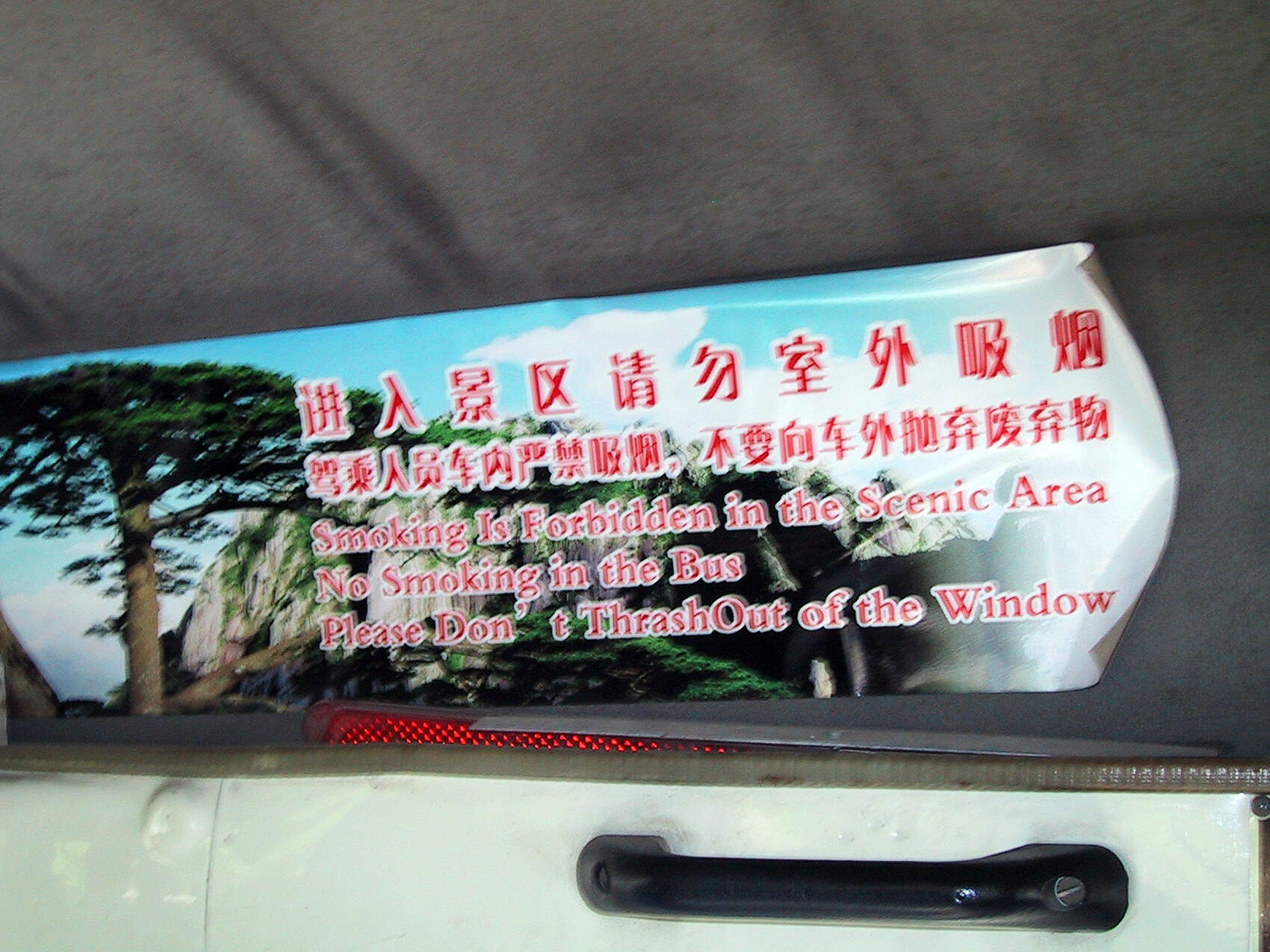 Don't Thrashout Of The Window!
Just another hilarious translation.
Don't Thrashout Of The Window!
Just another hilarious translation.
-
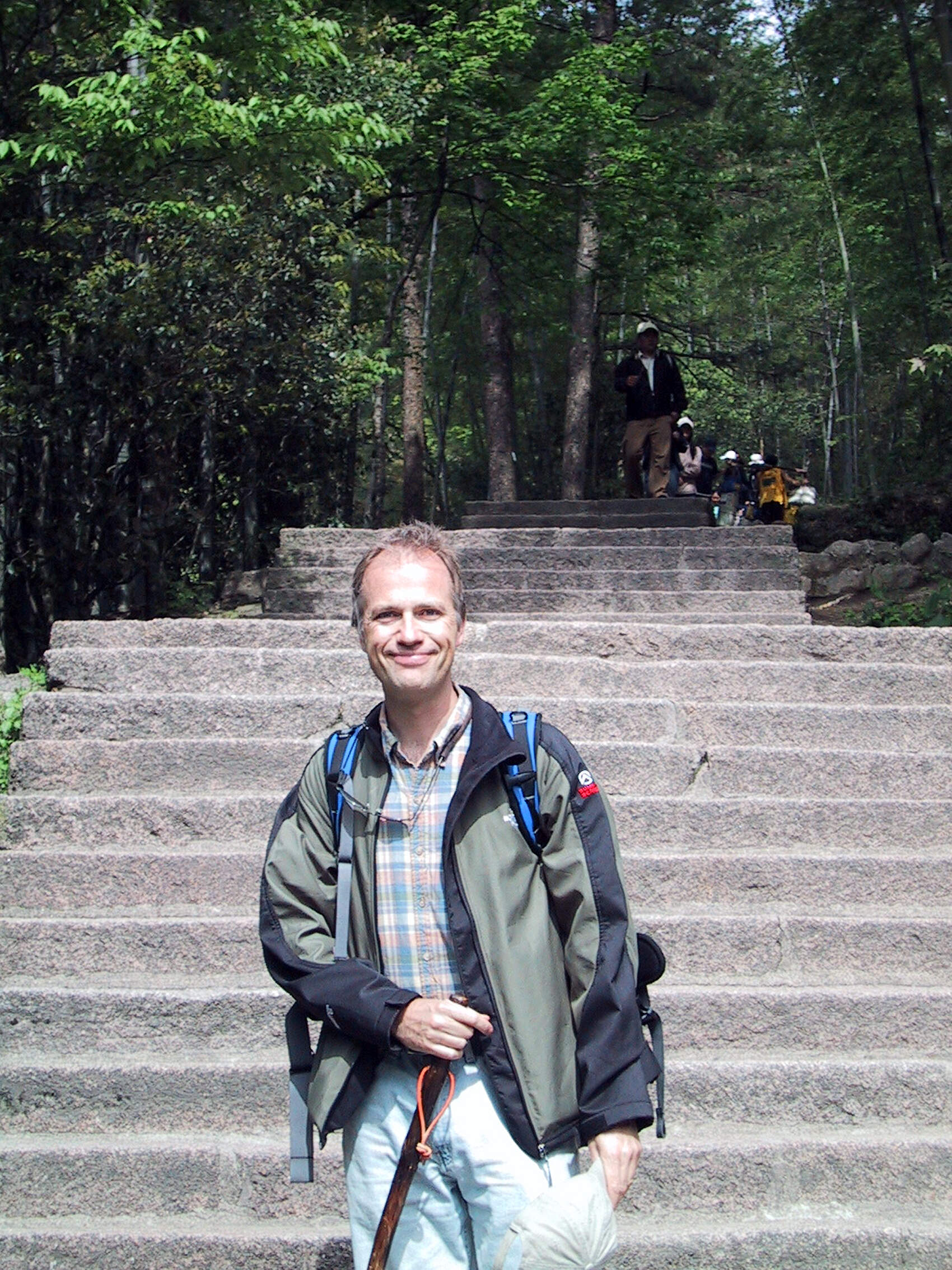 Got Walking Stick
Got Walking Stick
-
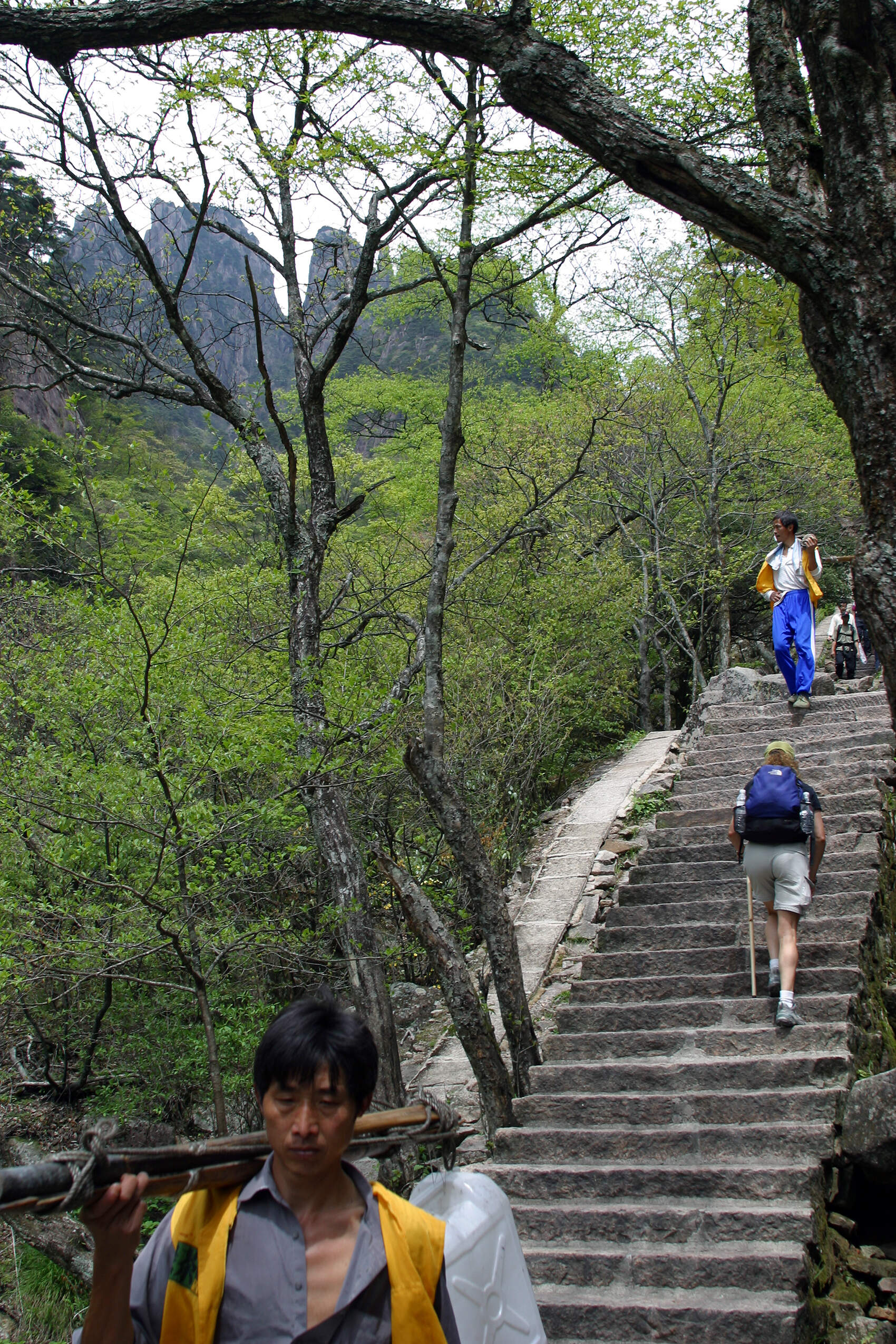 Wasn't sure if my skinny legs would make it.
Wasn't sure if my skinny legs would make it.
-
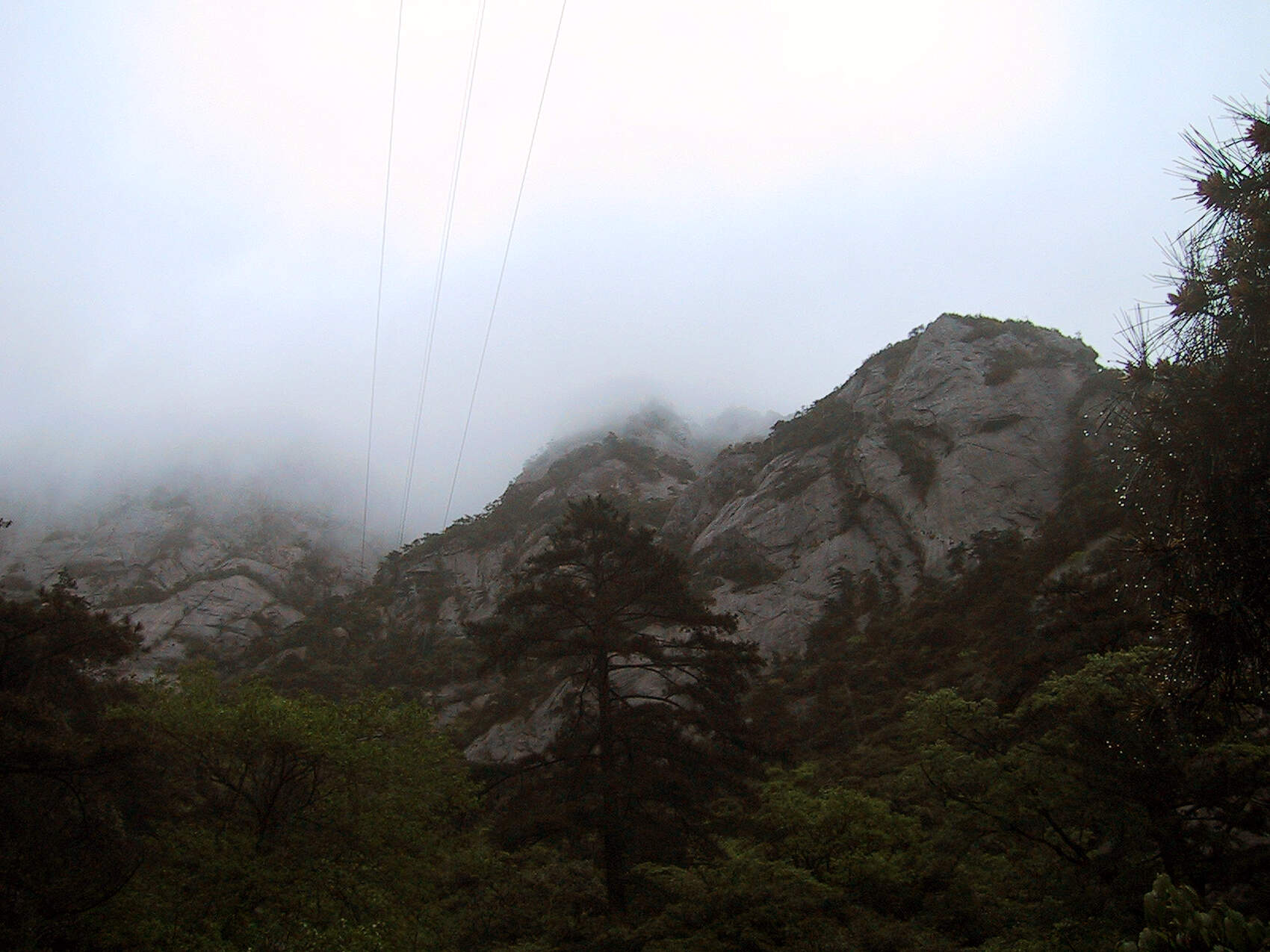
-
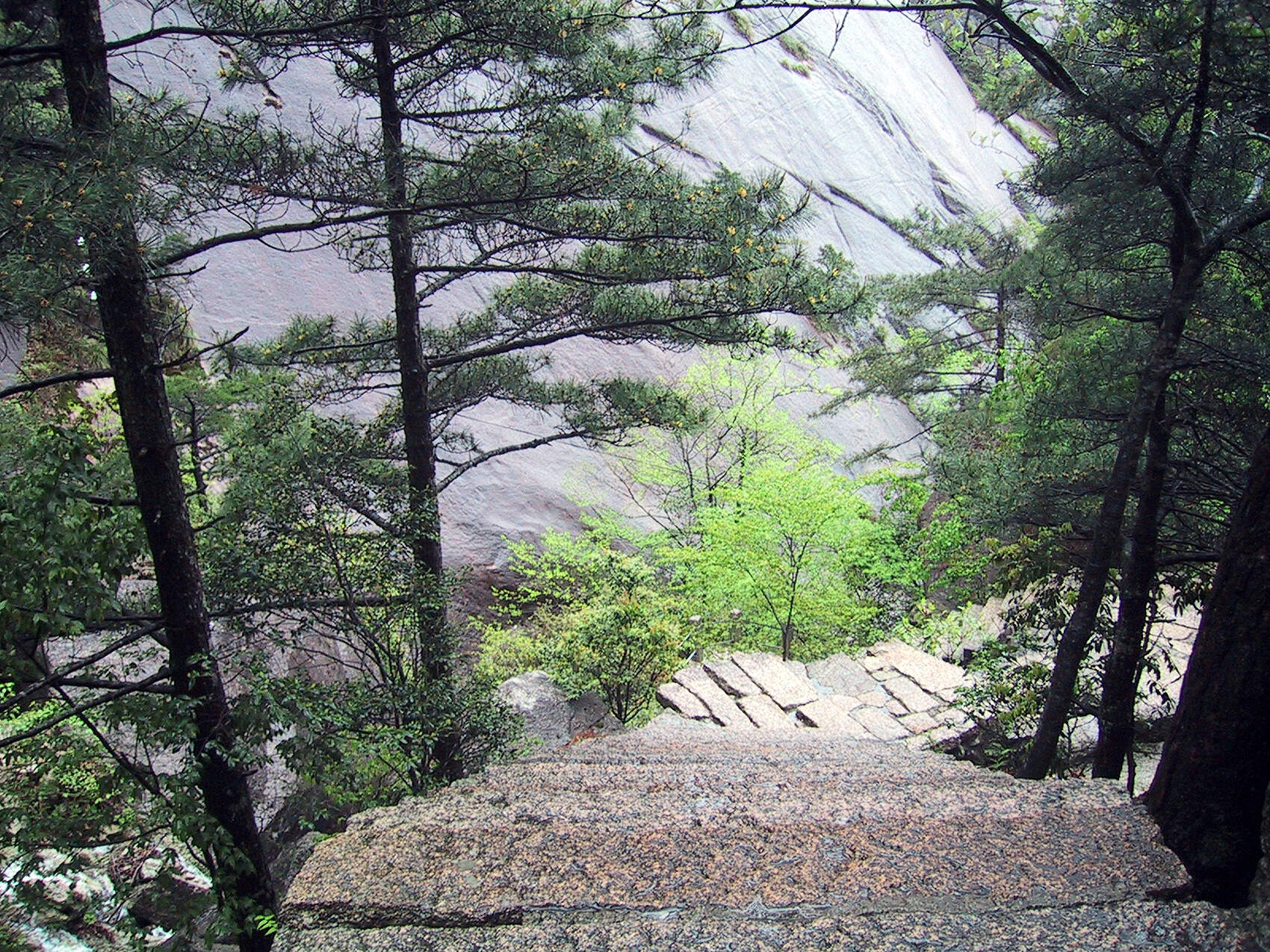
-
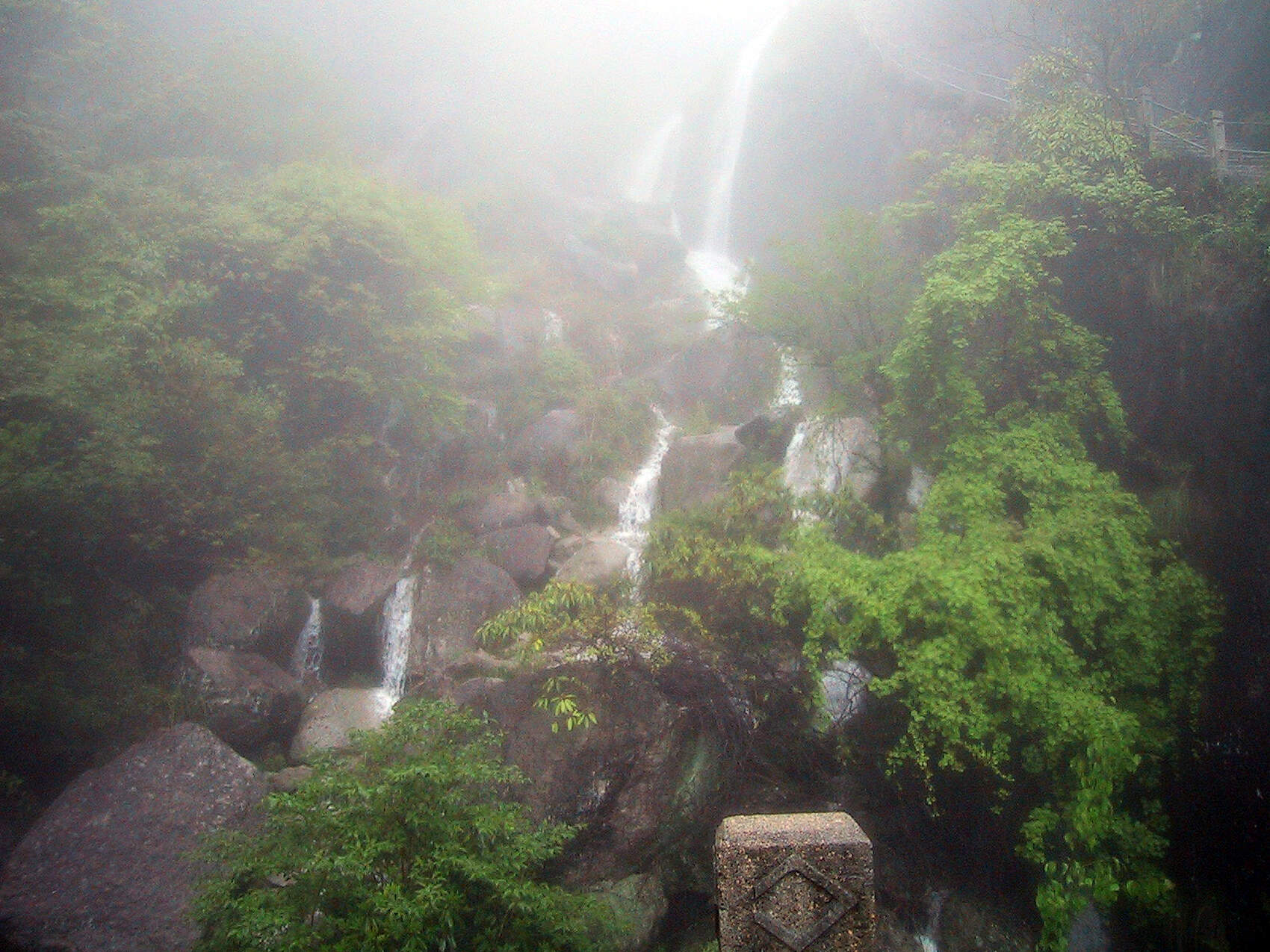
-
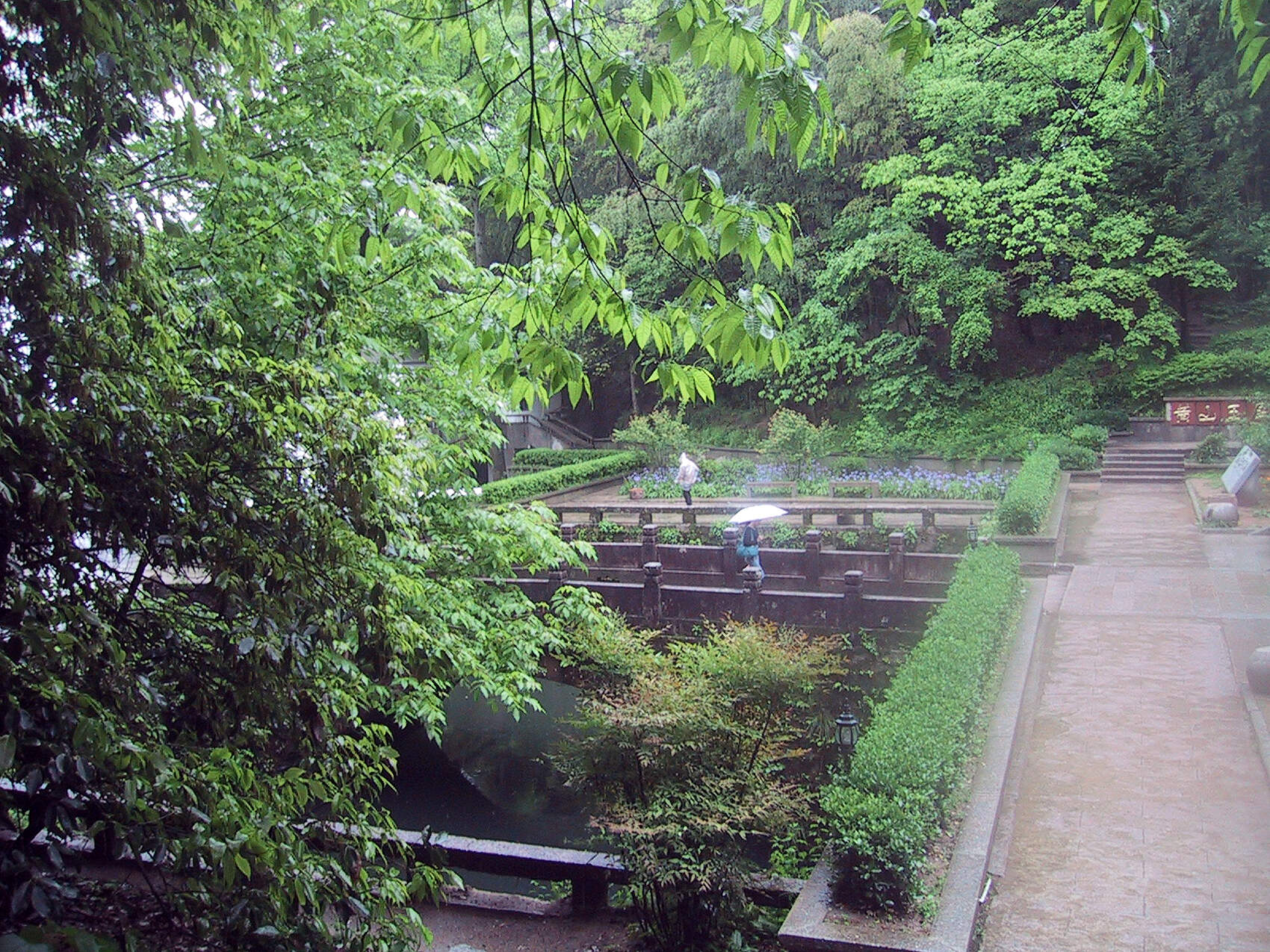
-
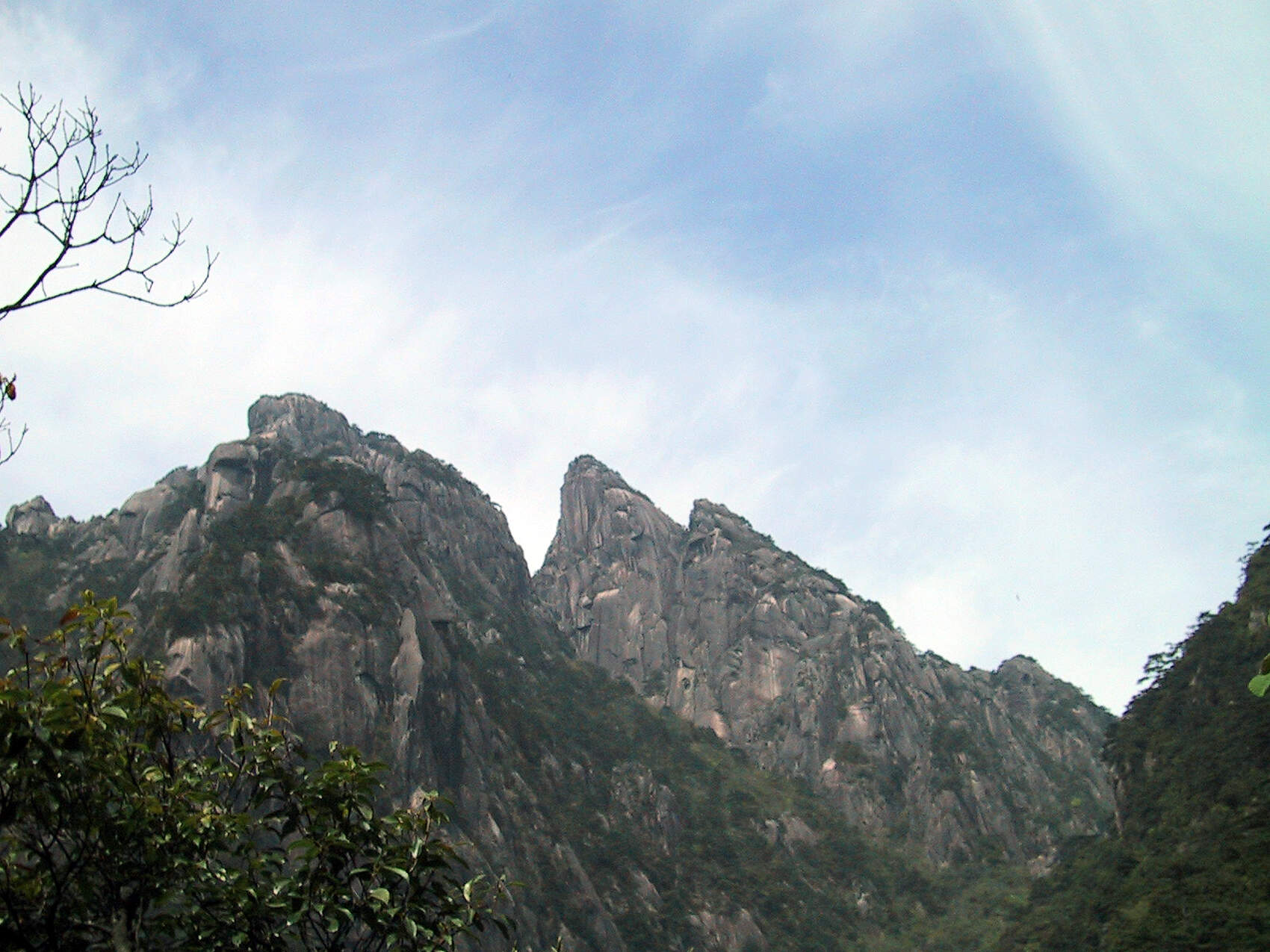
-
 Local's Home Near The Trail
Local's Home Near The Trail
-
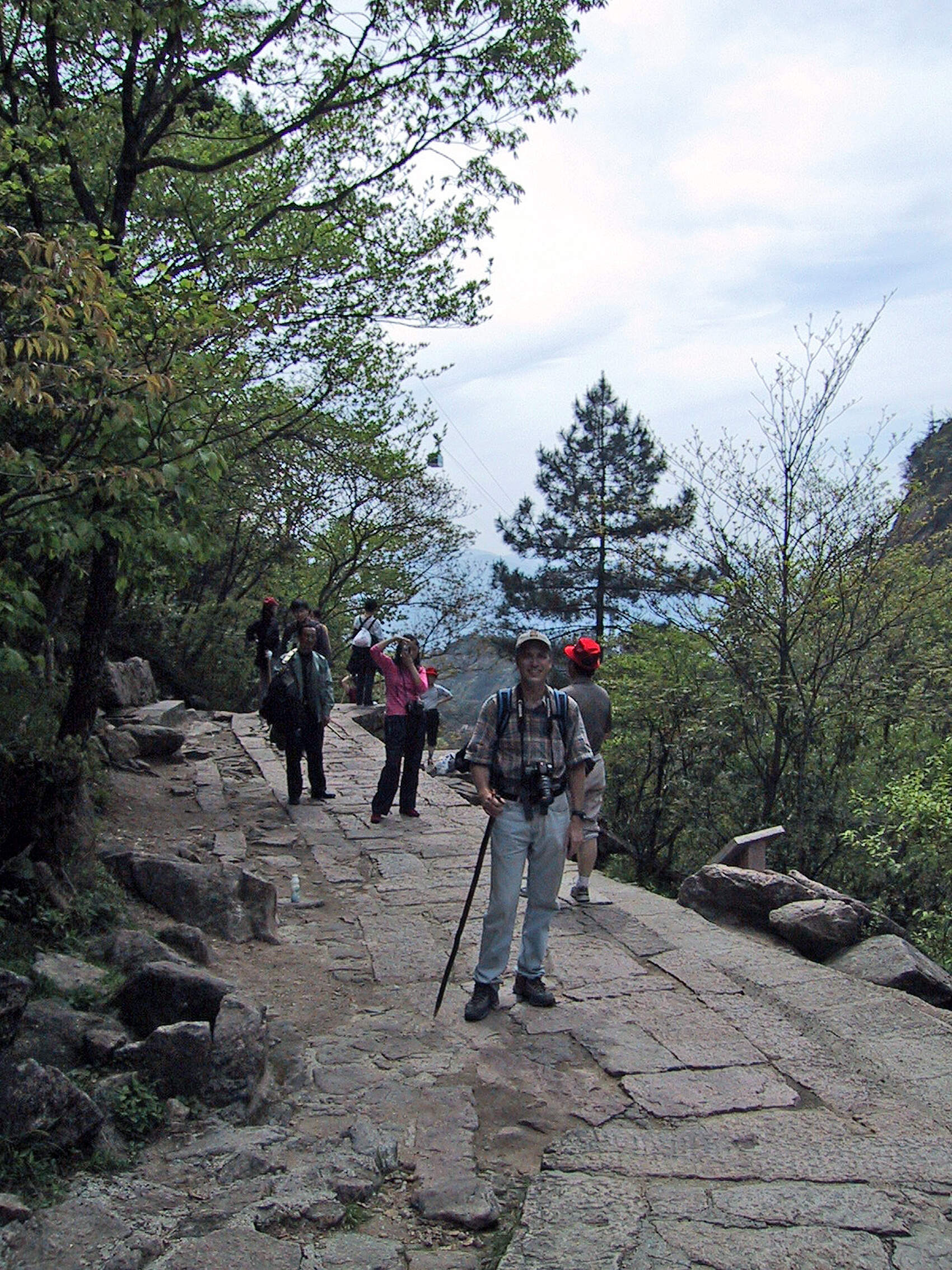
-

-
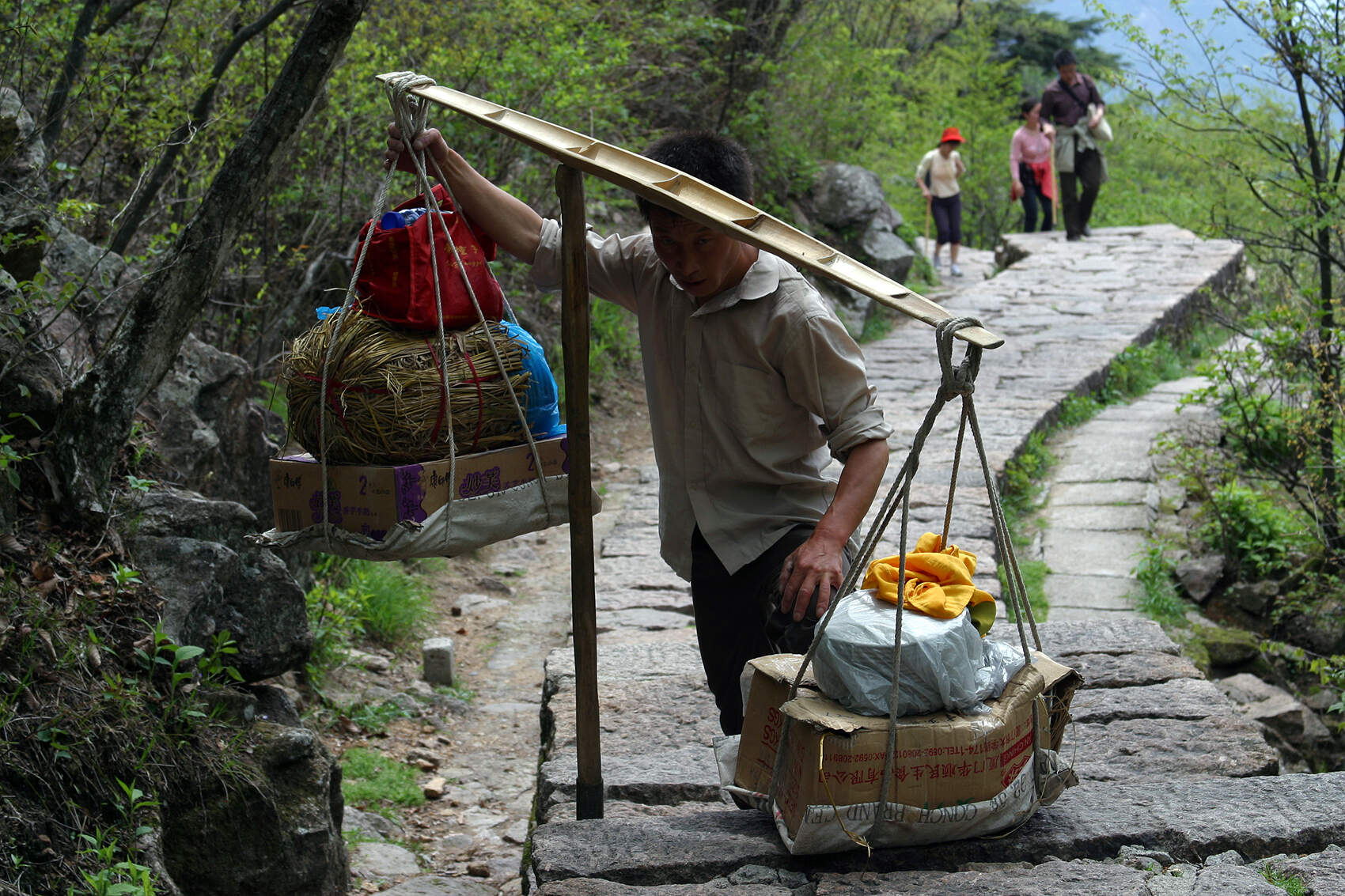 Don't know how they do it!
Don't know how they do it!
-

-
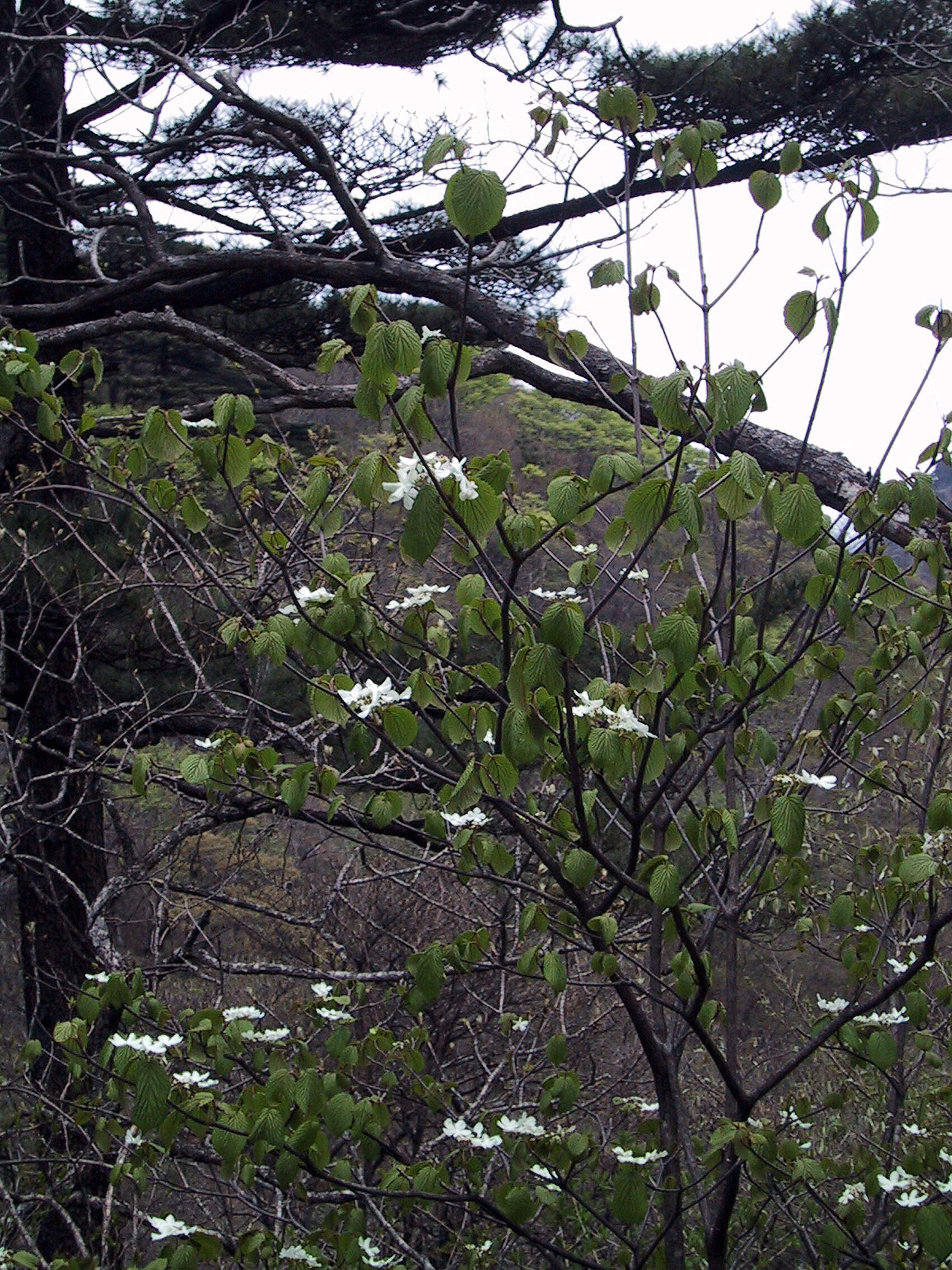
-
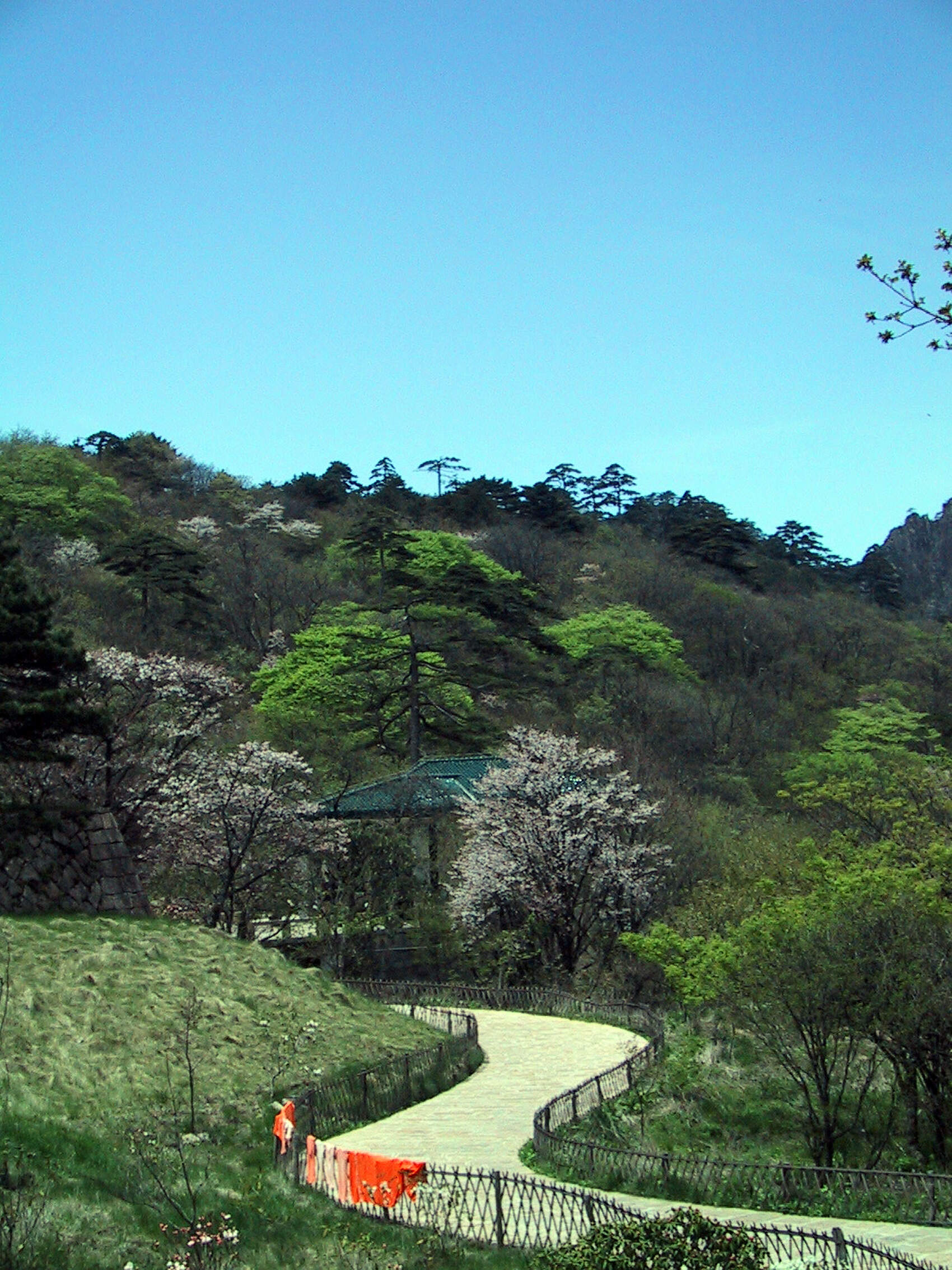
-
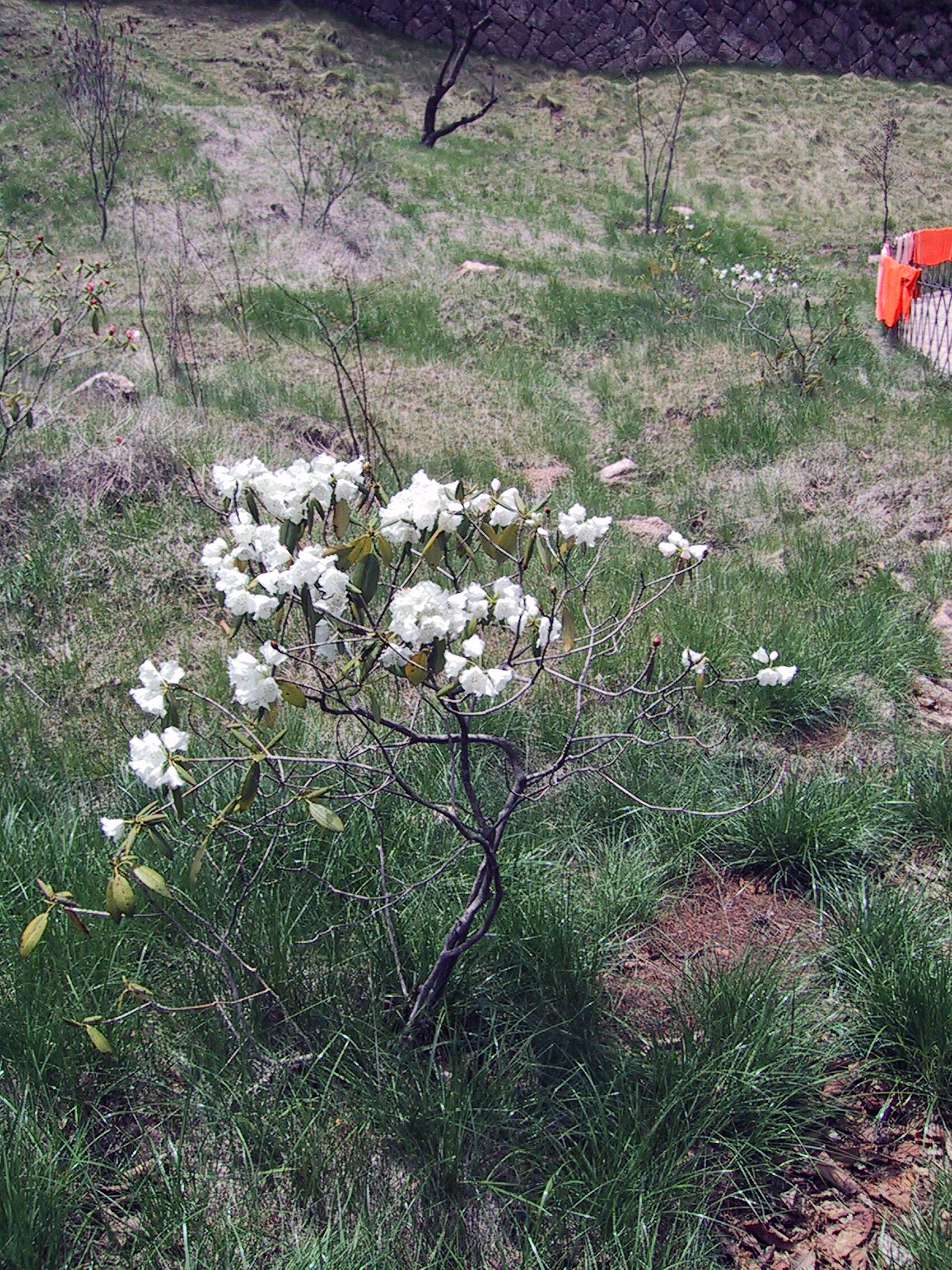
-
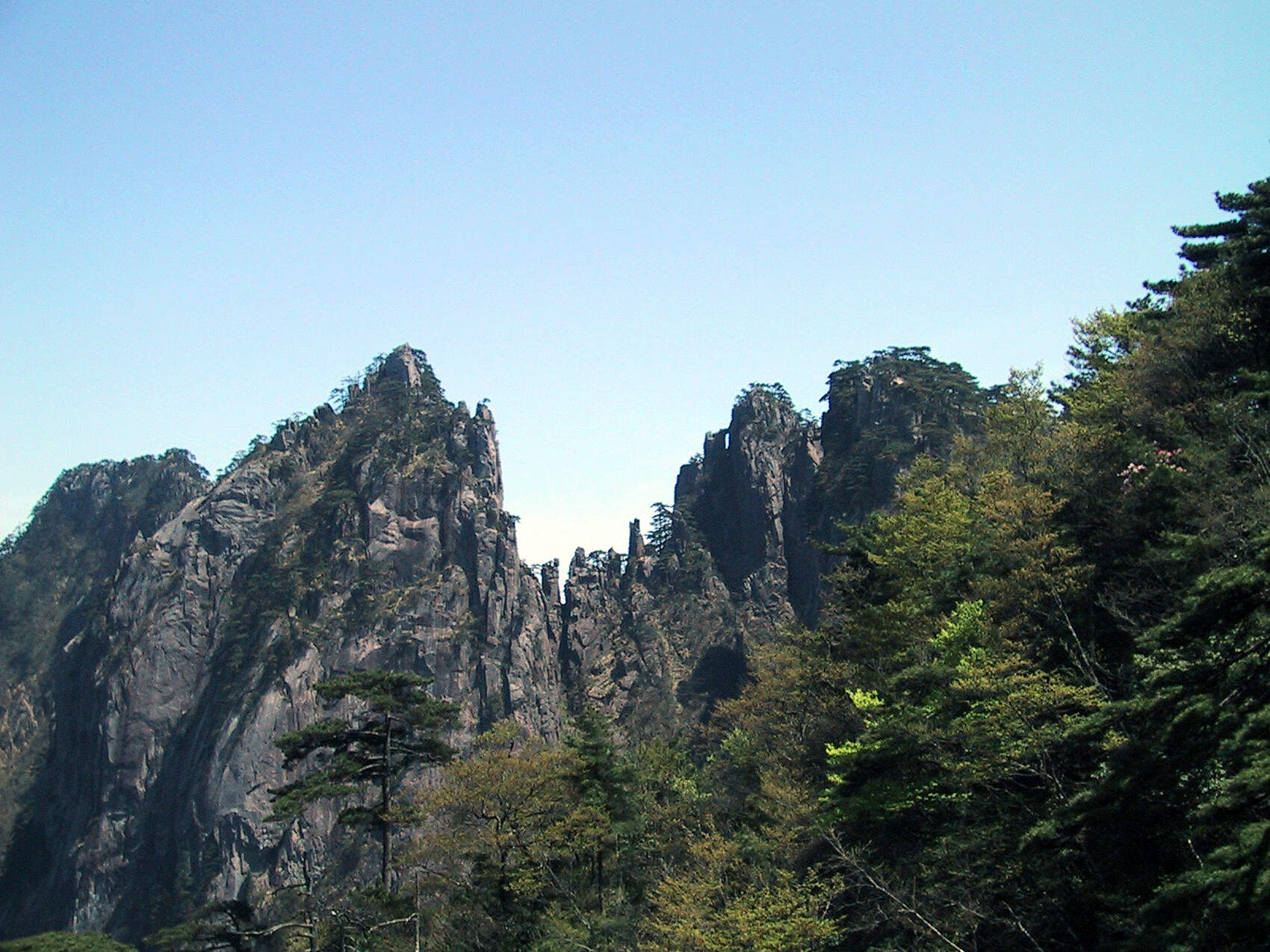
-

-
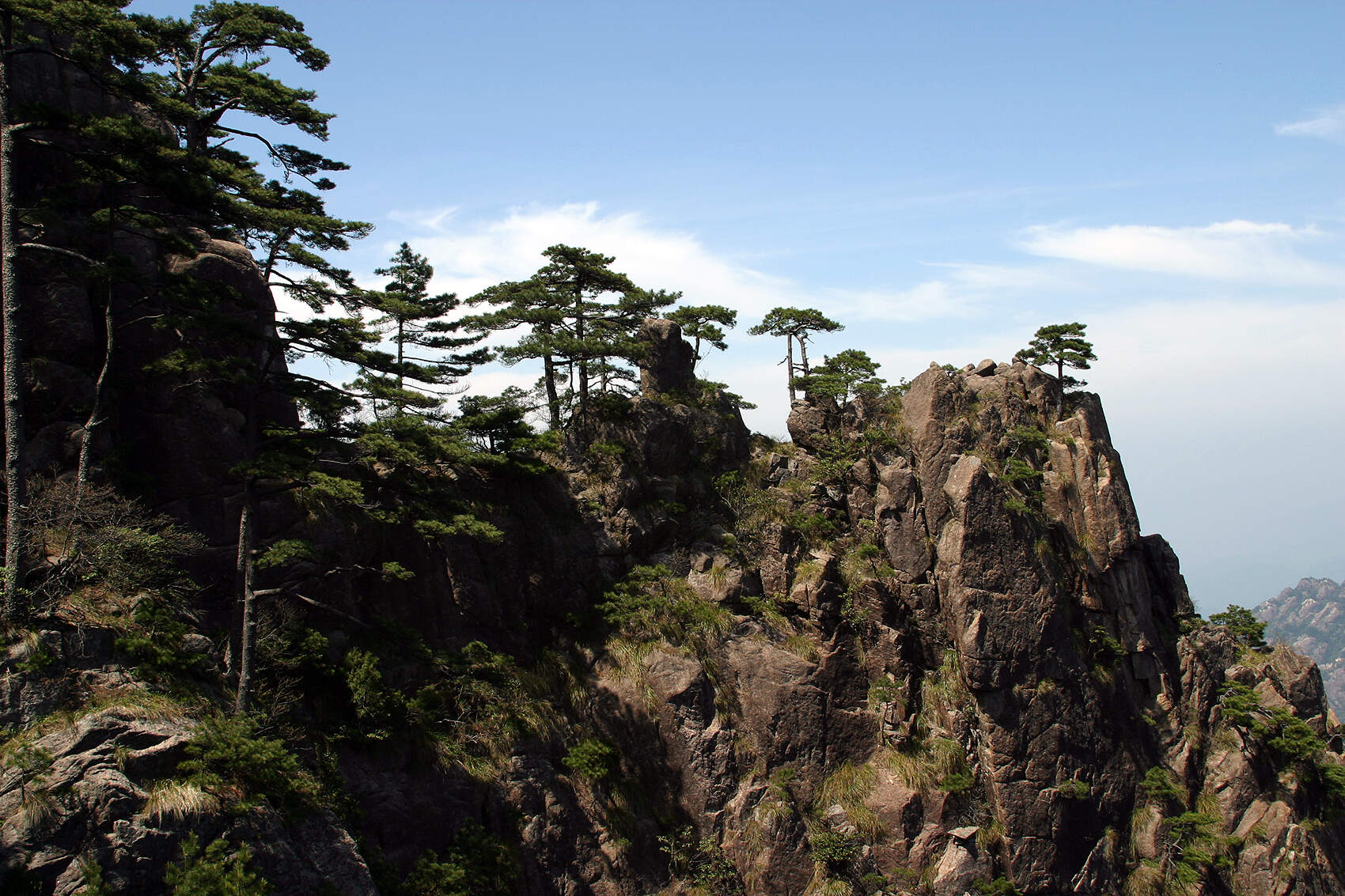
-
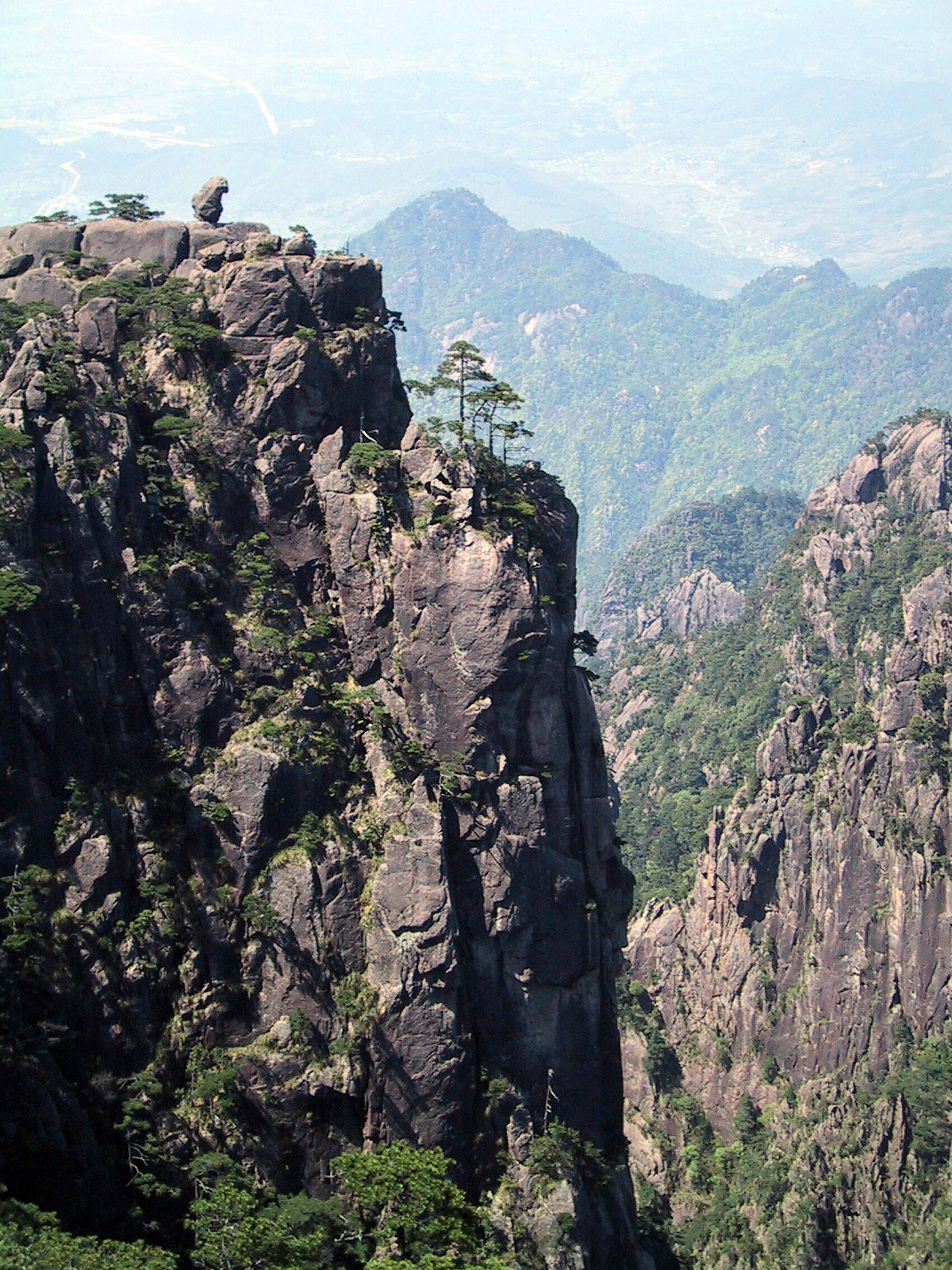
-
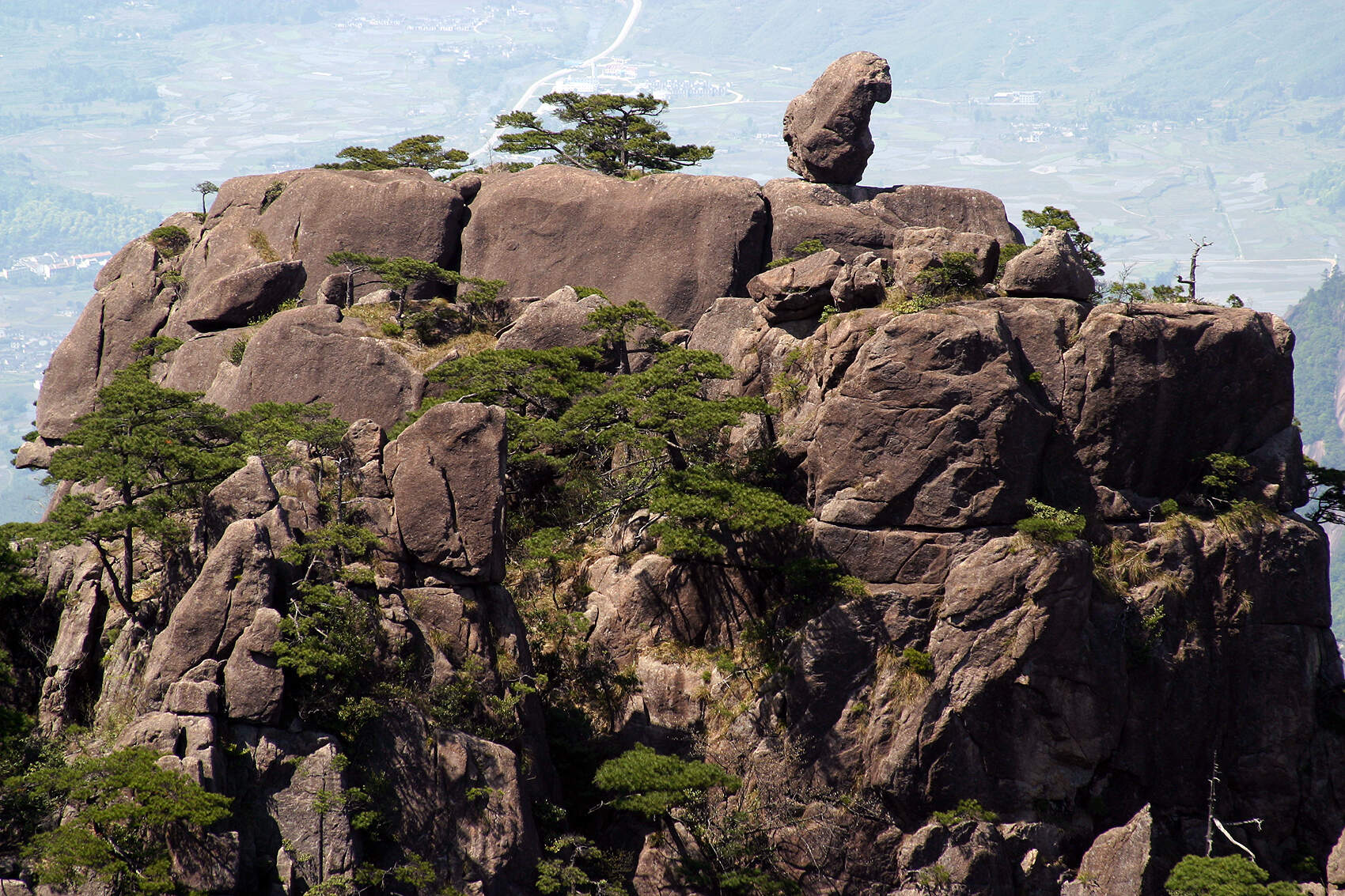
-
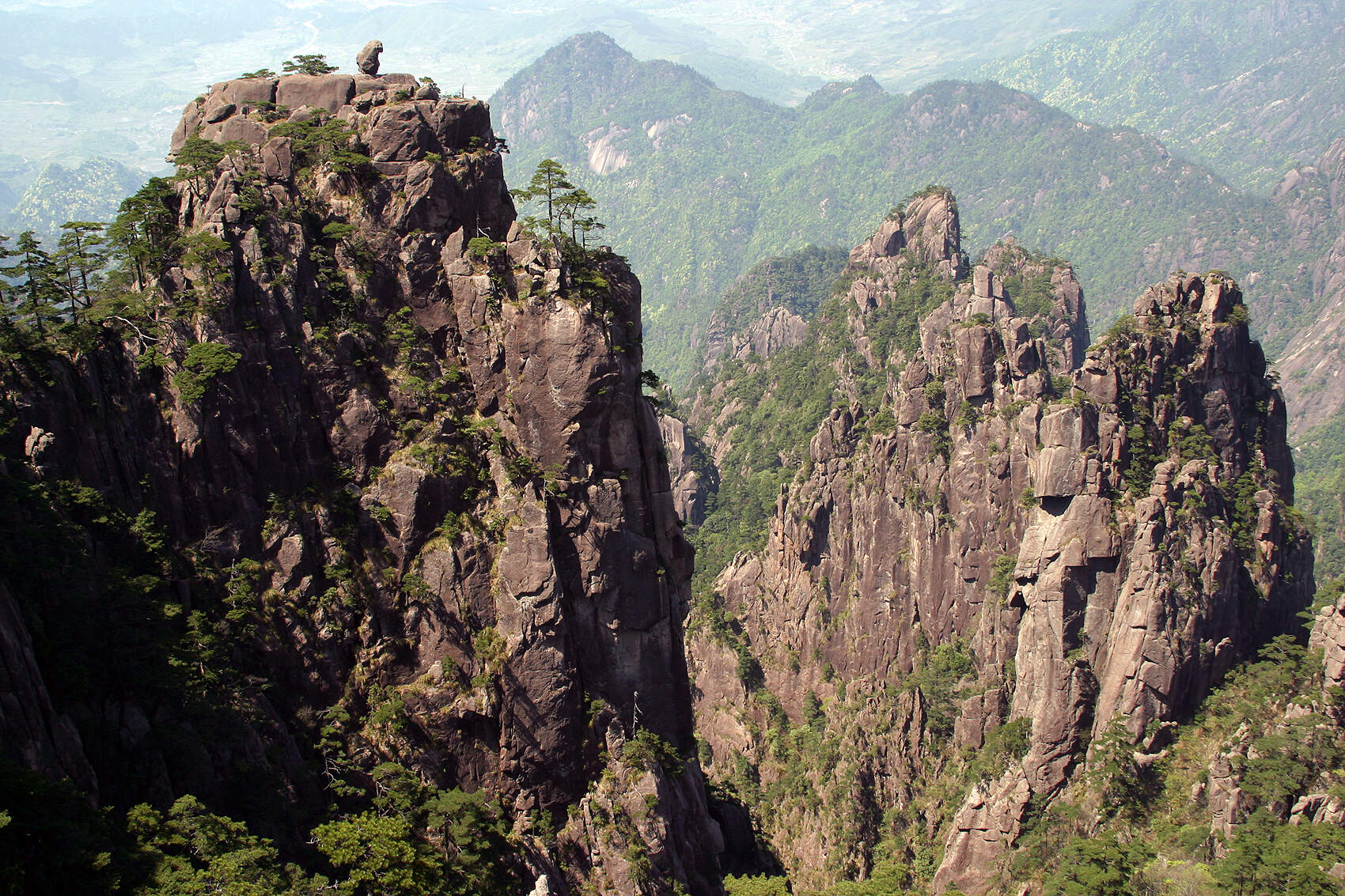
-
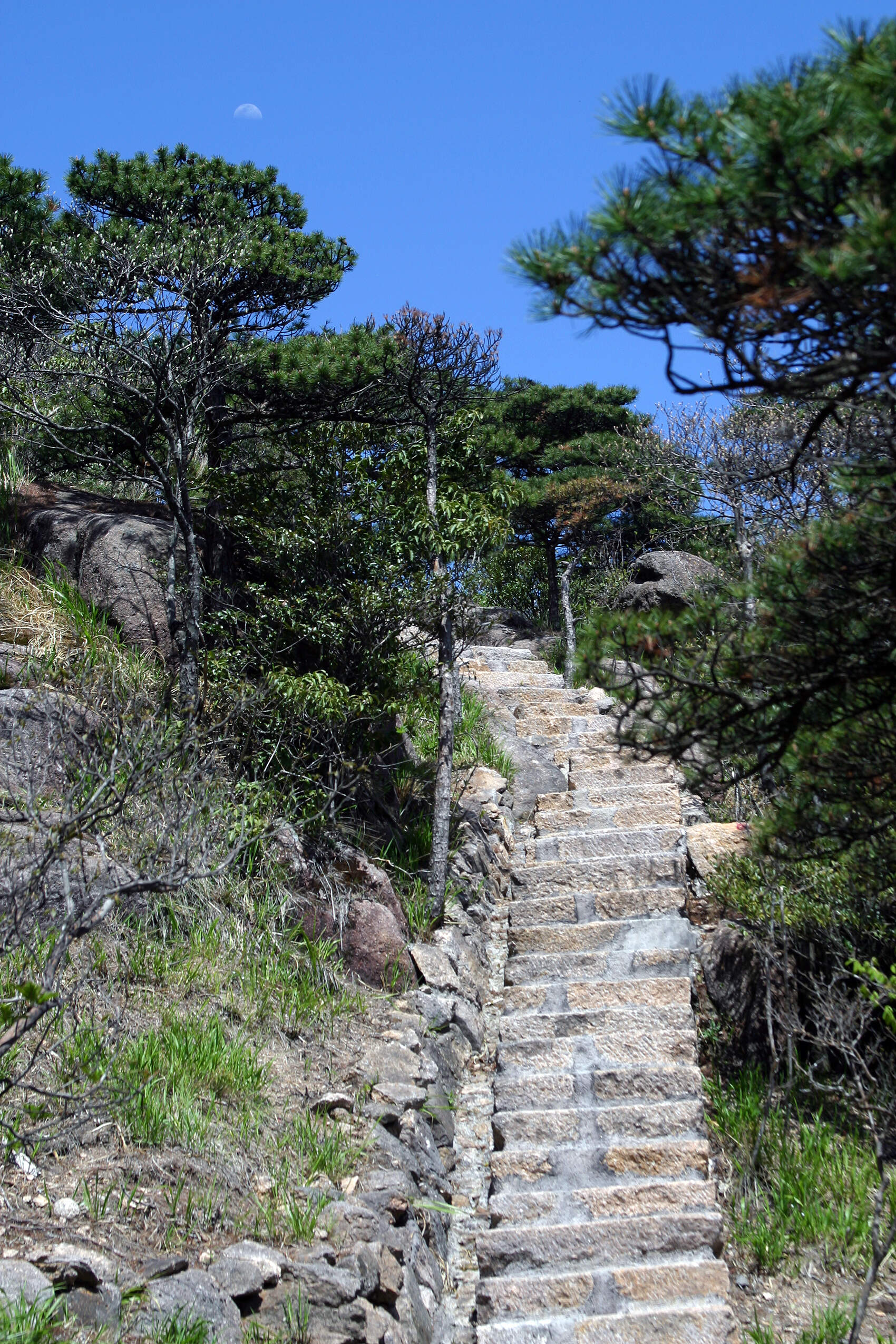
-

-

-

-

-
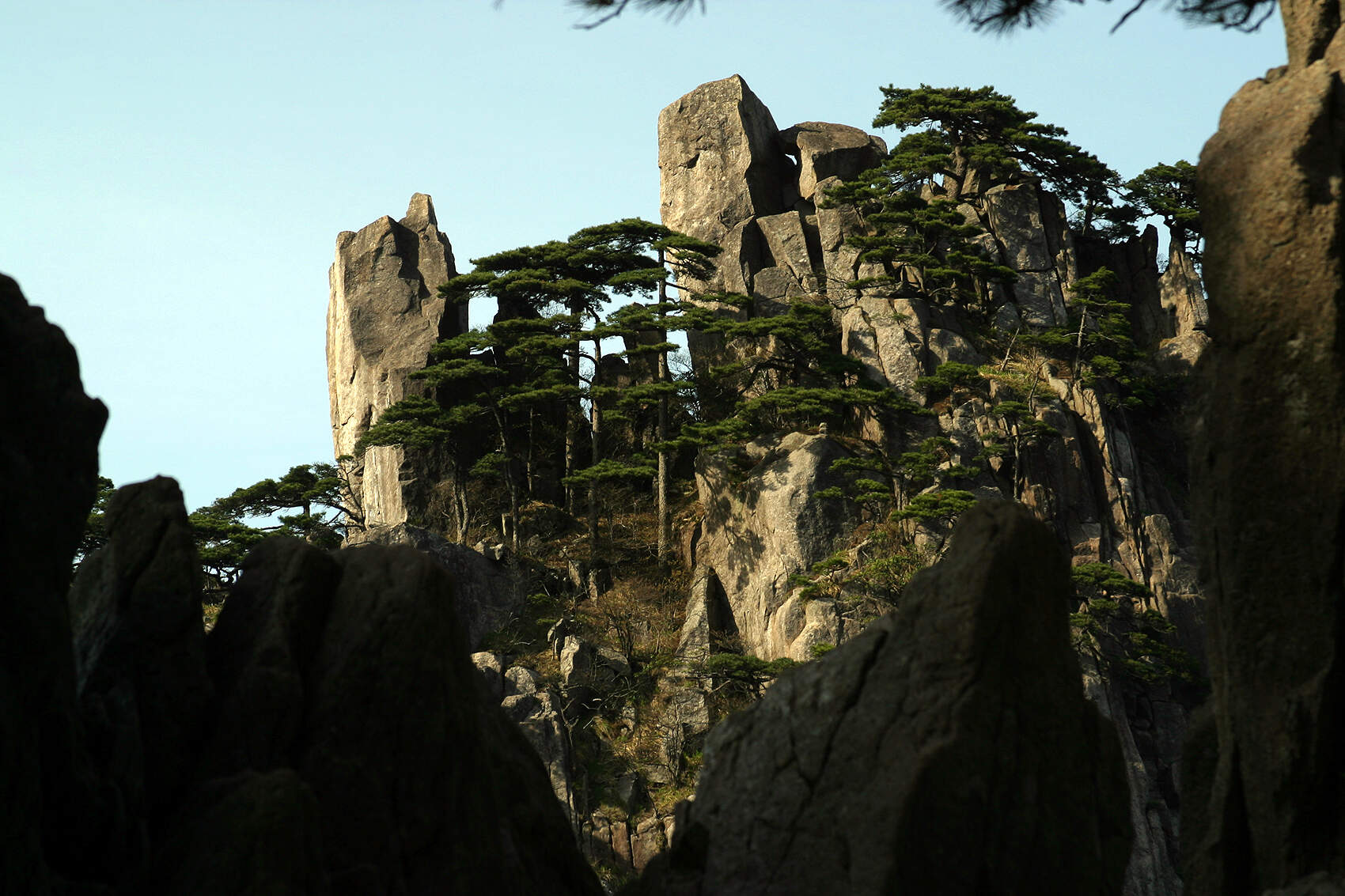
-
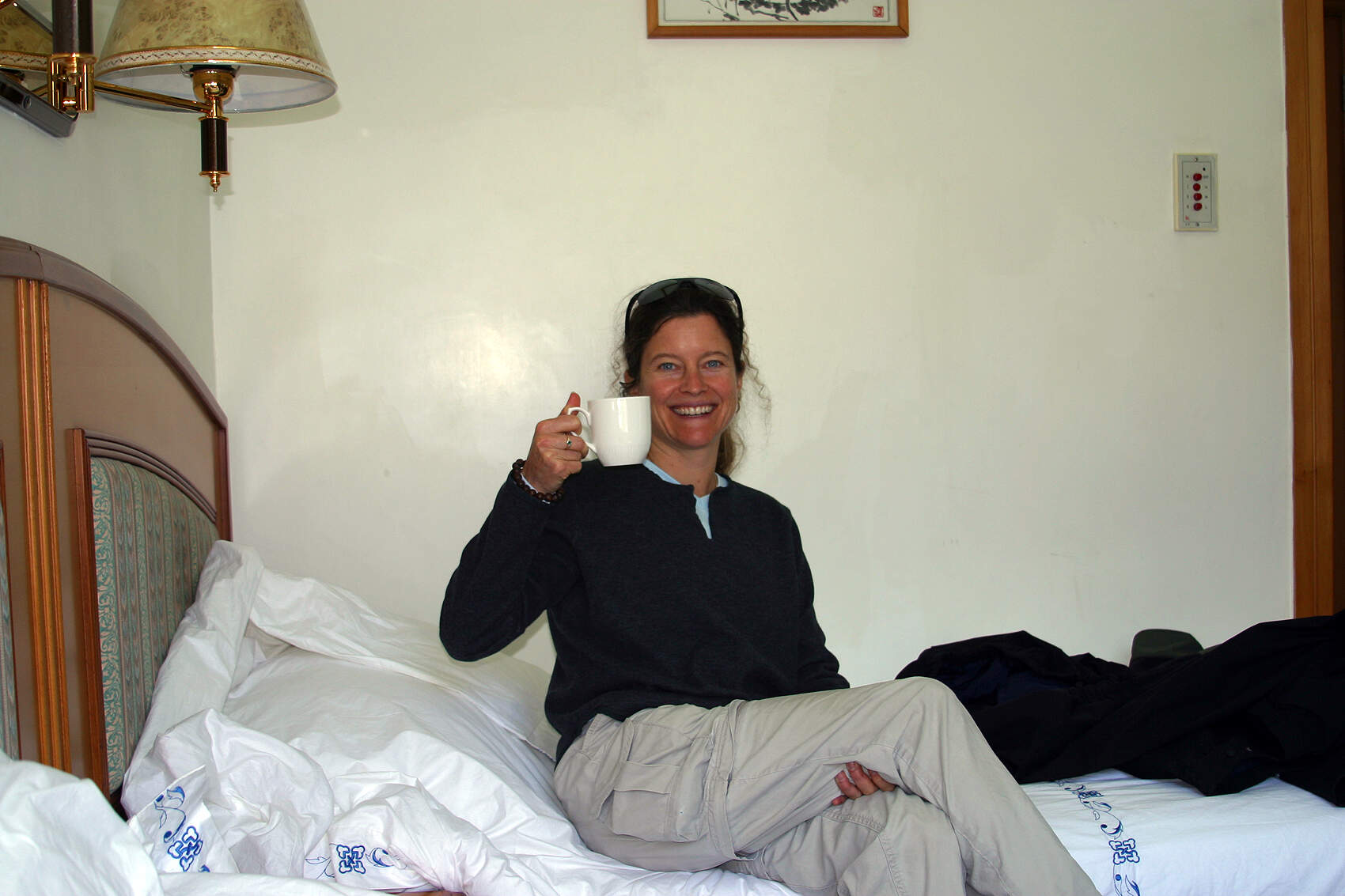 Made It!
Made It!
-
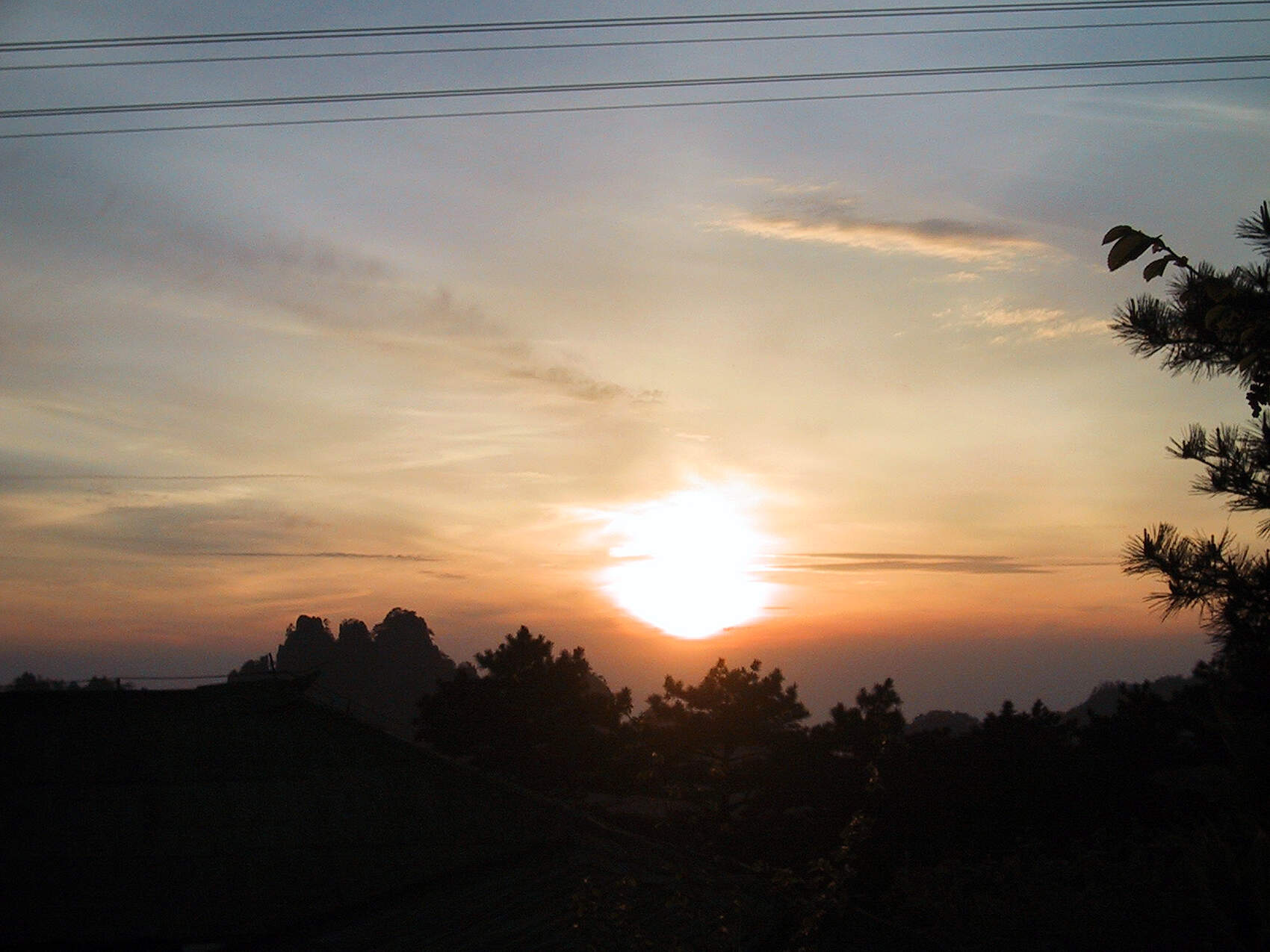 Unforgettable Sunset From Huangshan
Unforgettable Sunset From Huangshan
-

-
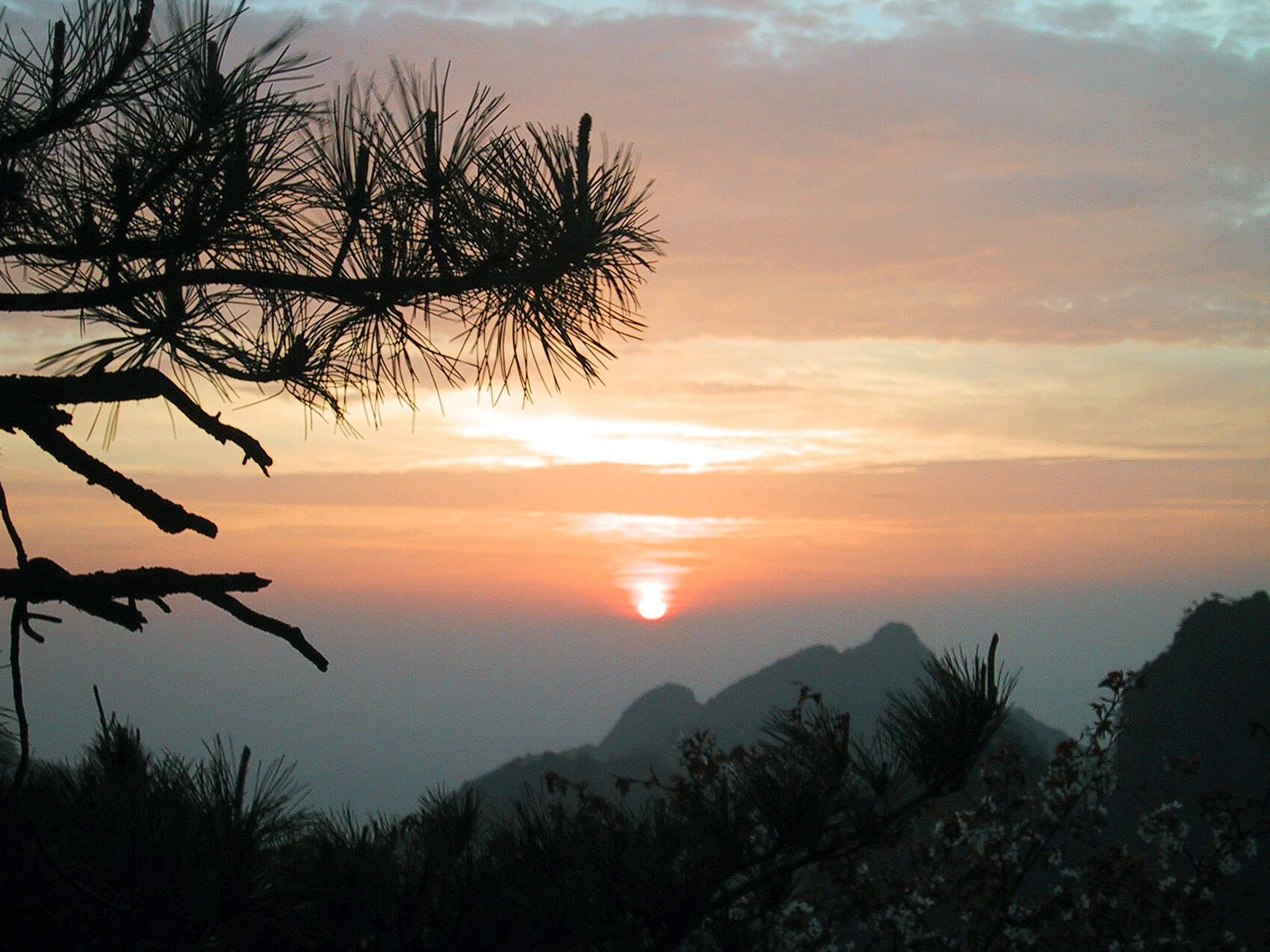
-
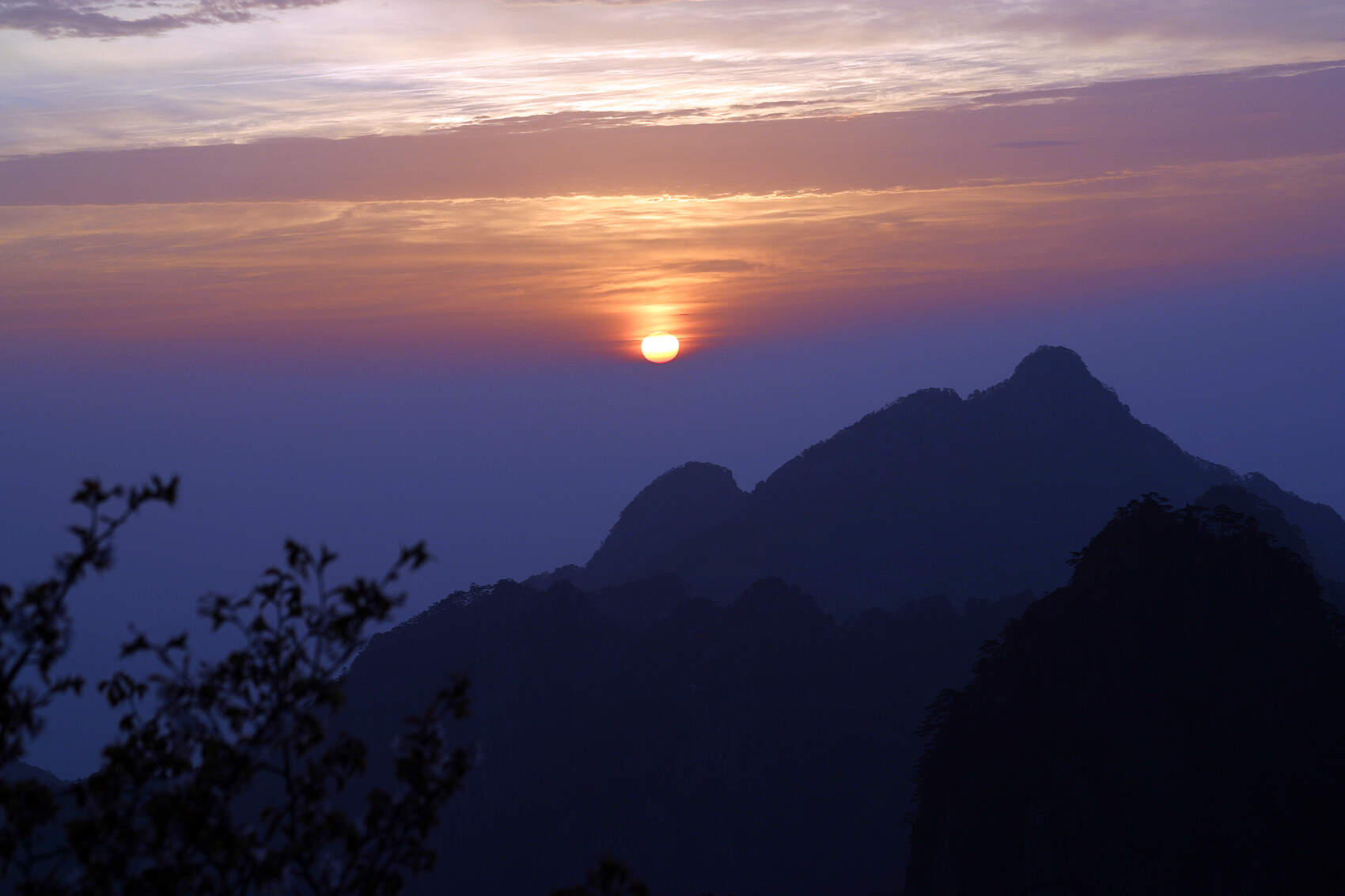
-
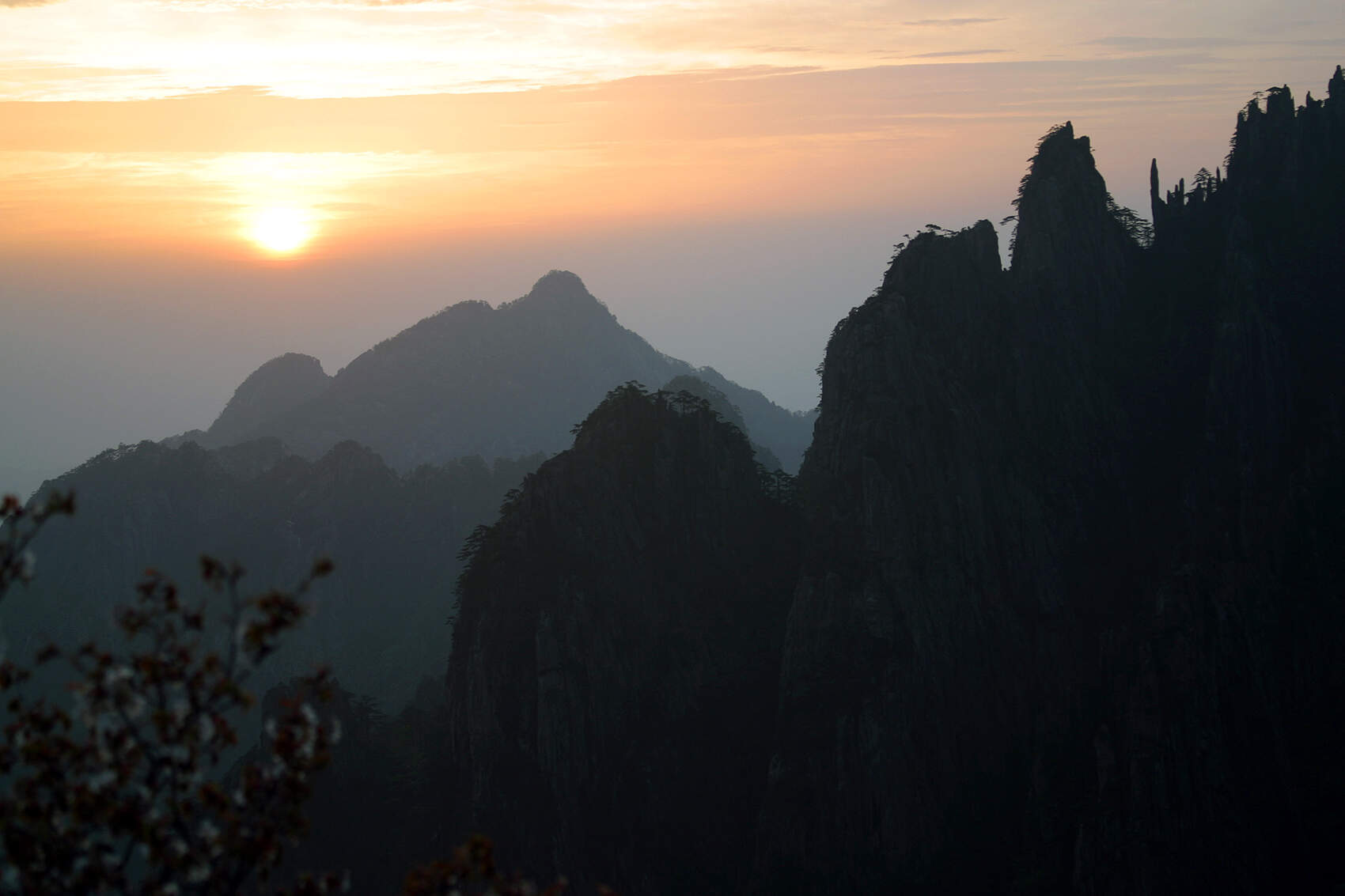
-
 Any Takers???
Huángshān restaurants had some of the most creative menus.
Any Takers???
Huángshān restaurants had some of the most creative menus.
-
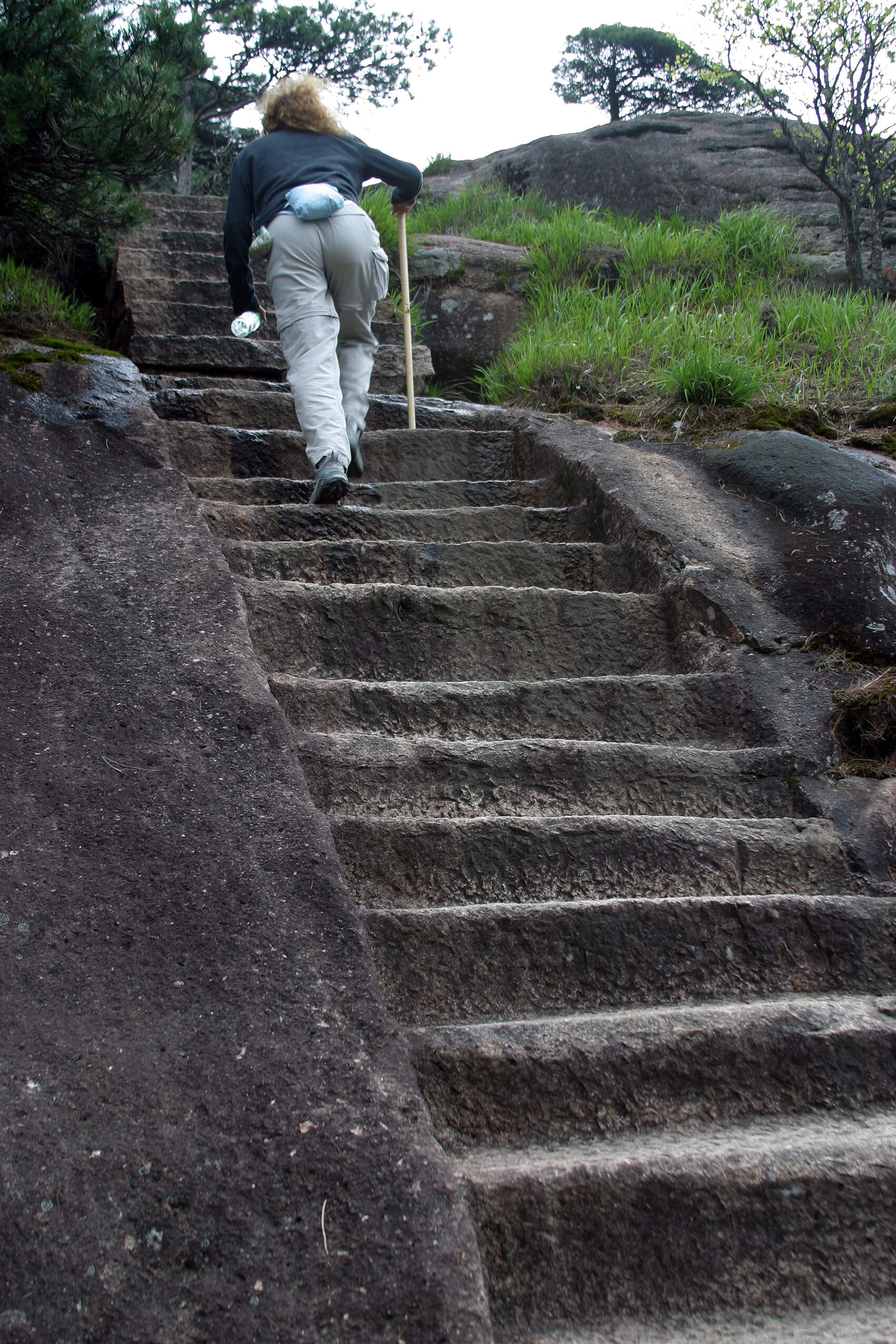 Stairs Everywhere
Stairs Everywhere
-
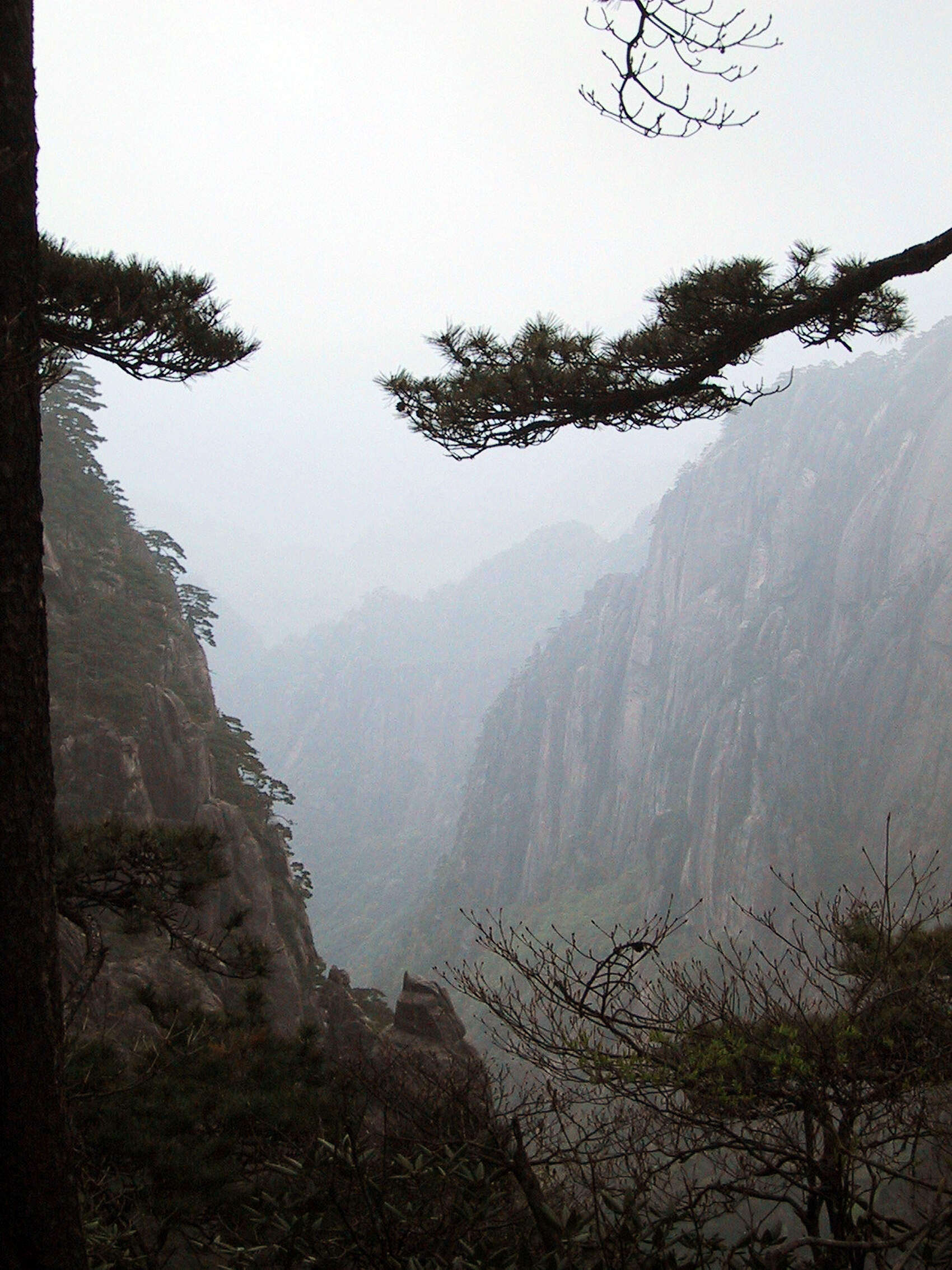
-
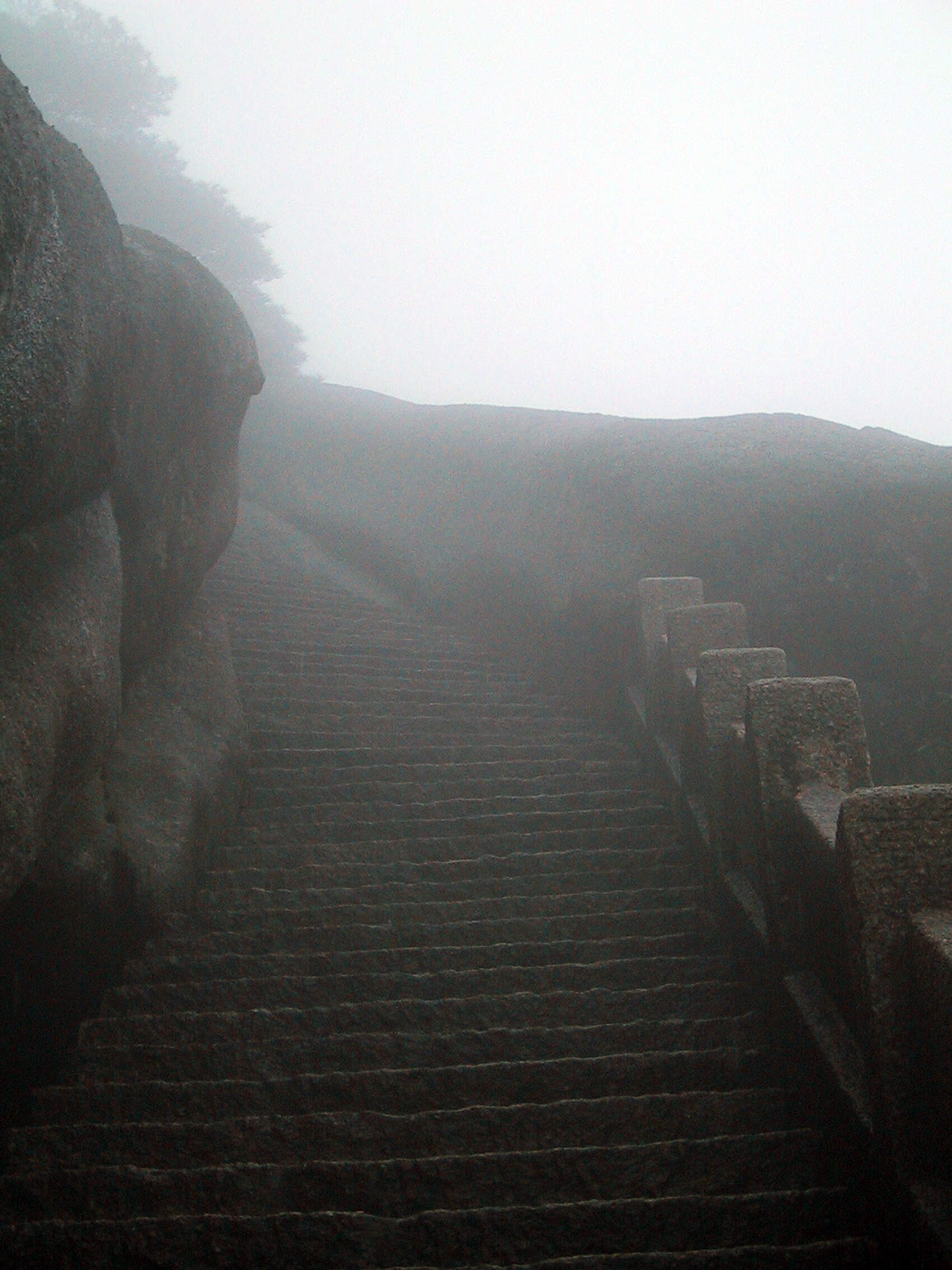
-
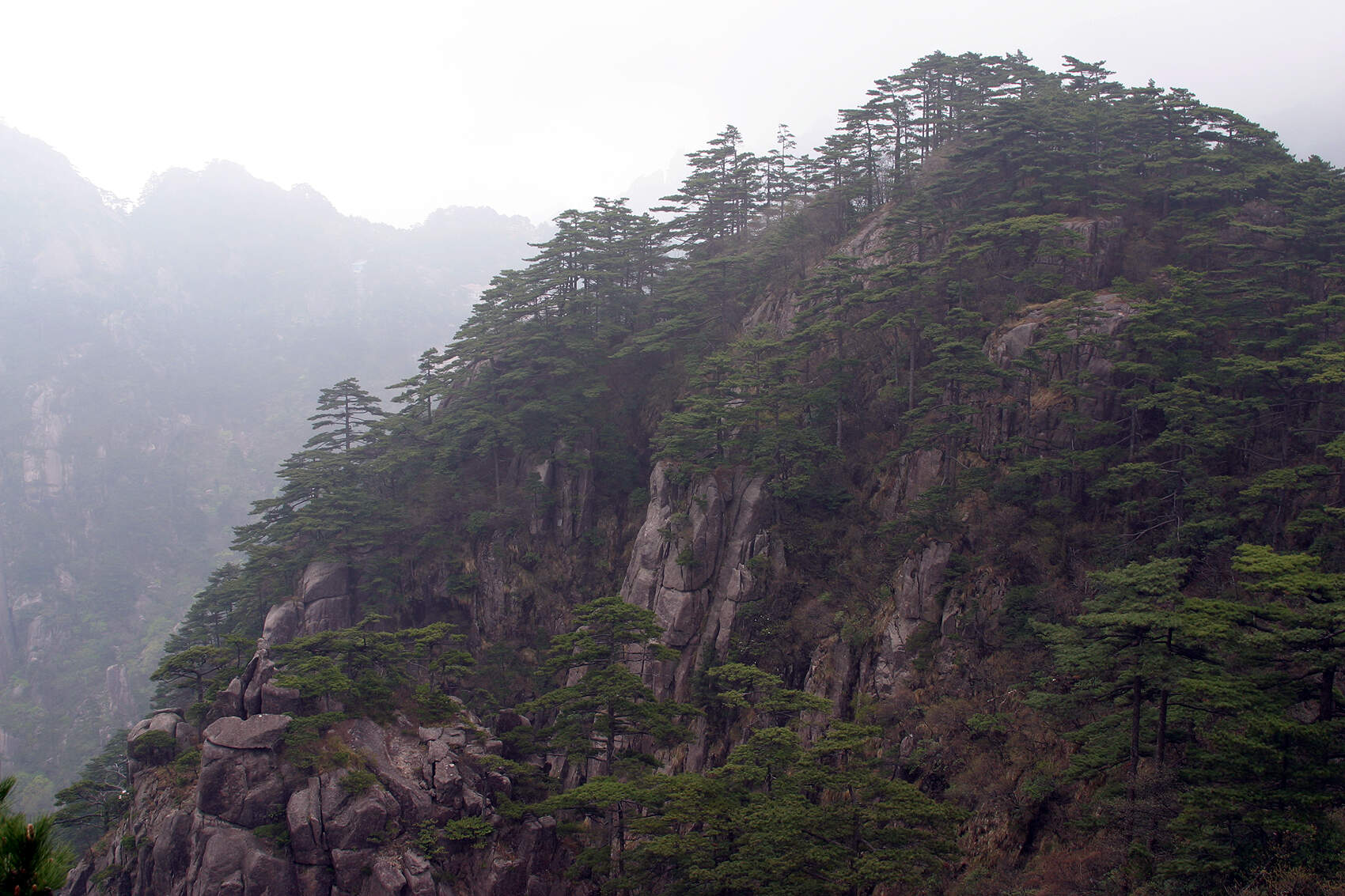
-
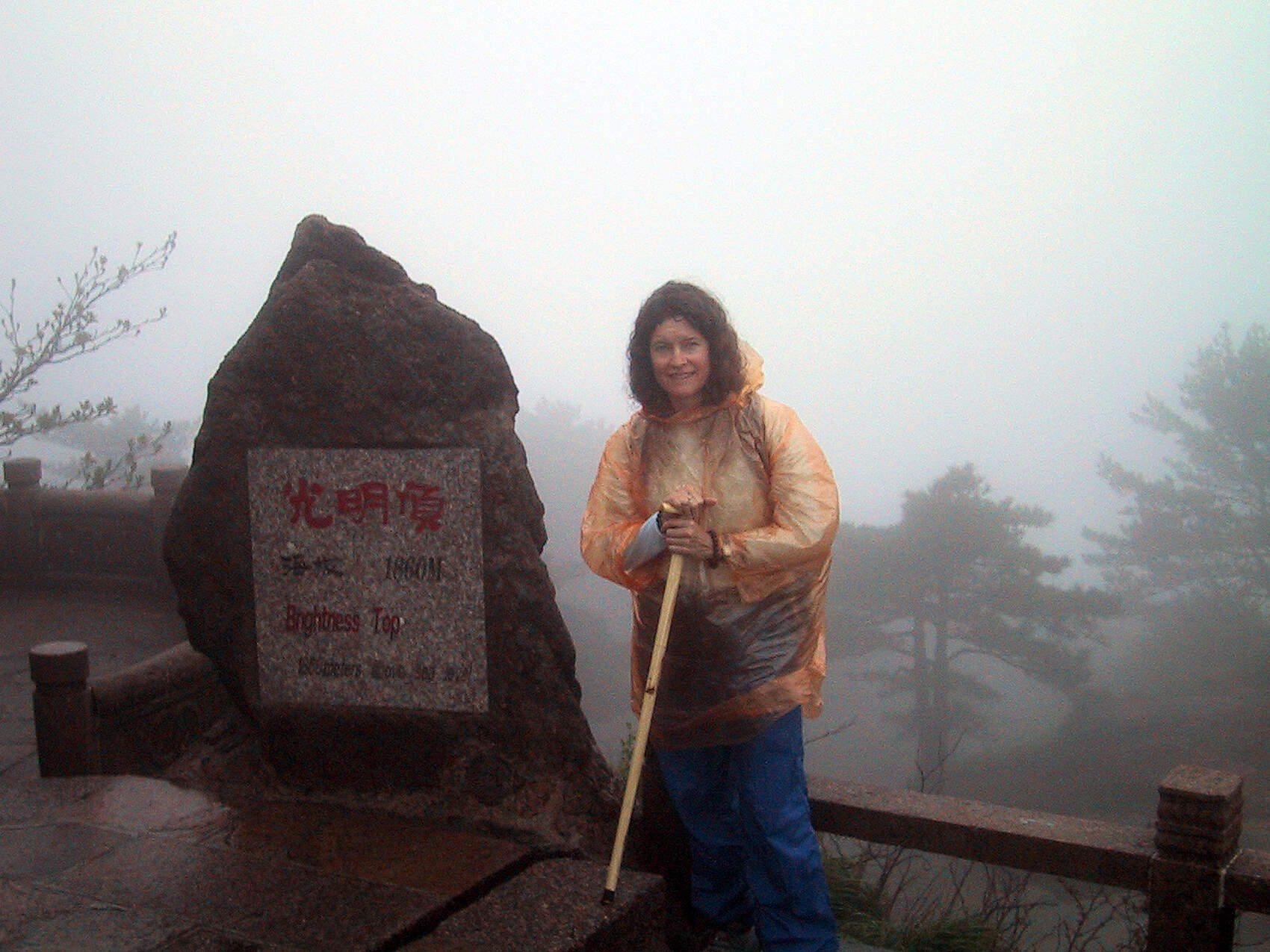 The Top - 1860 Meters
The Top - 1860 Meters
-
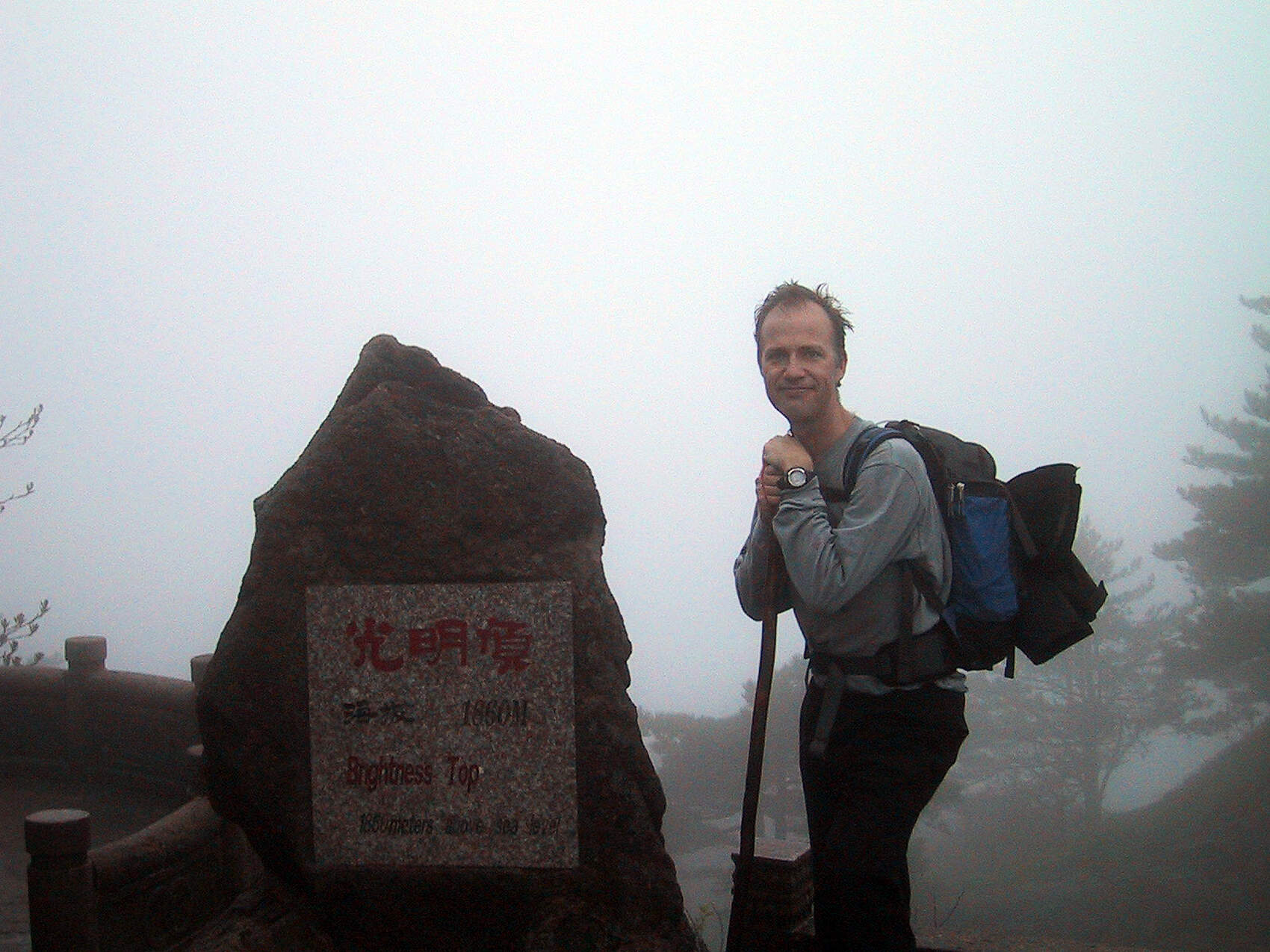
-

